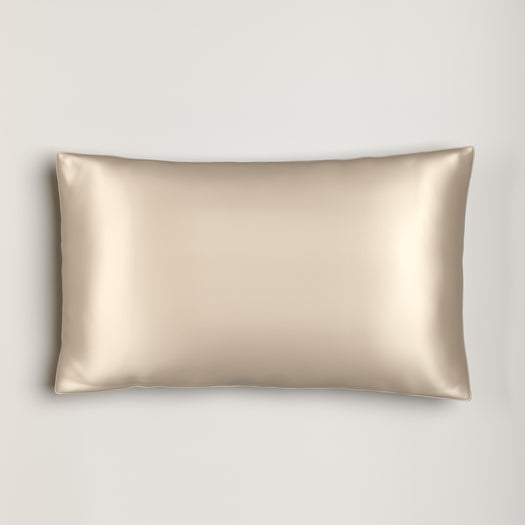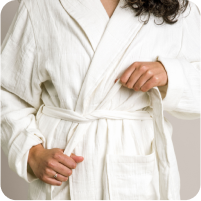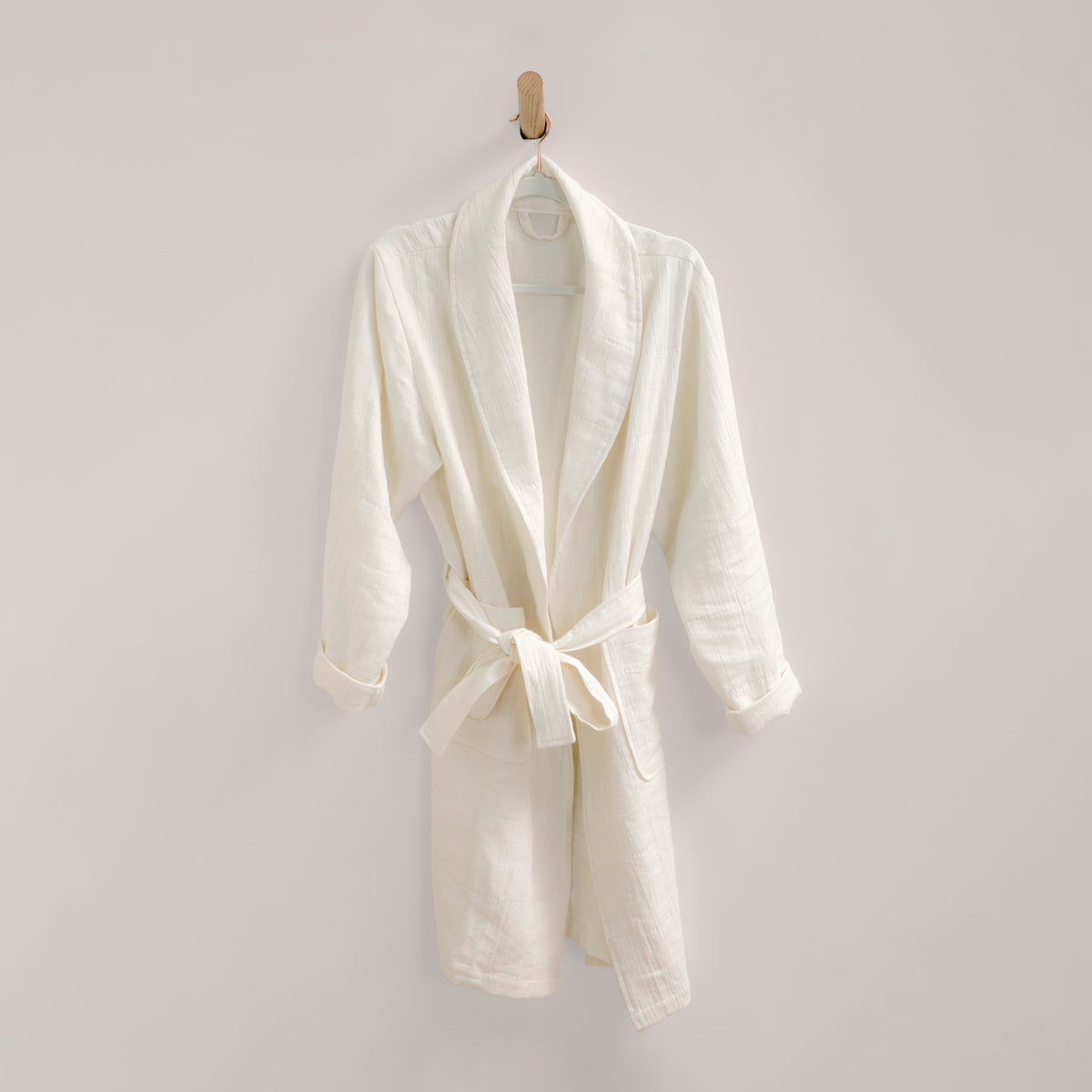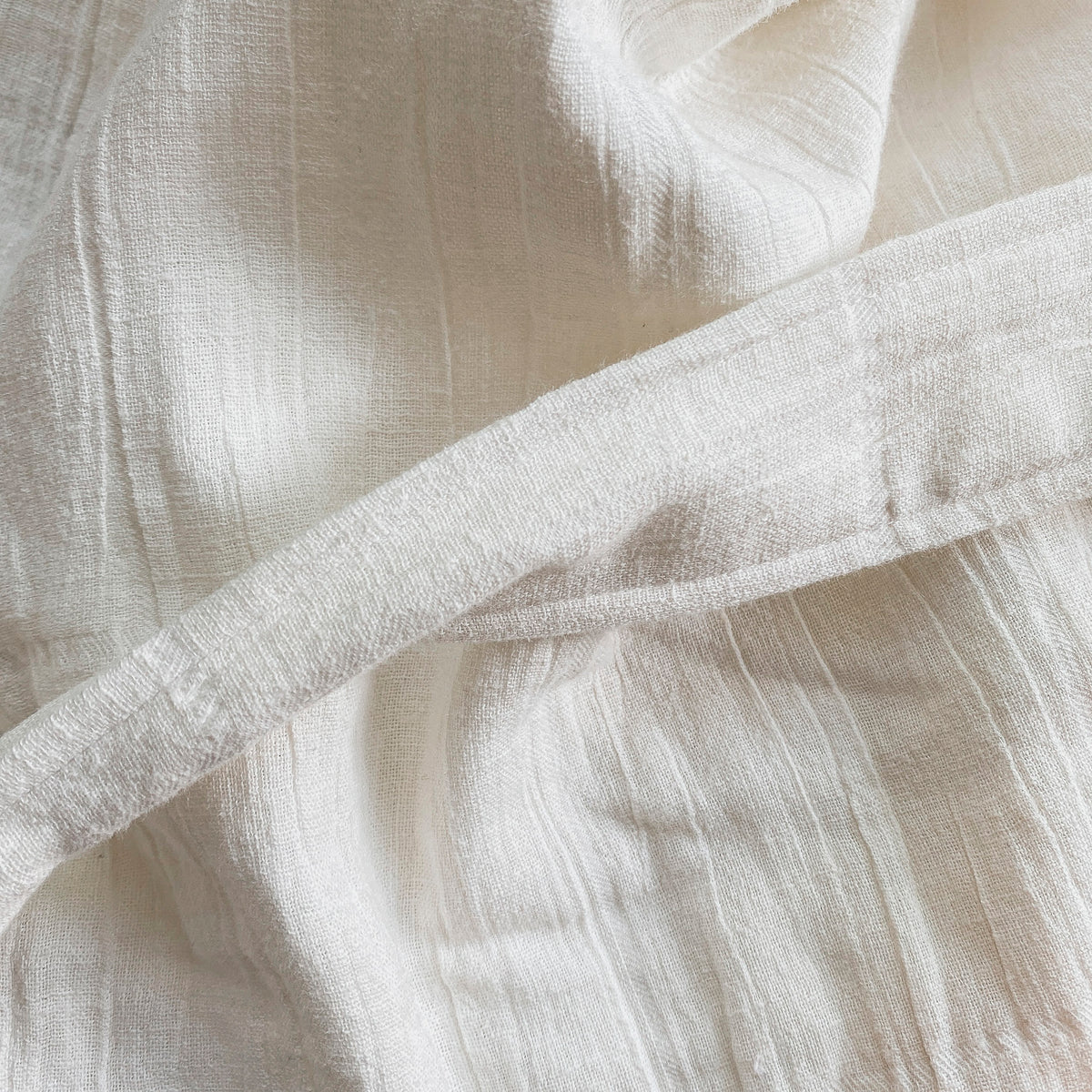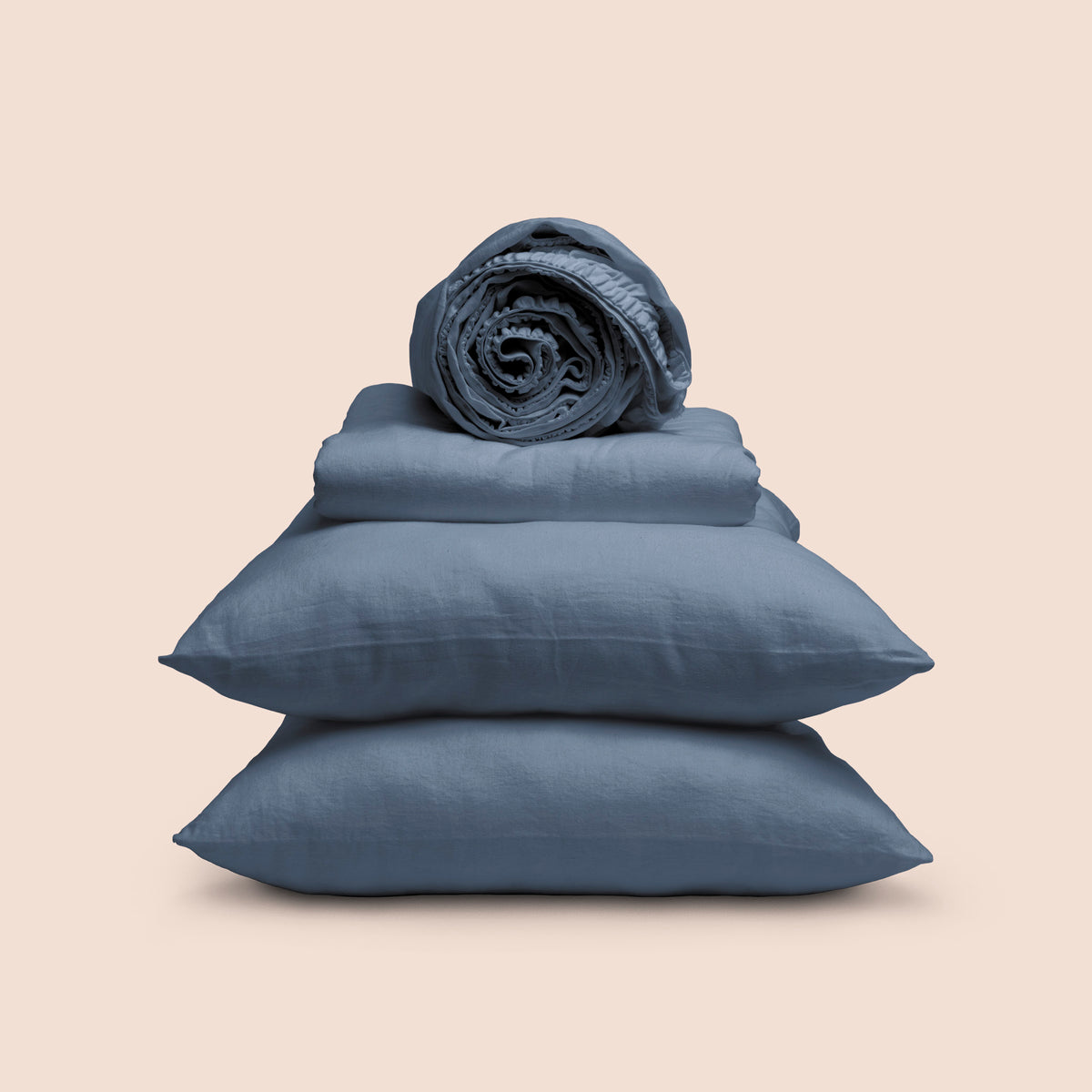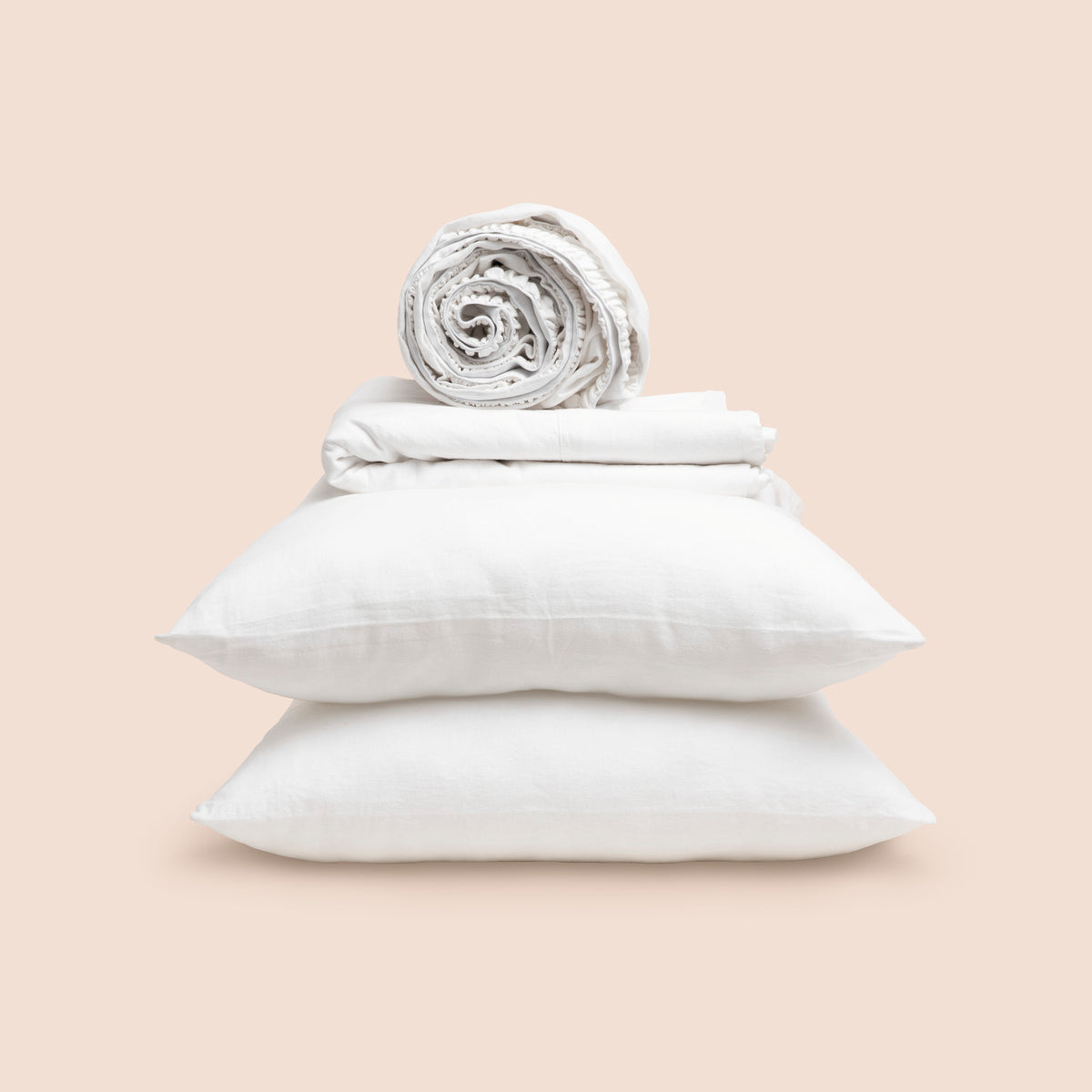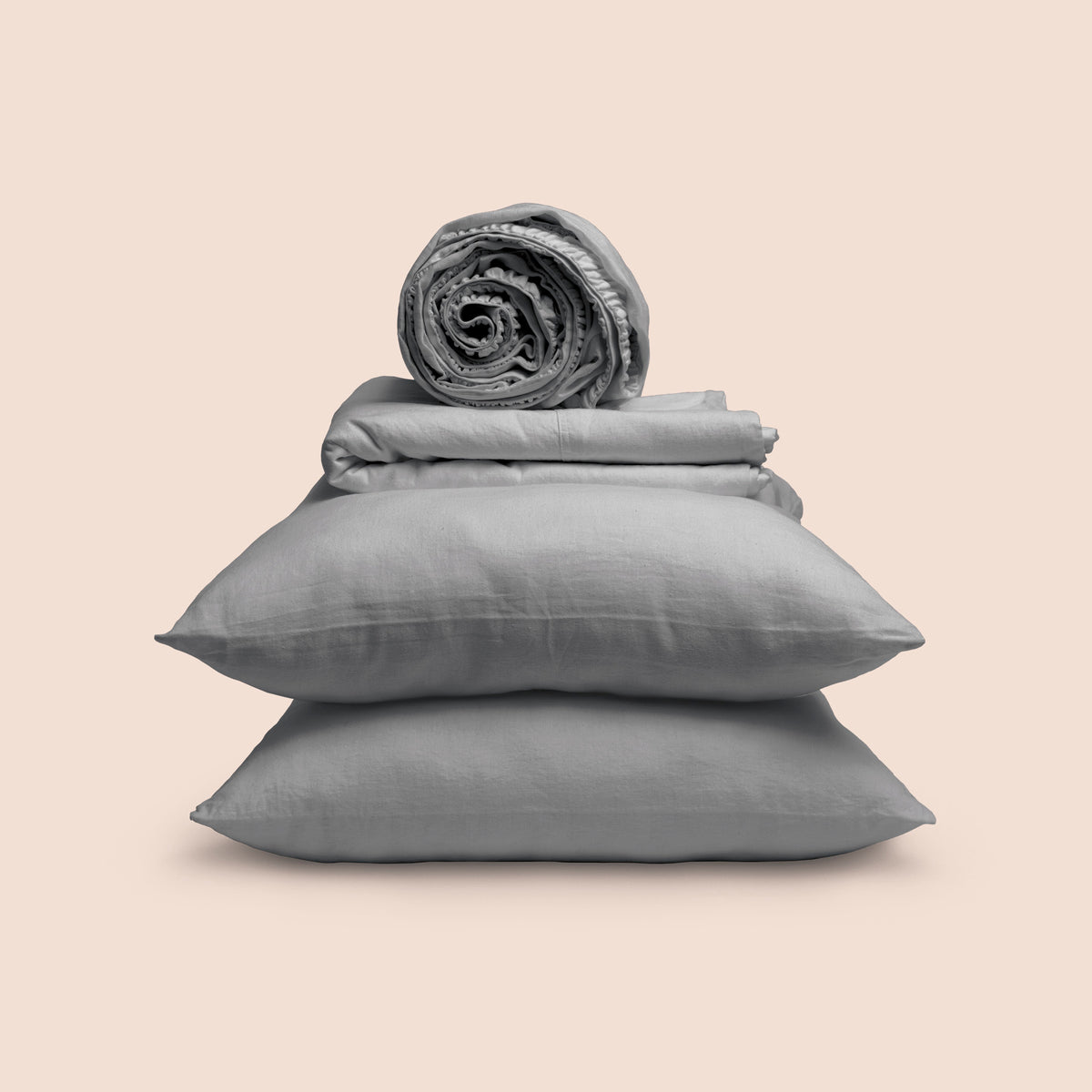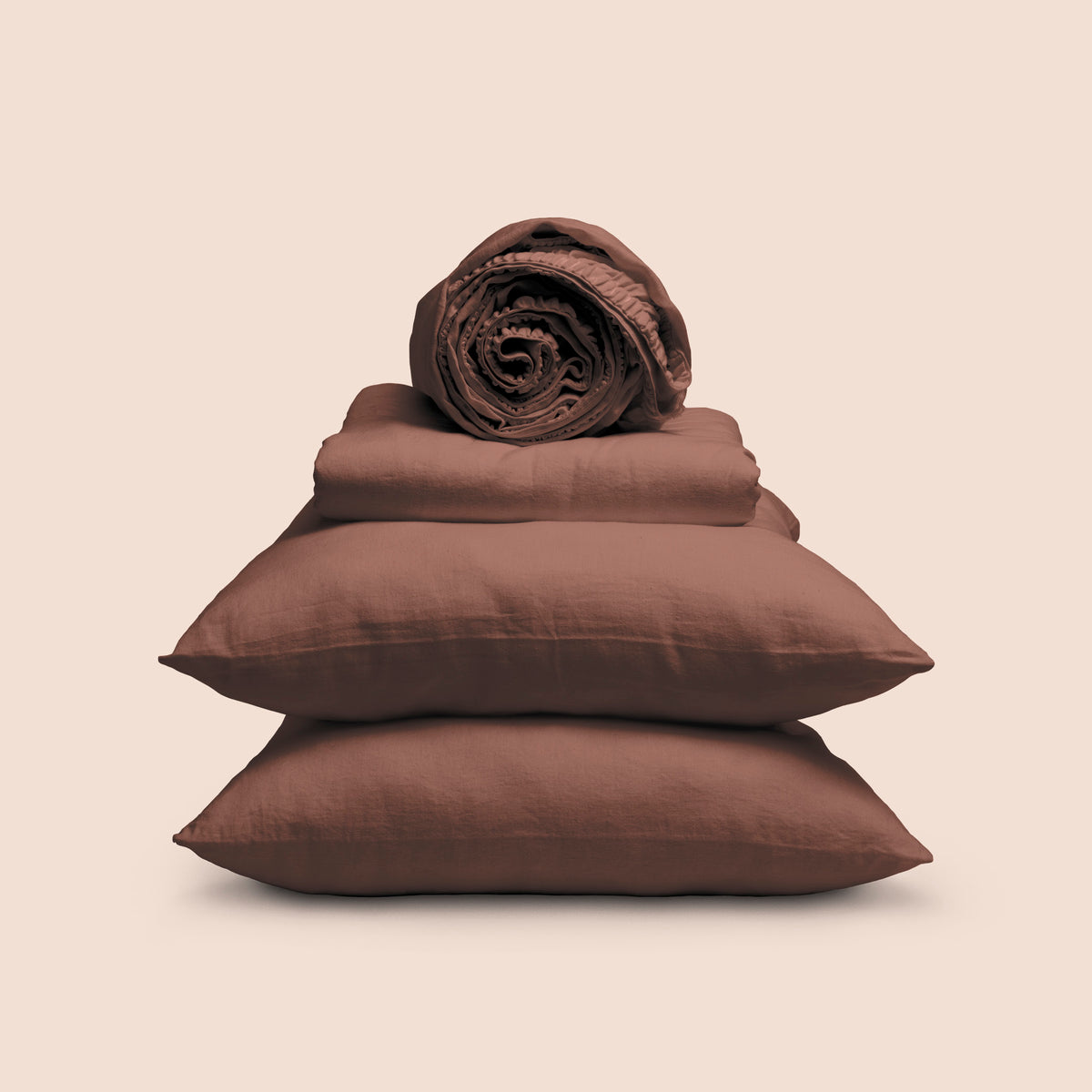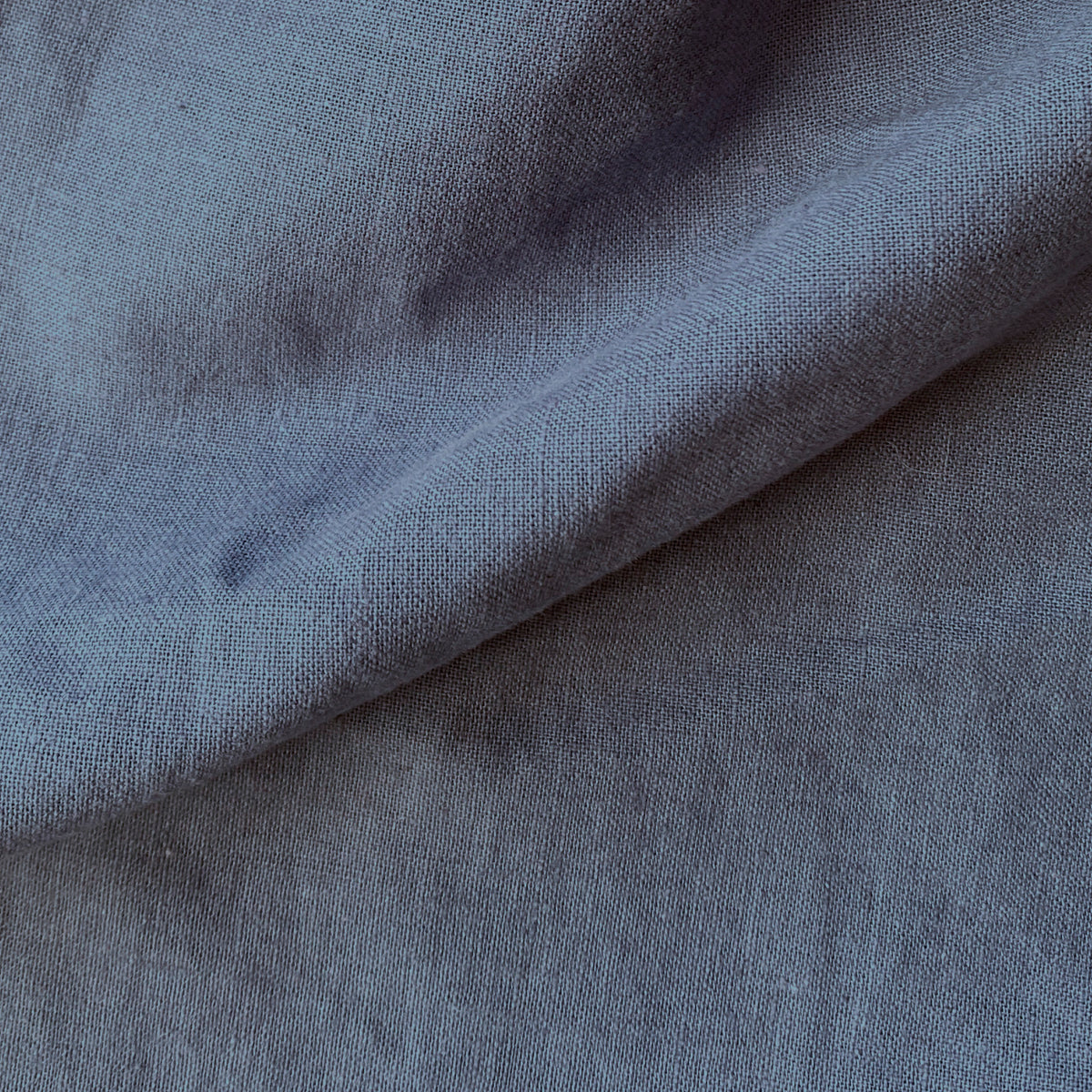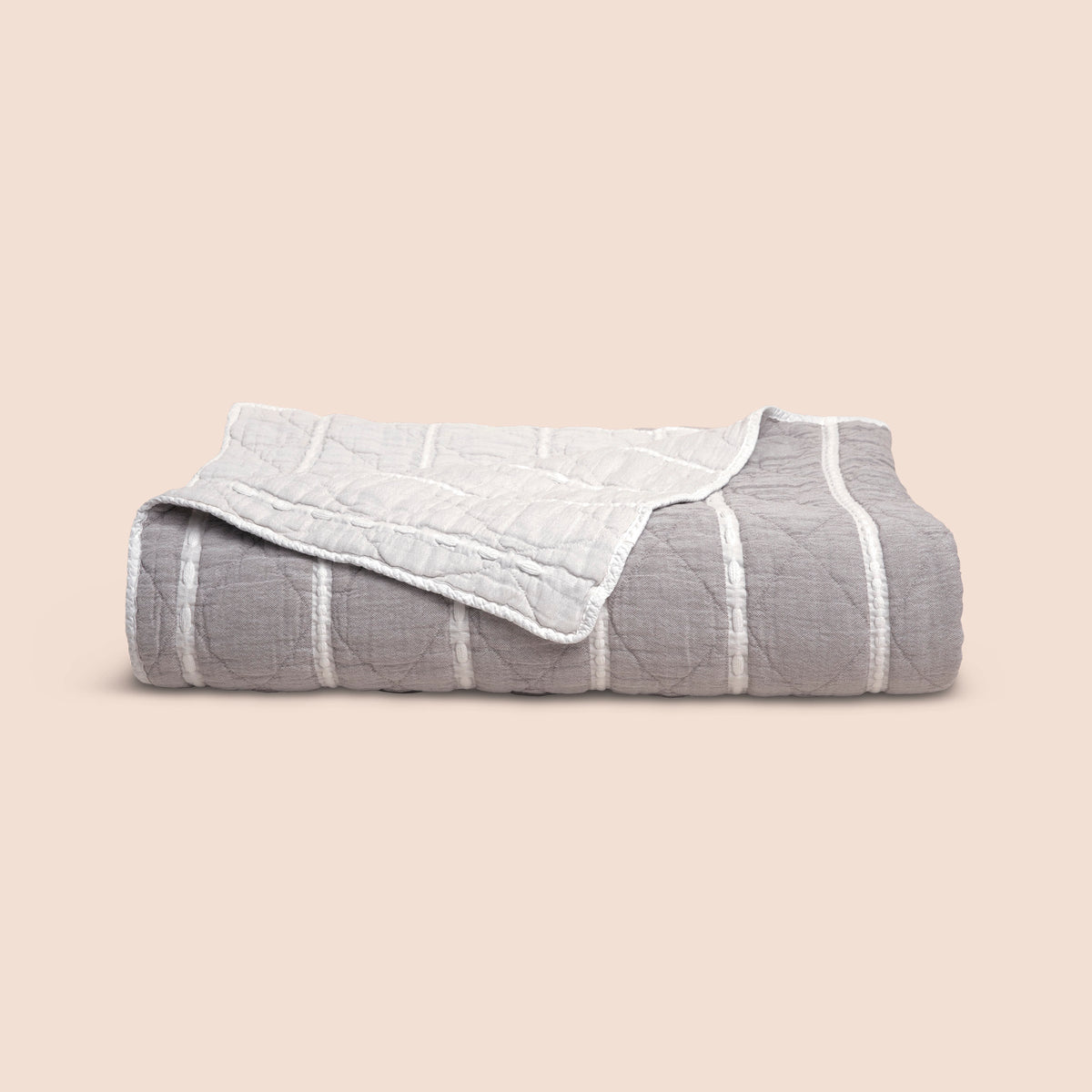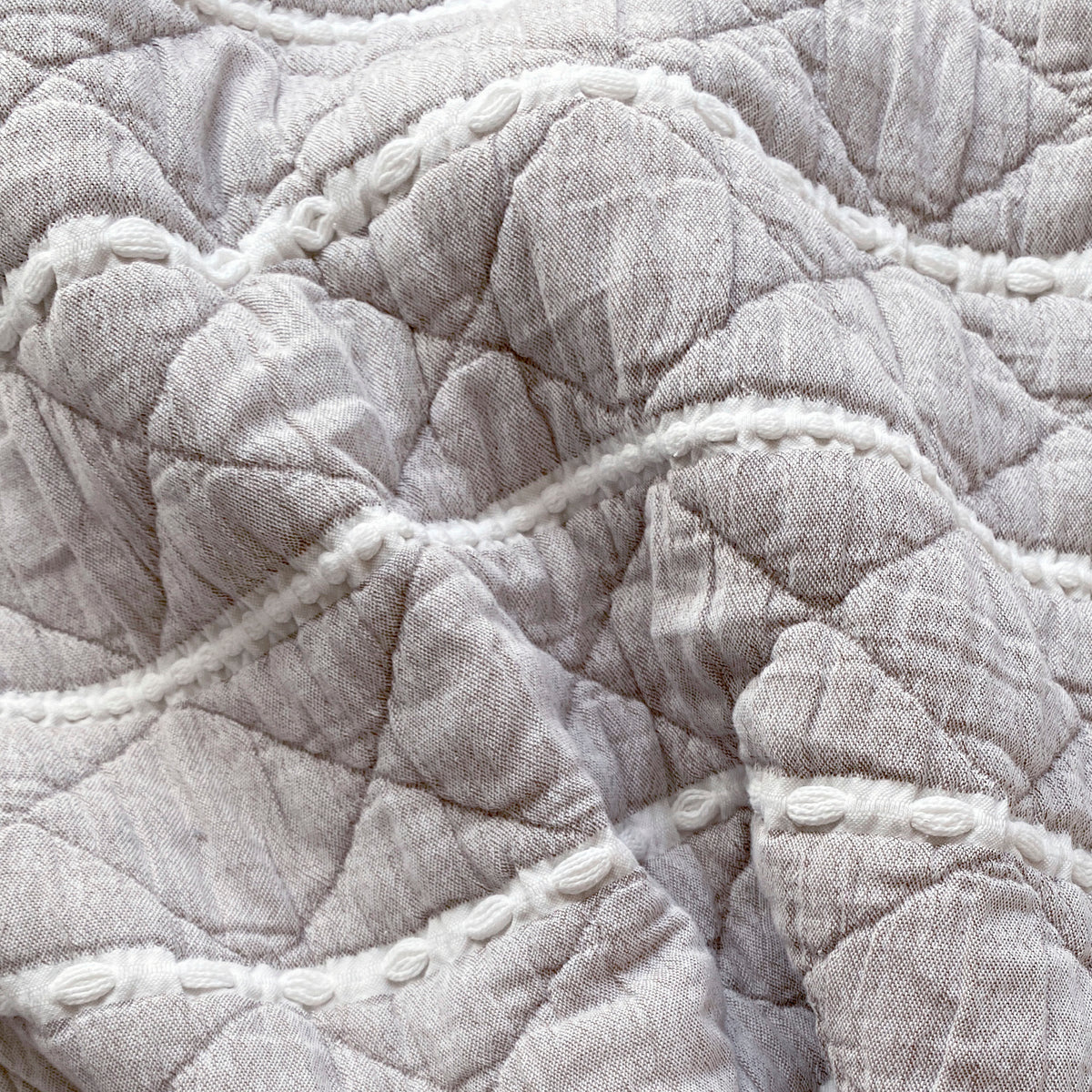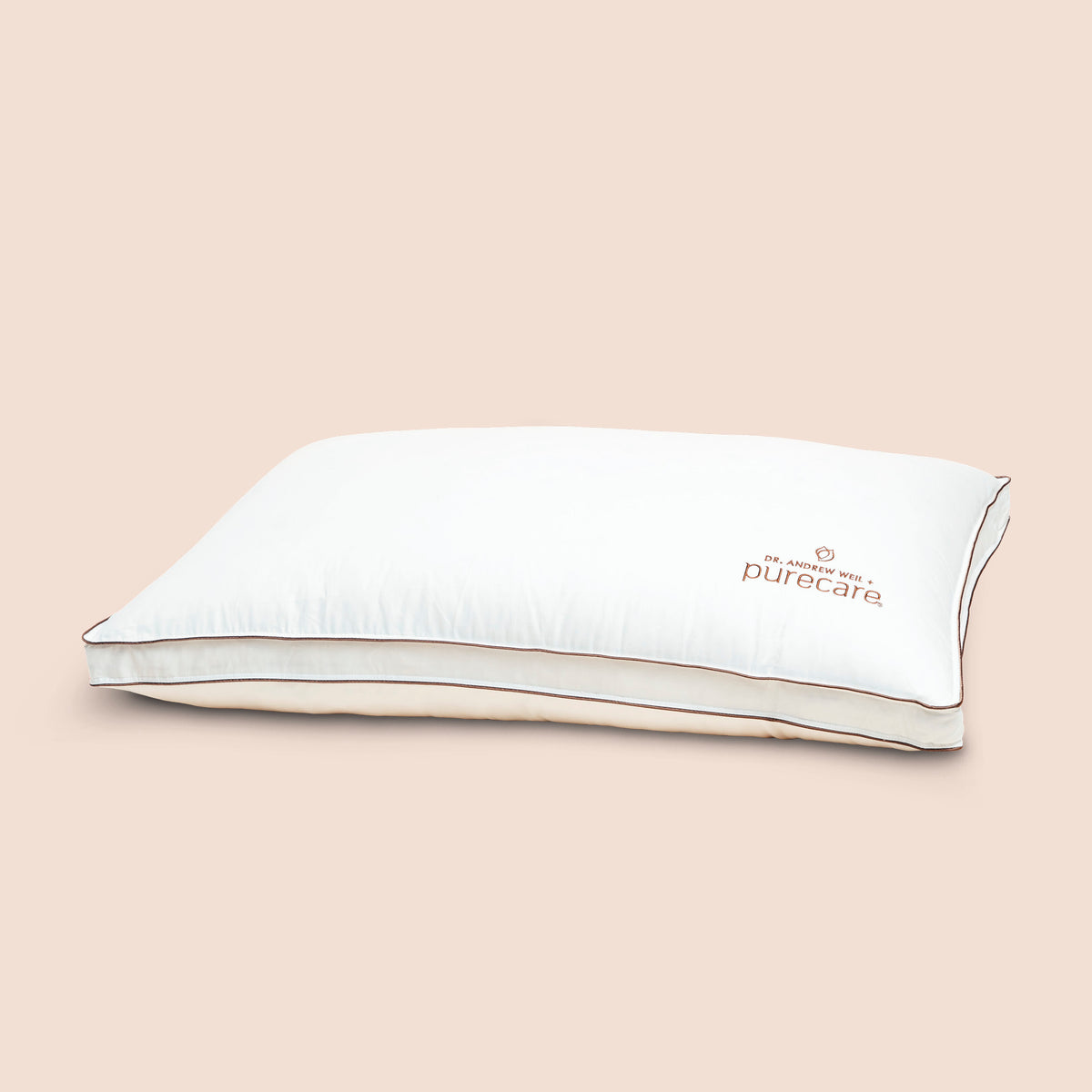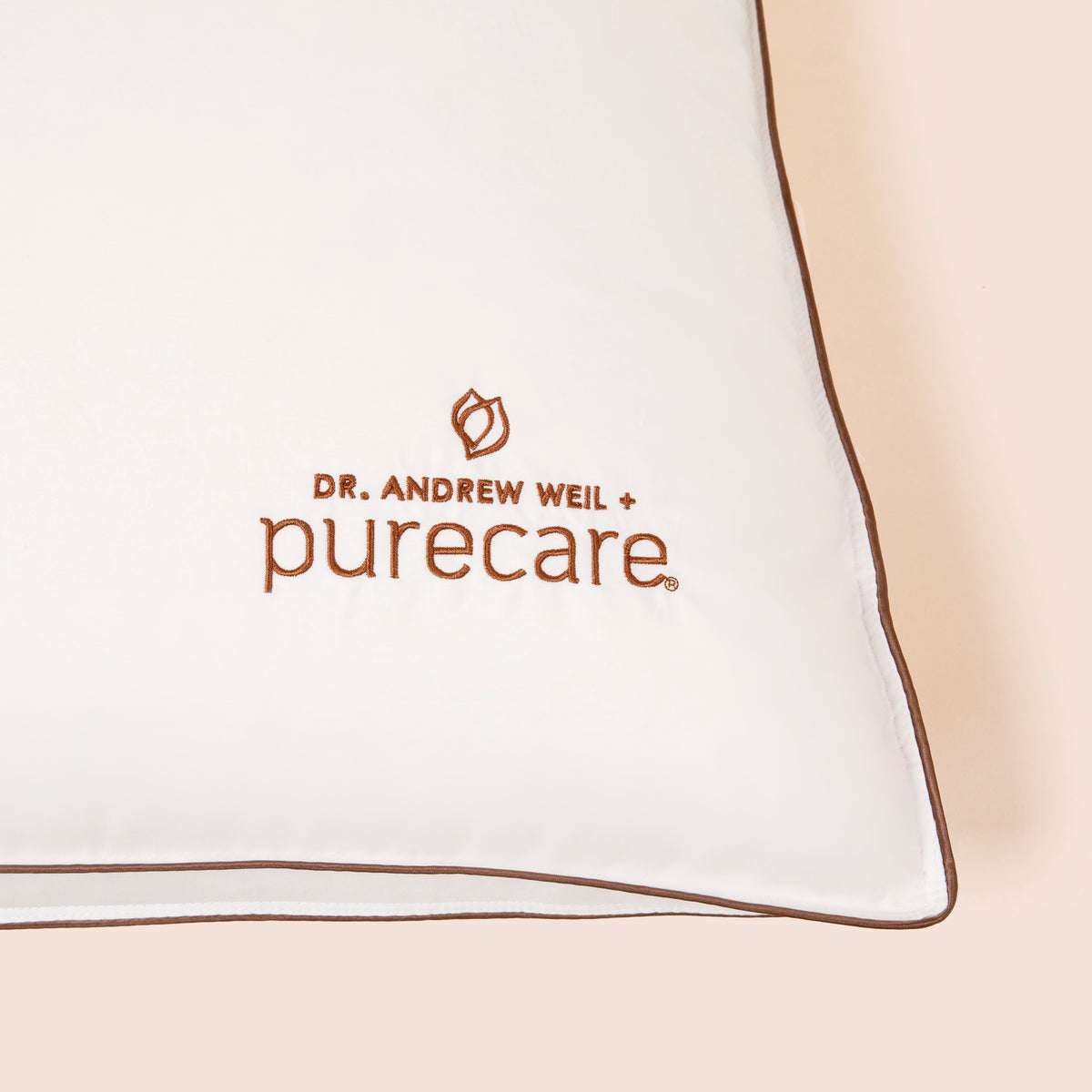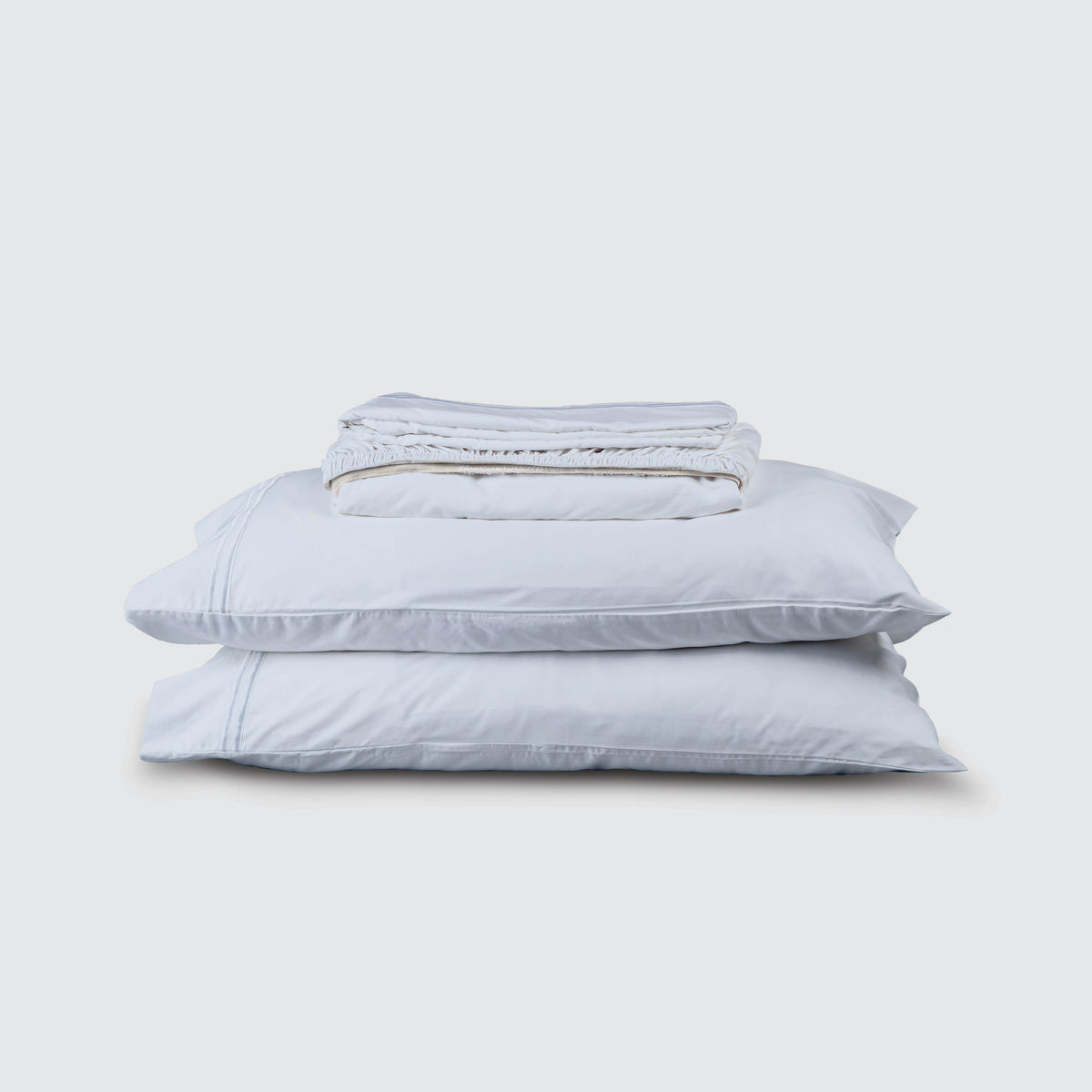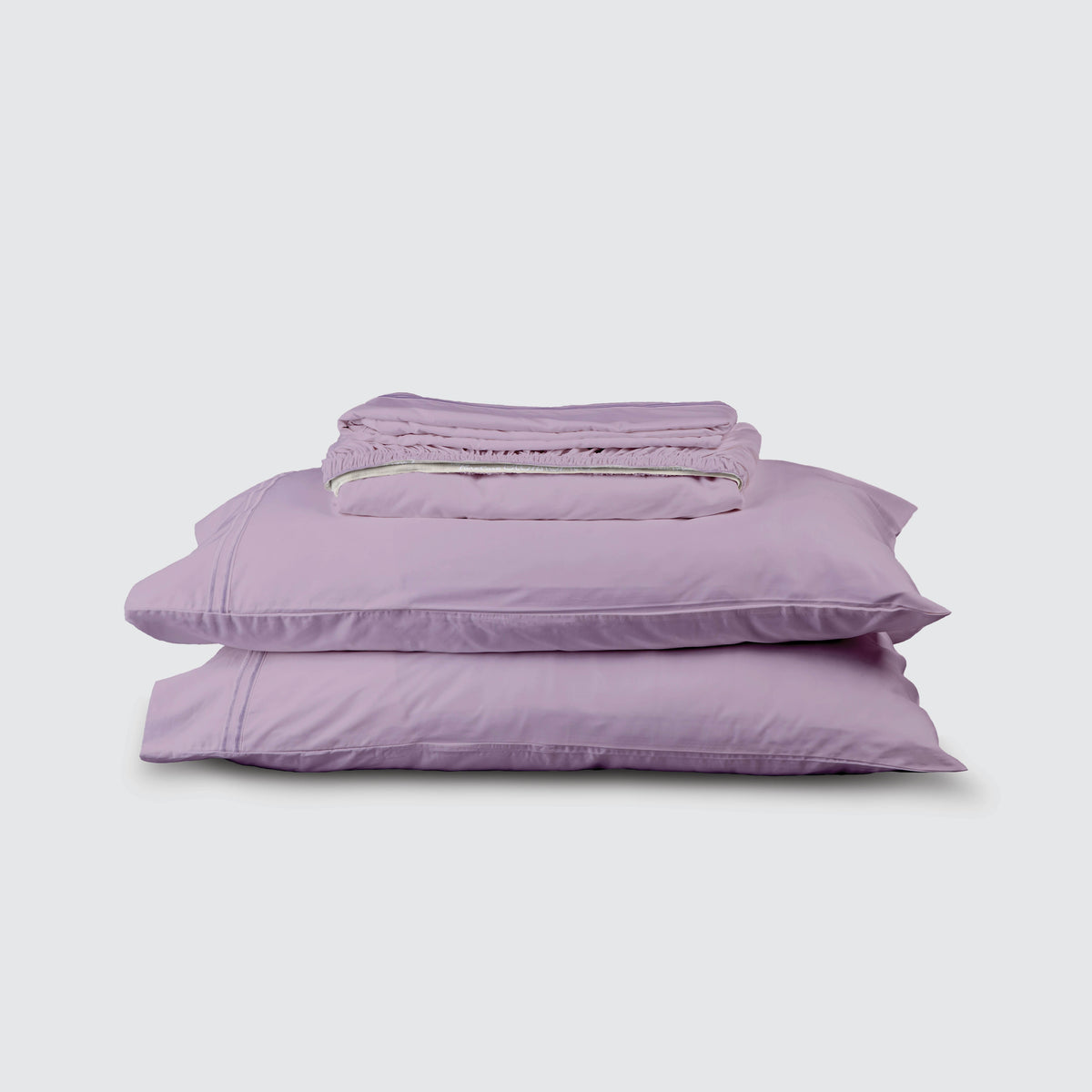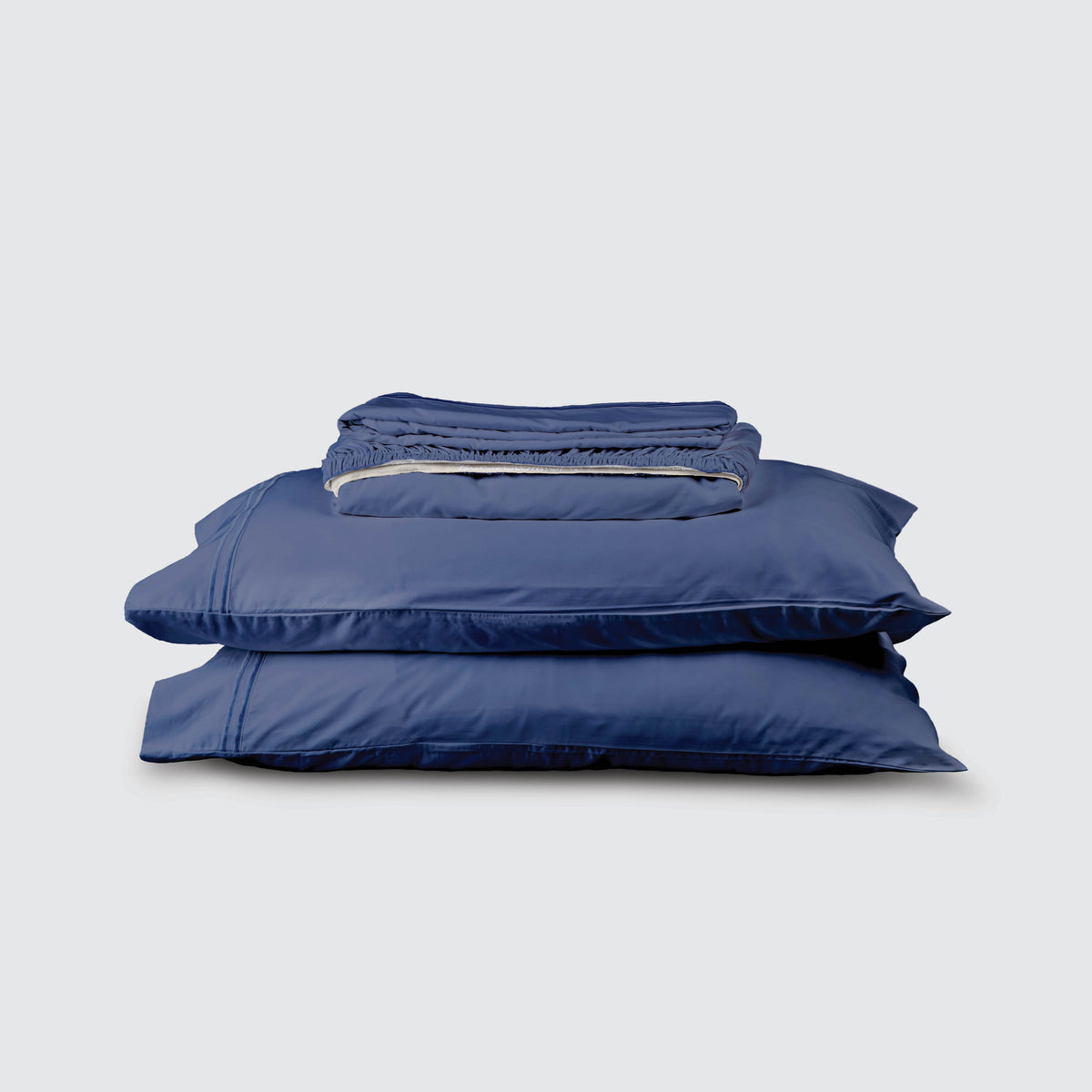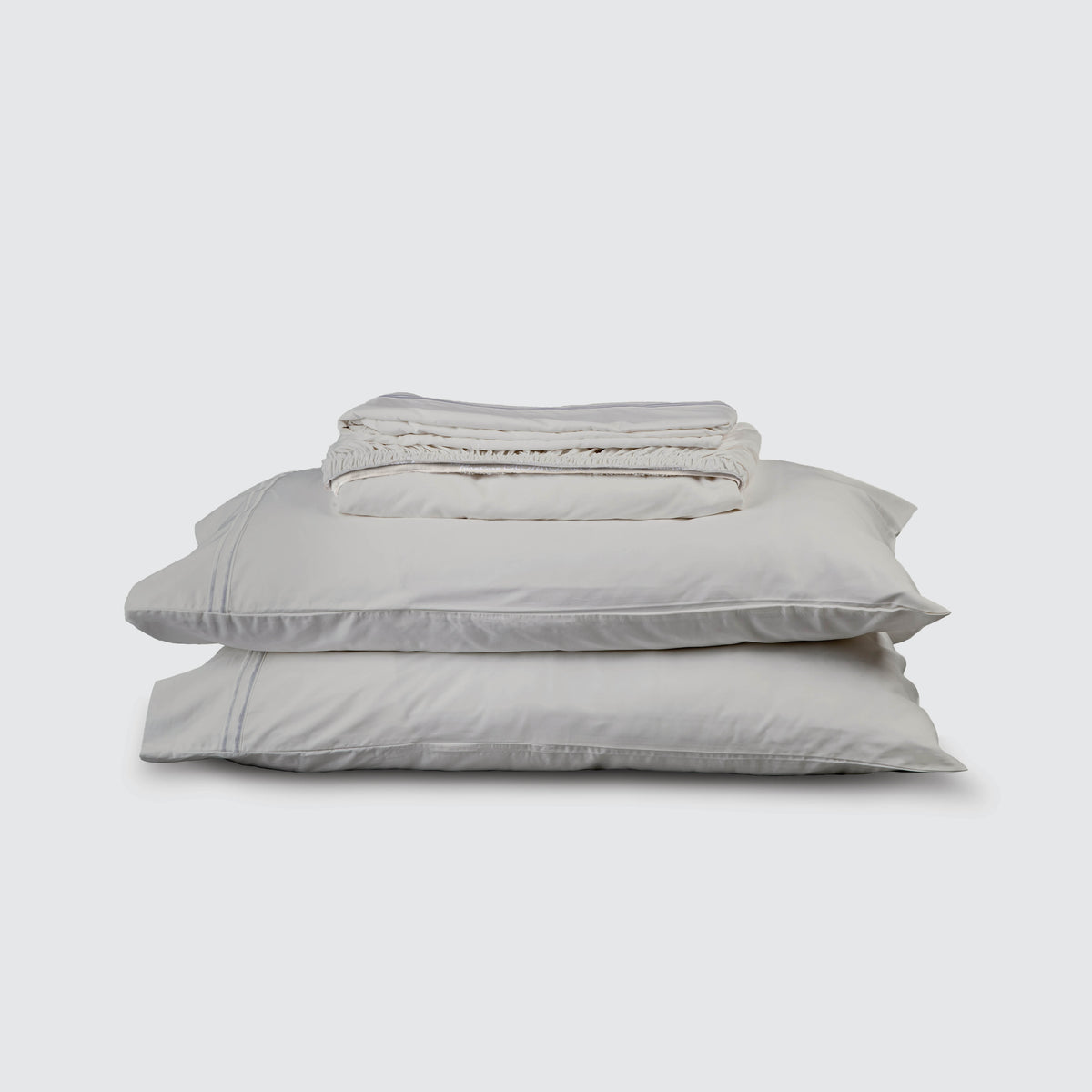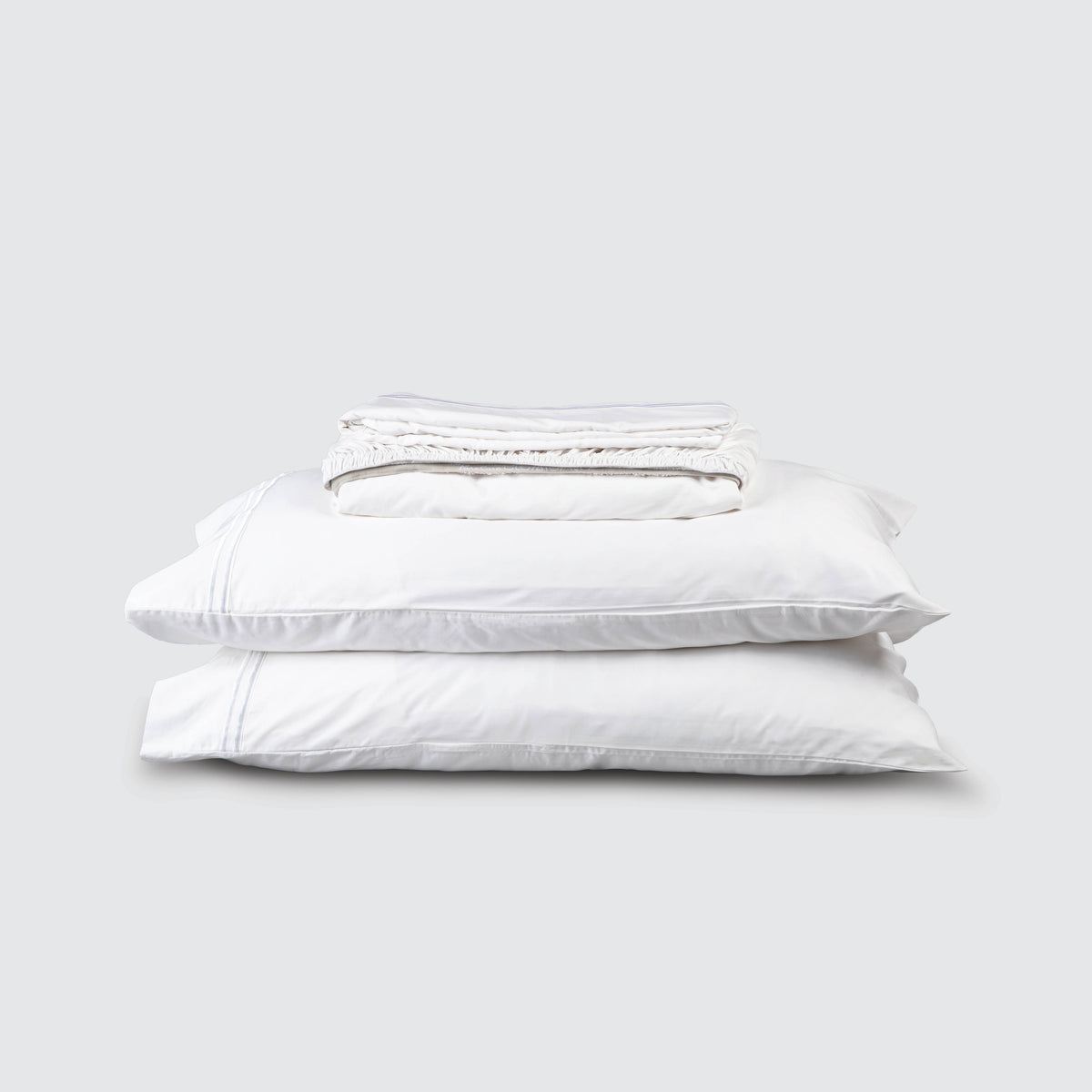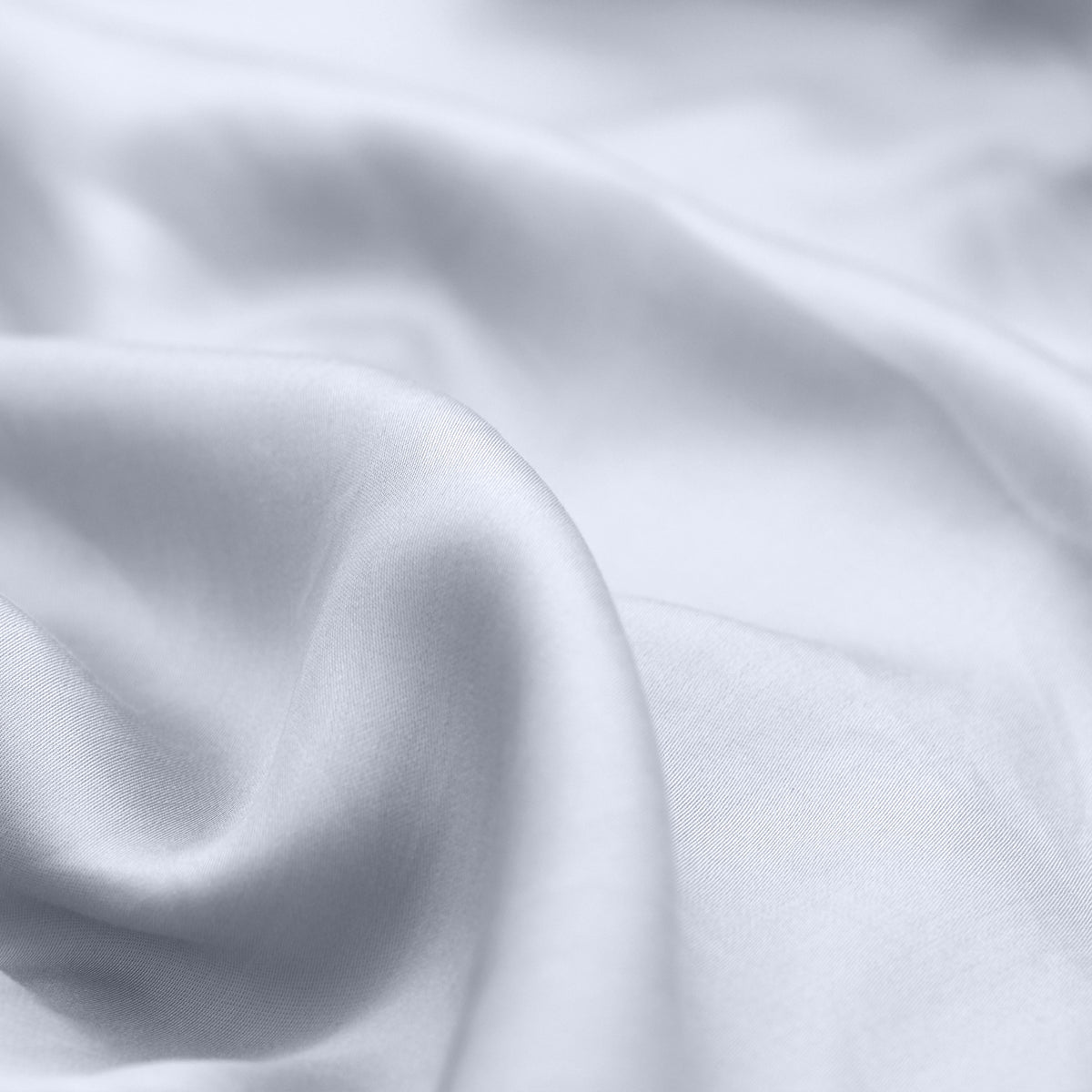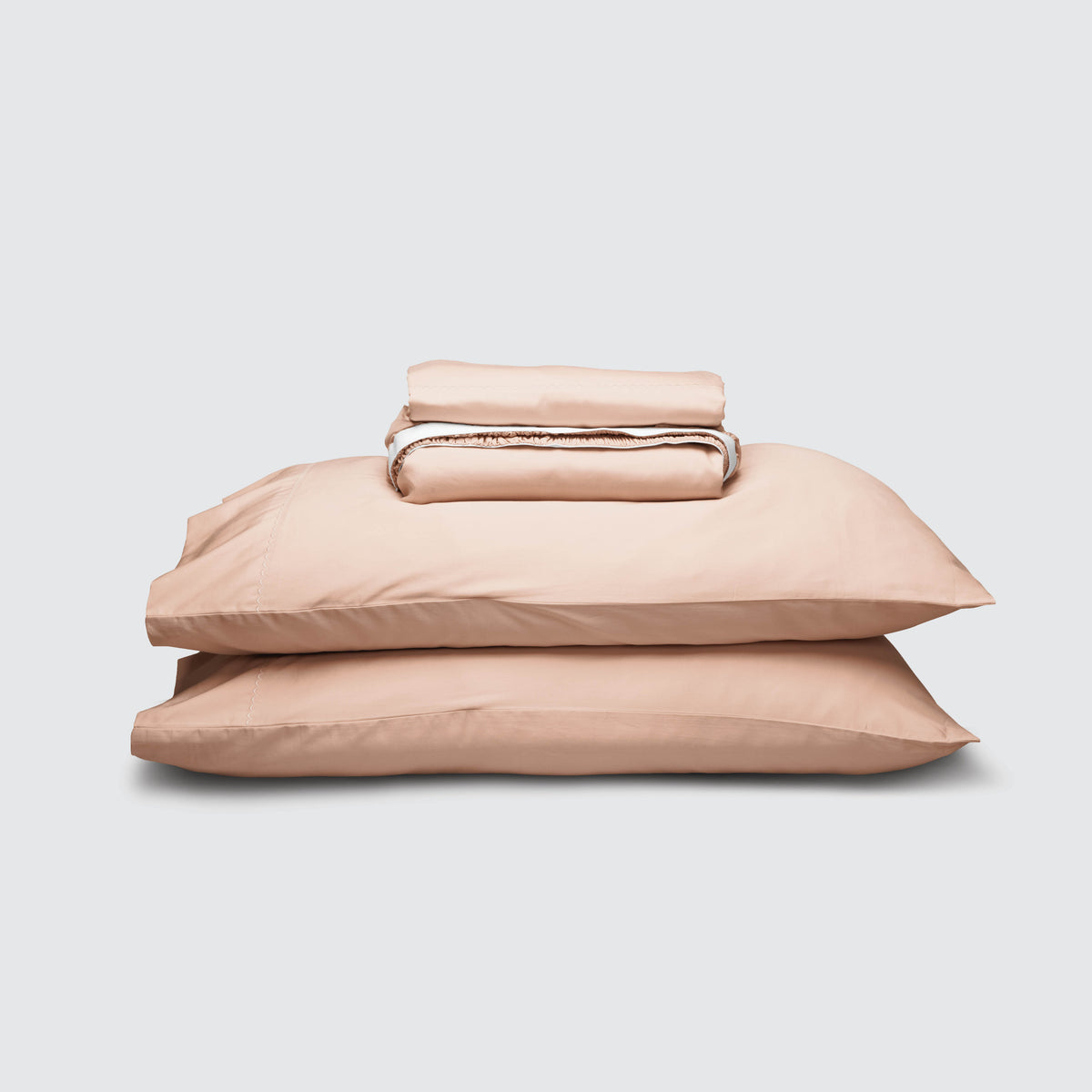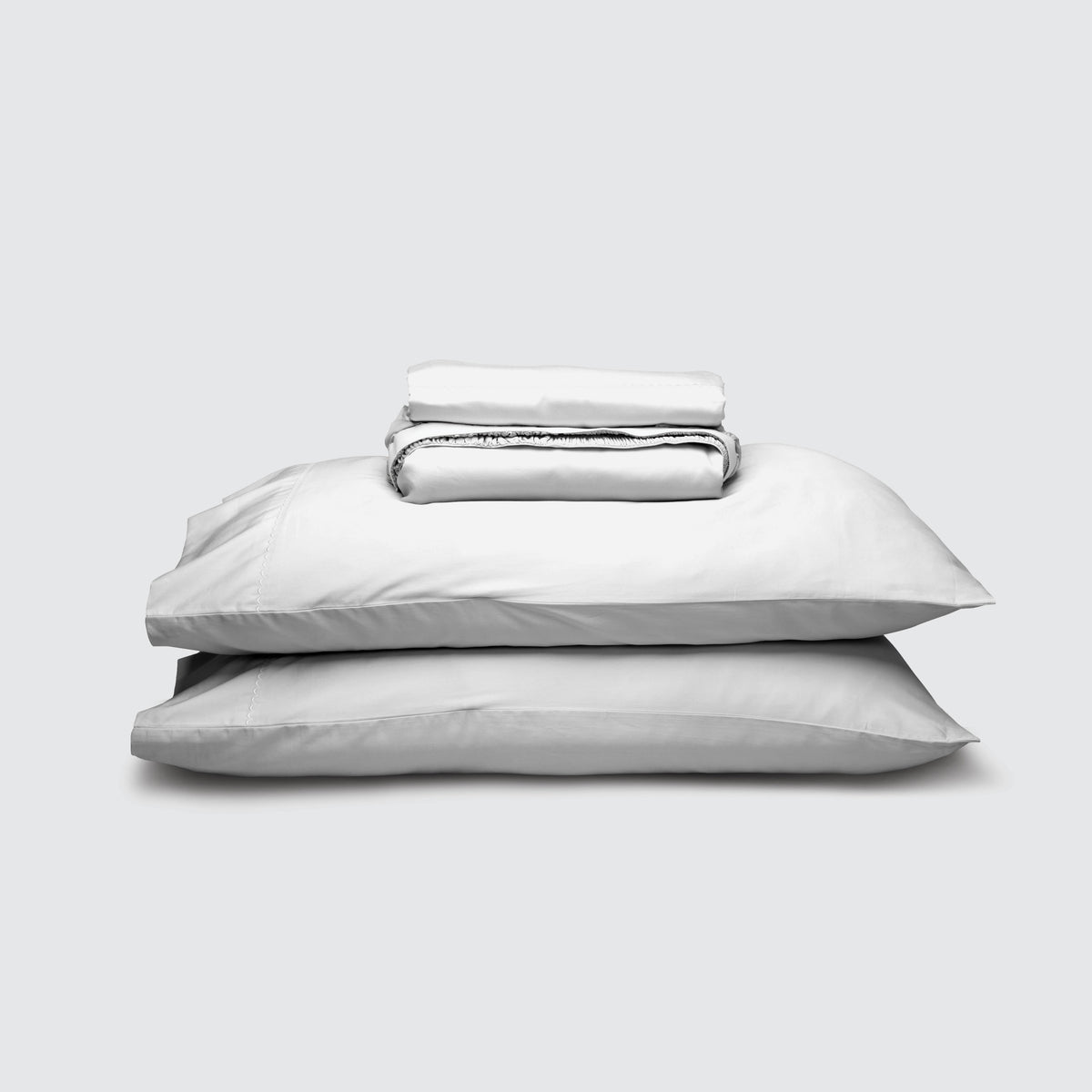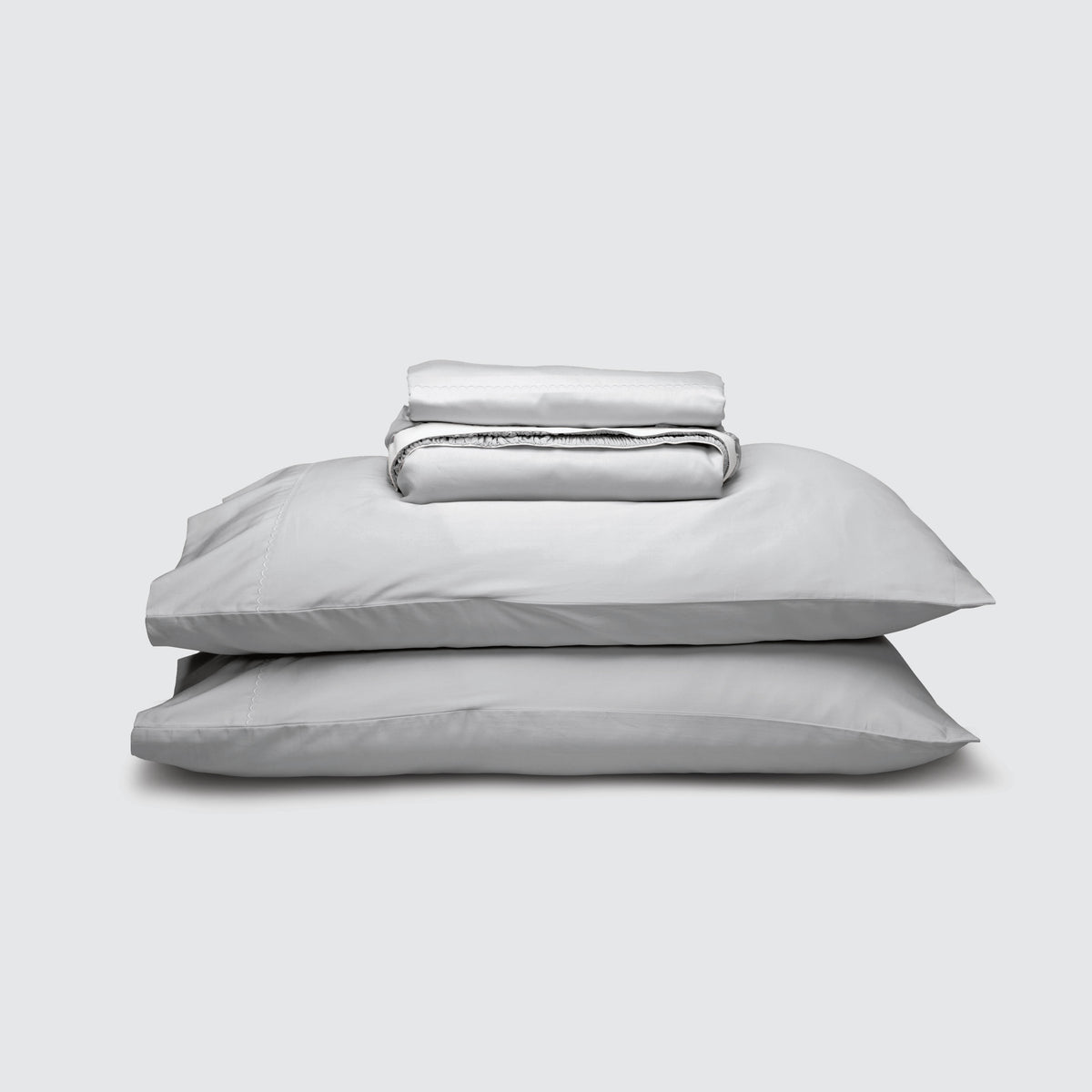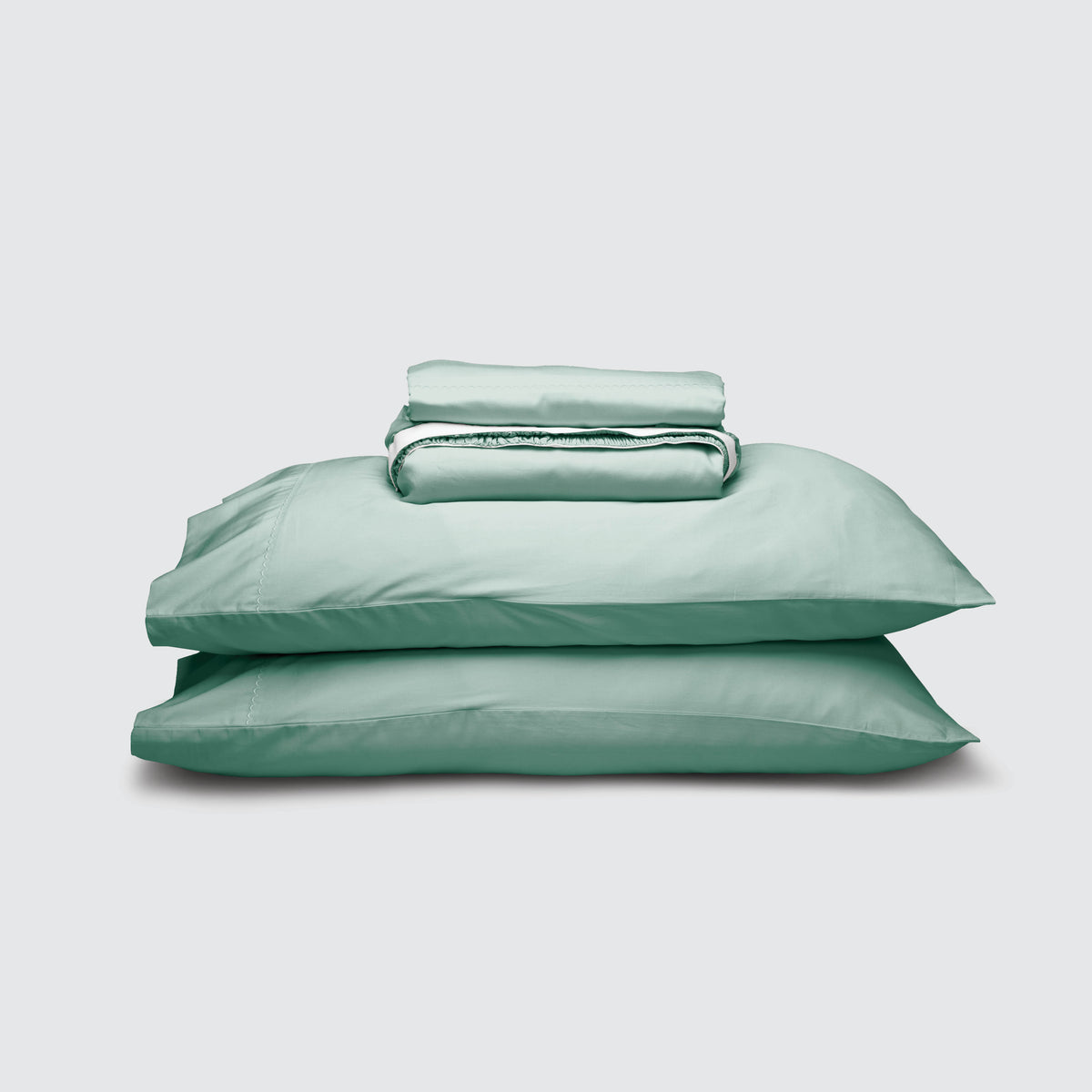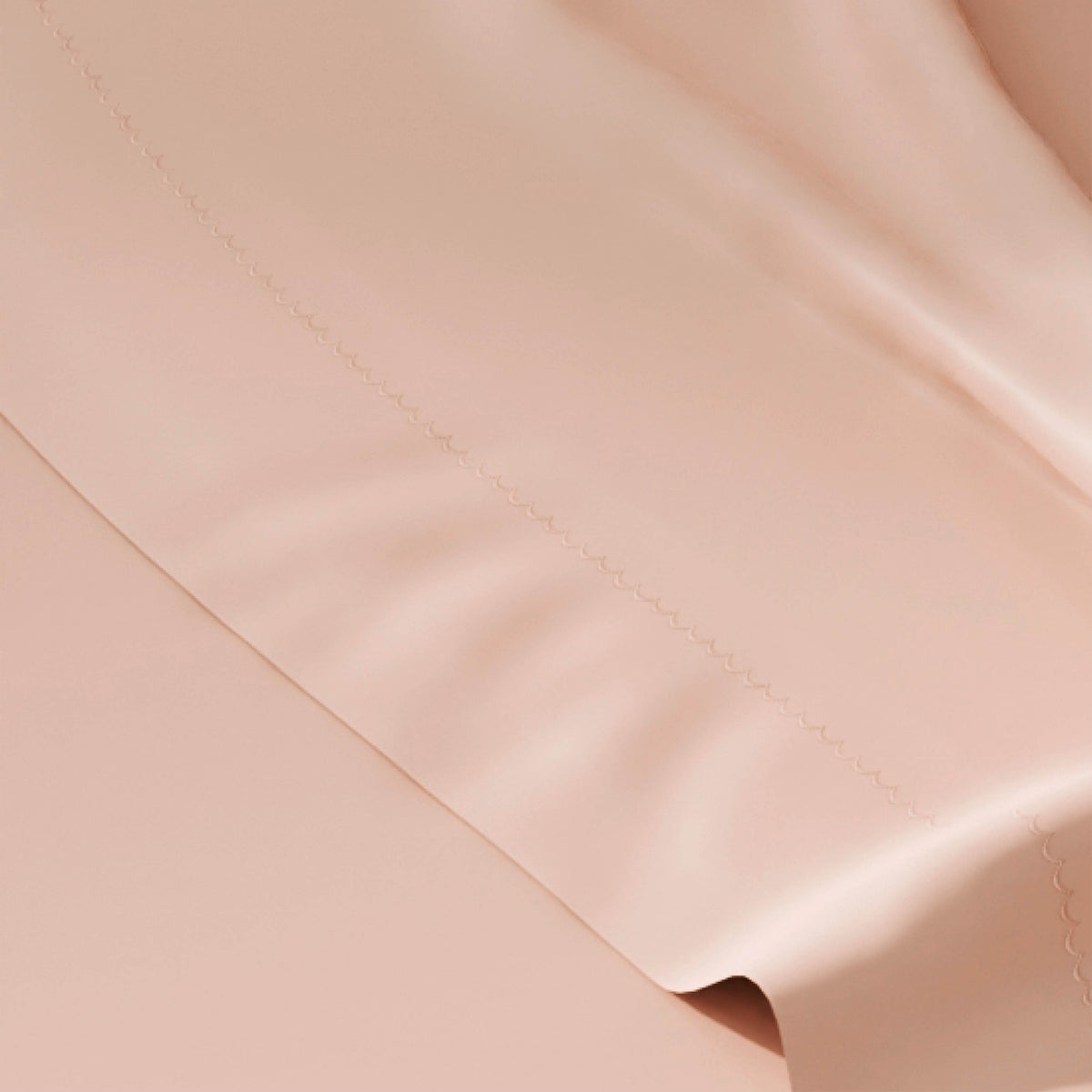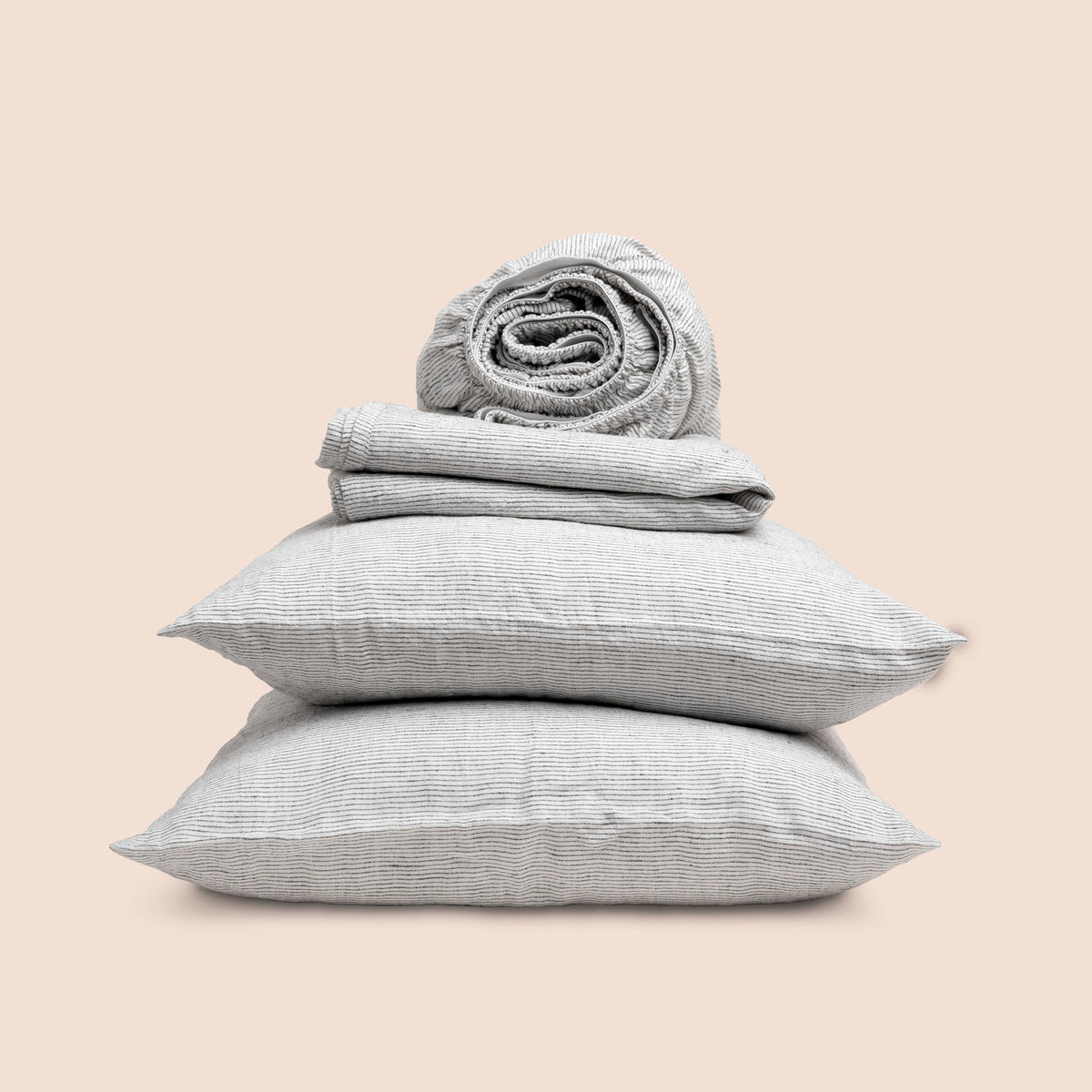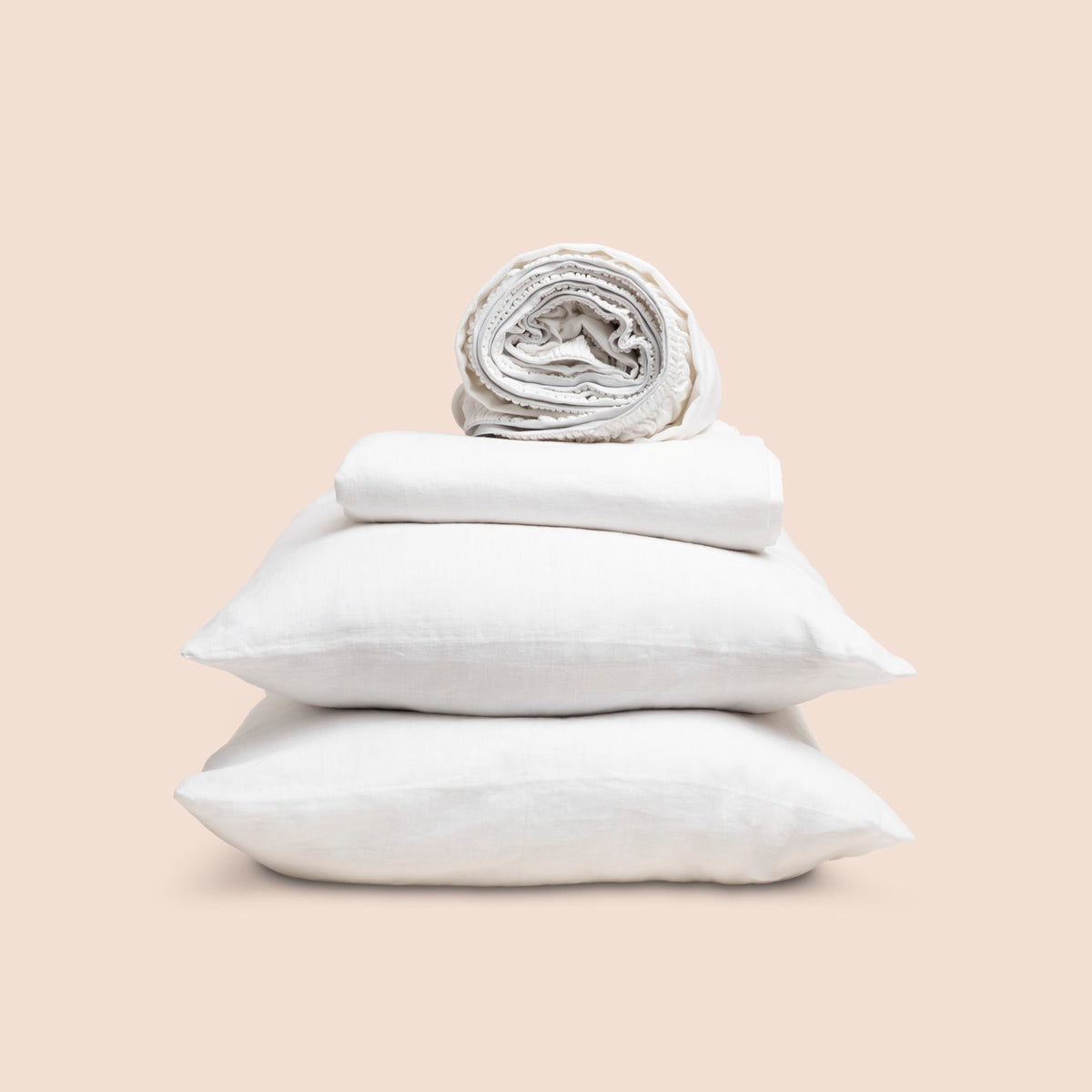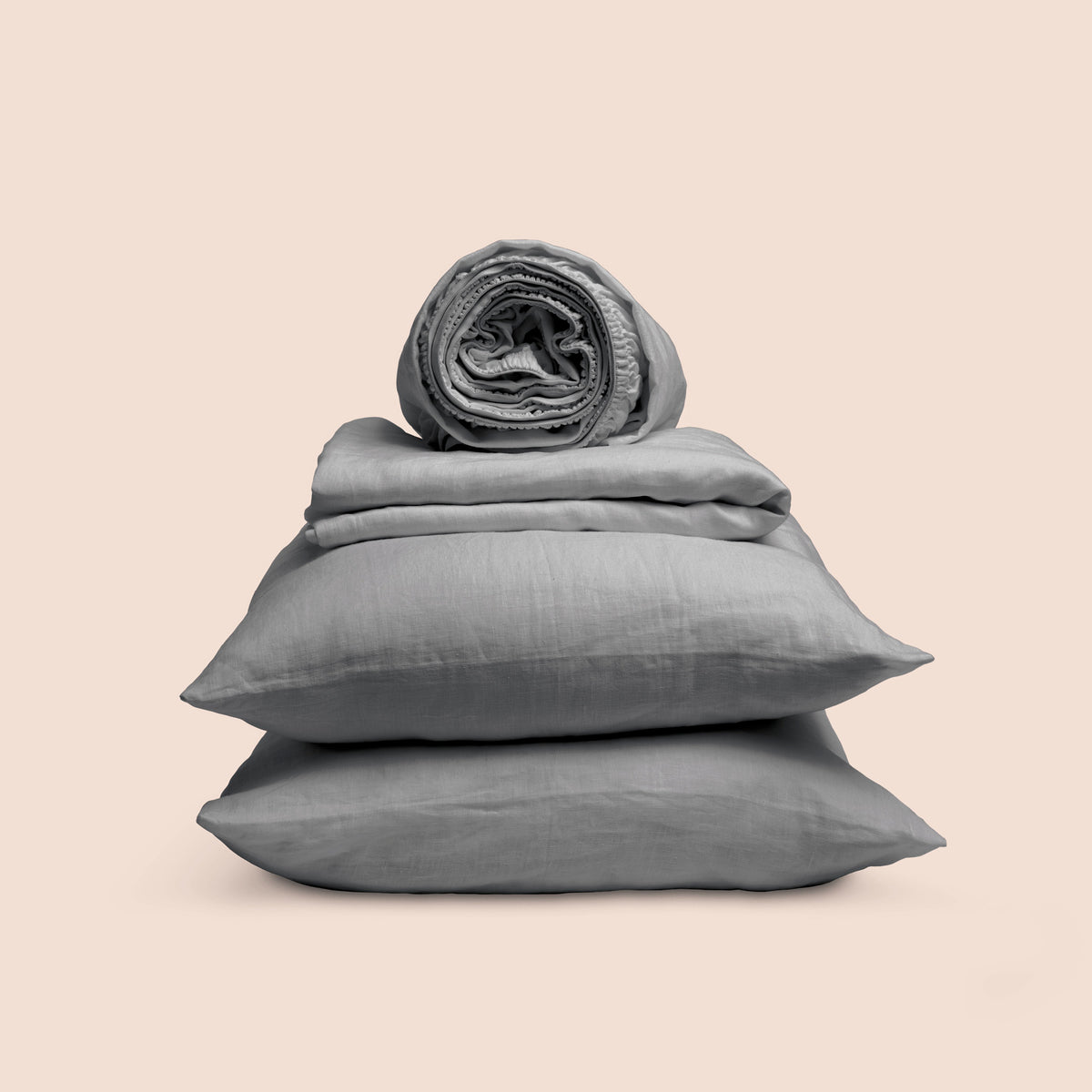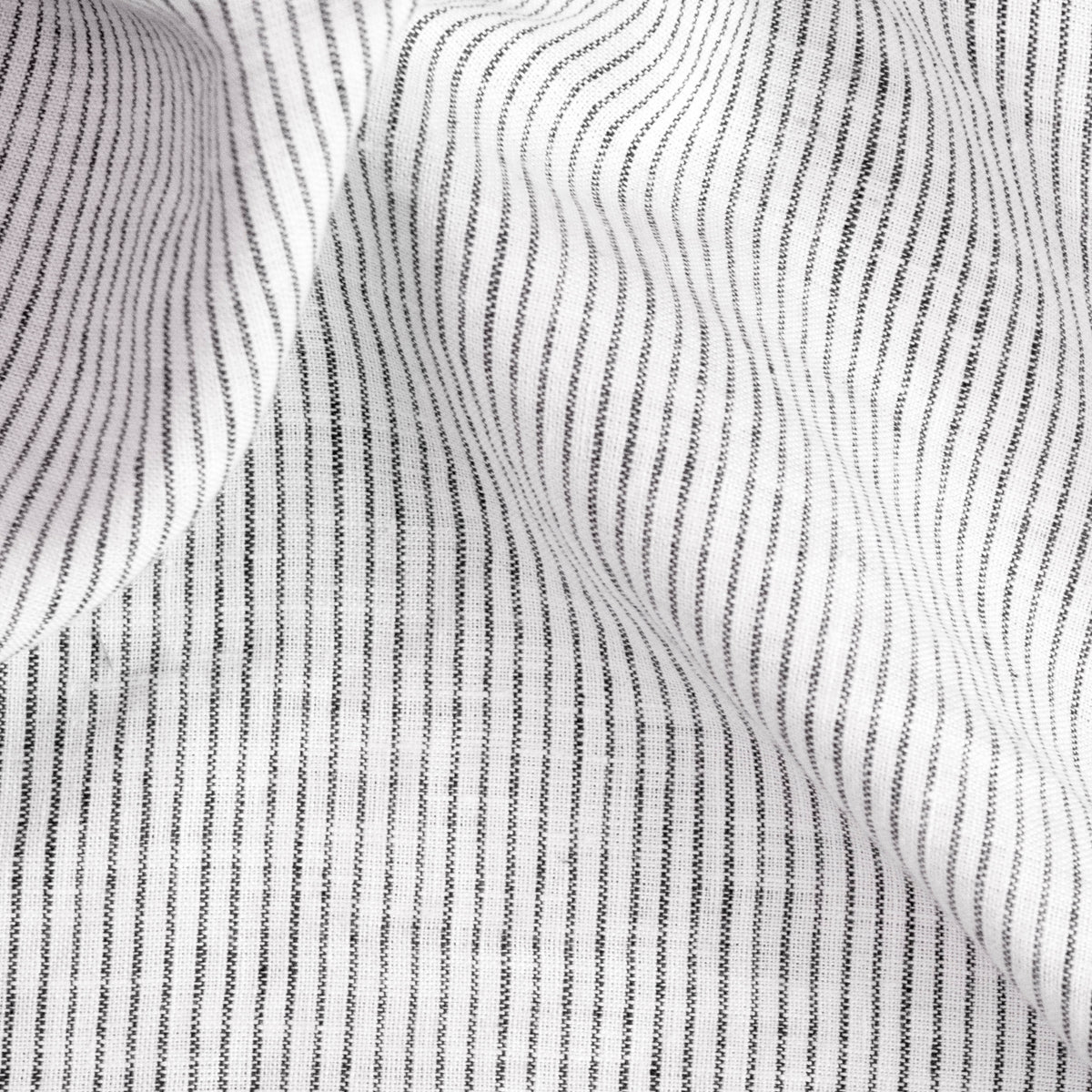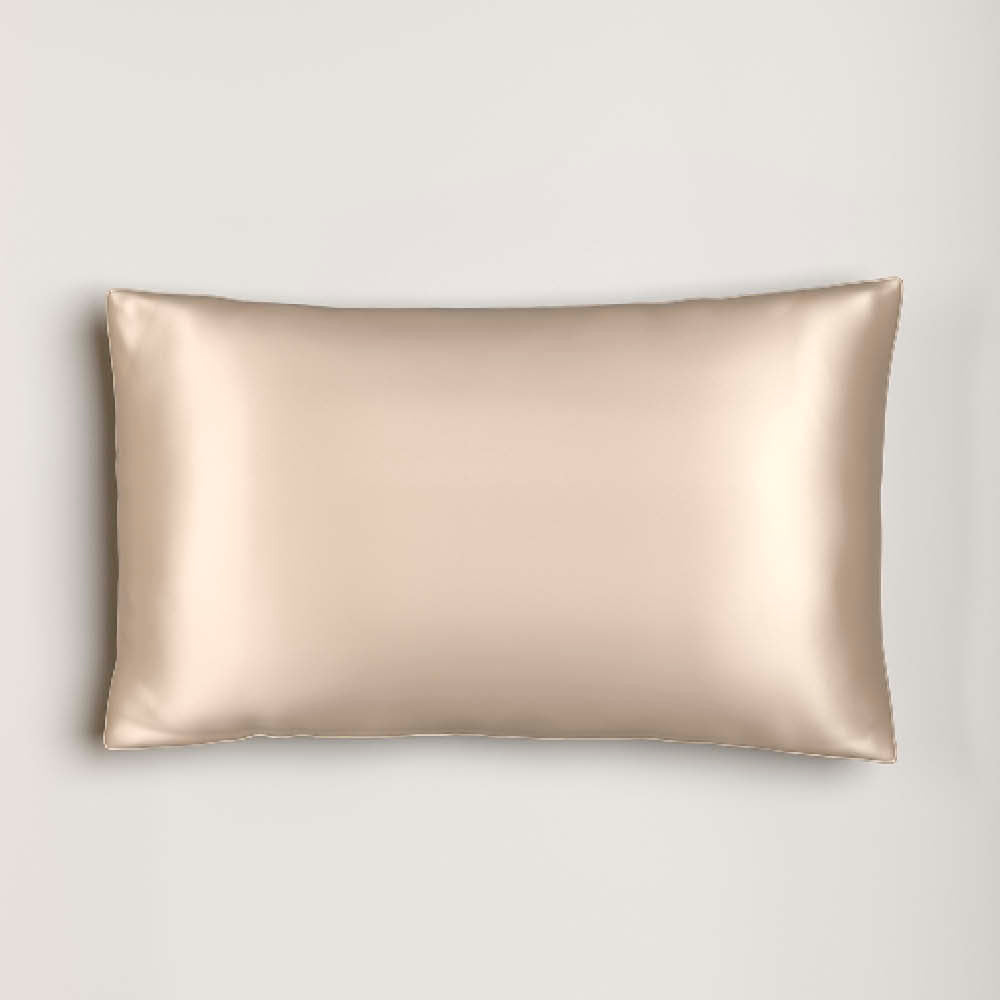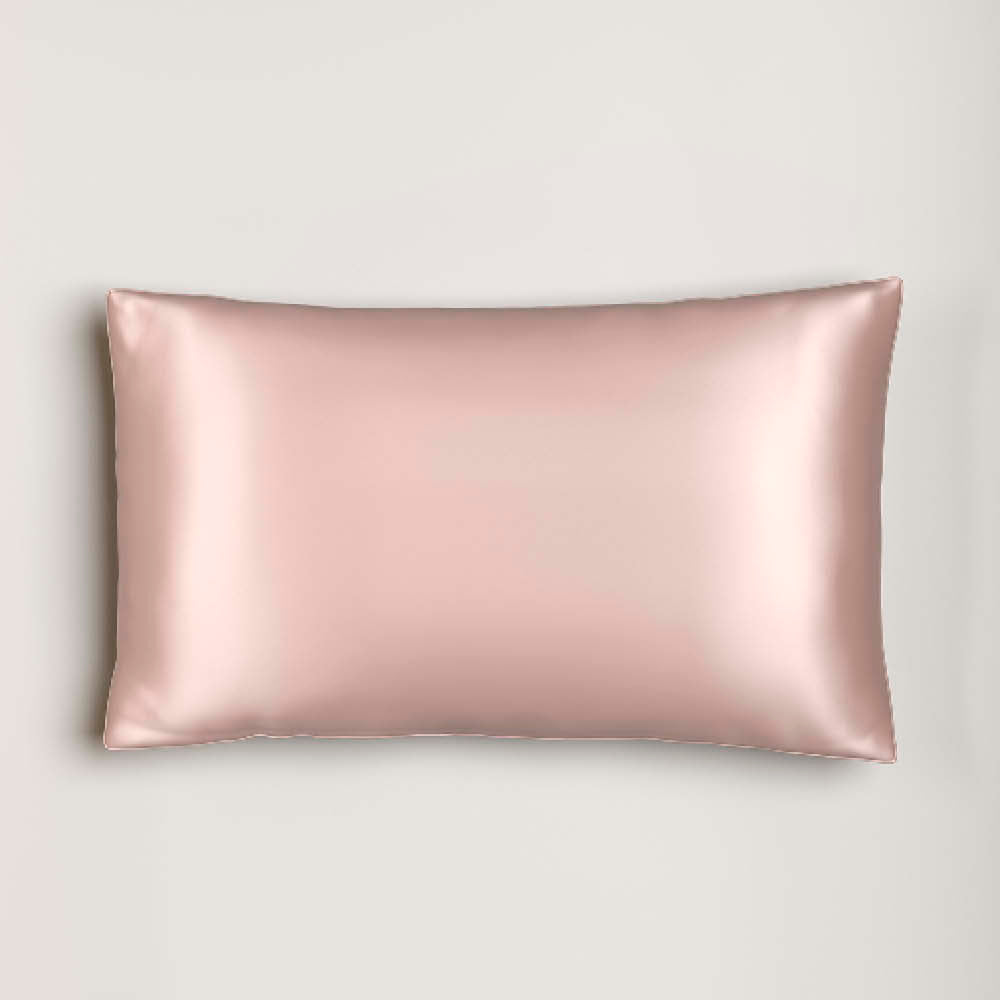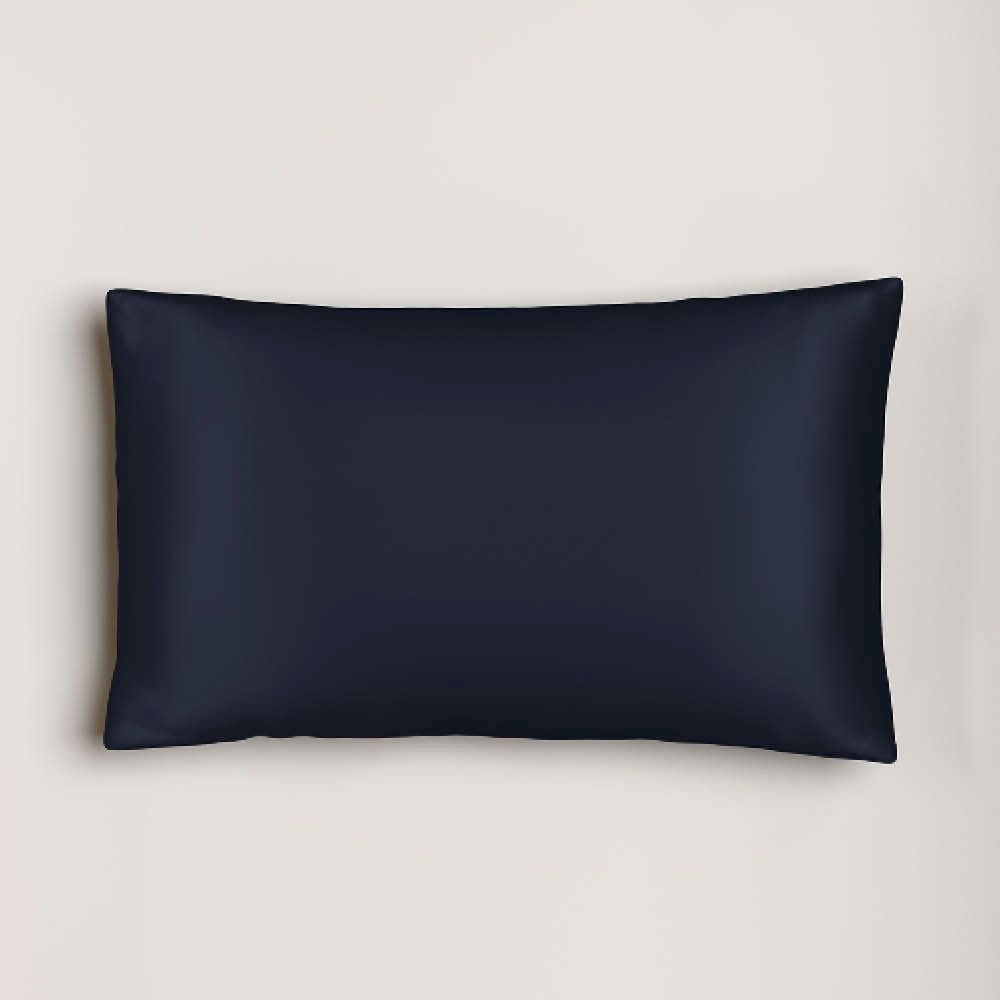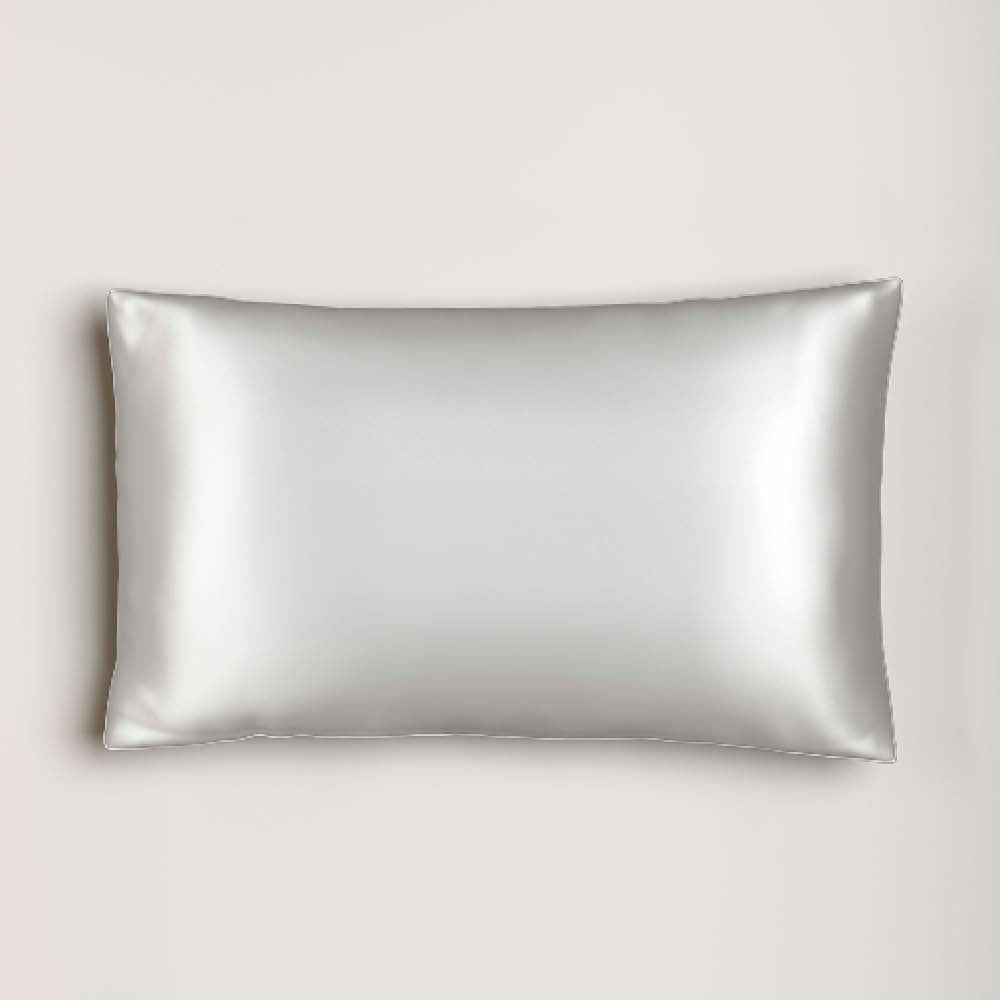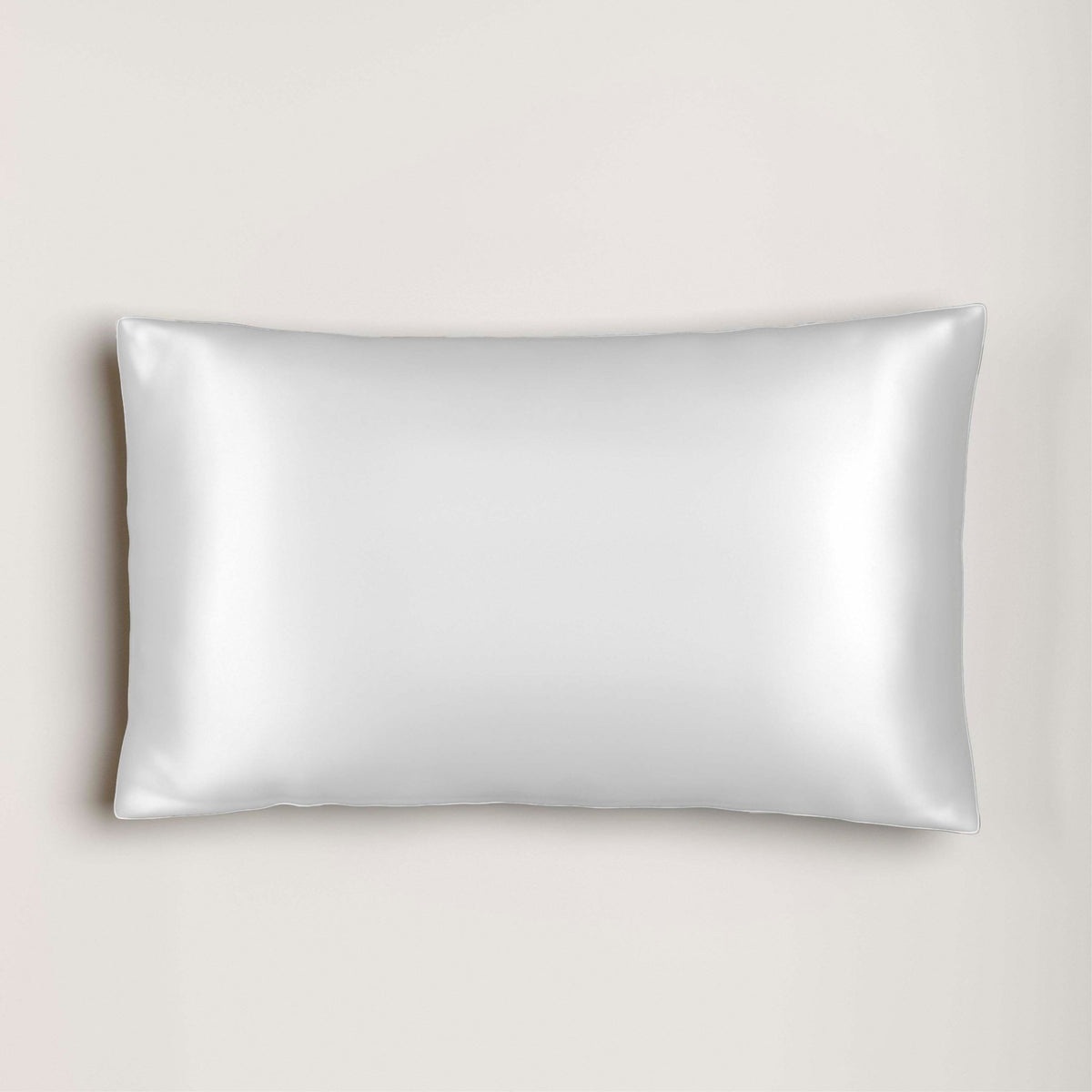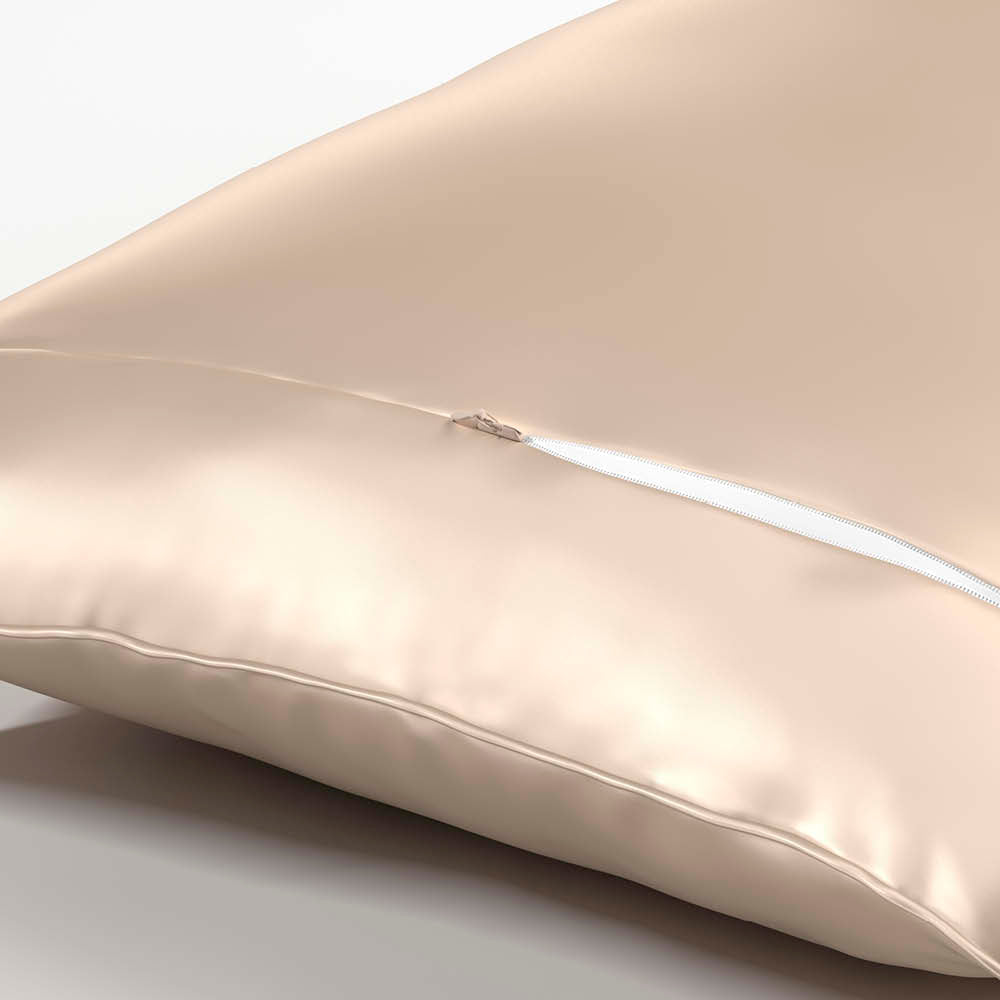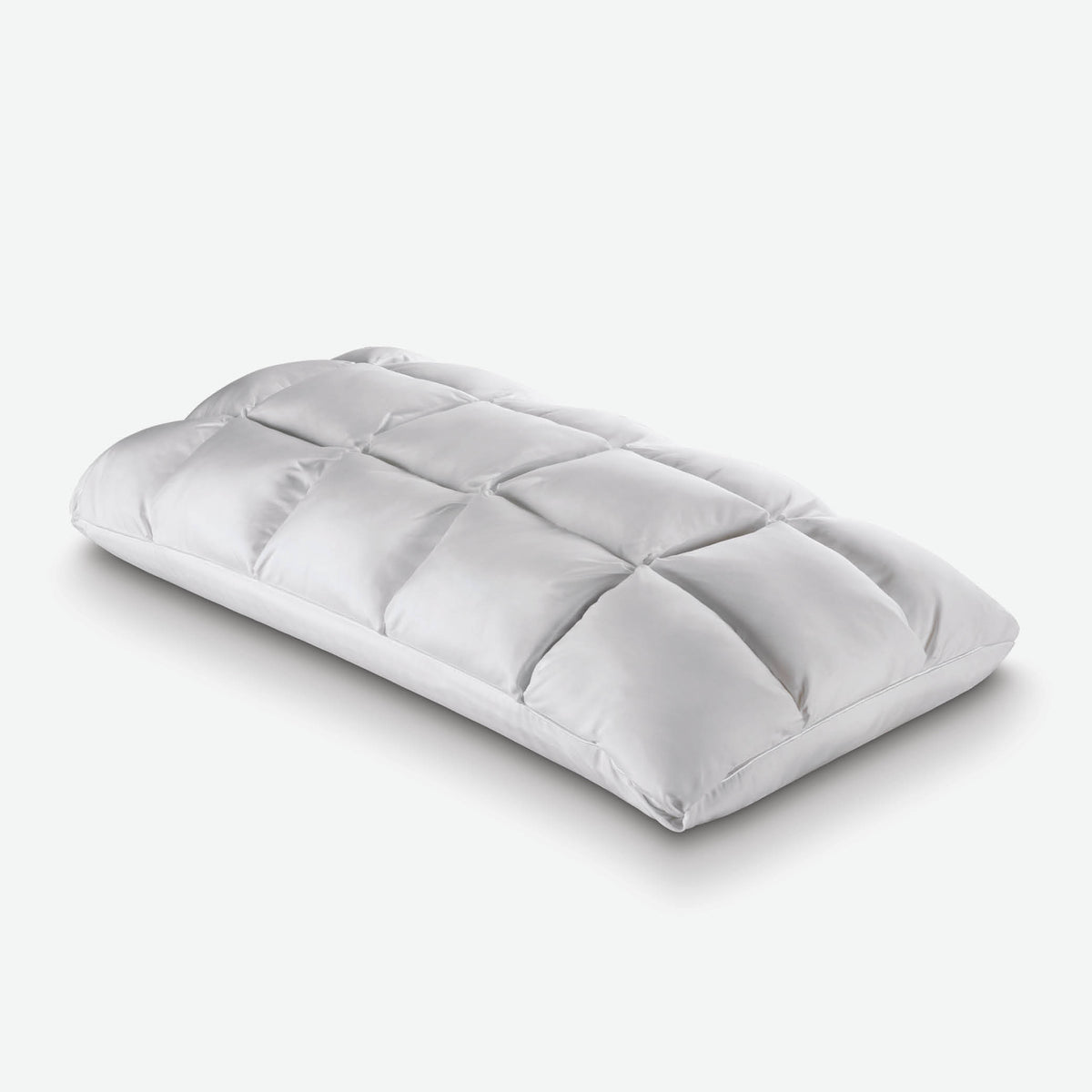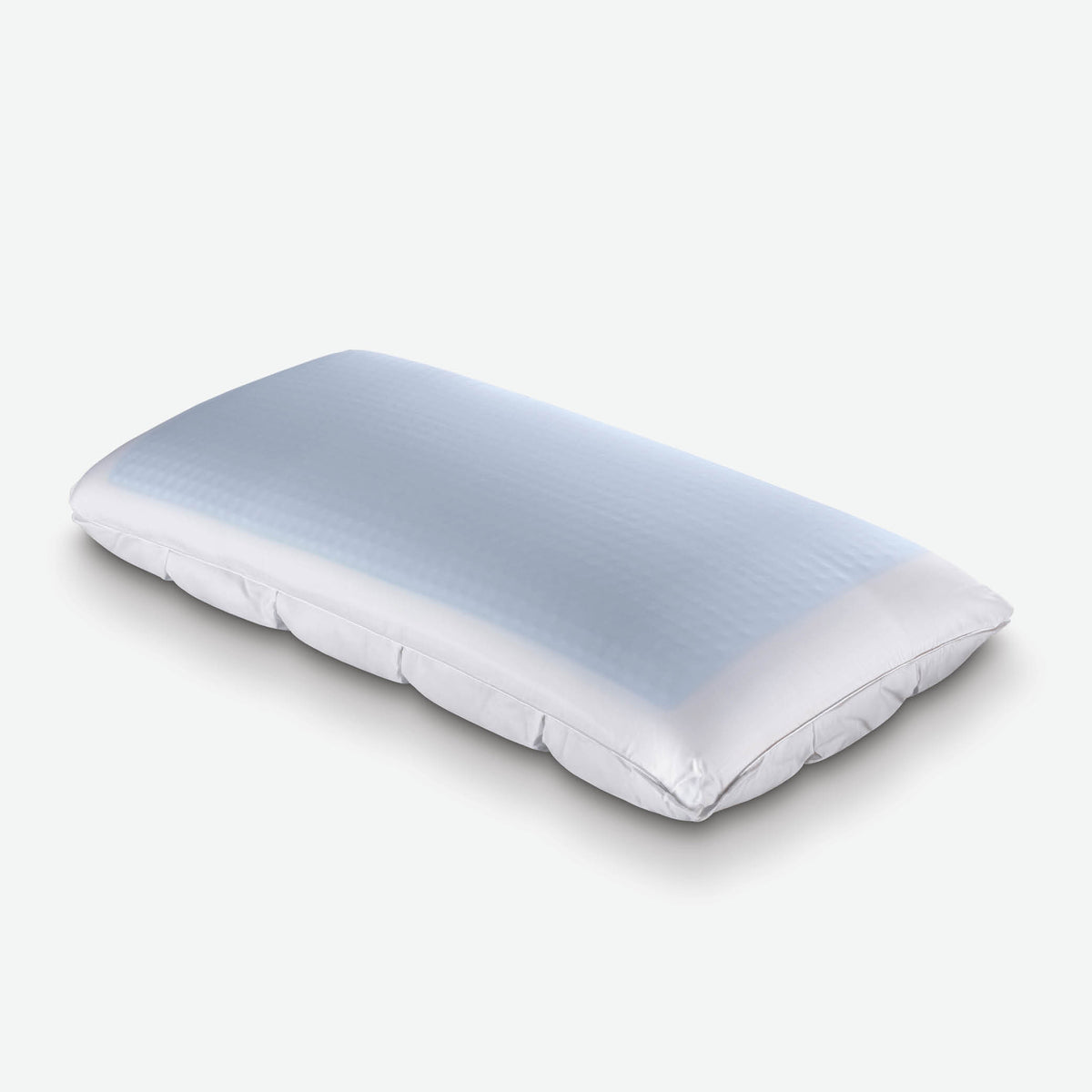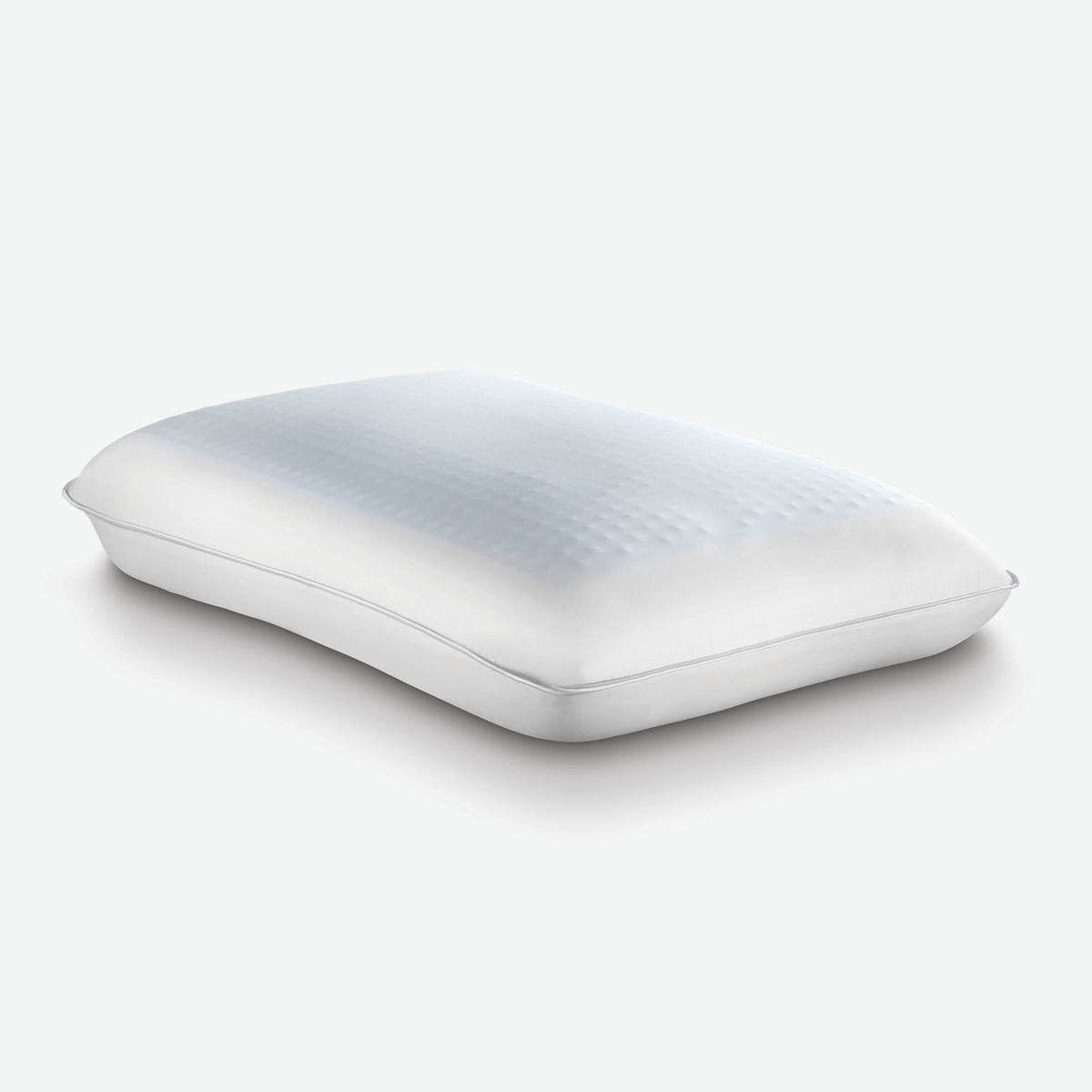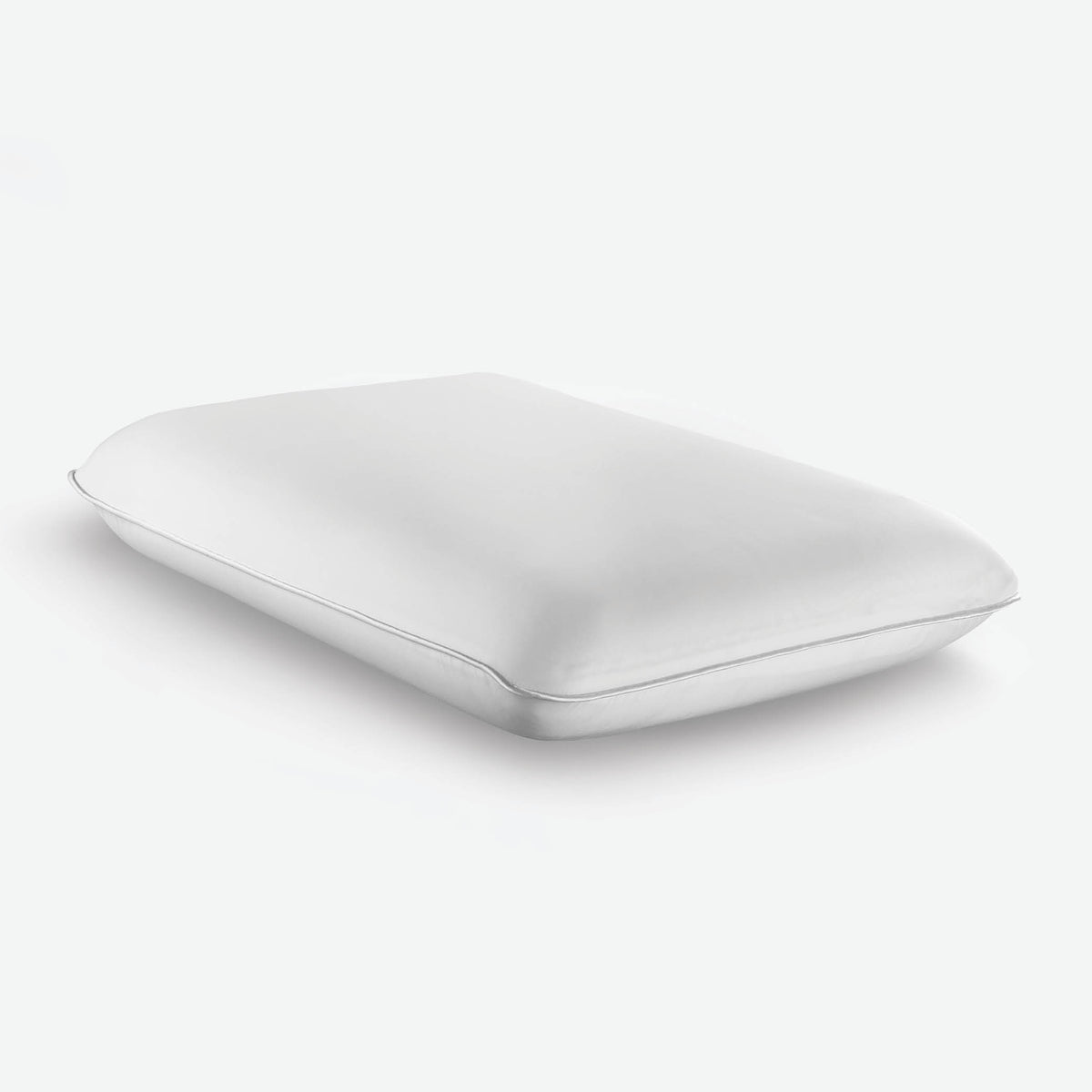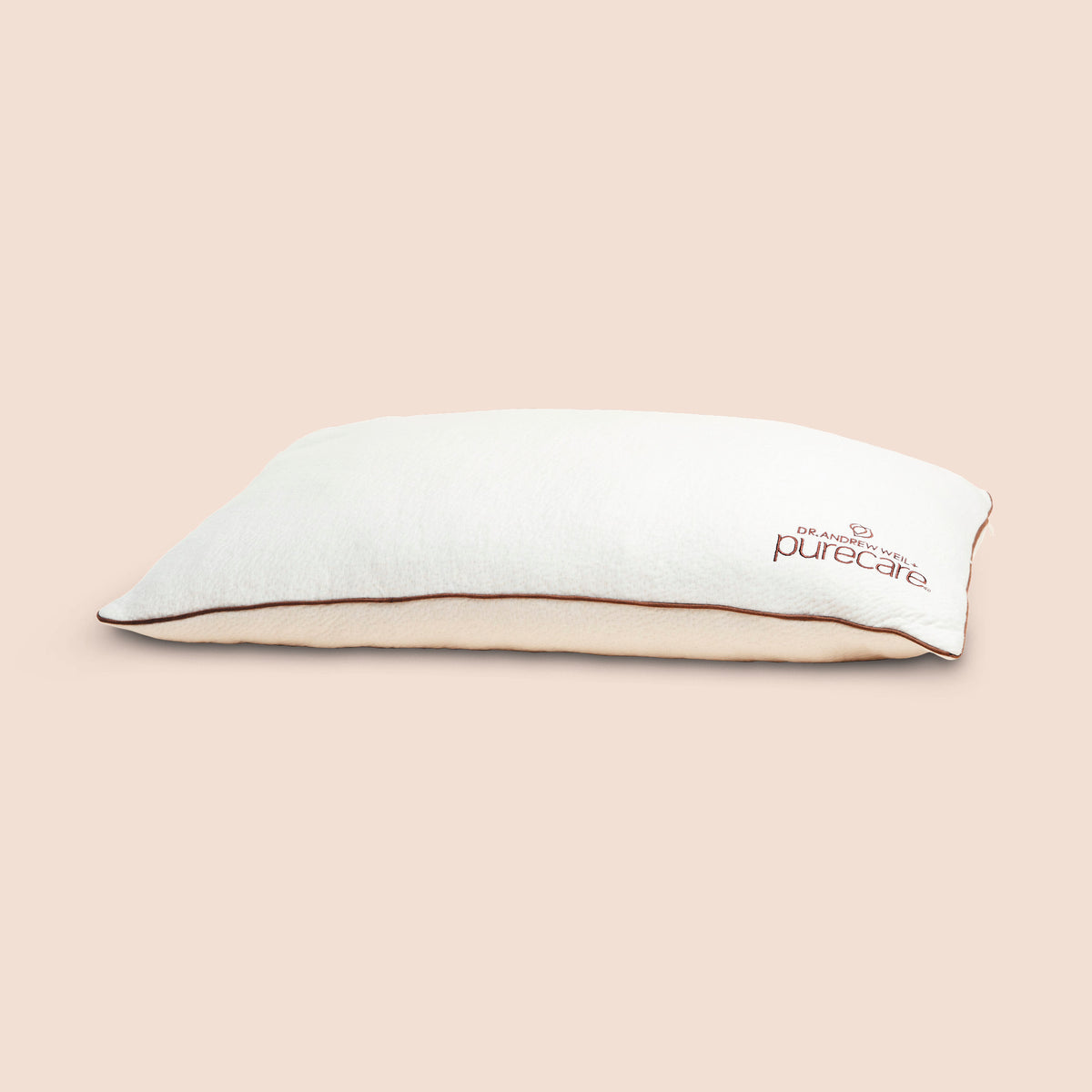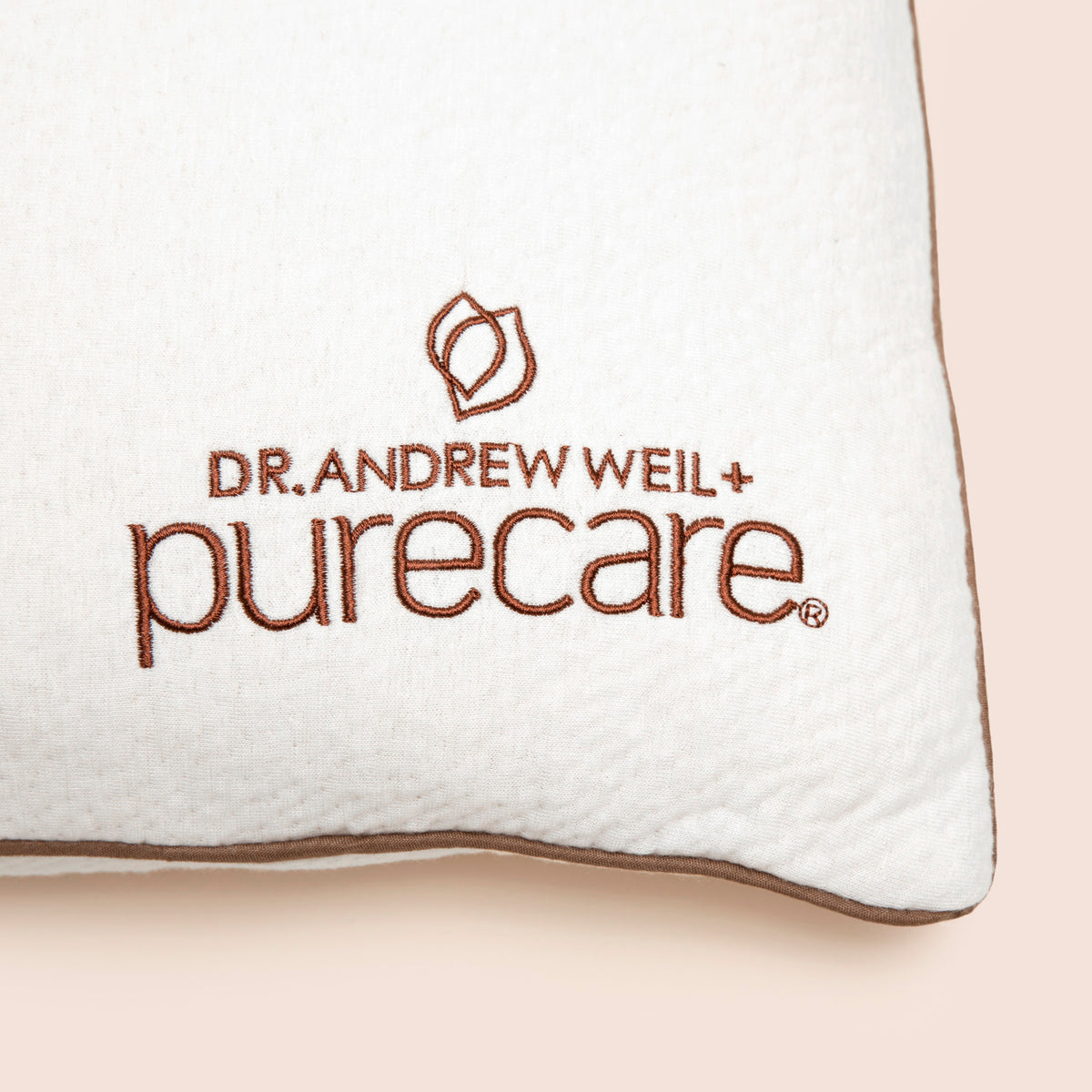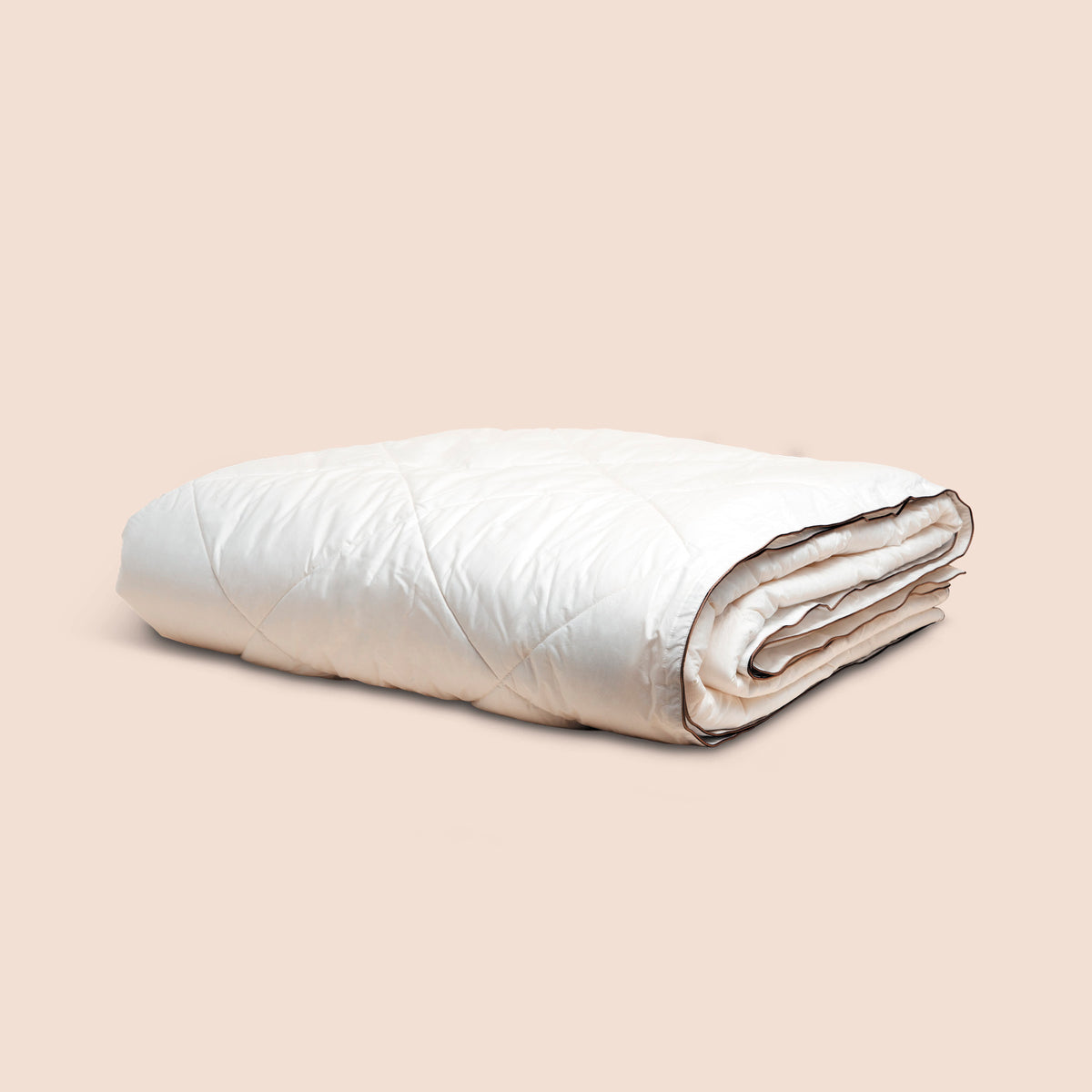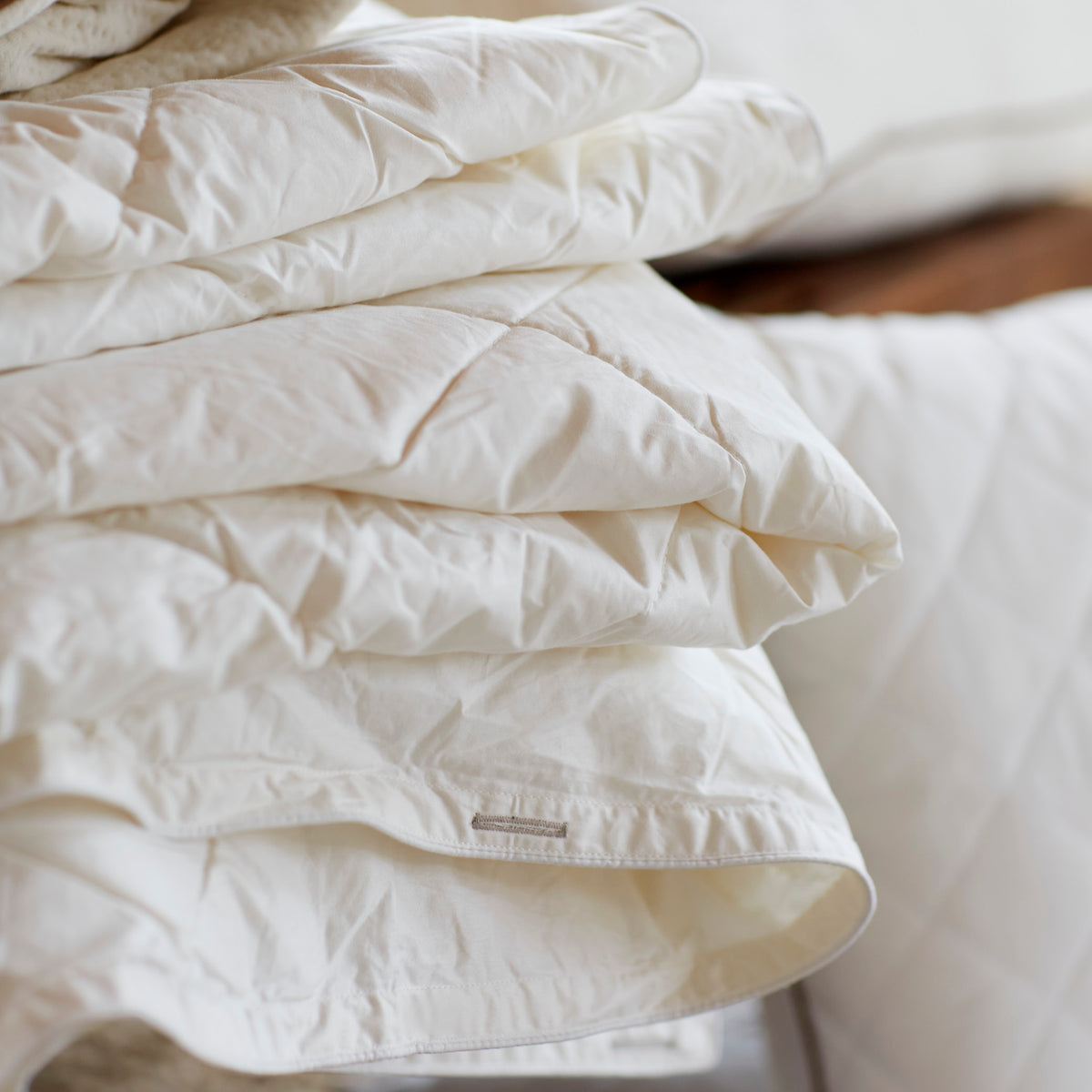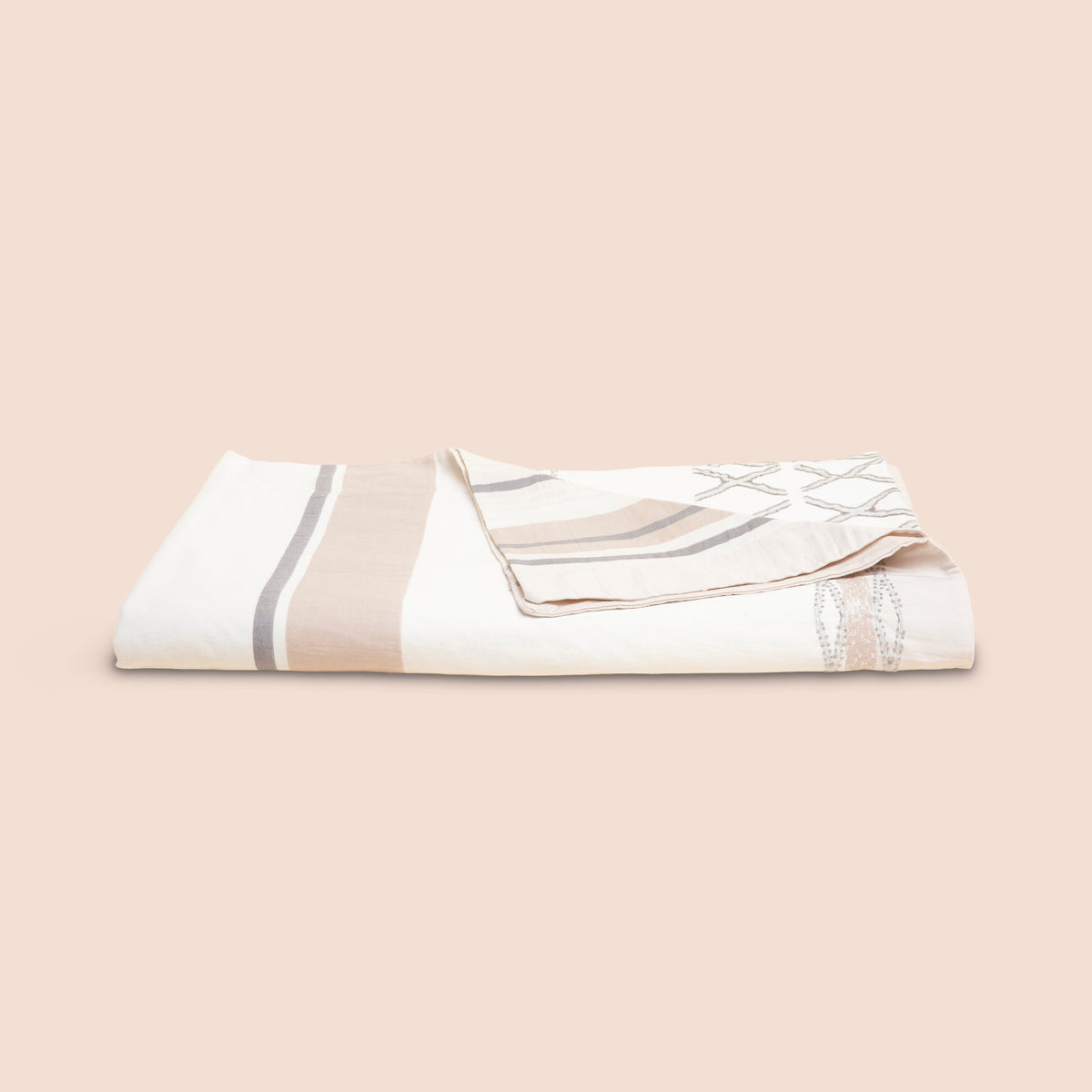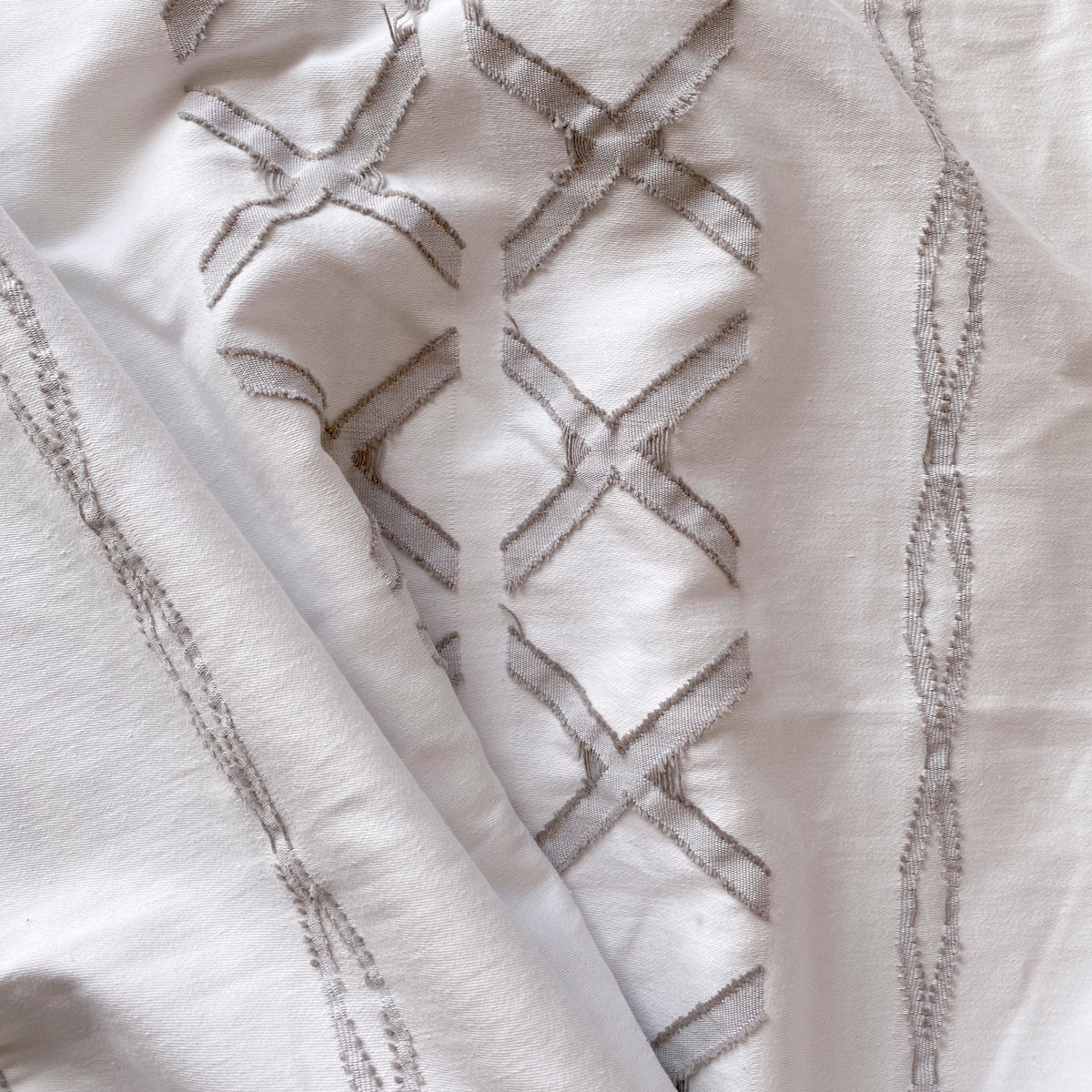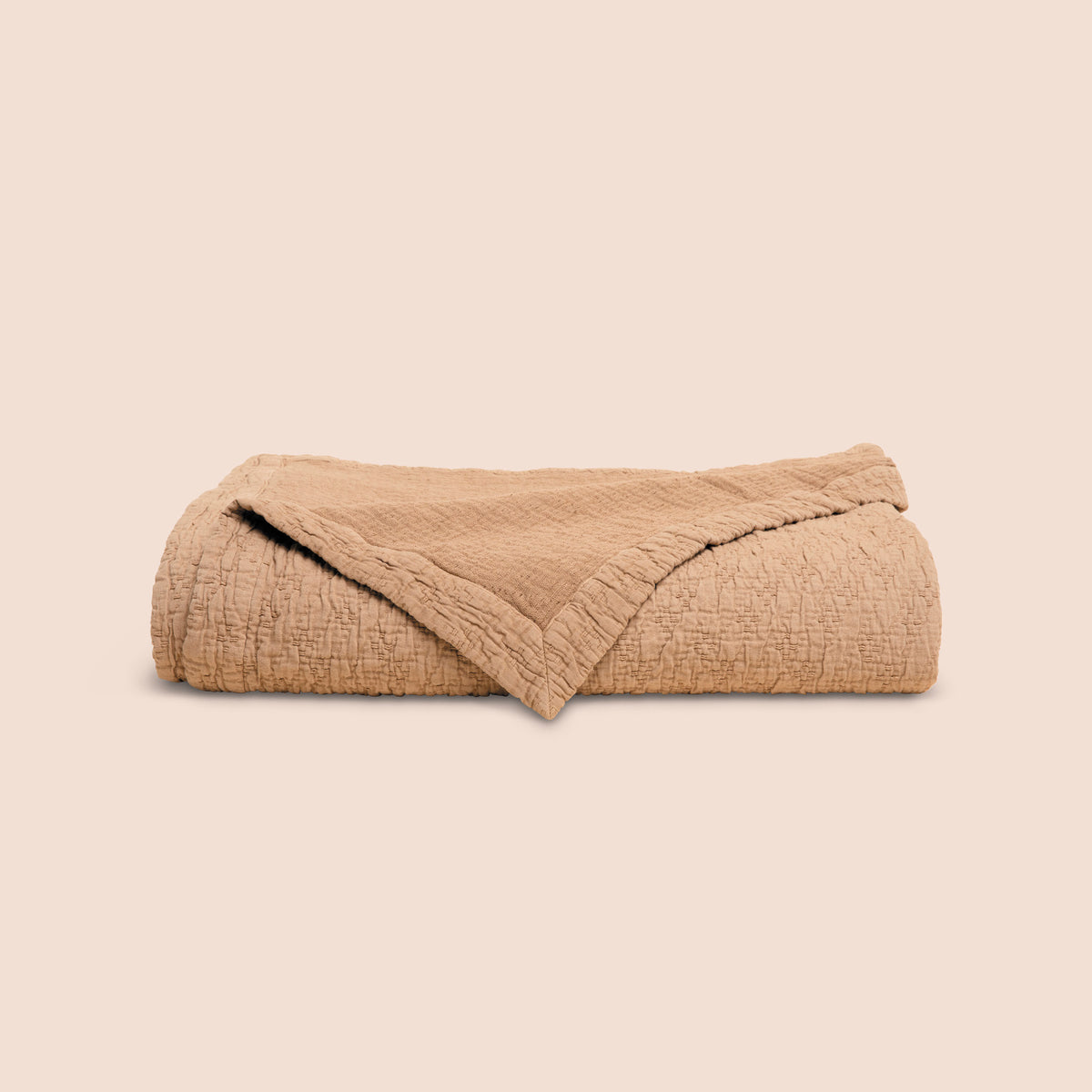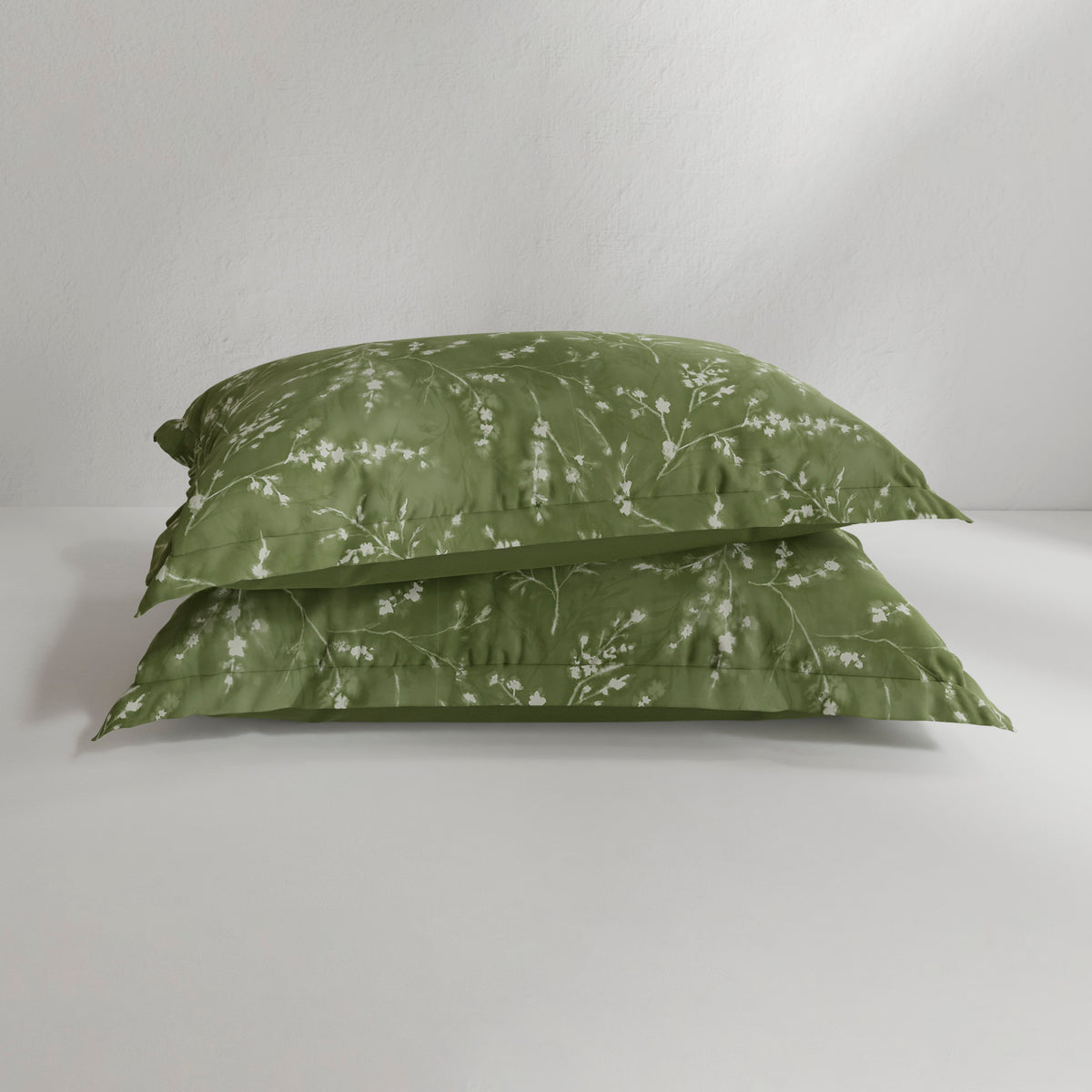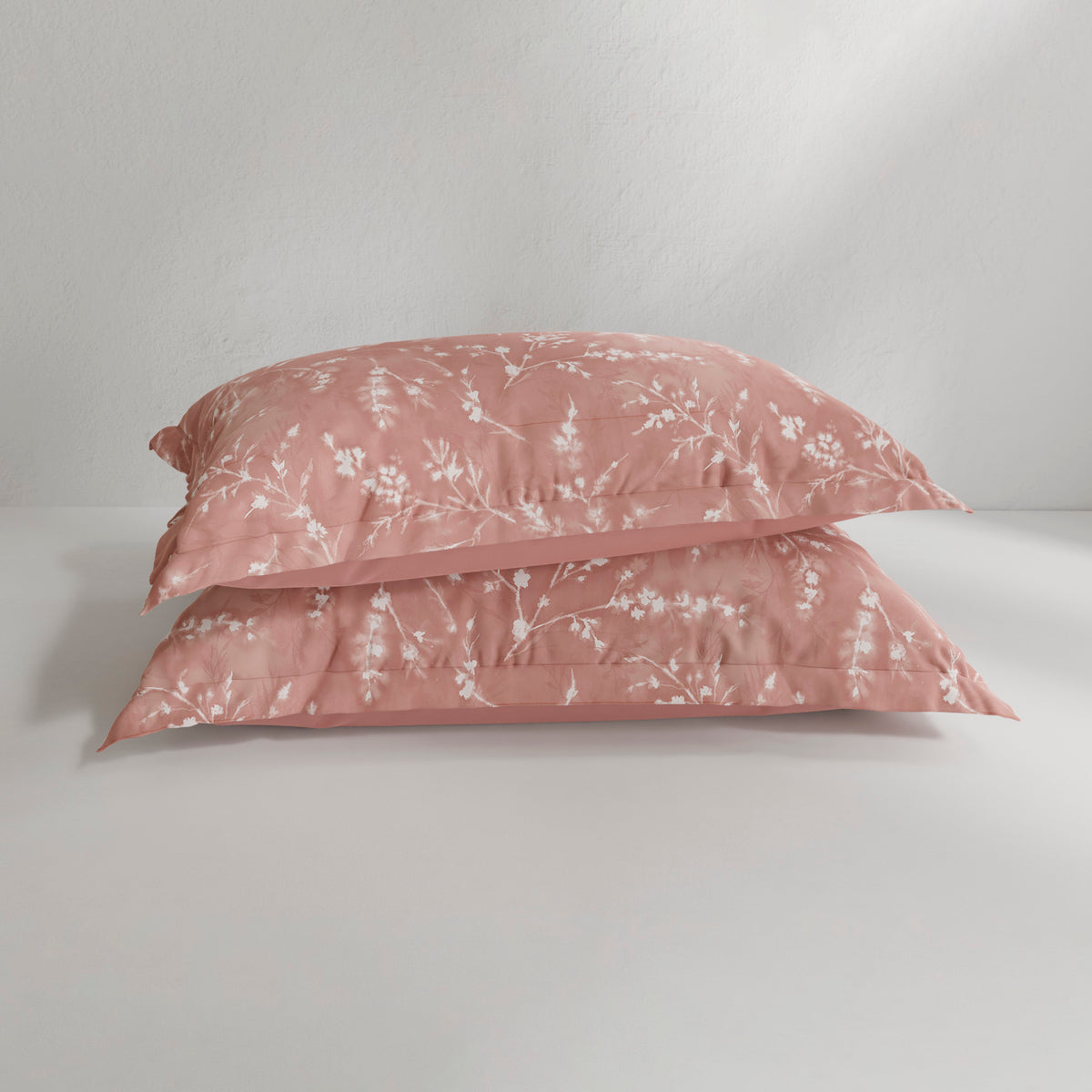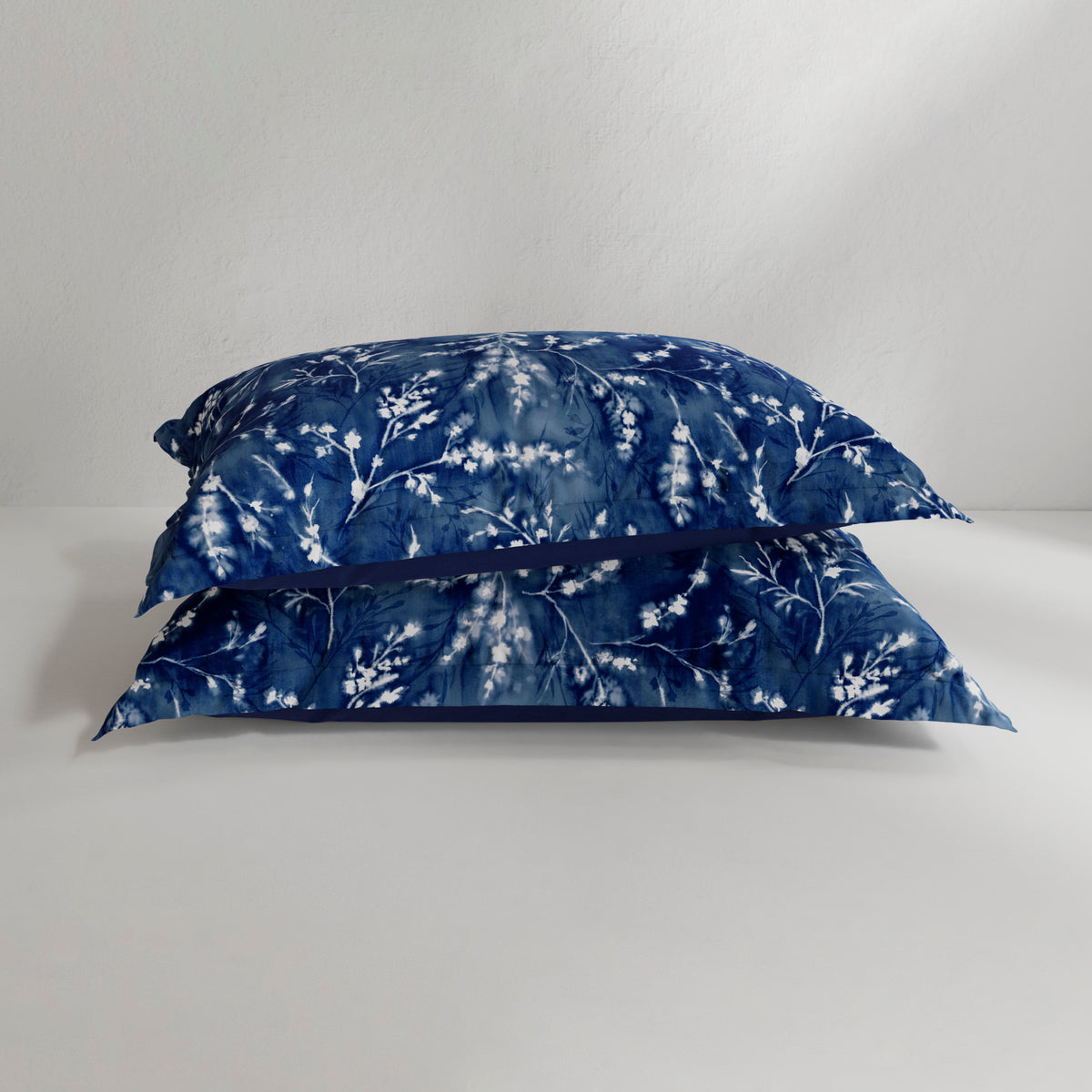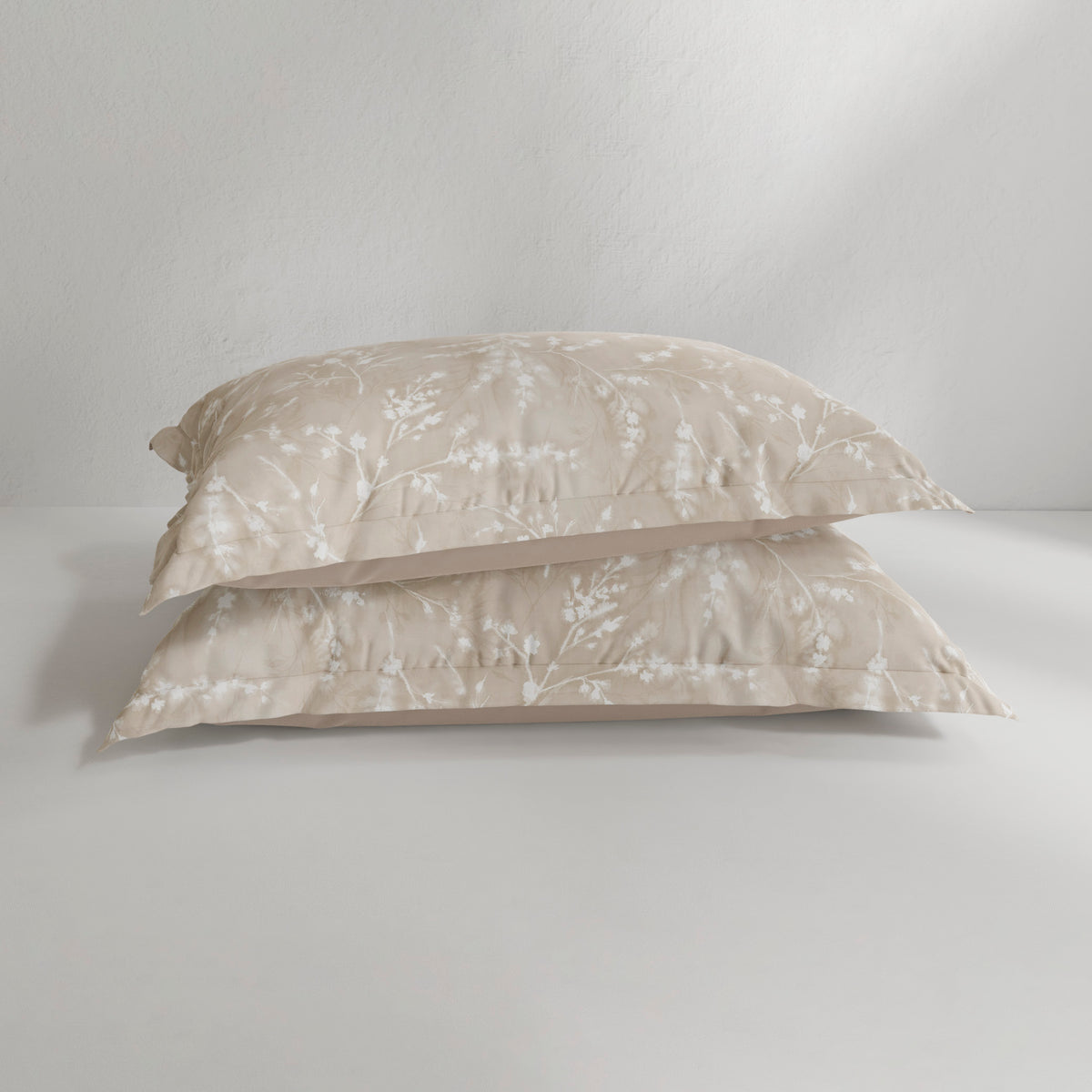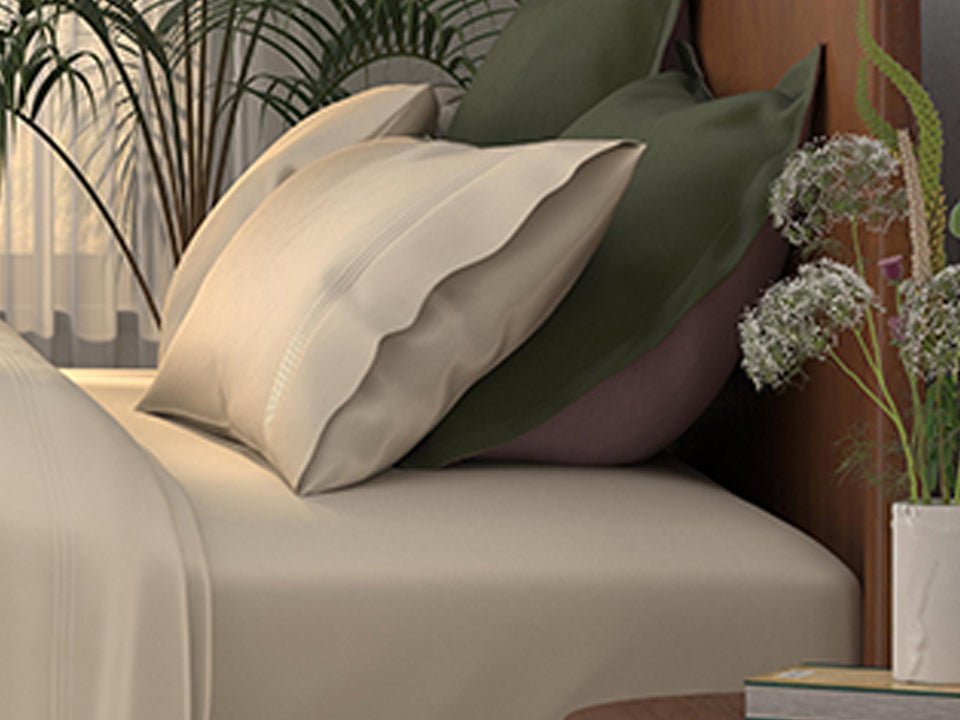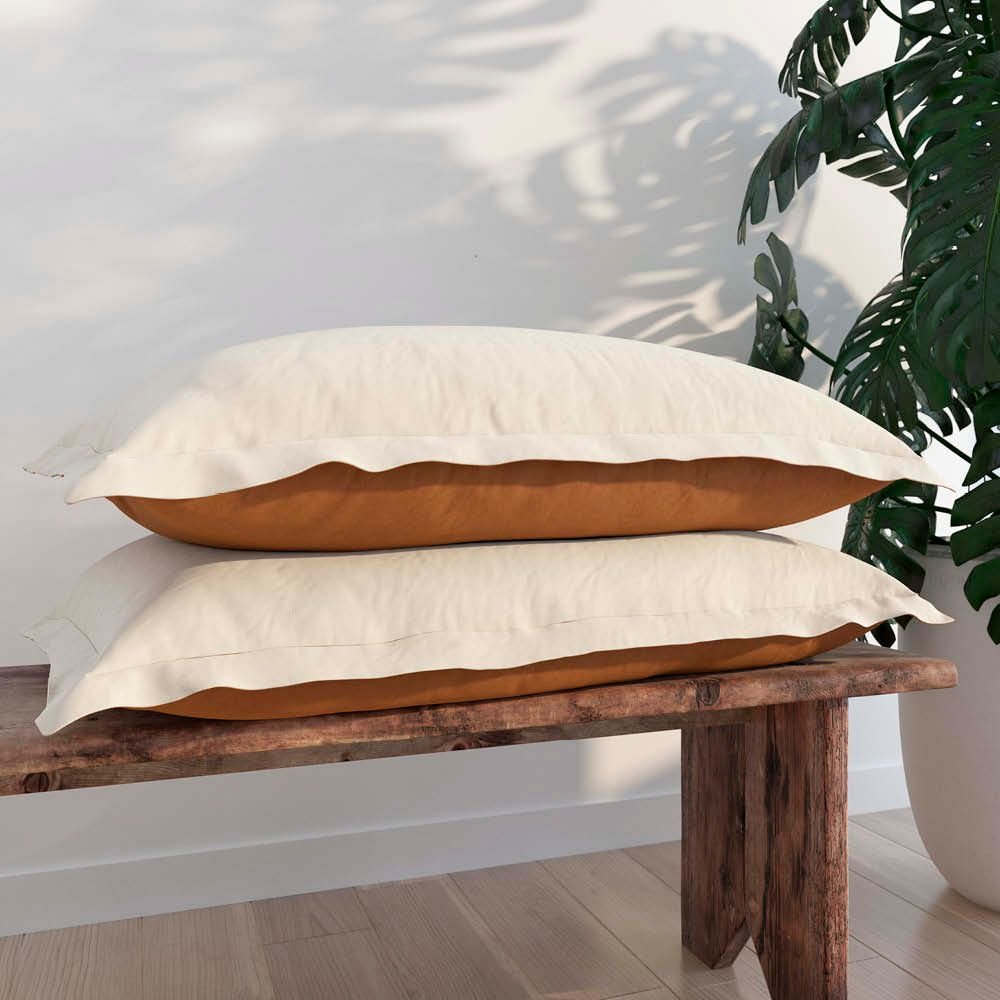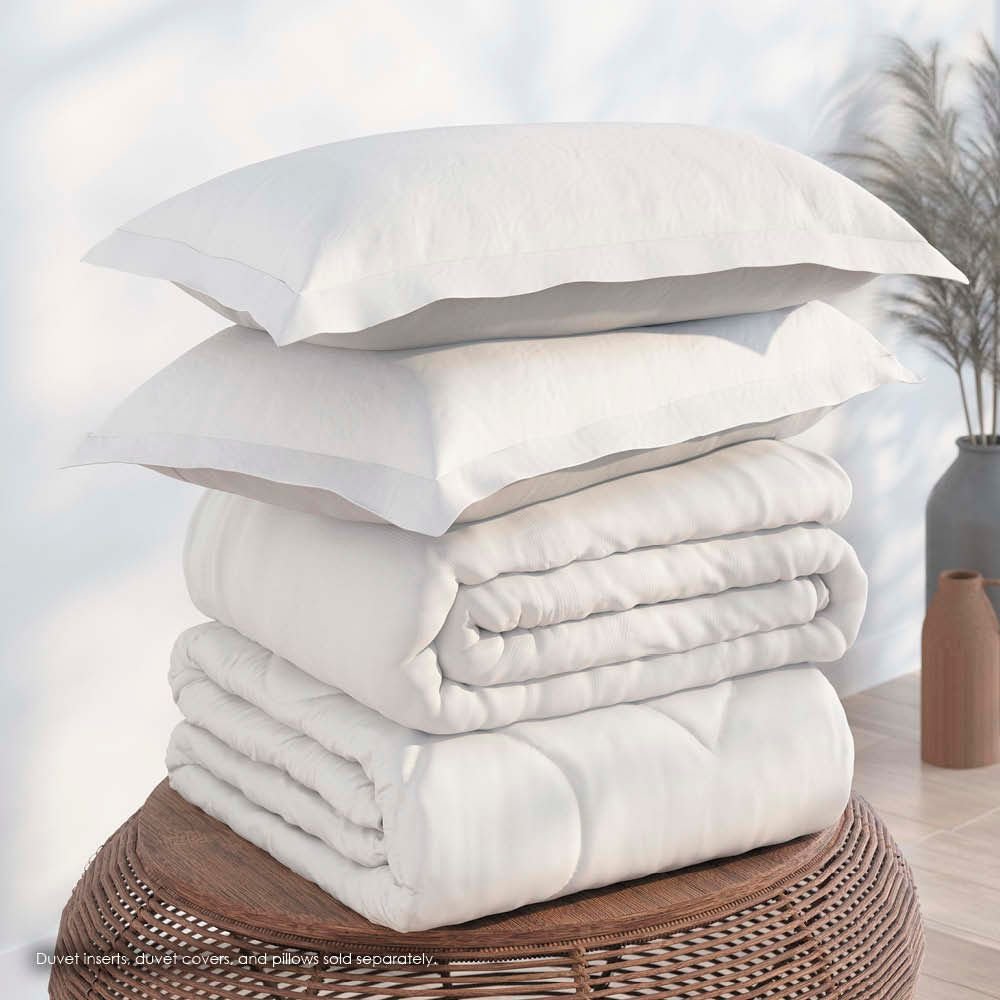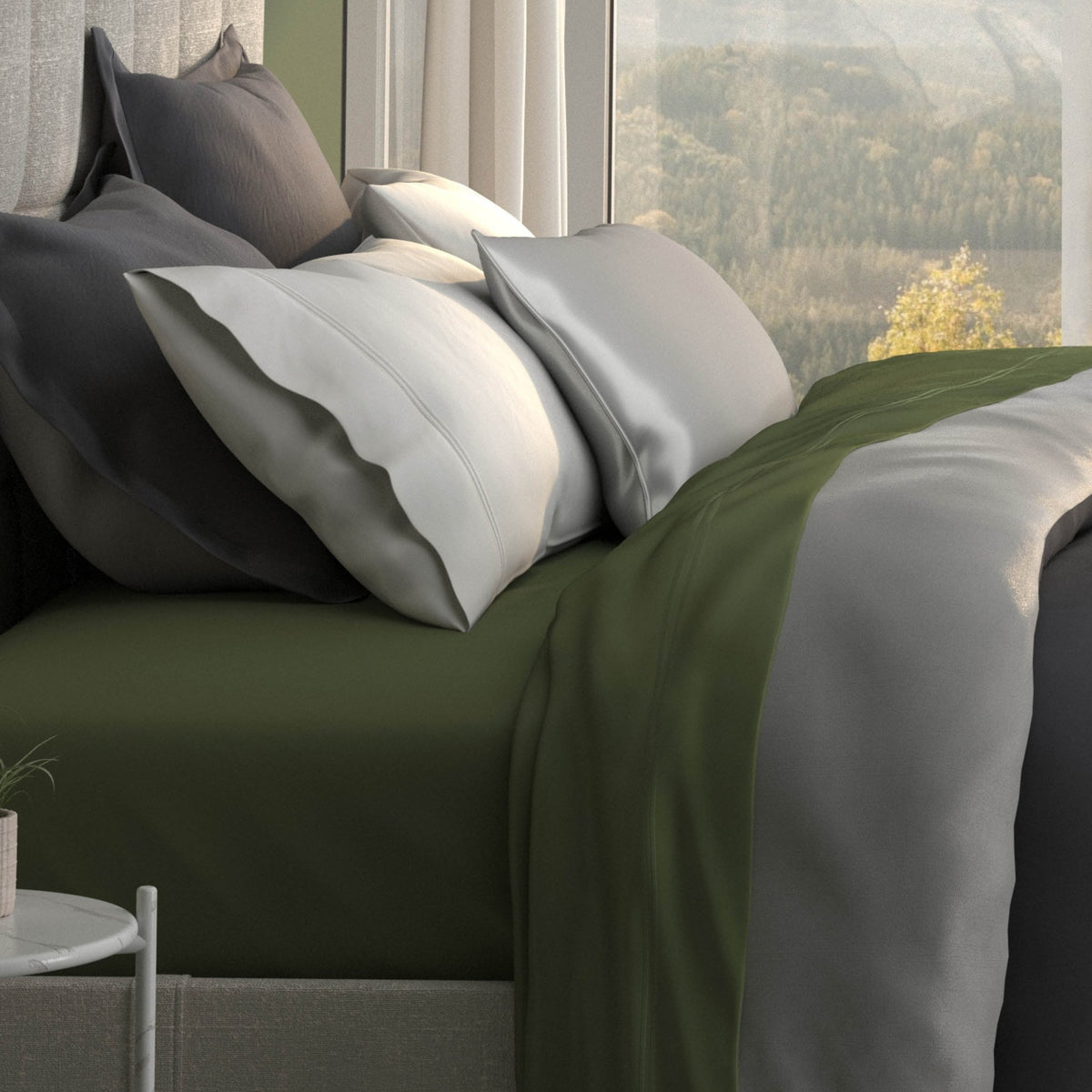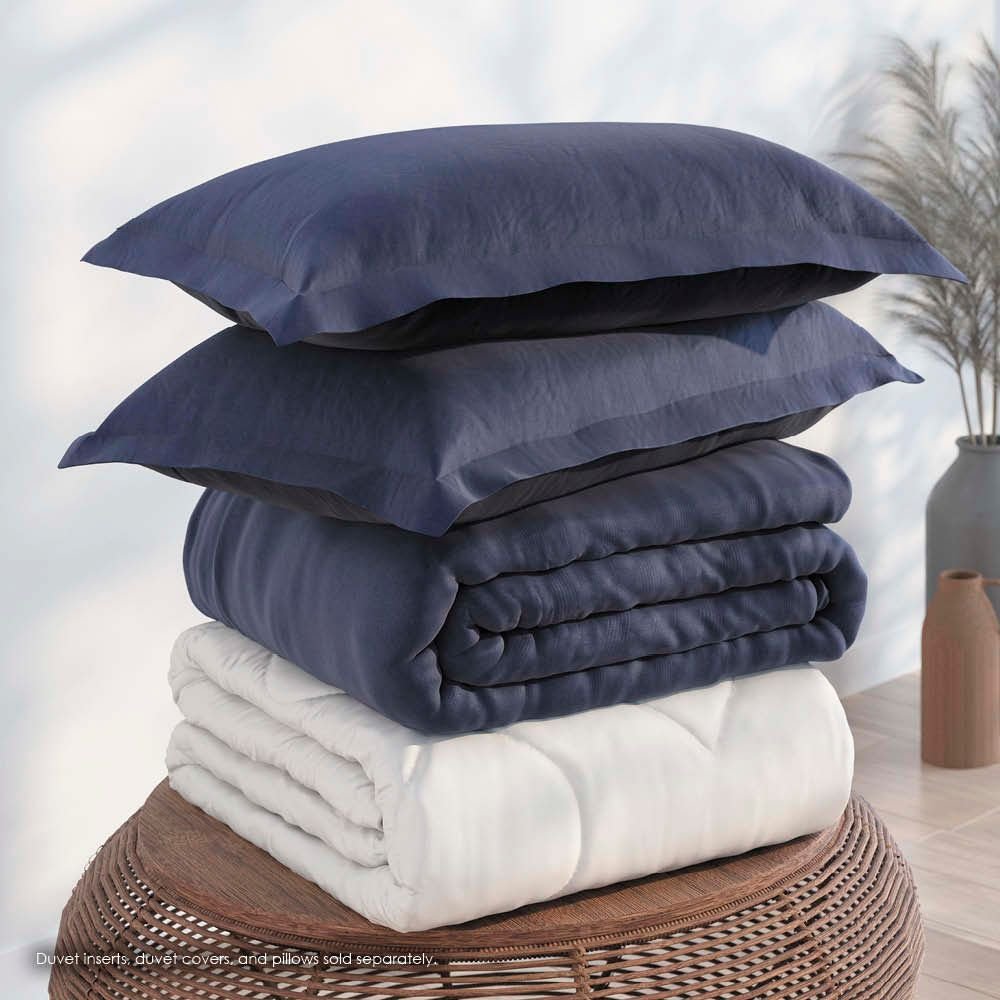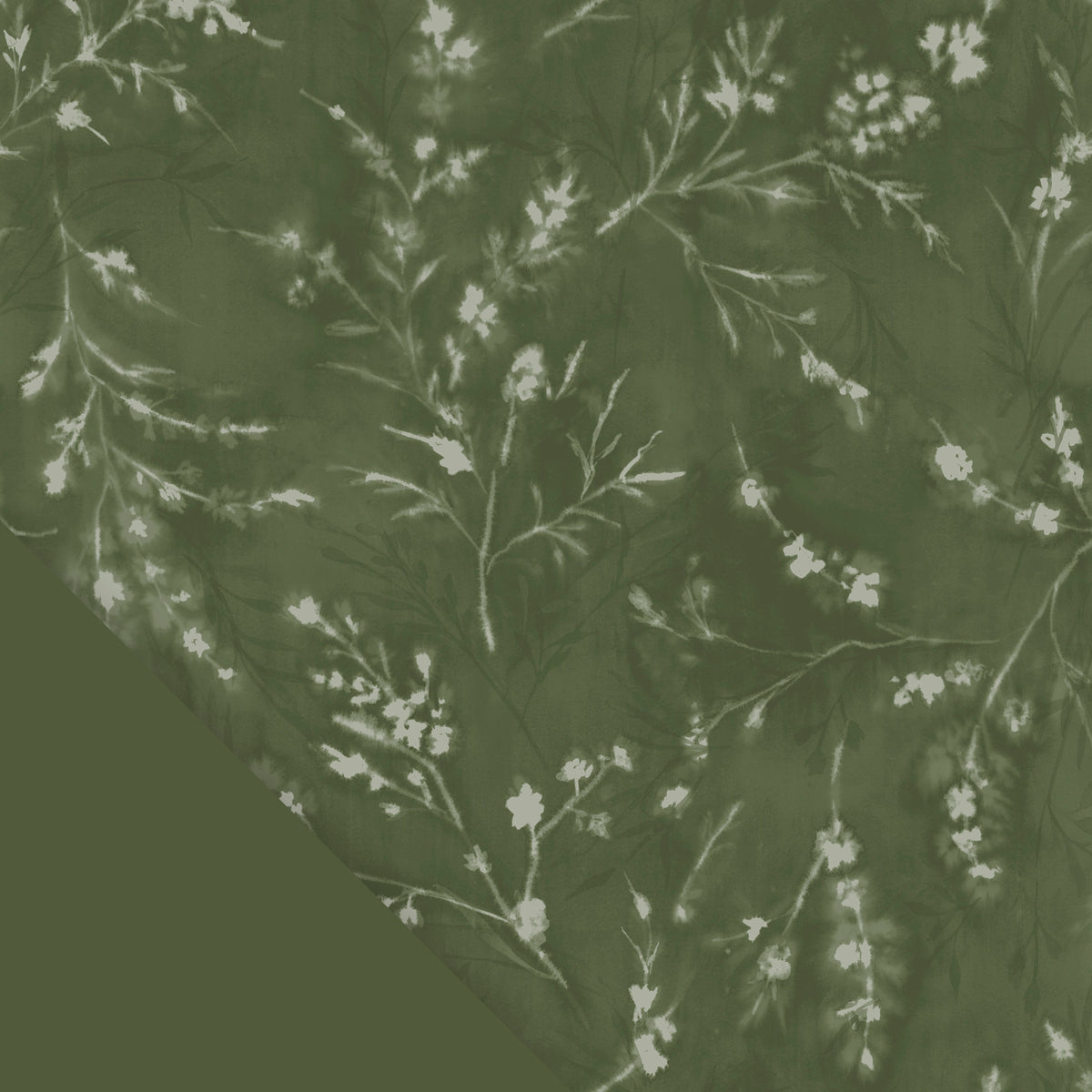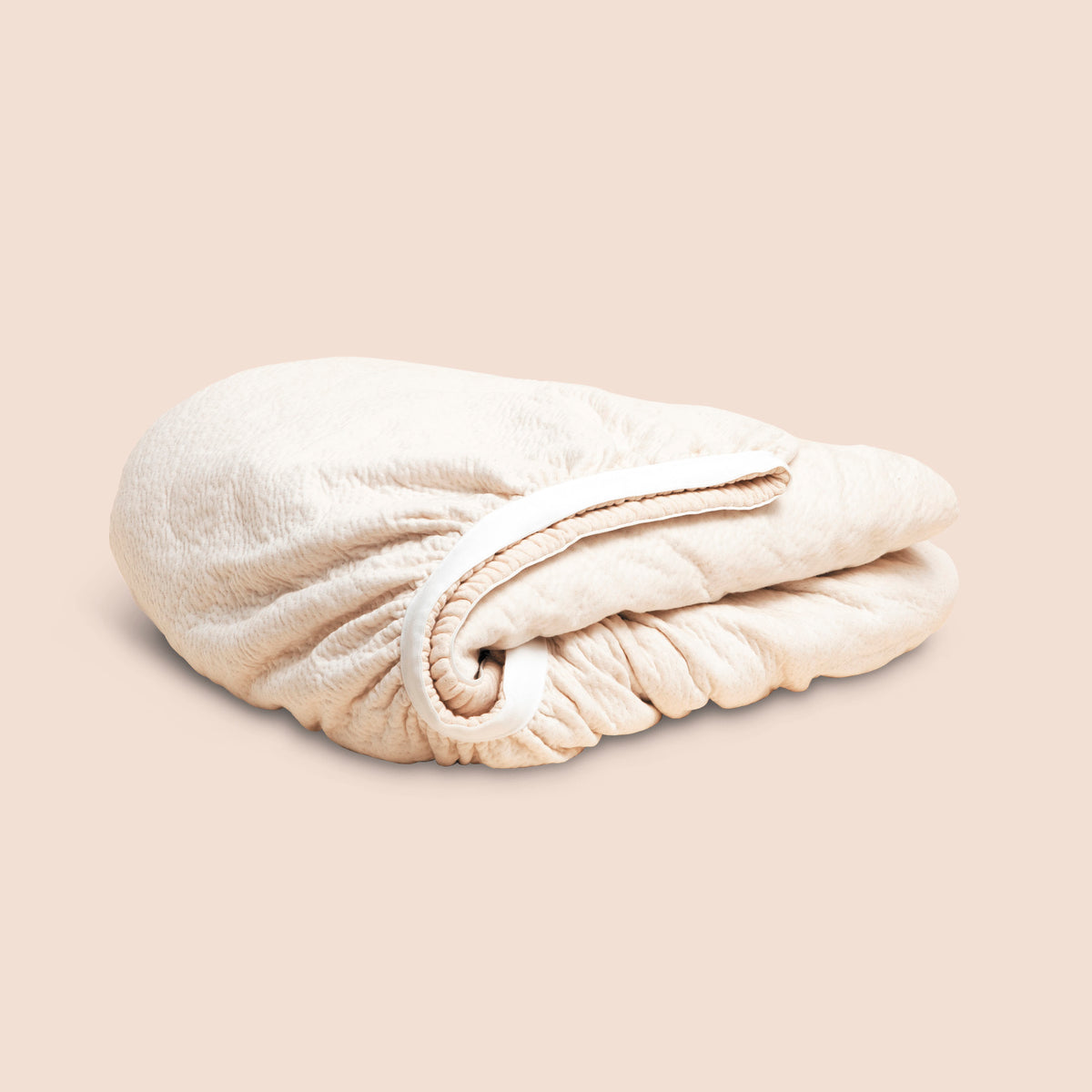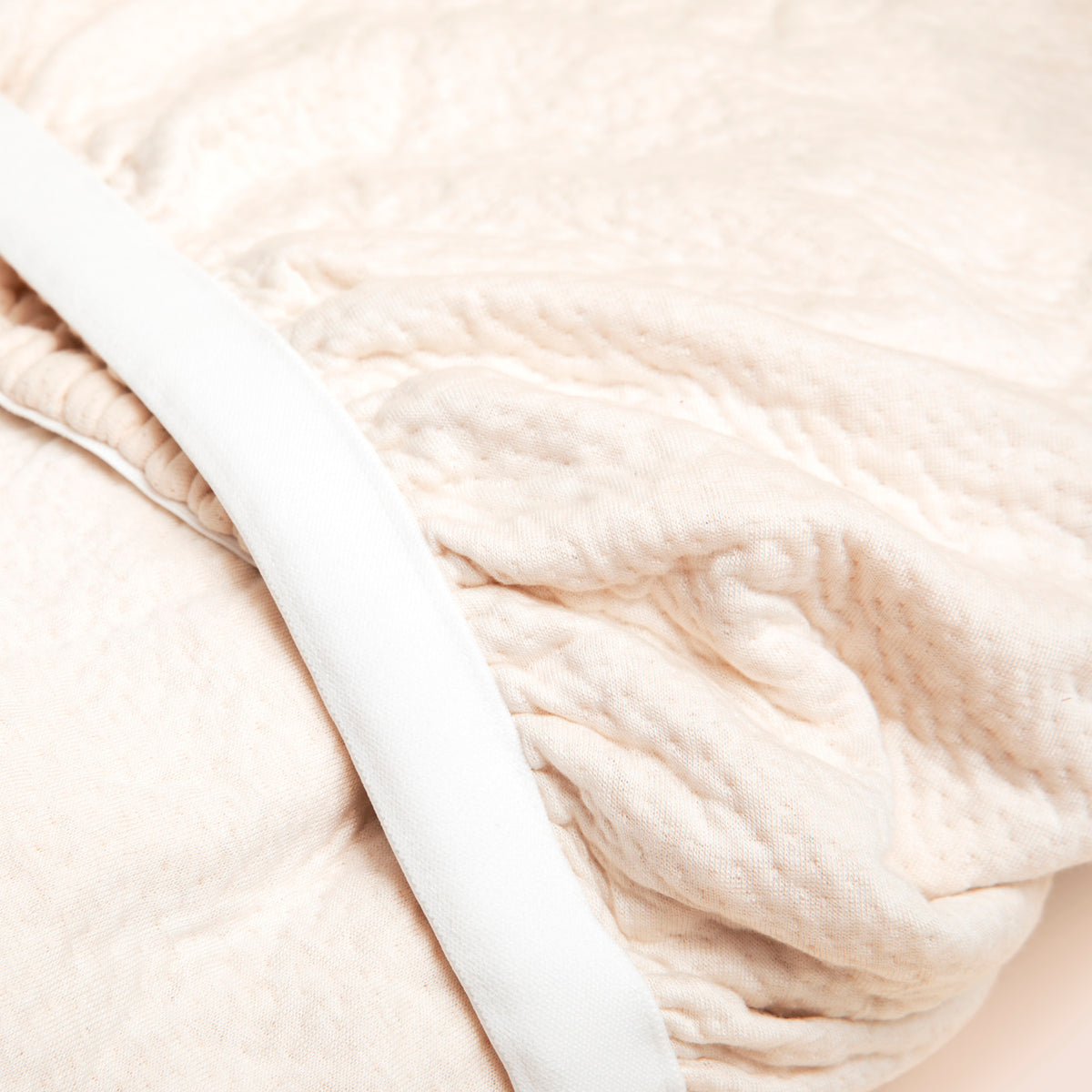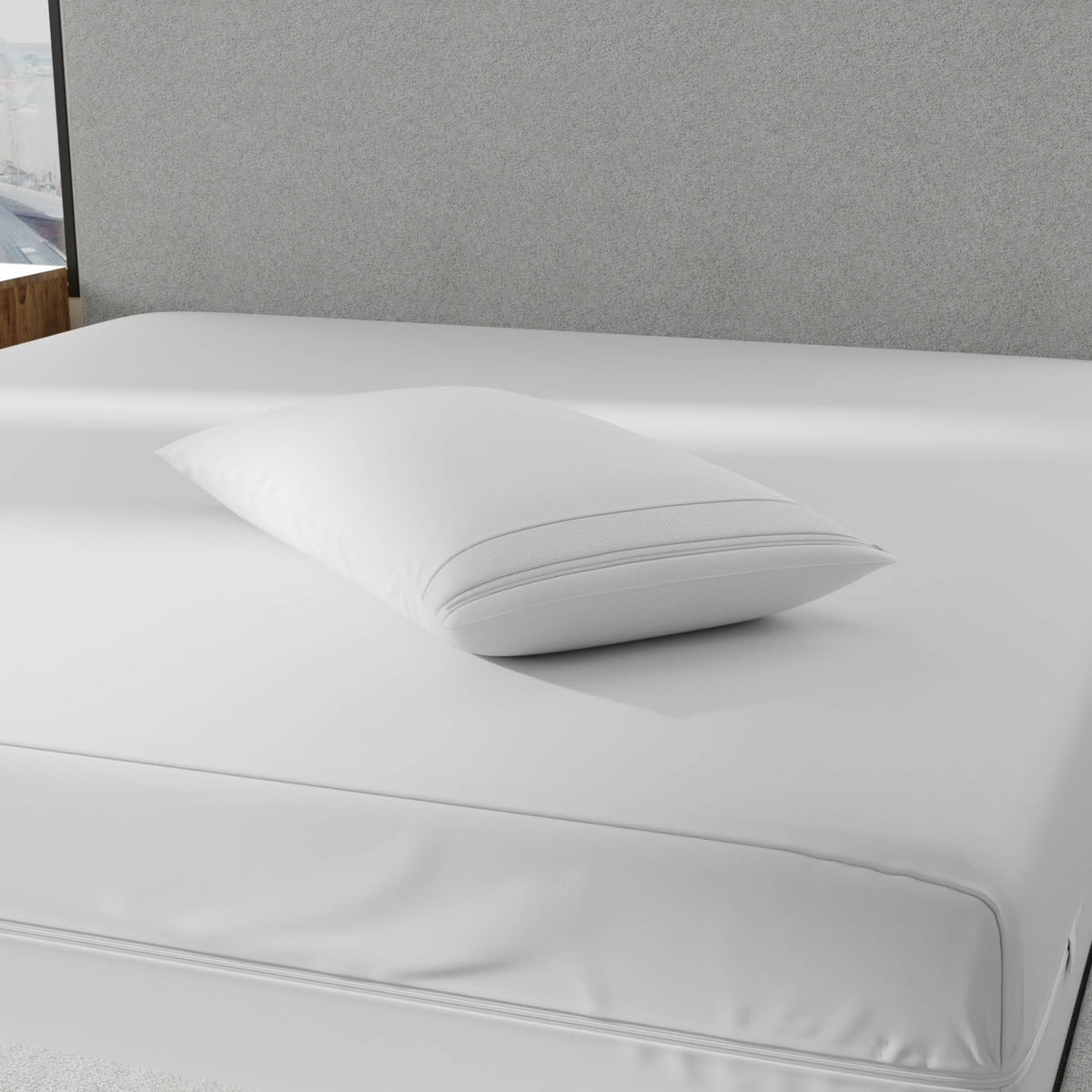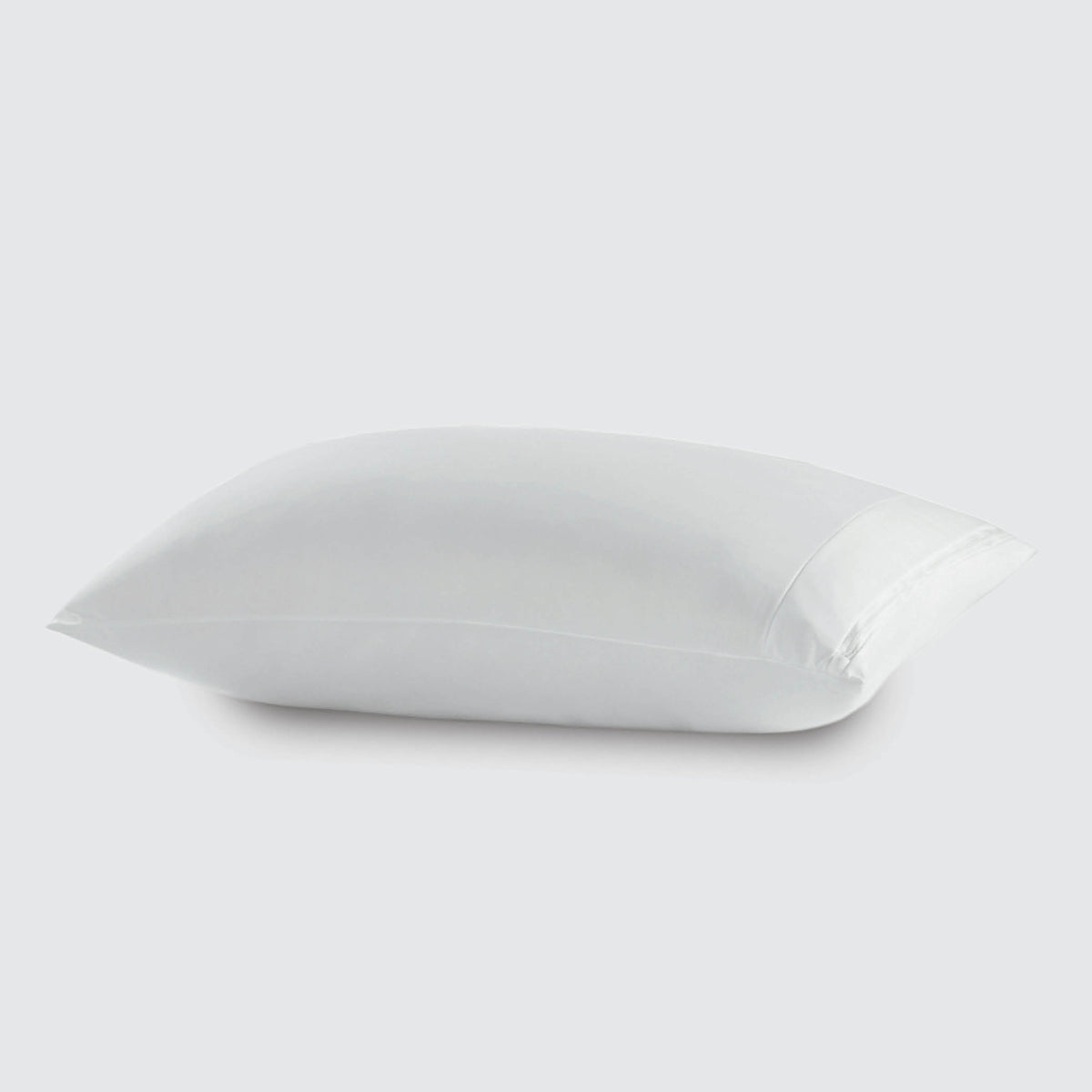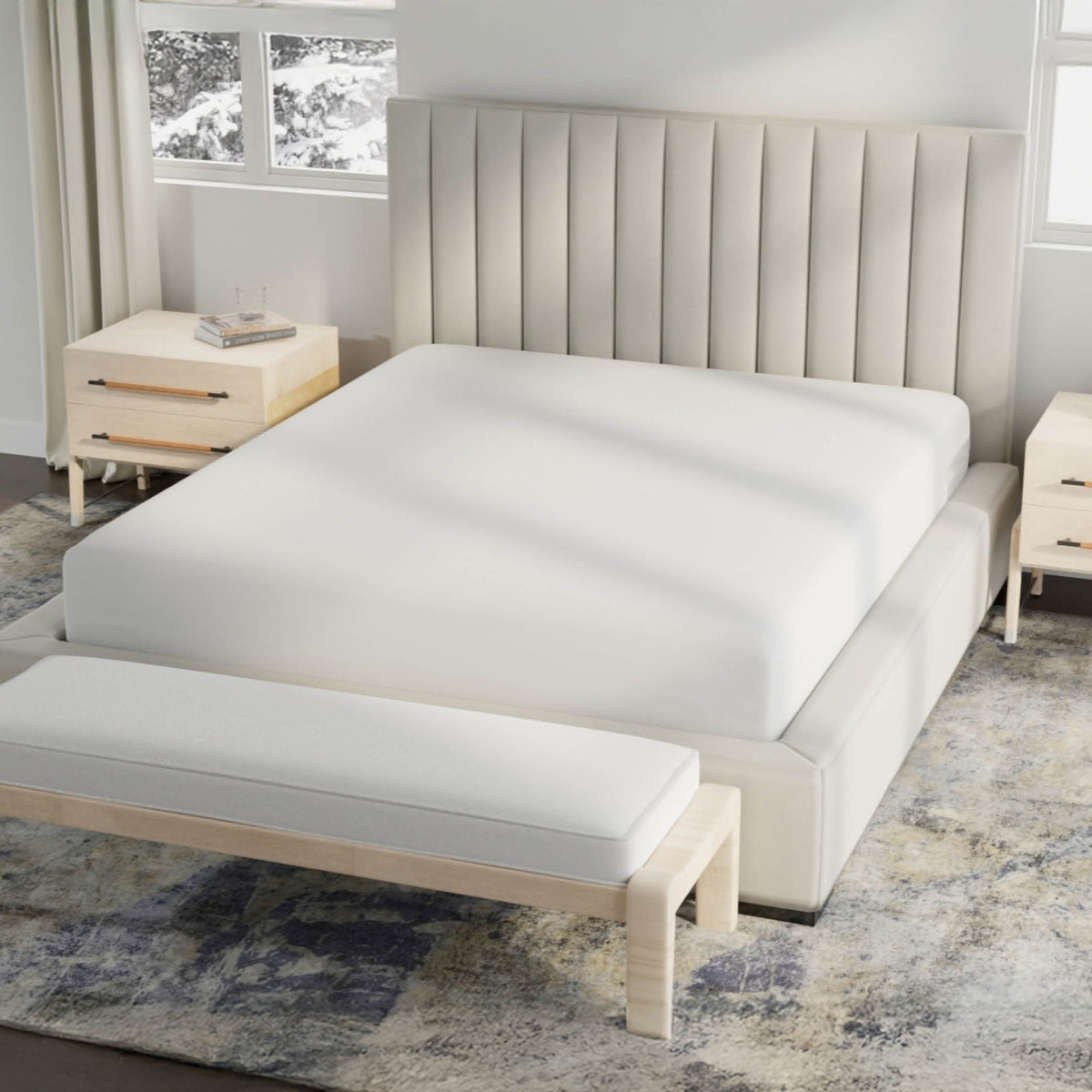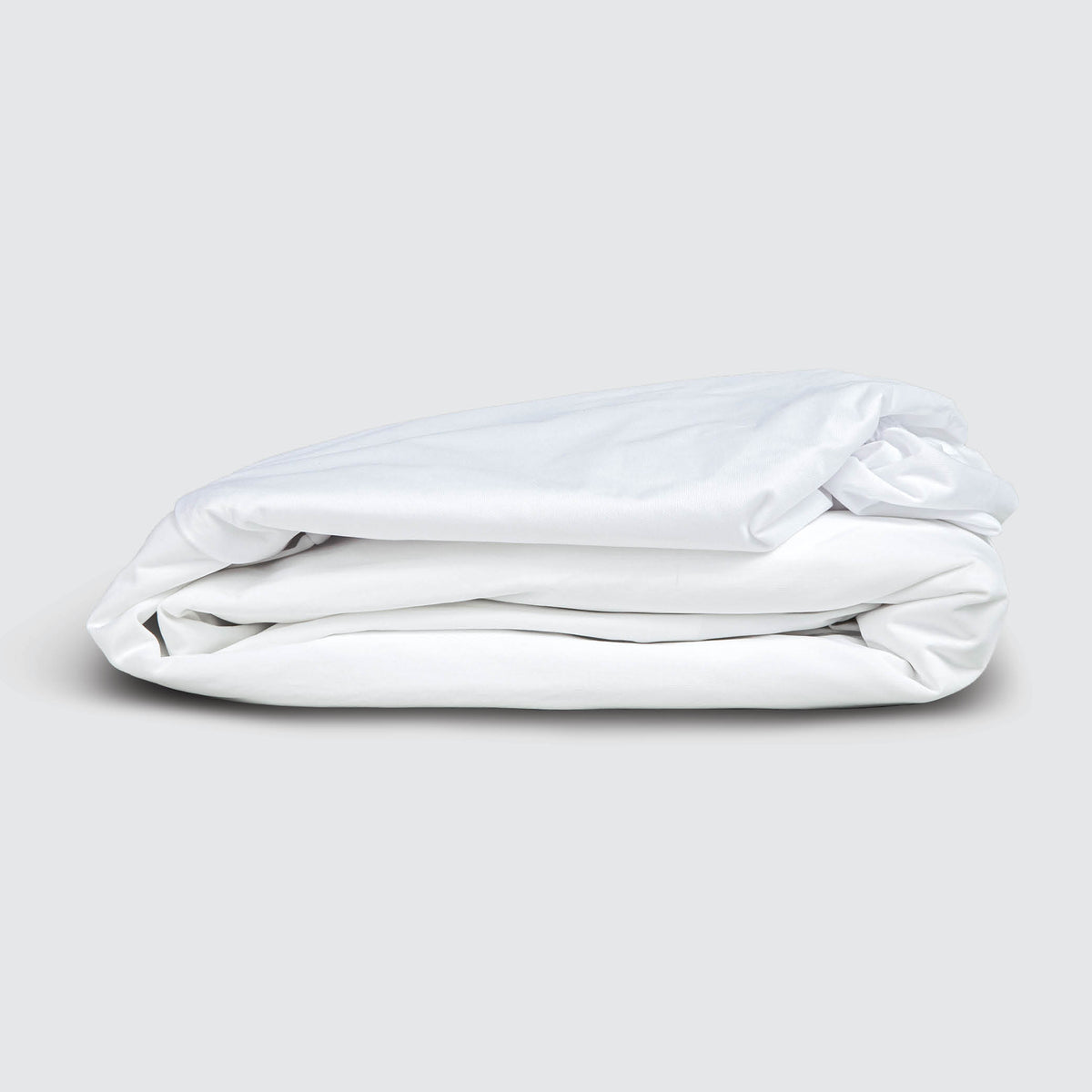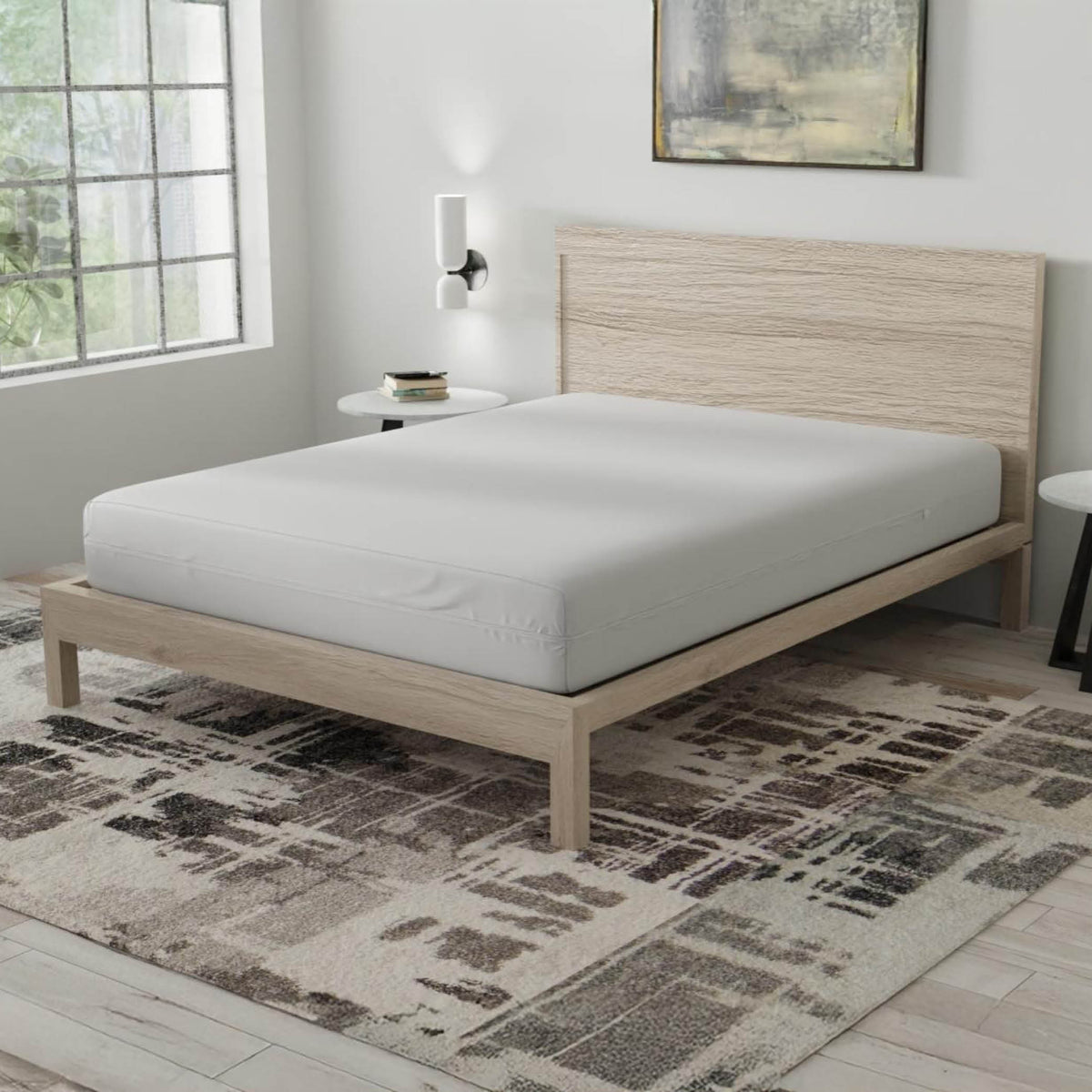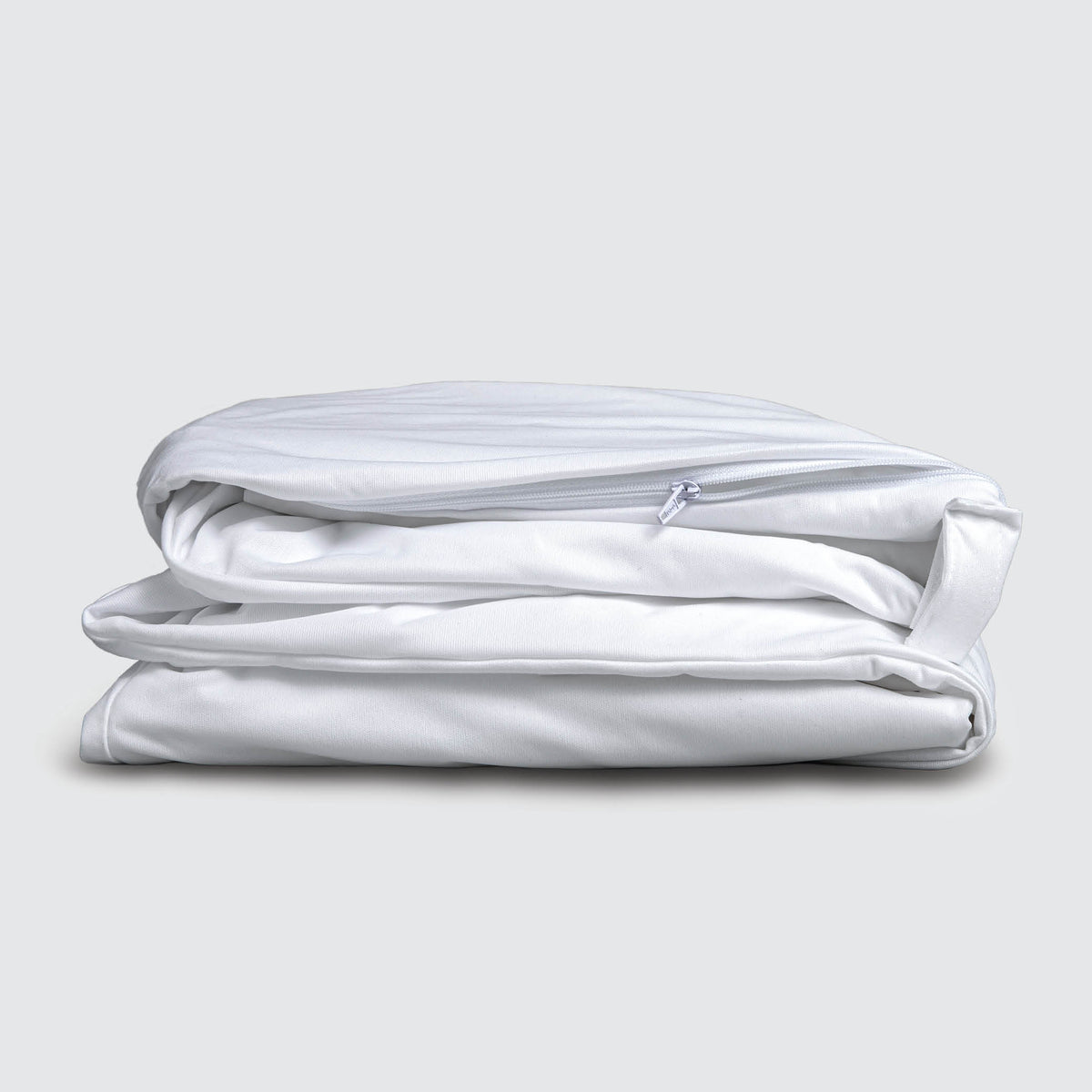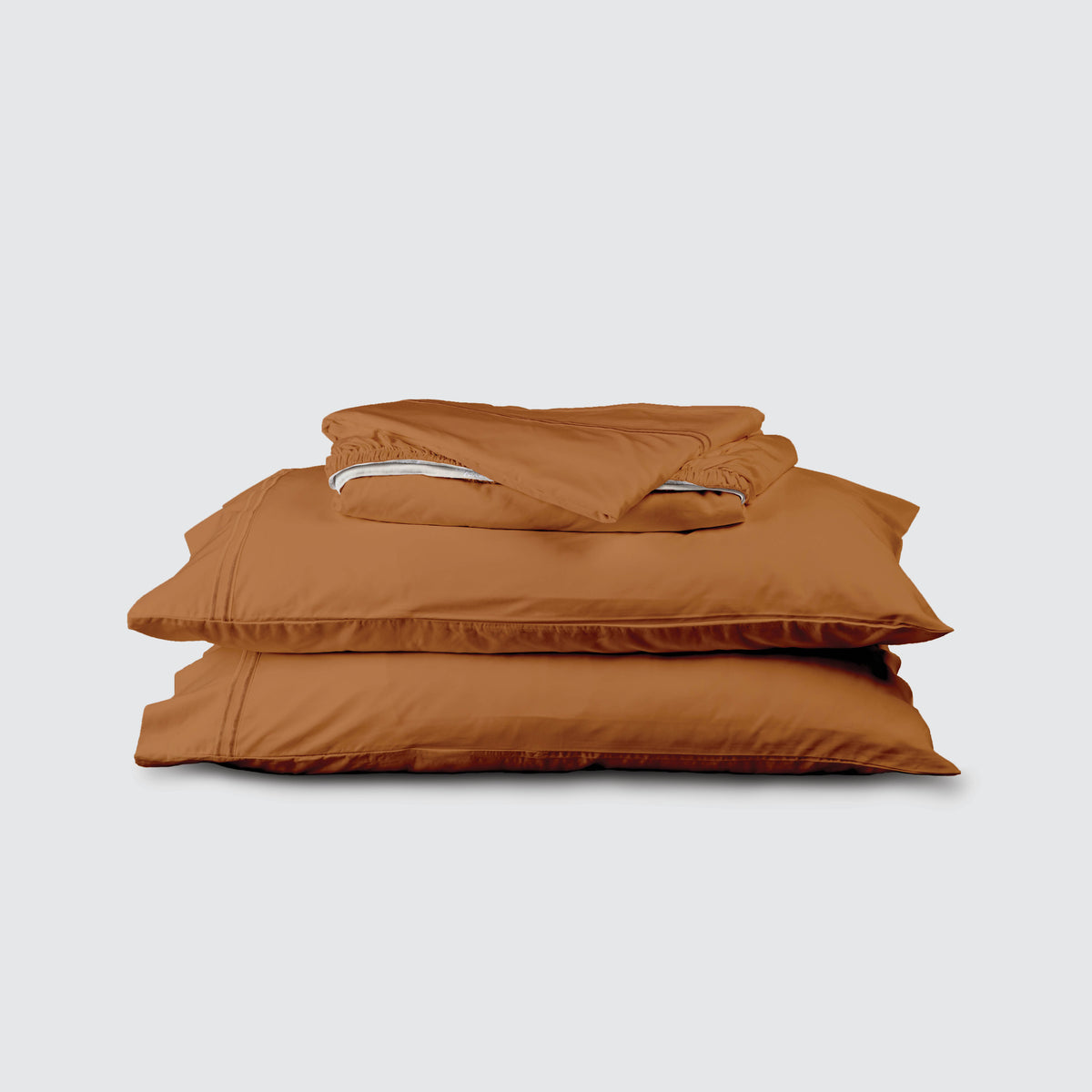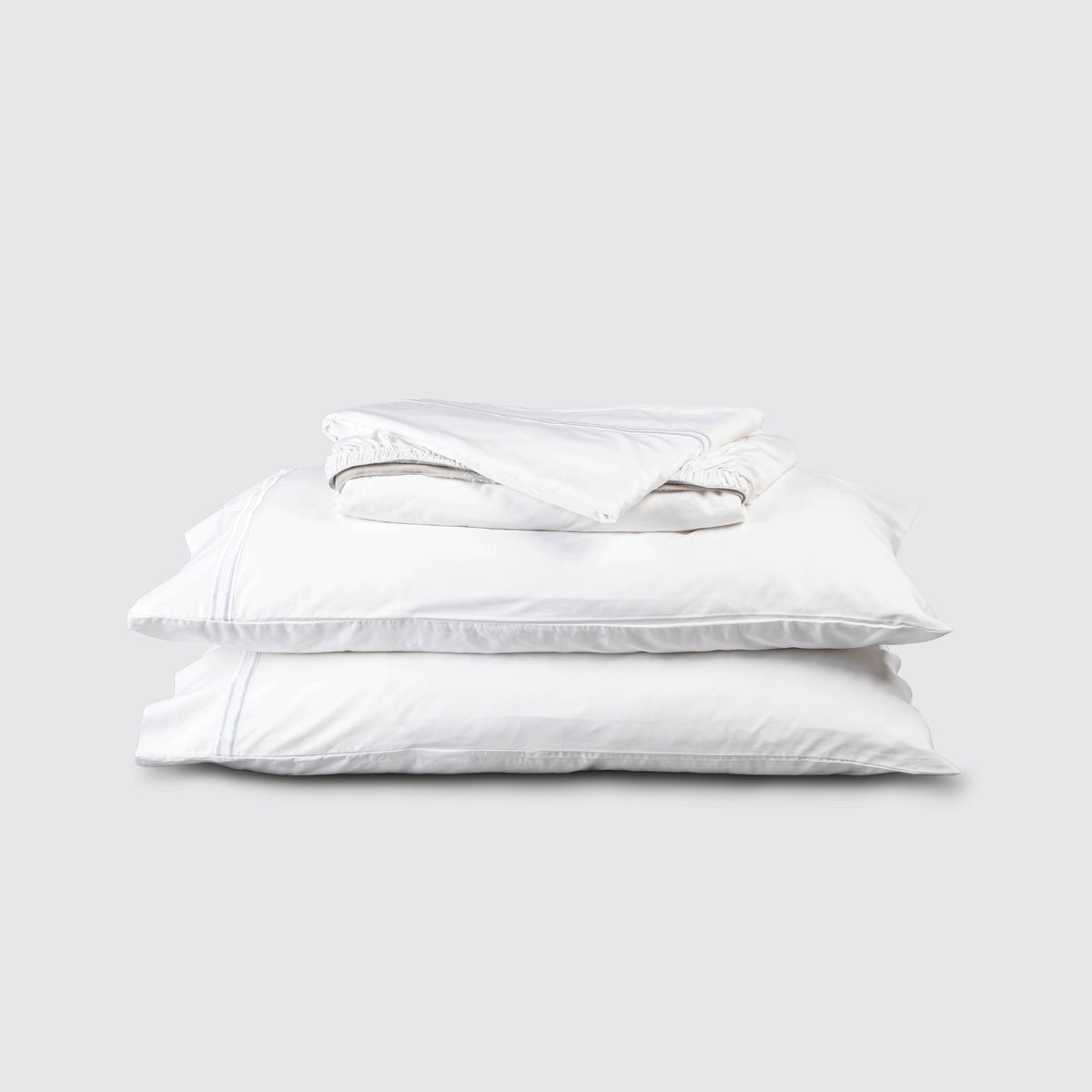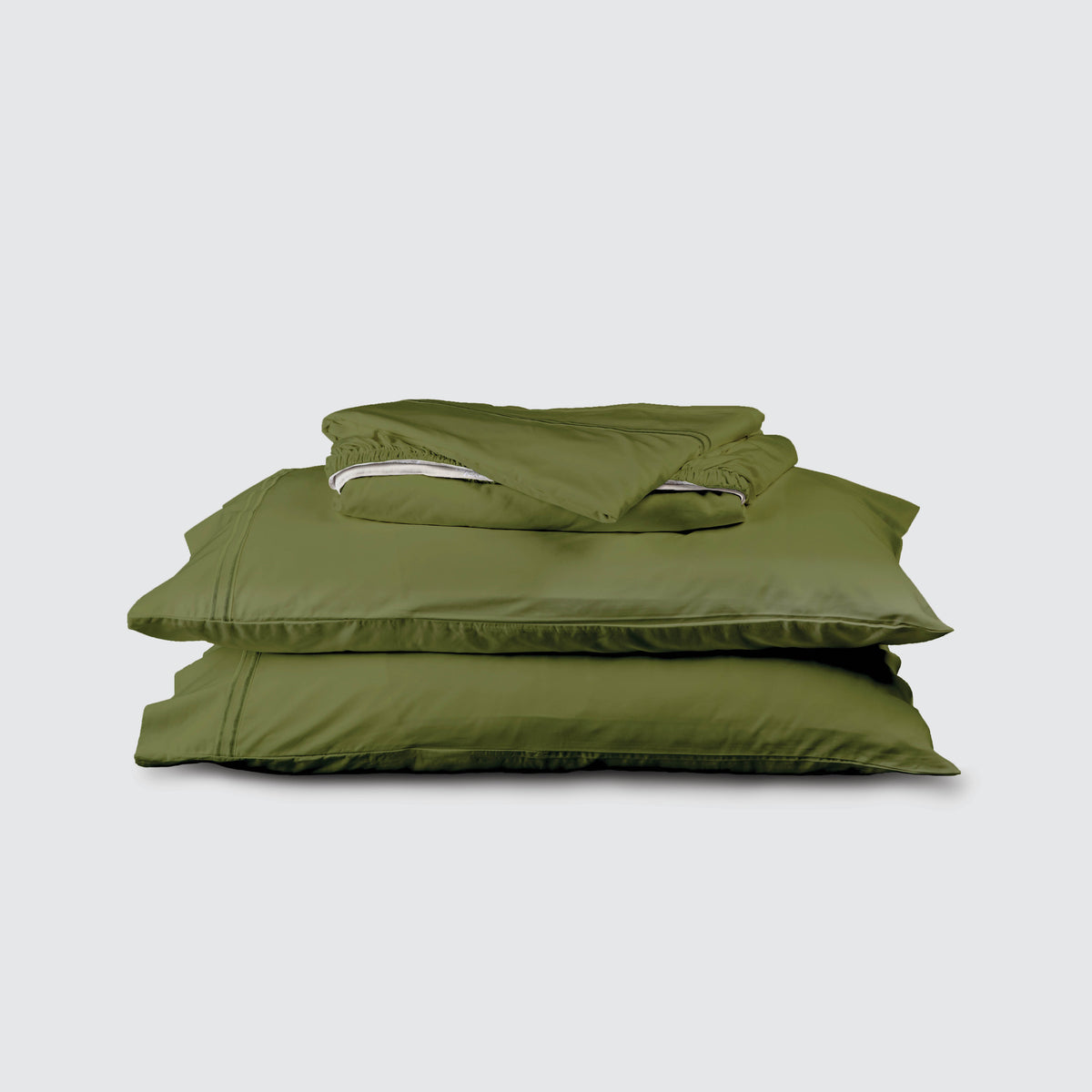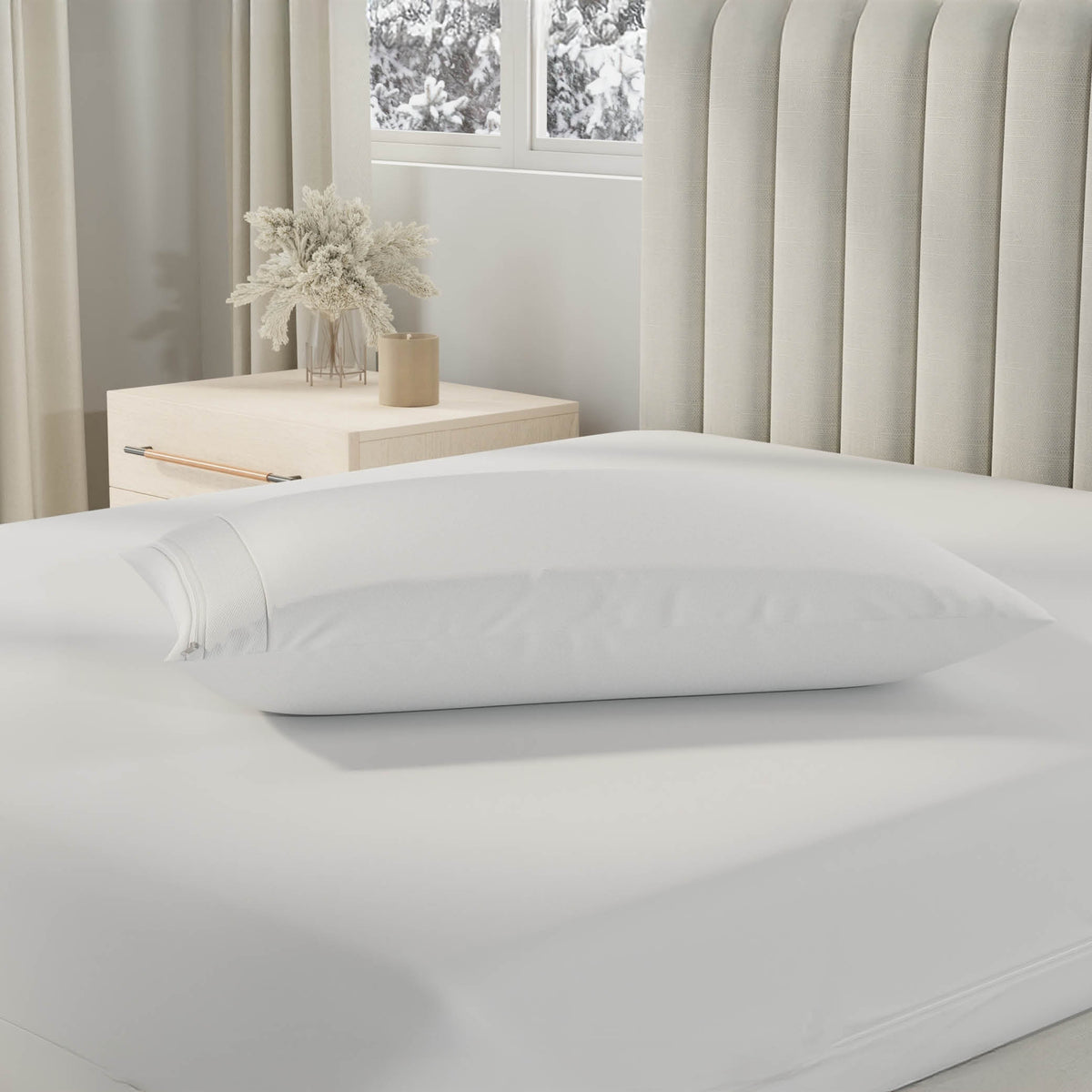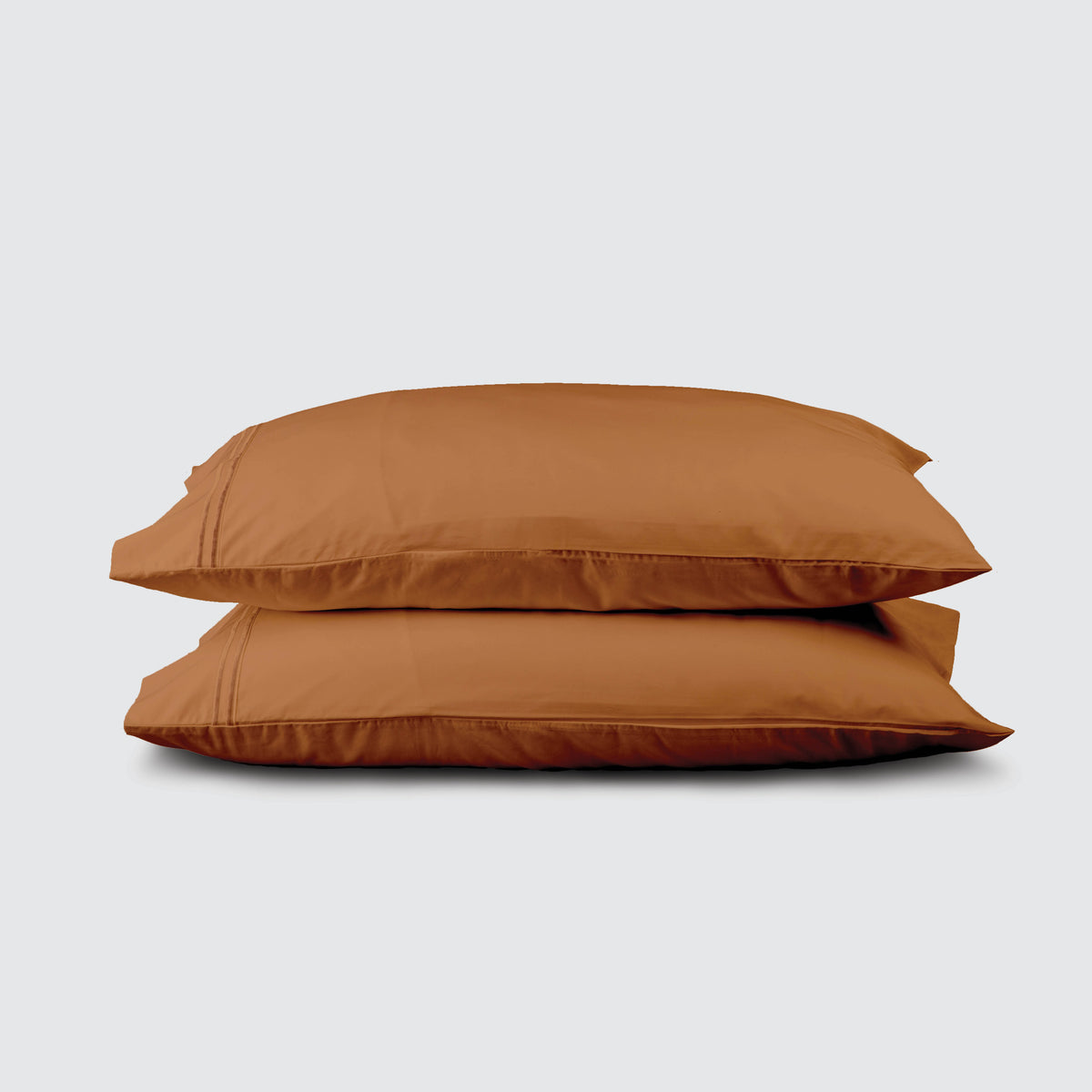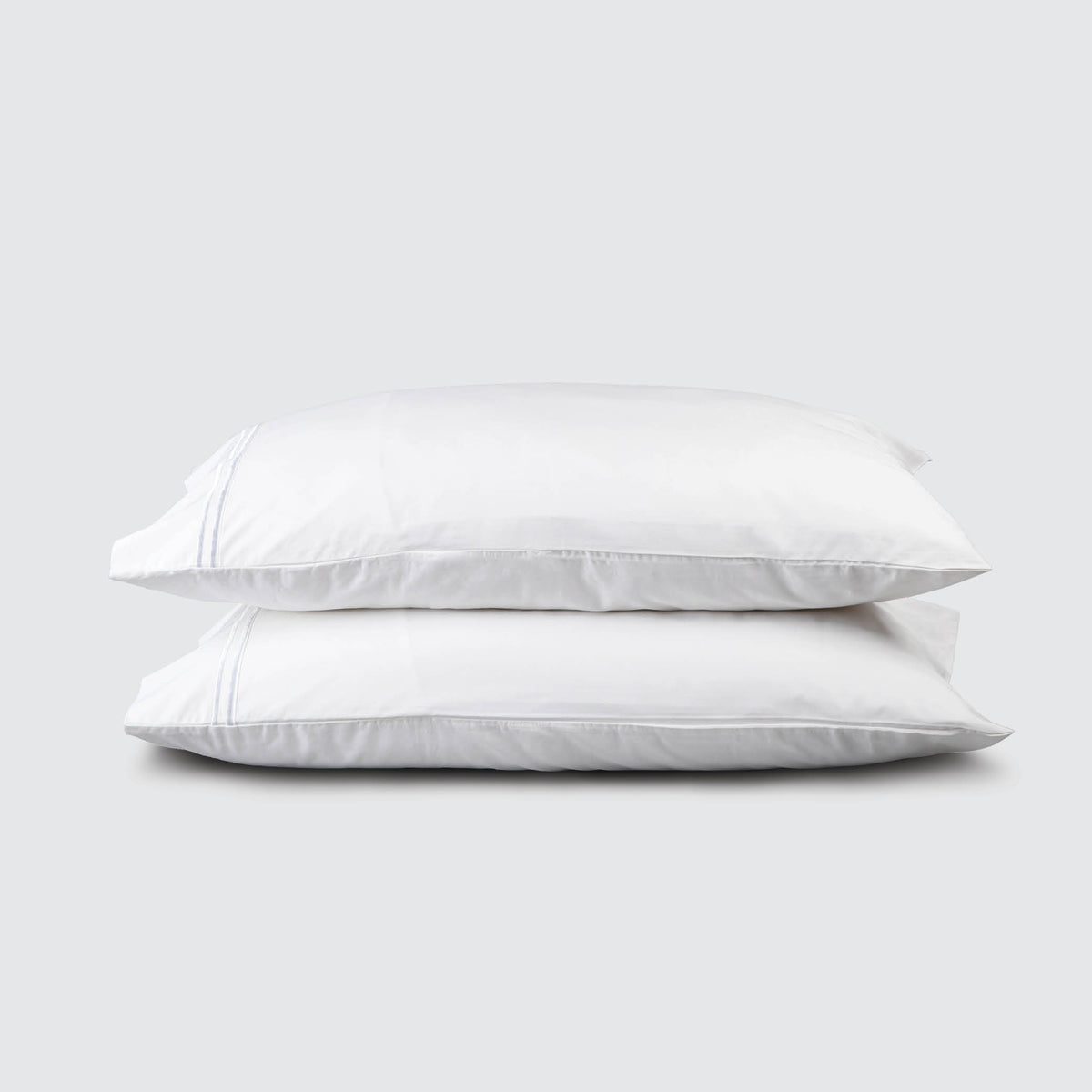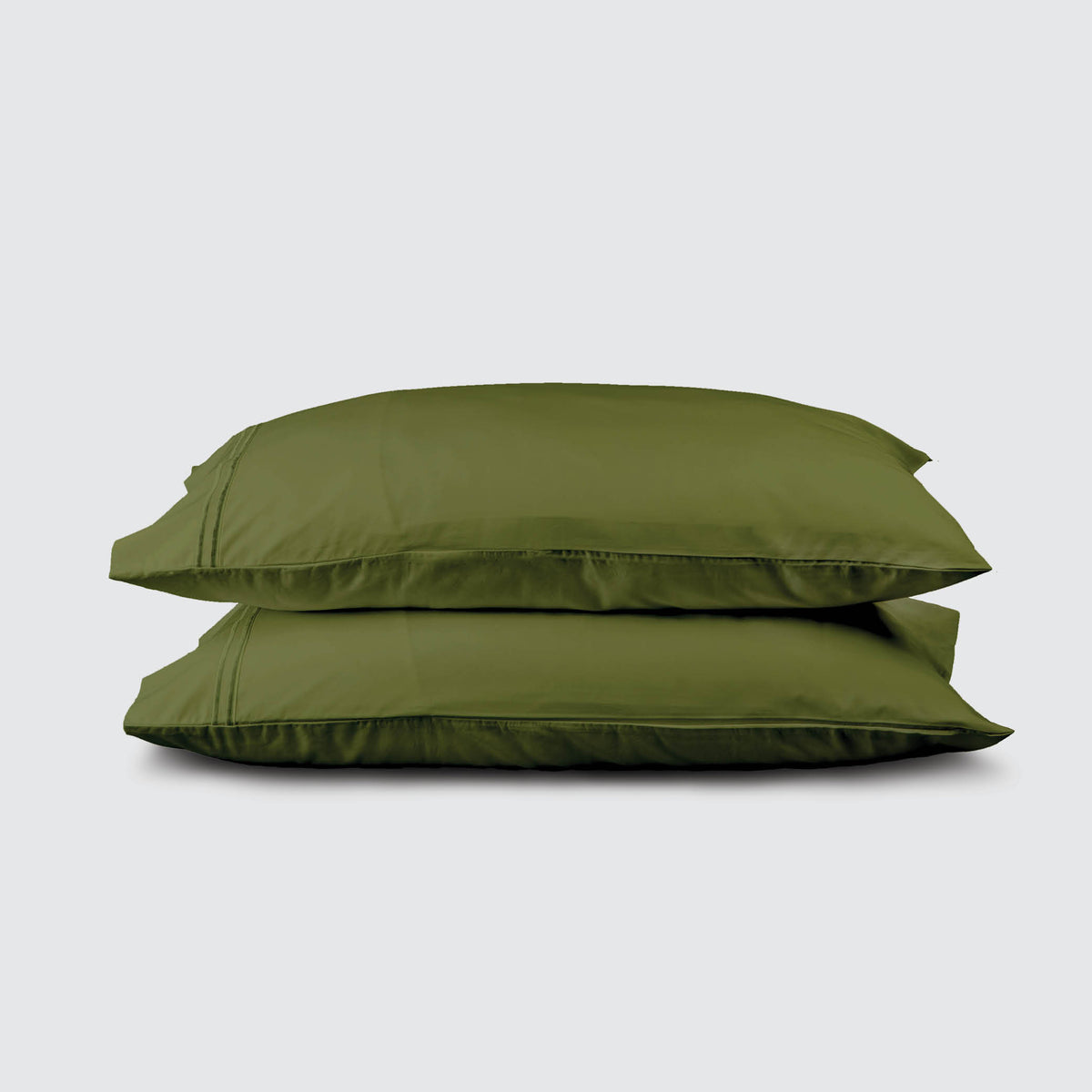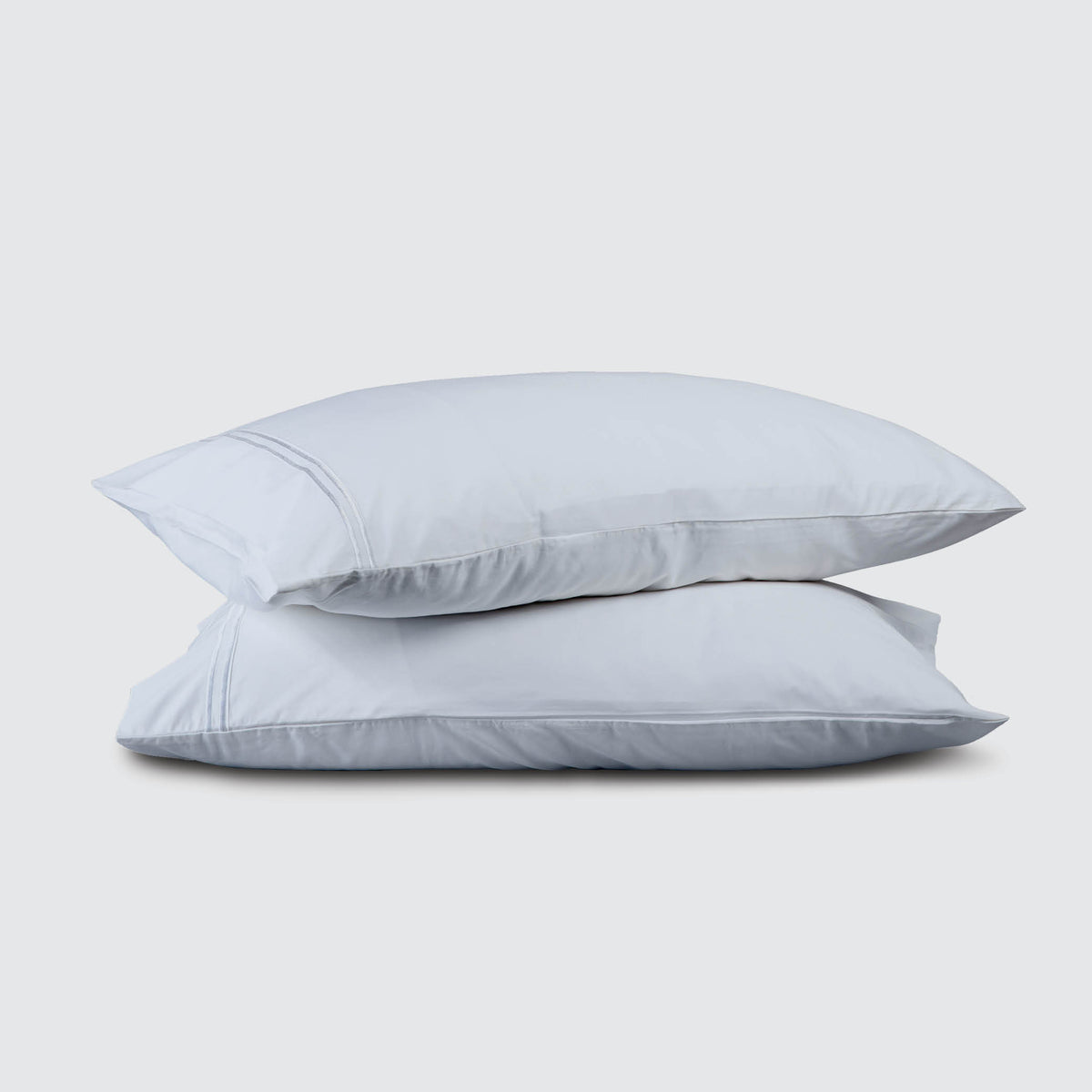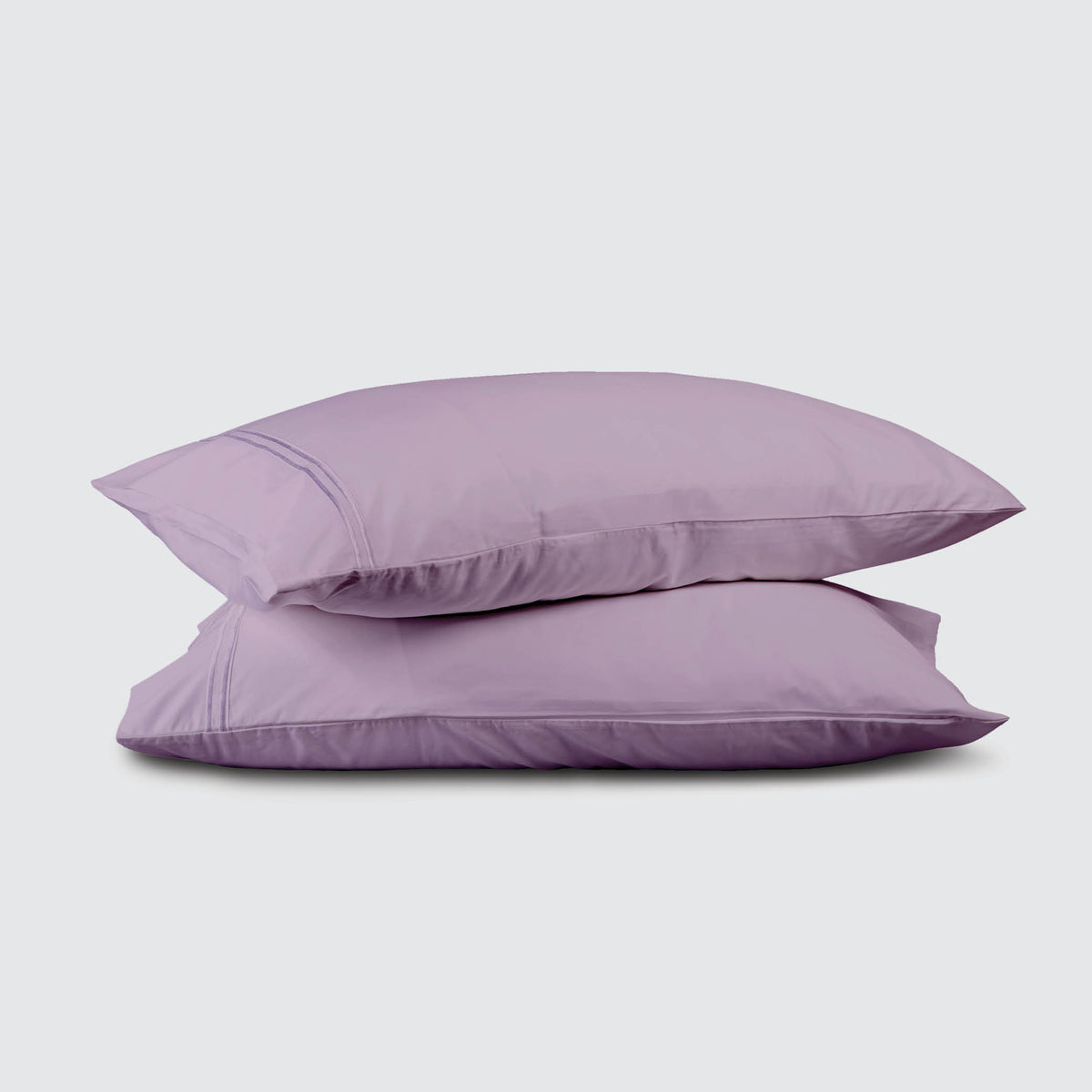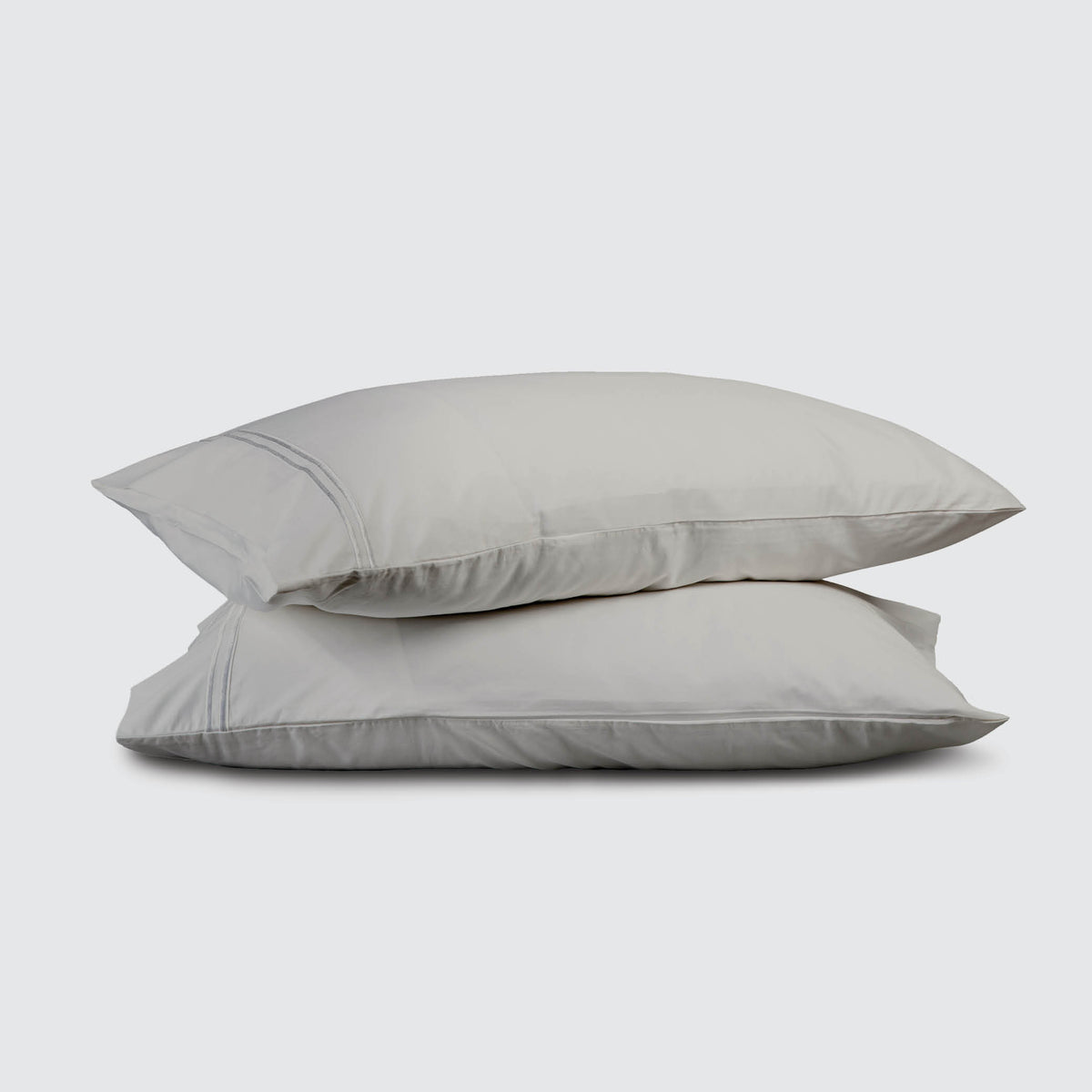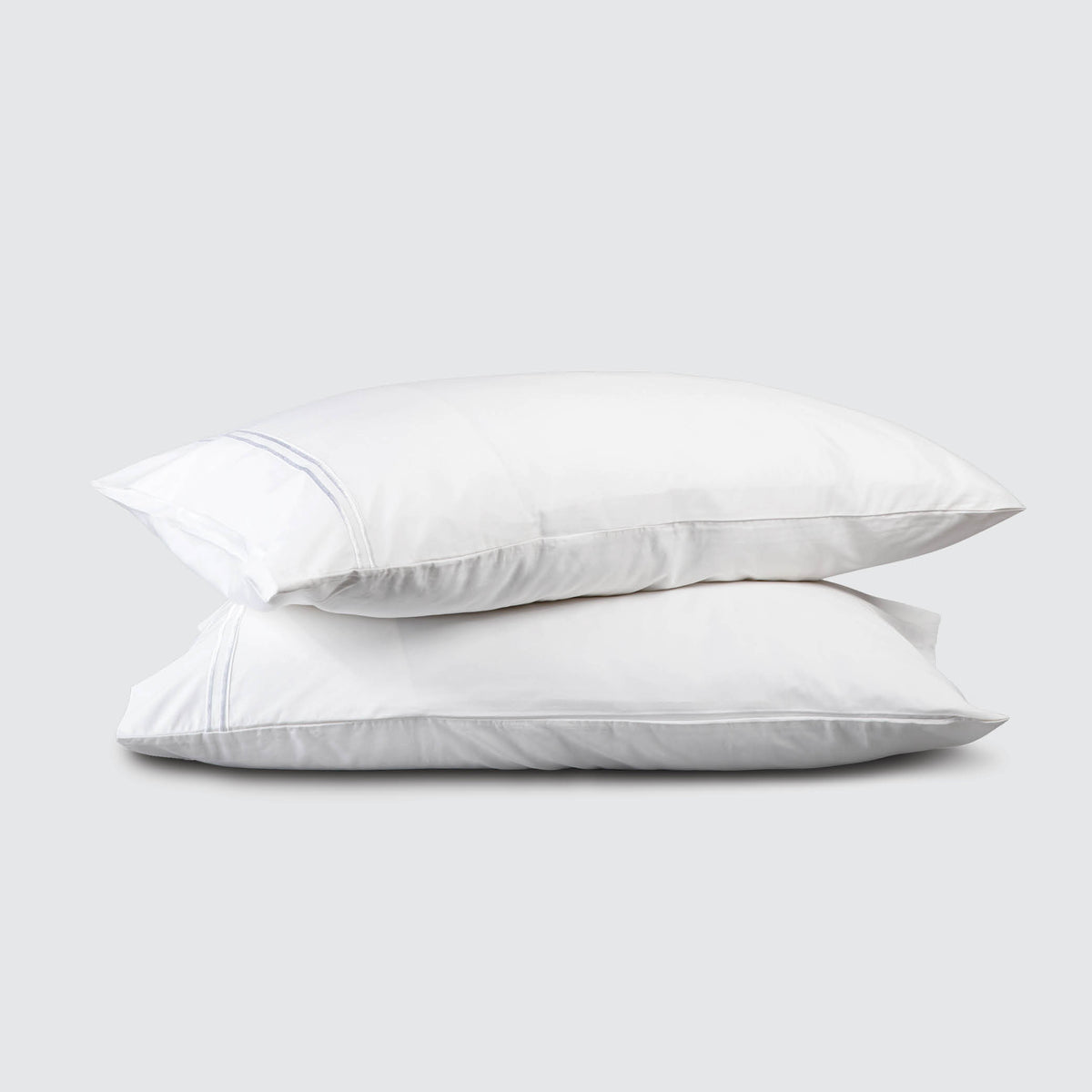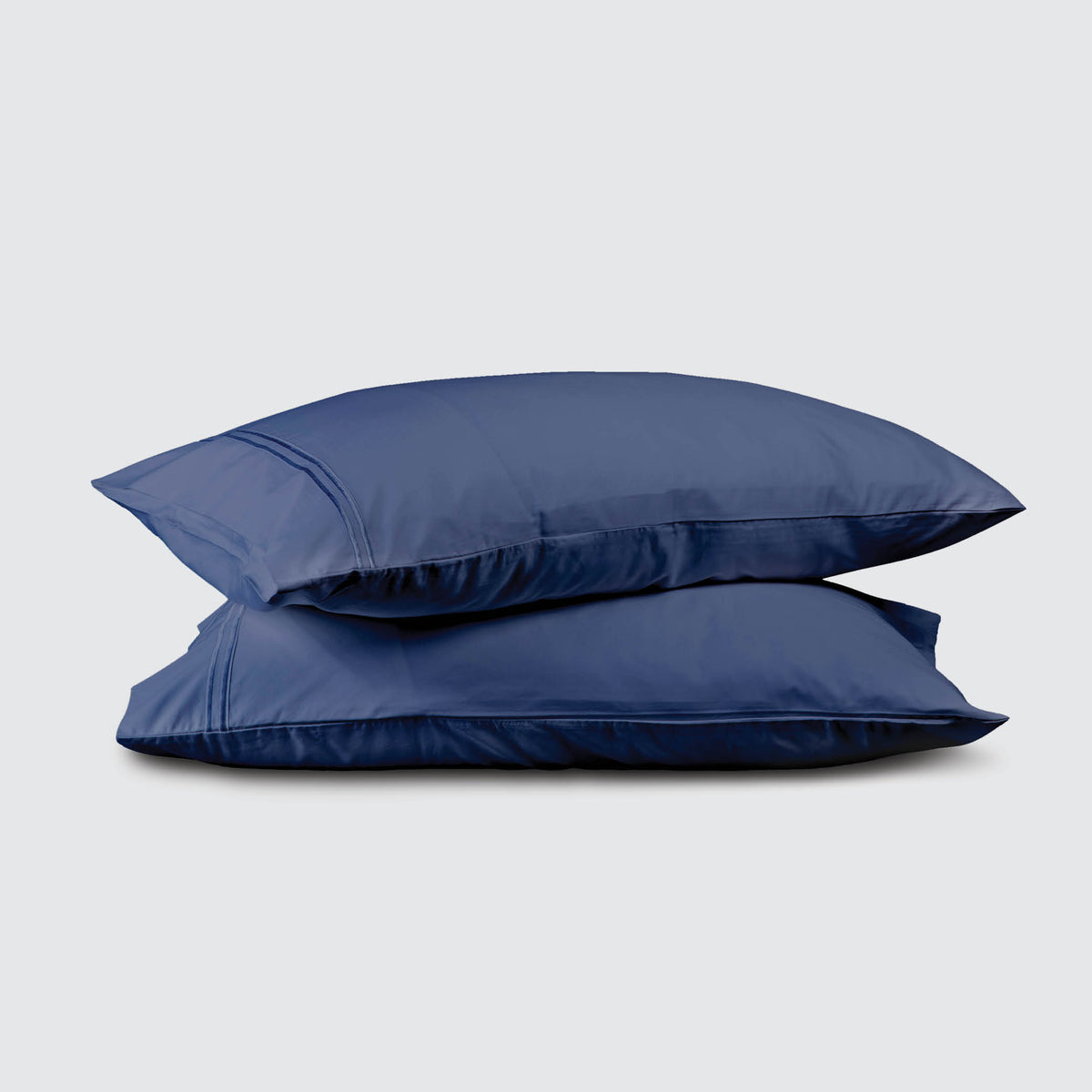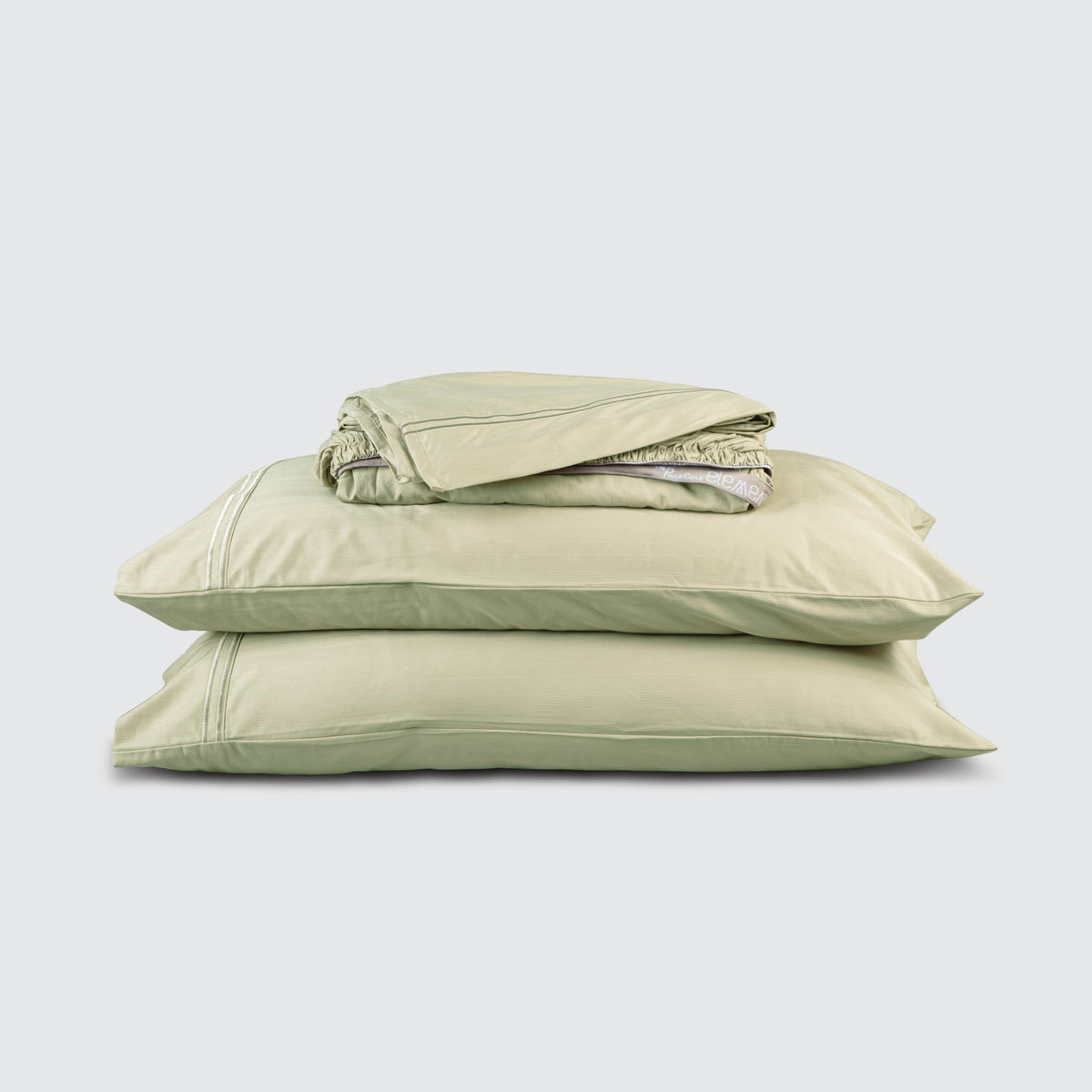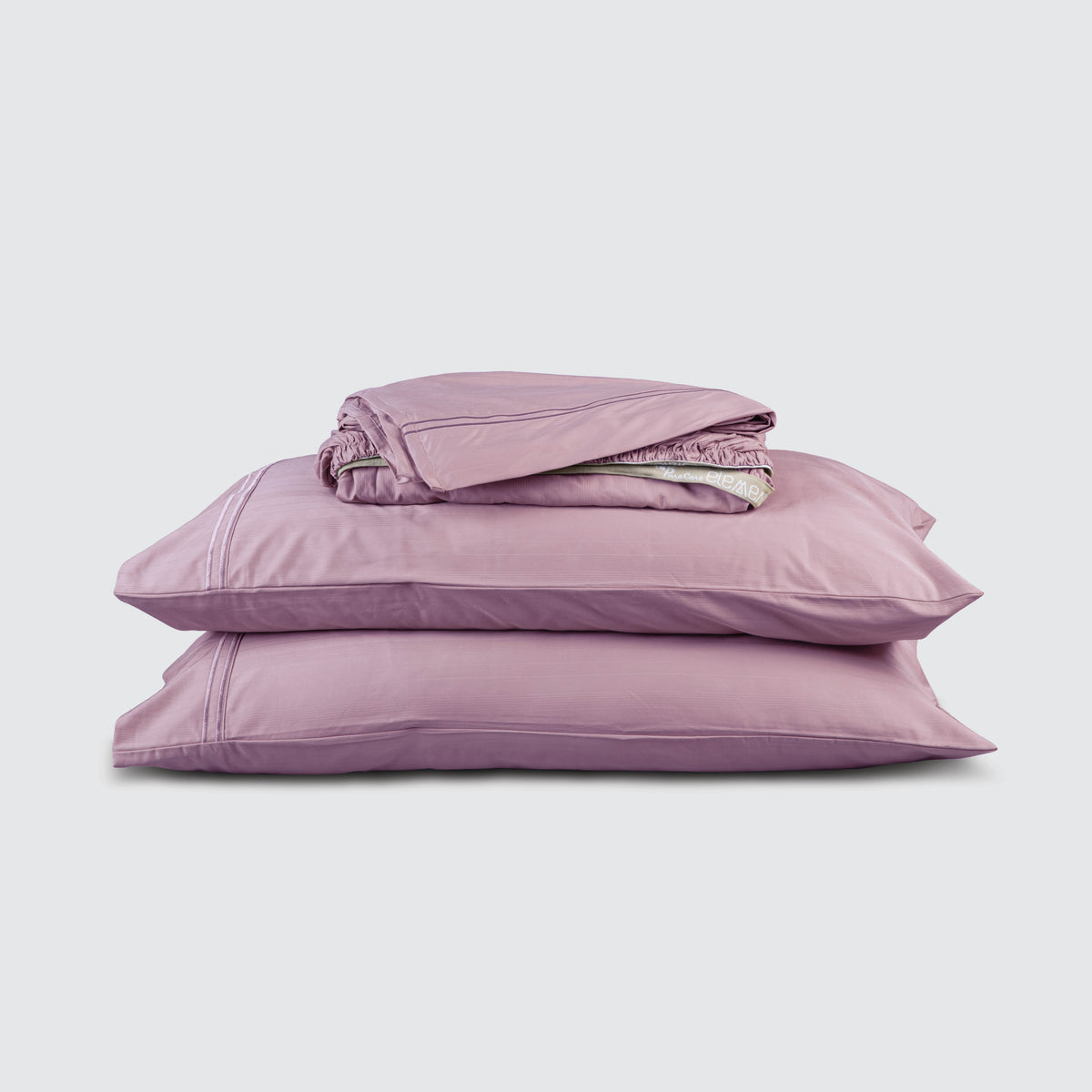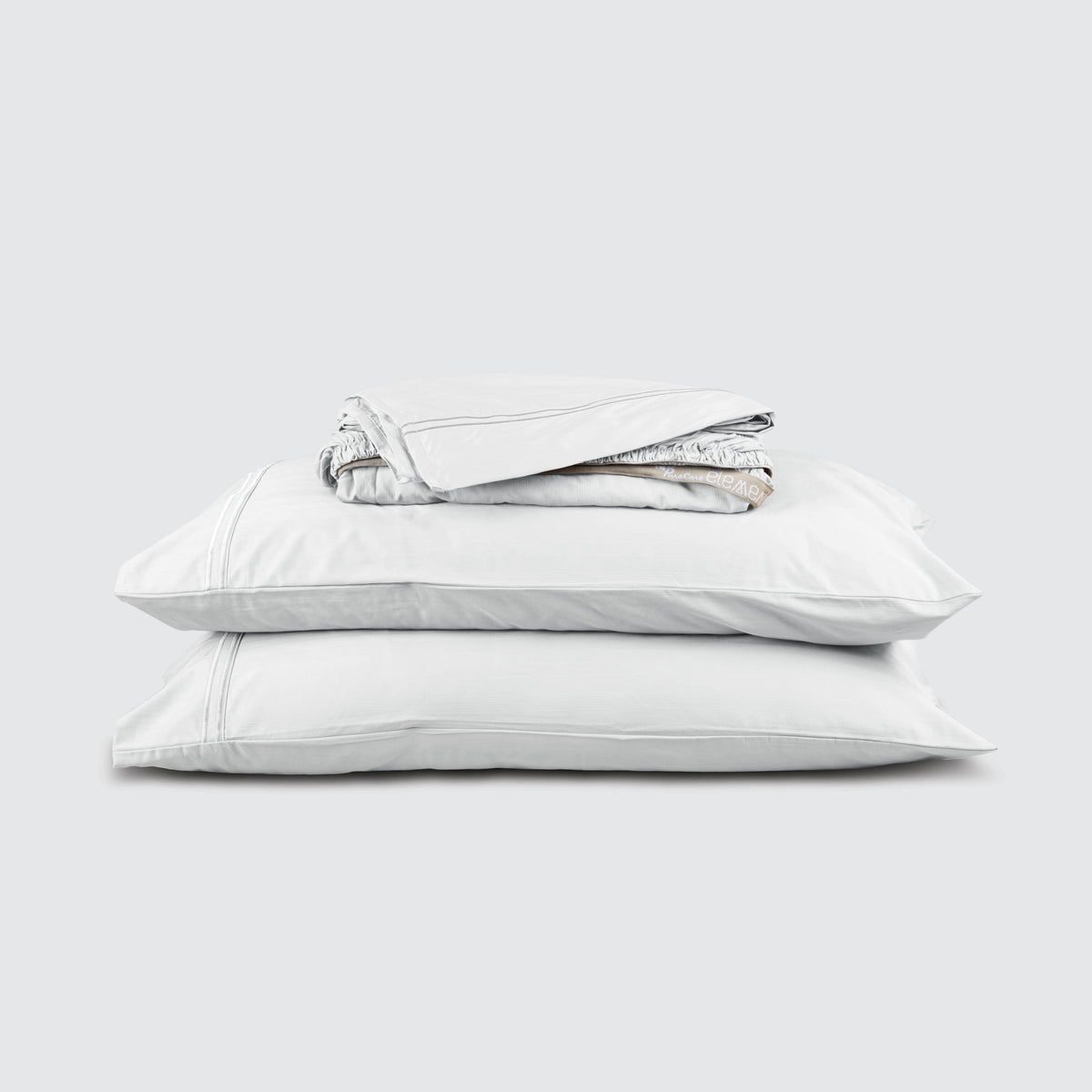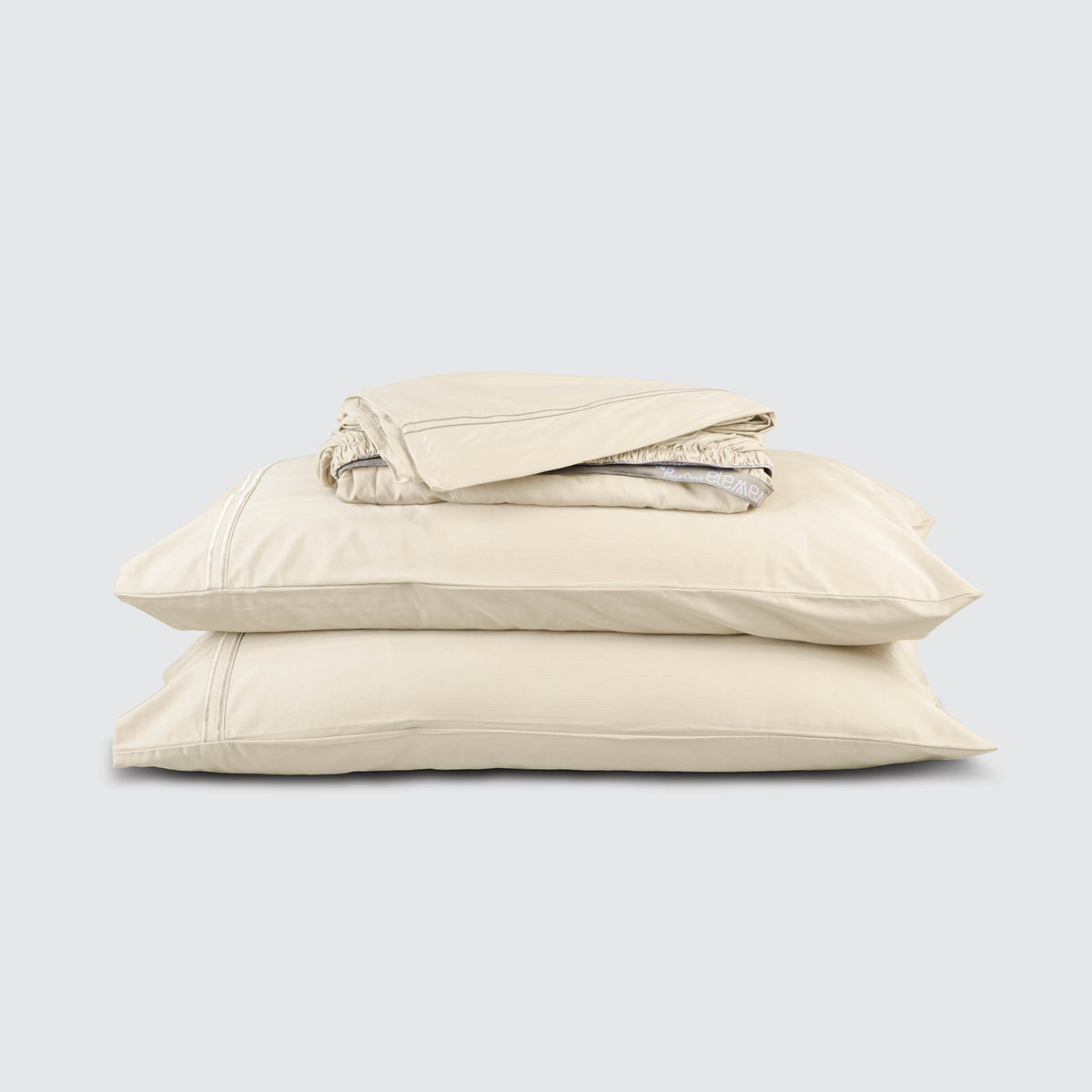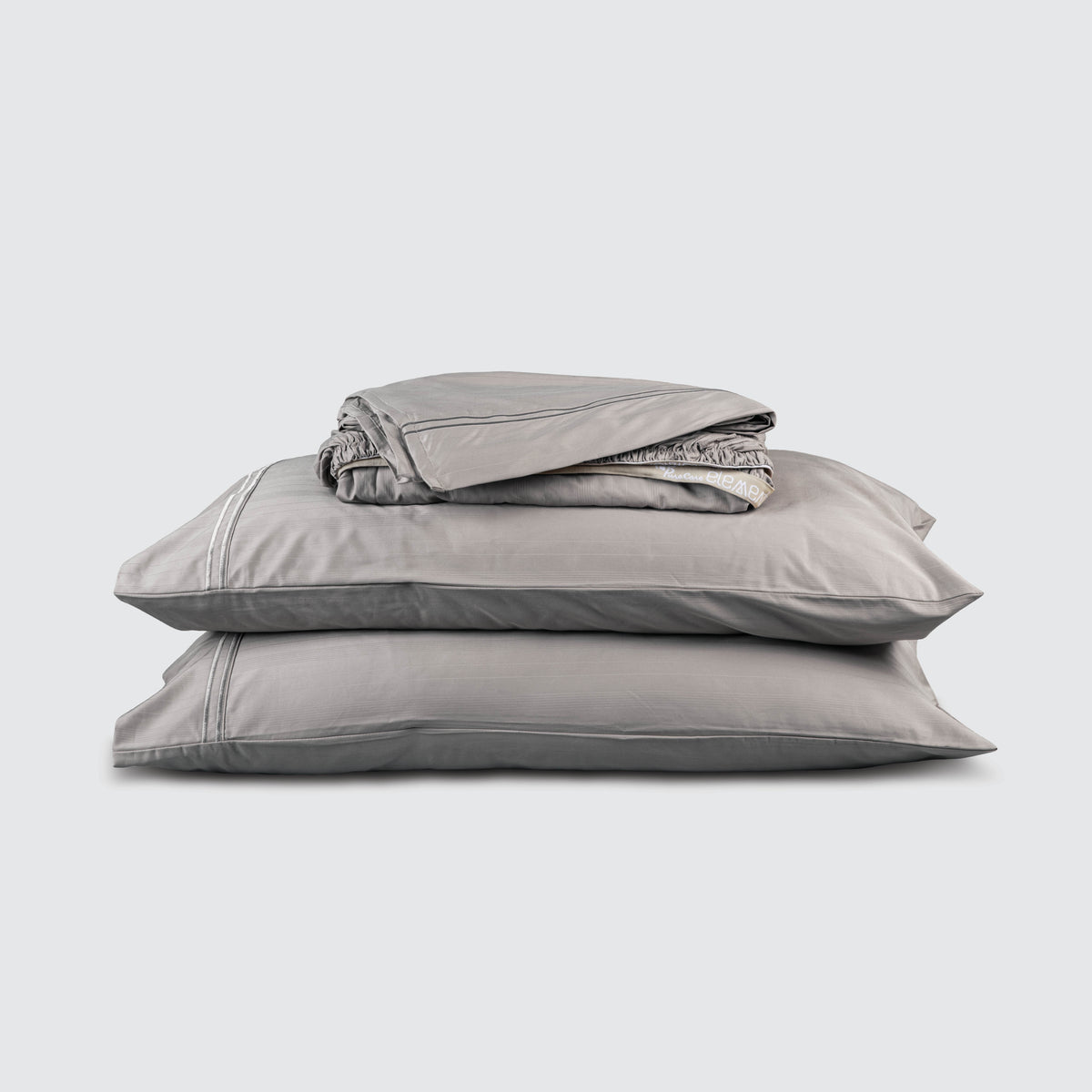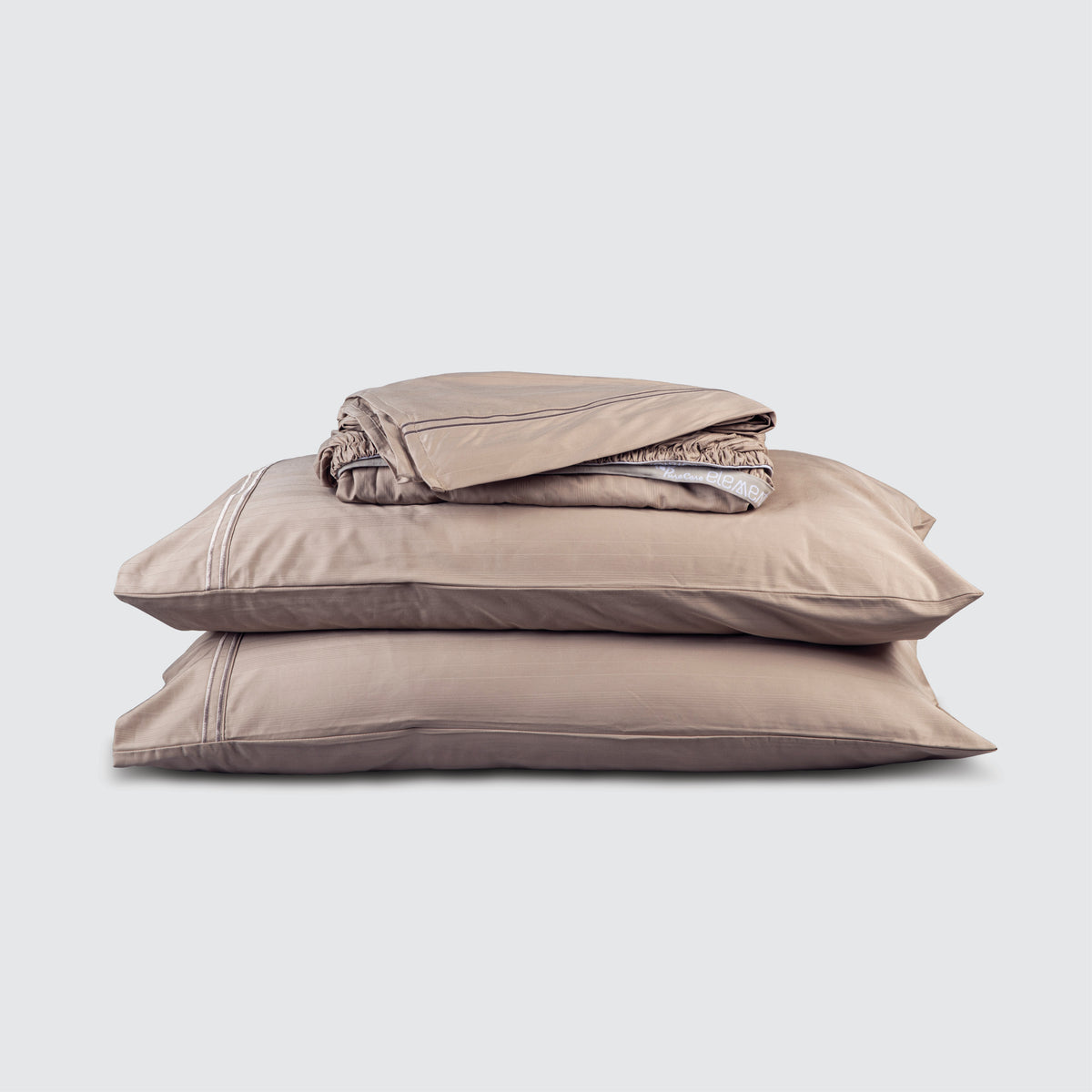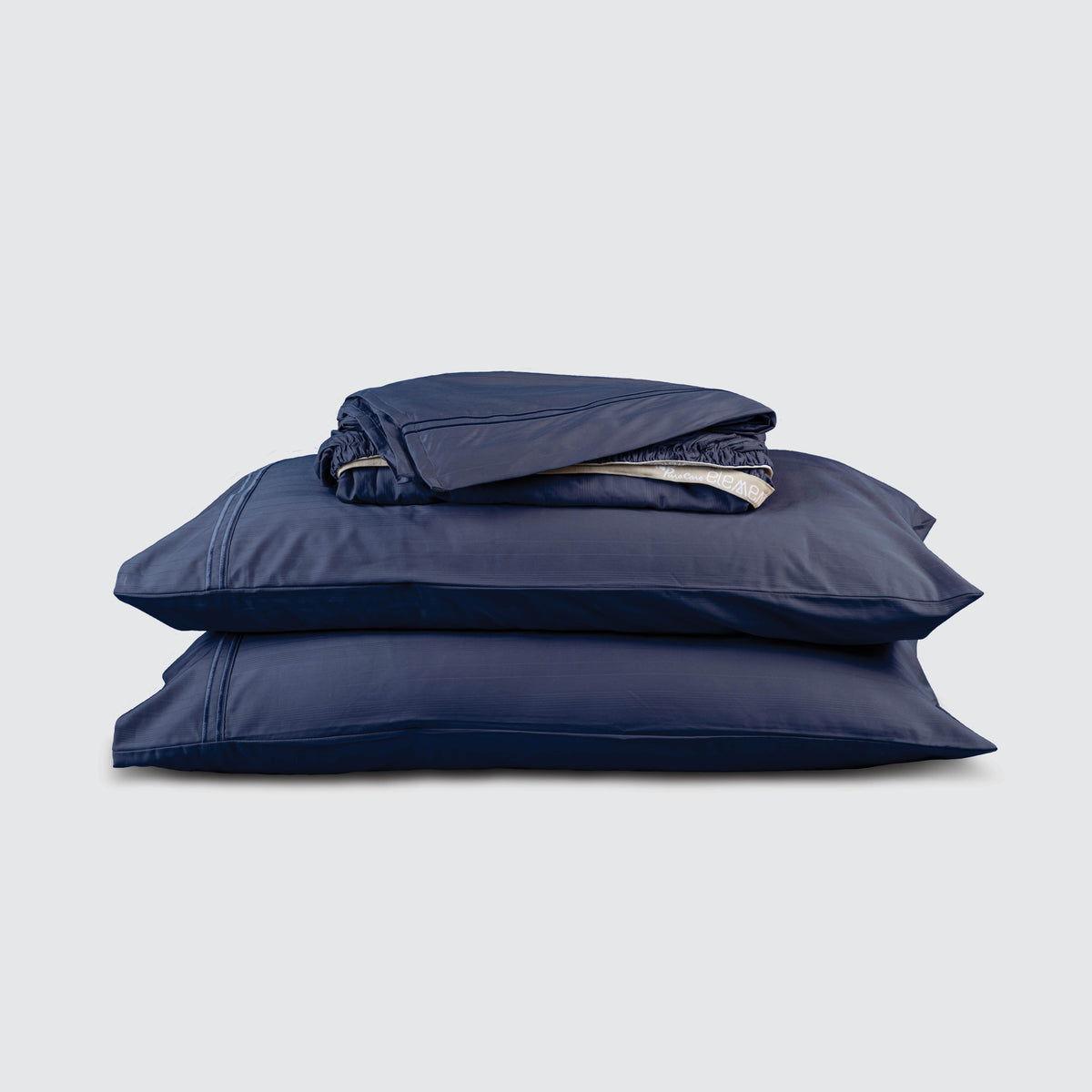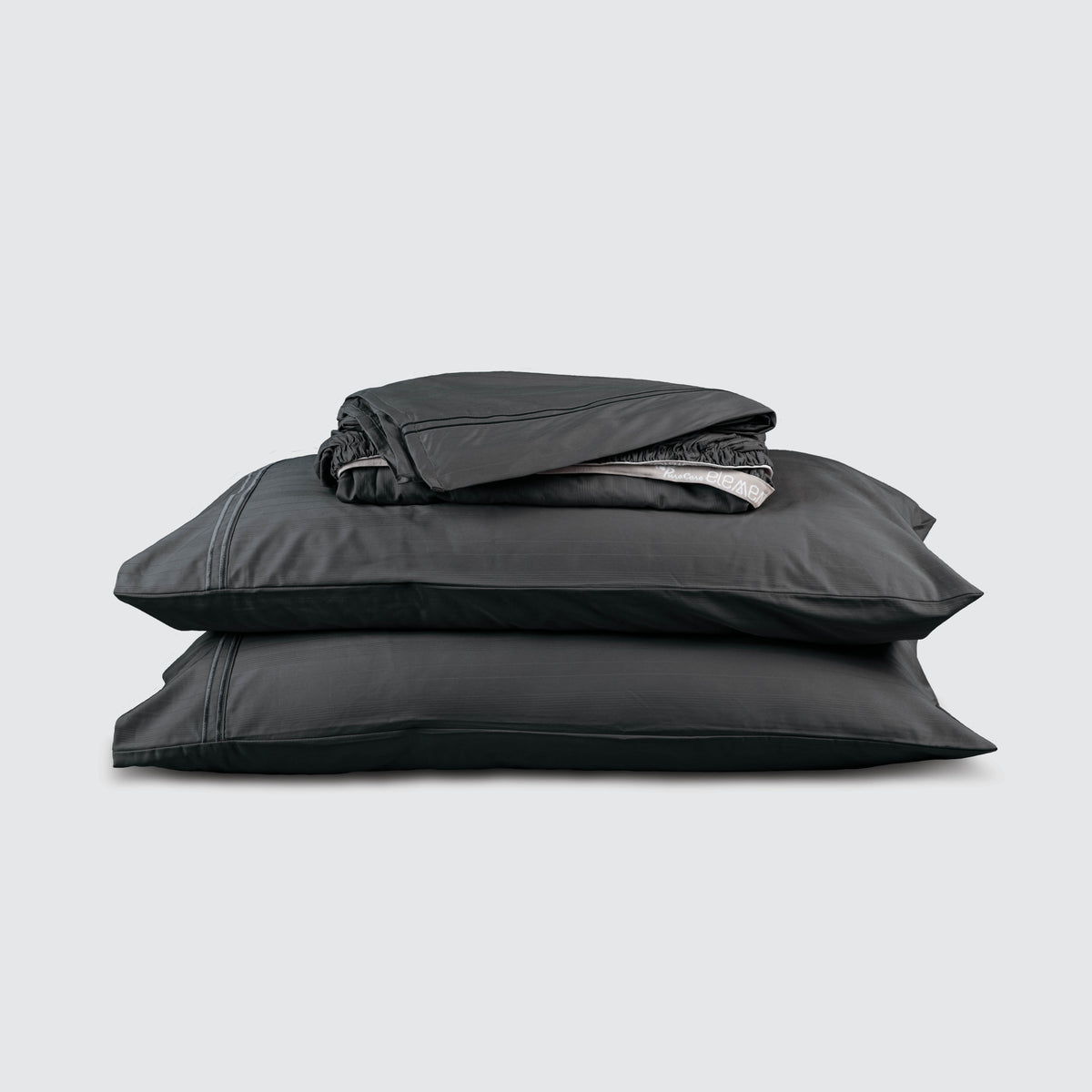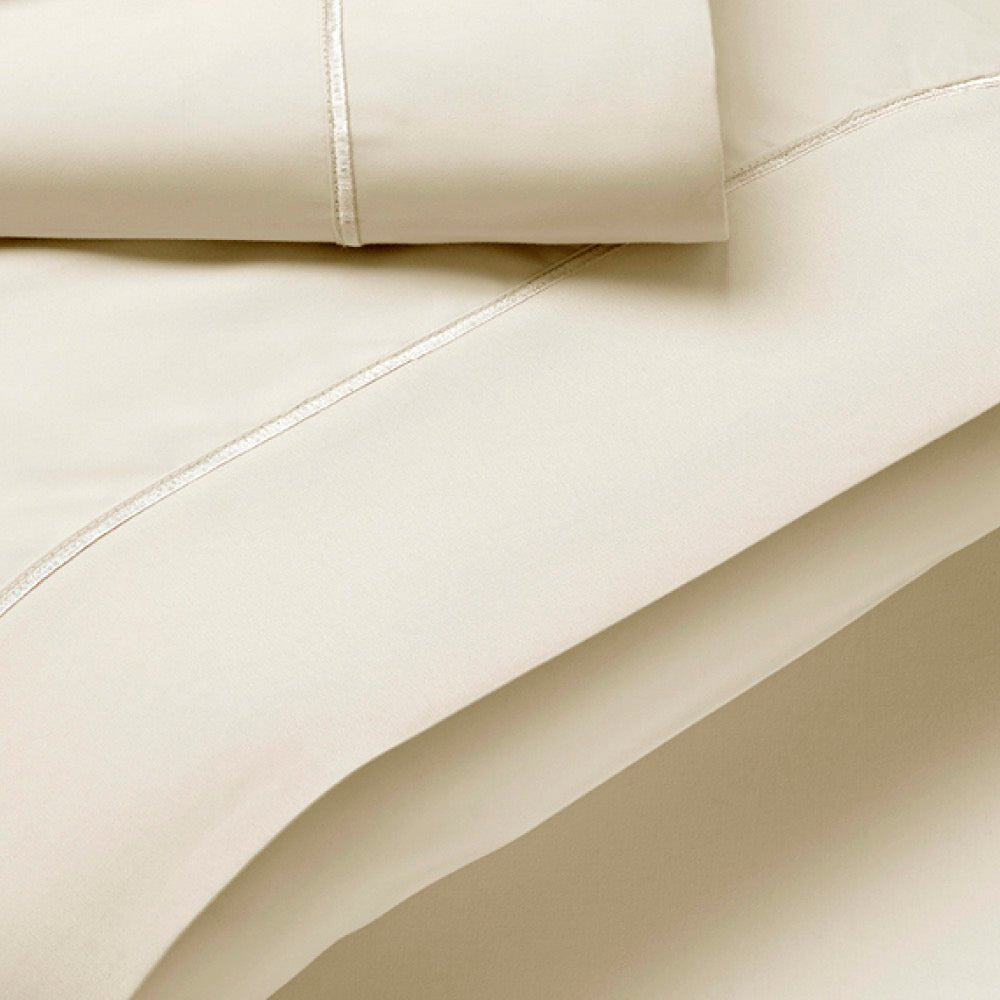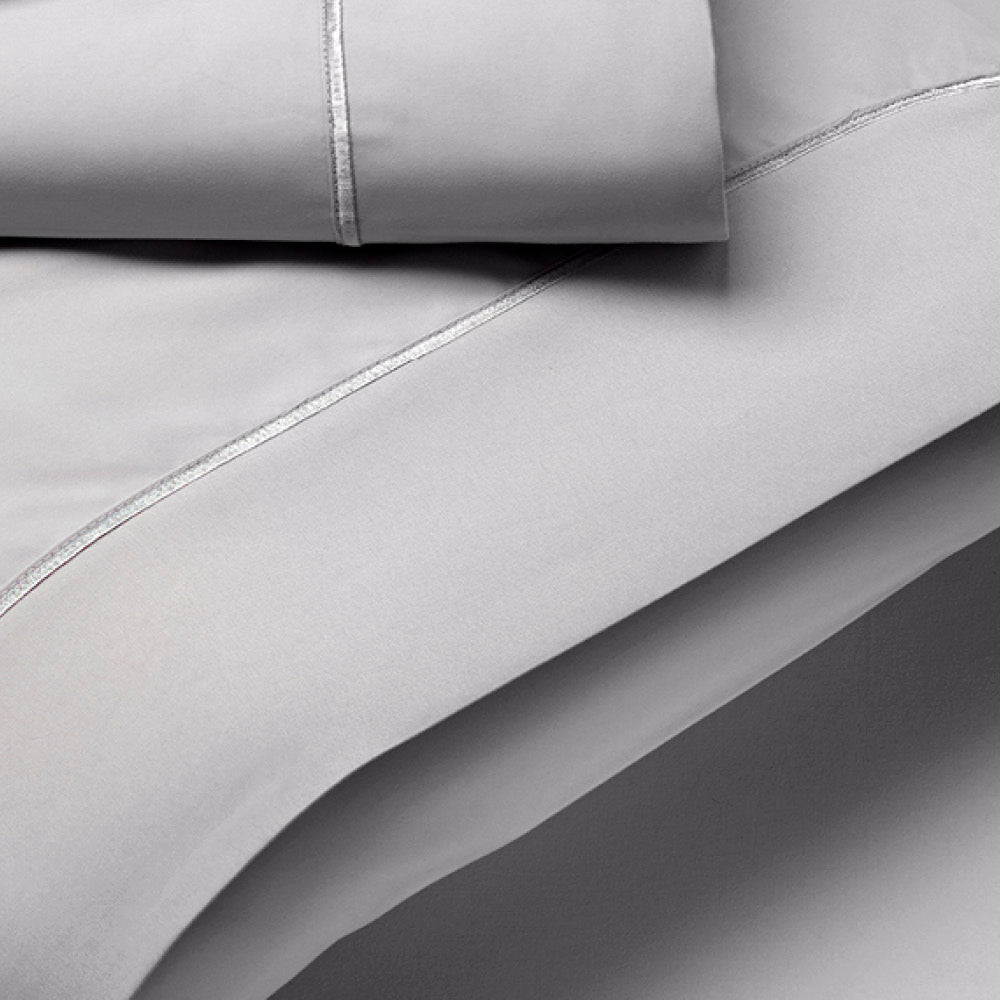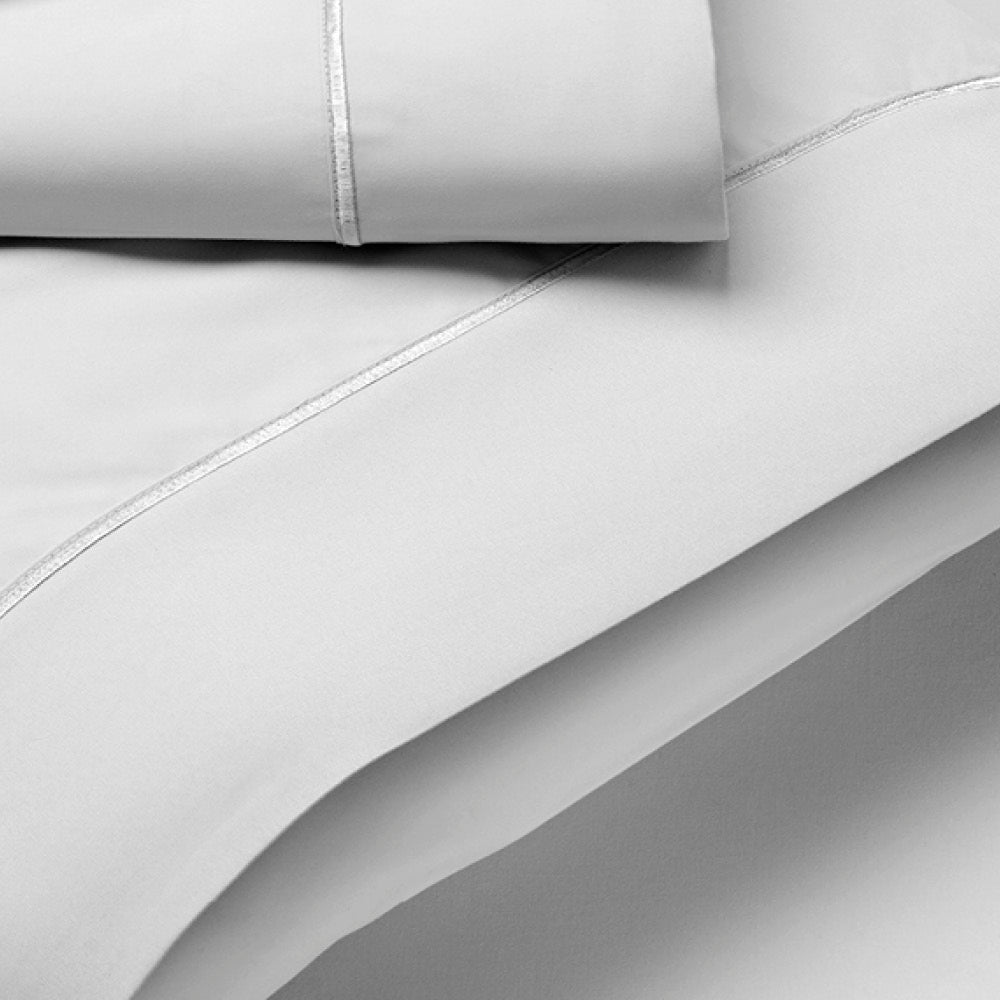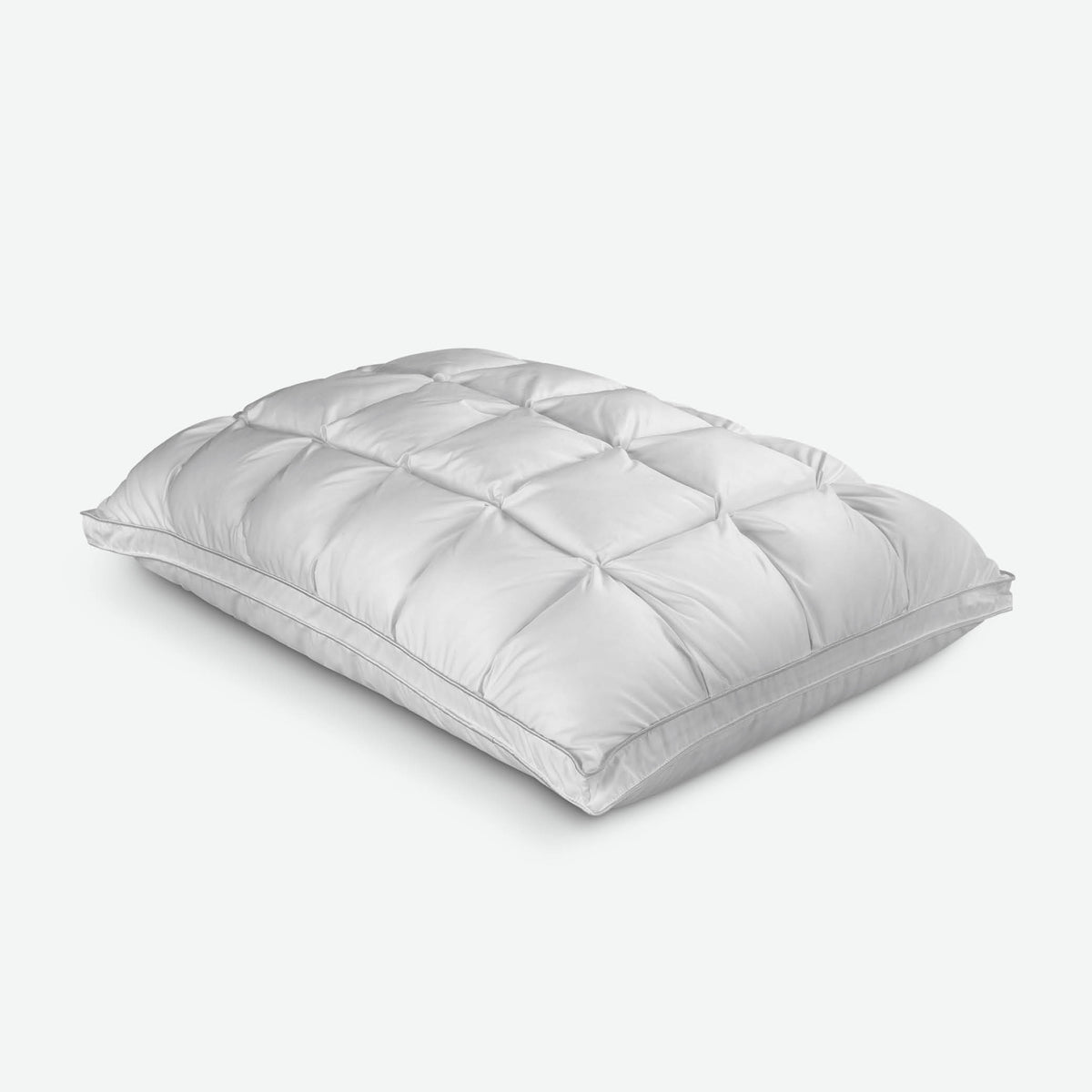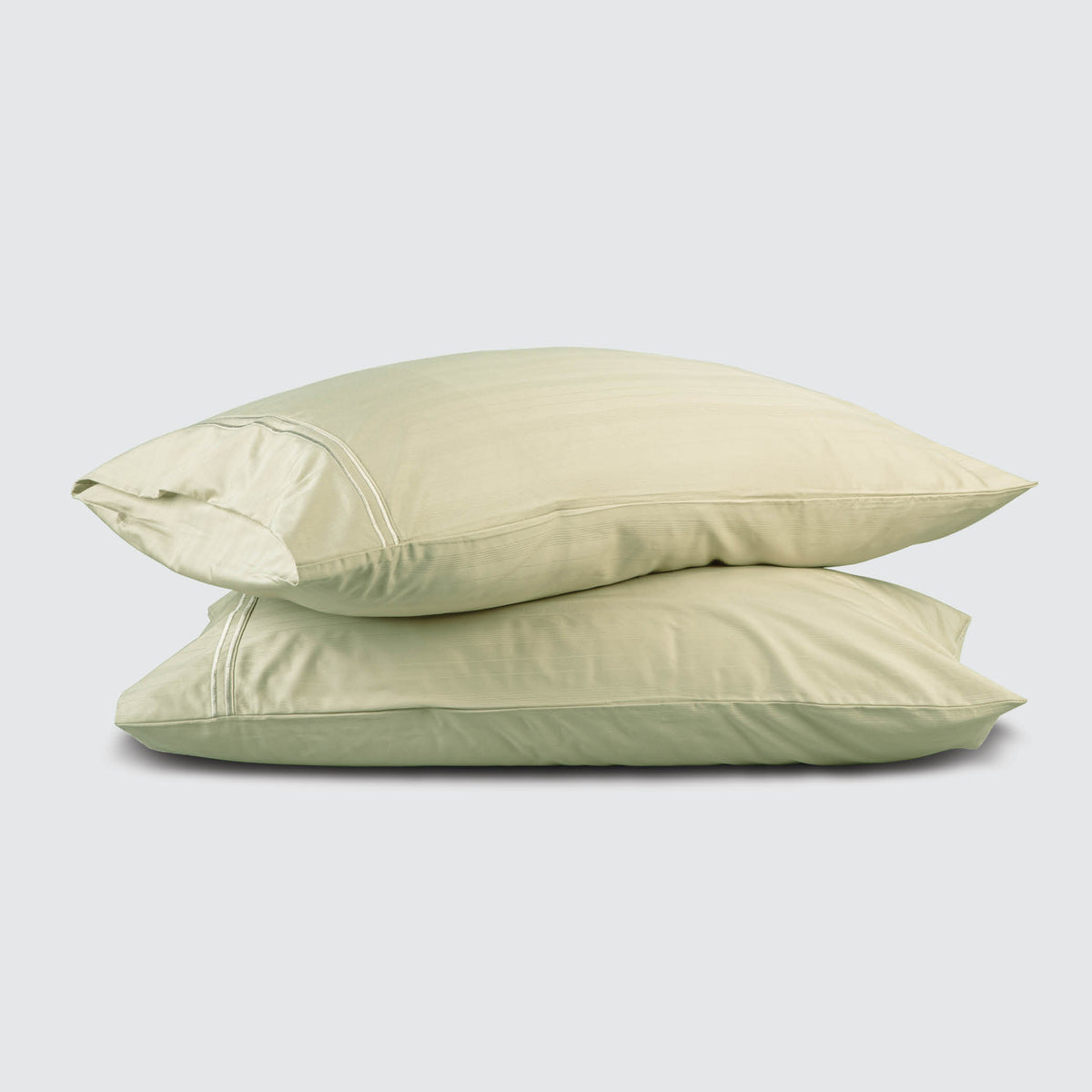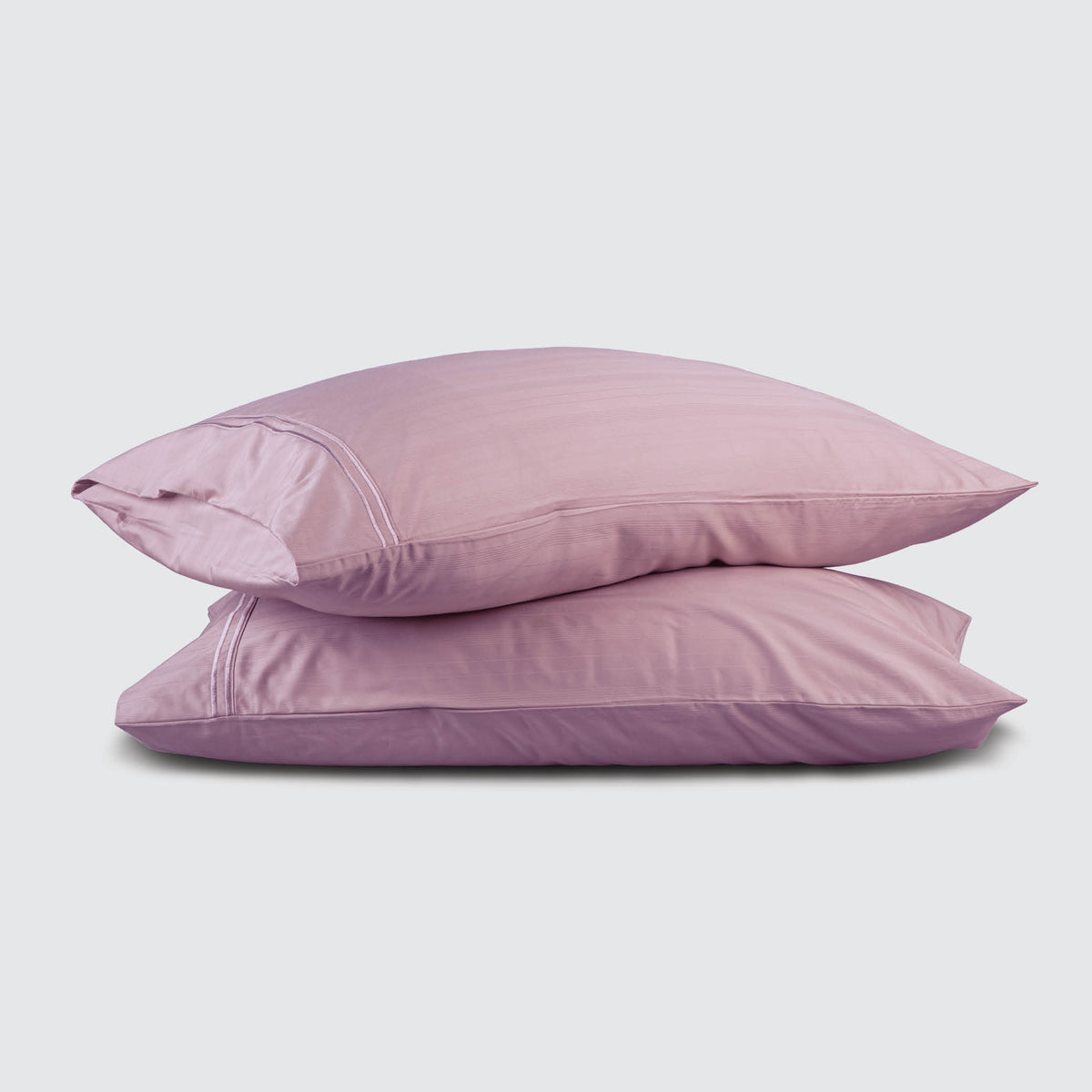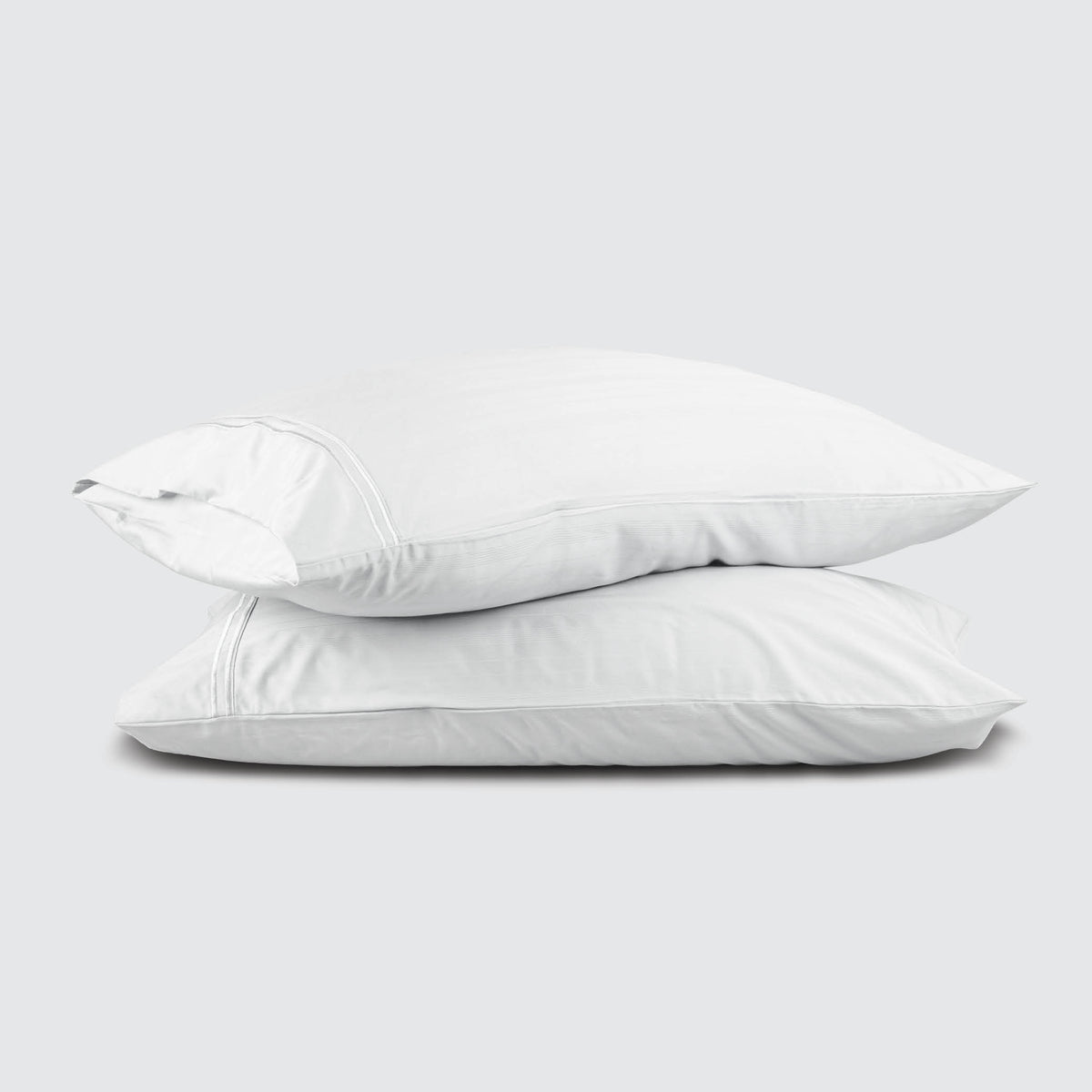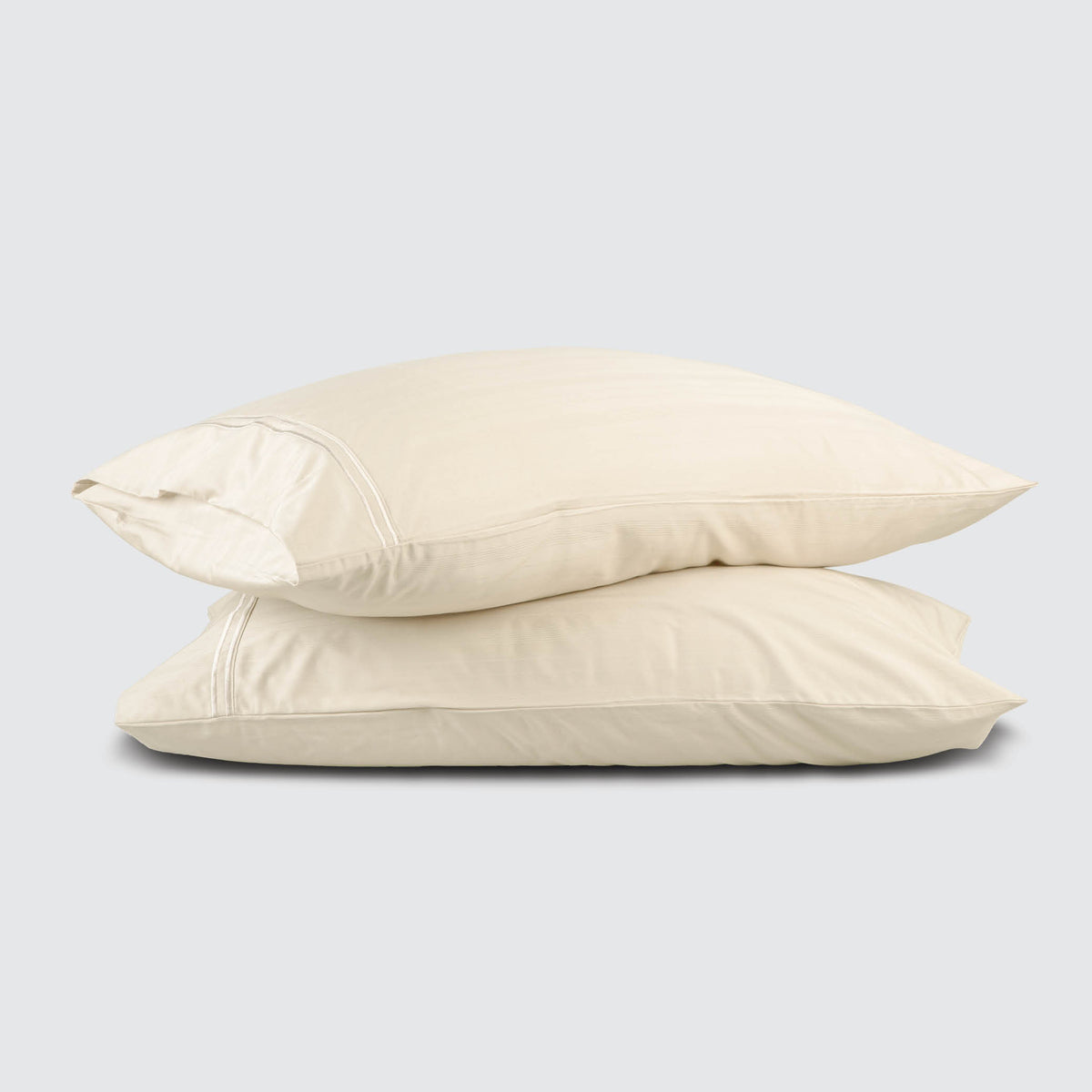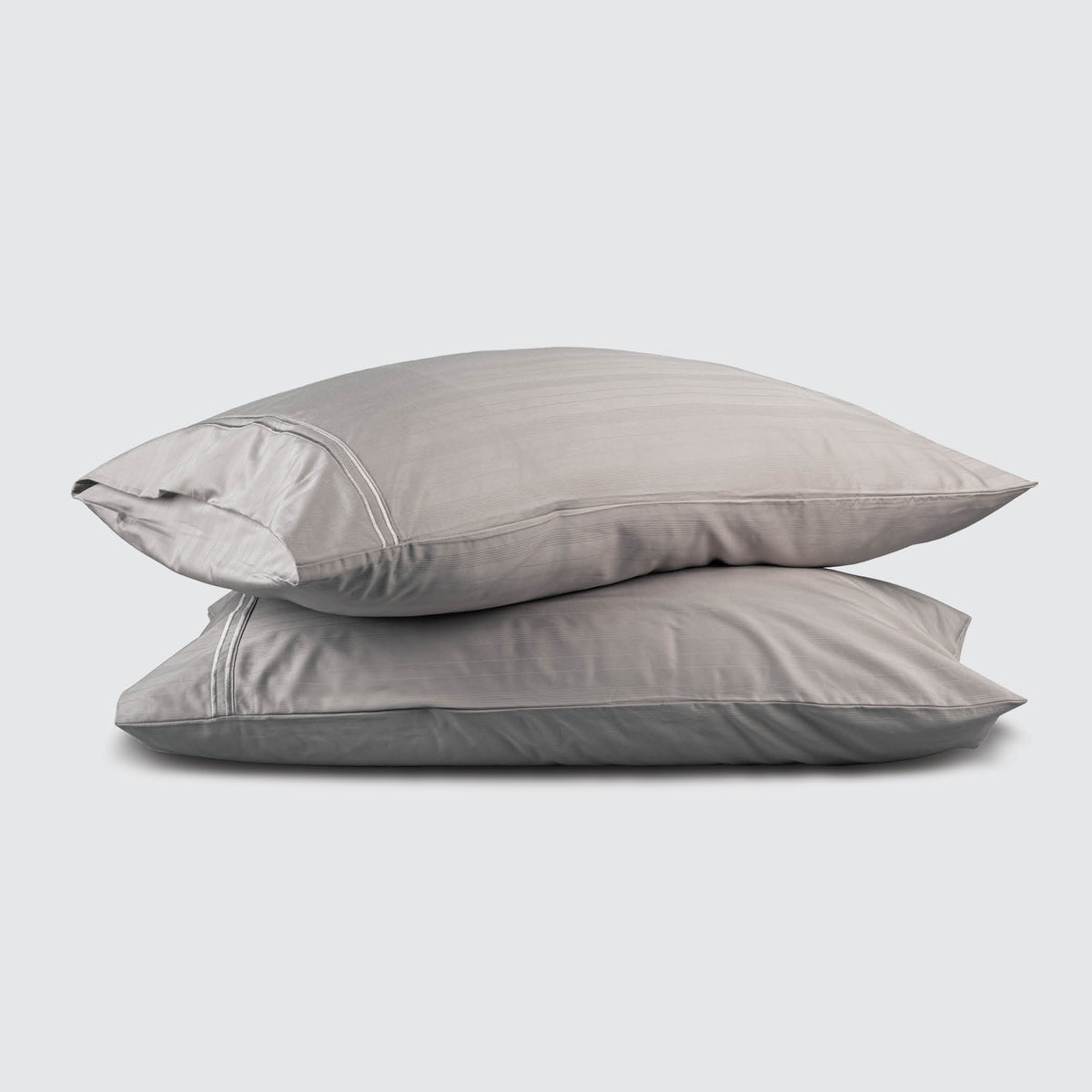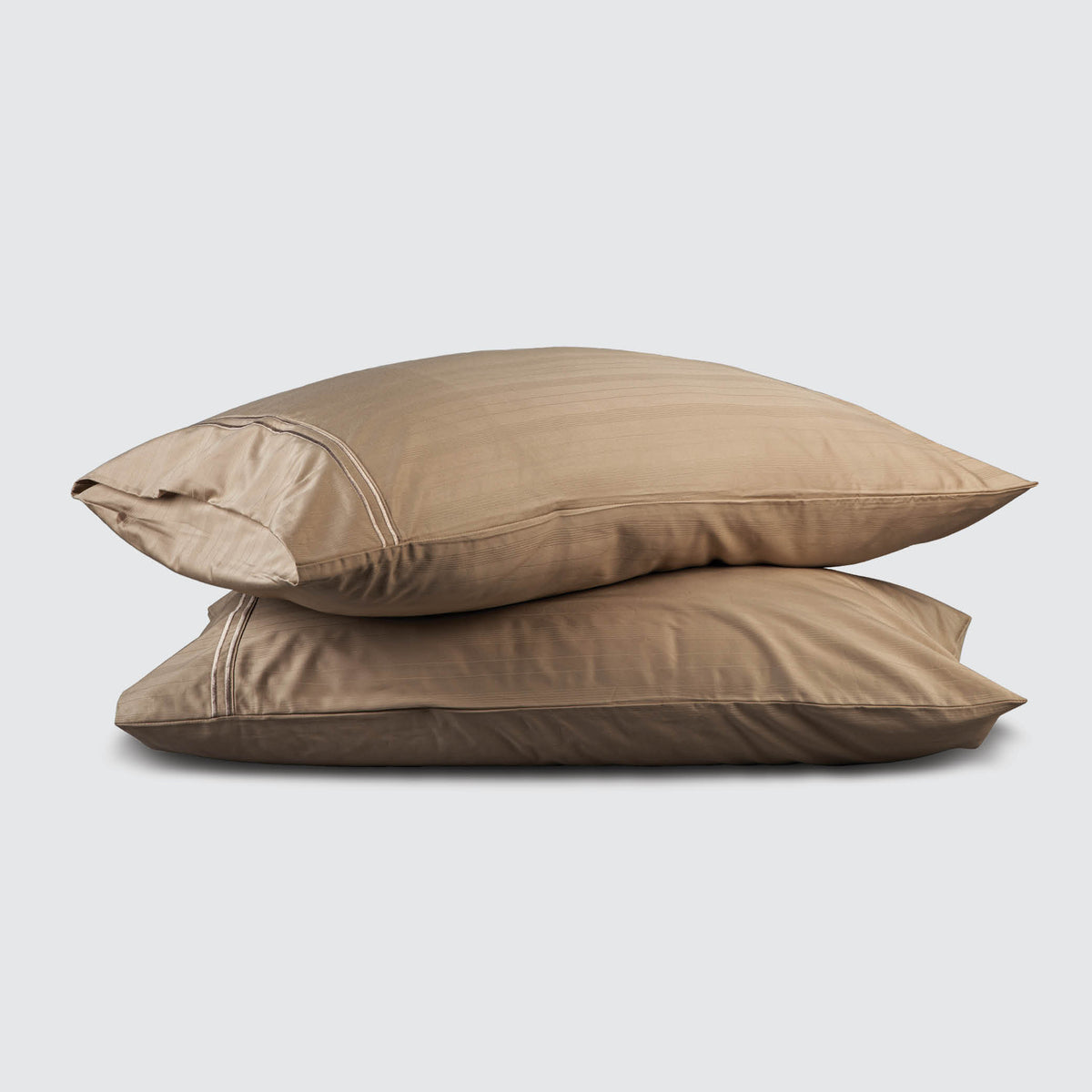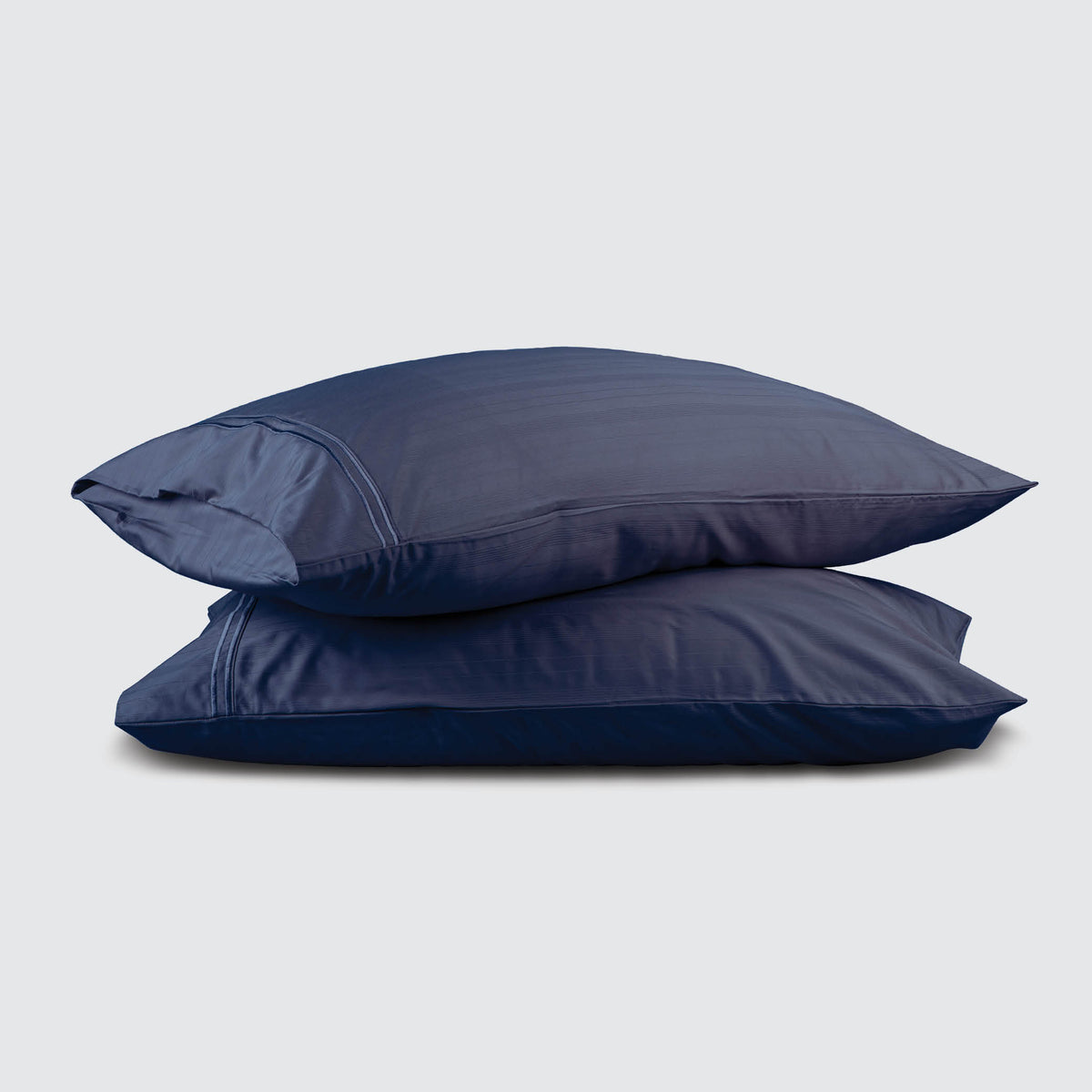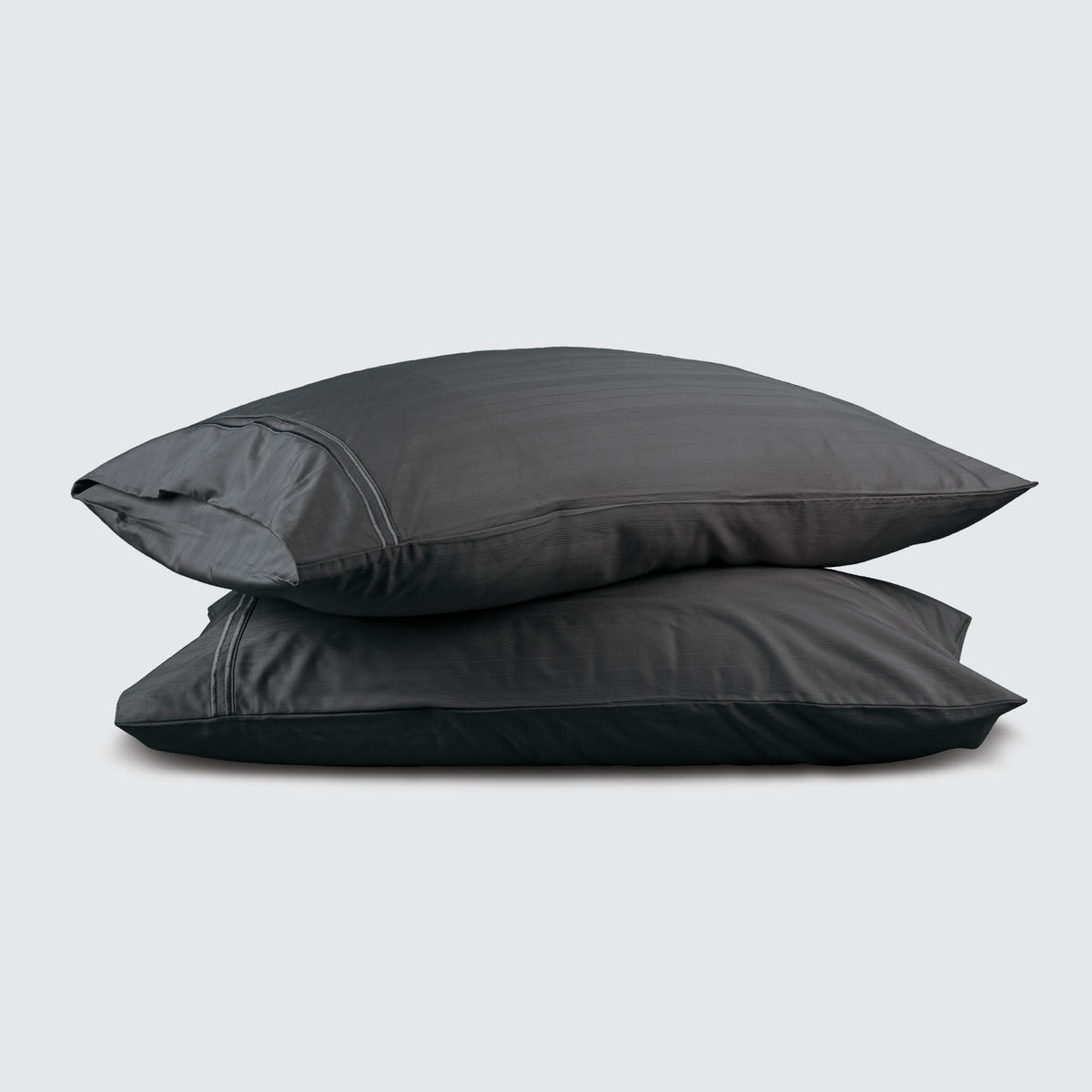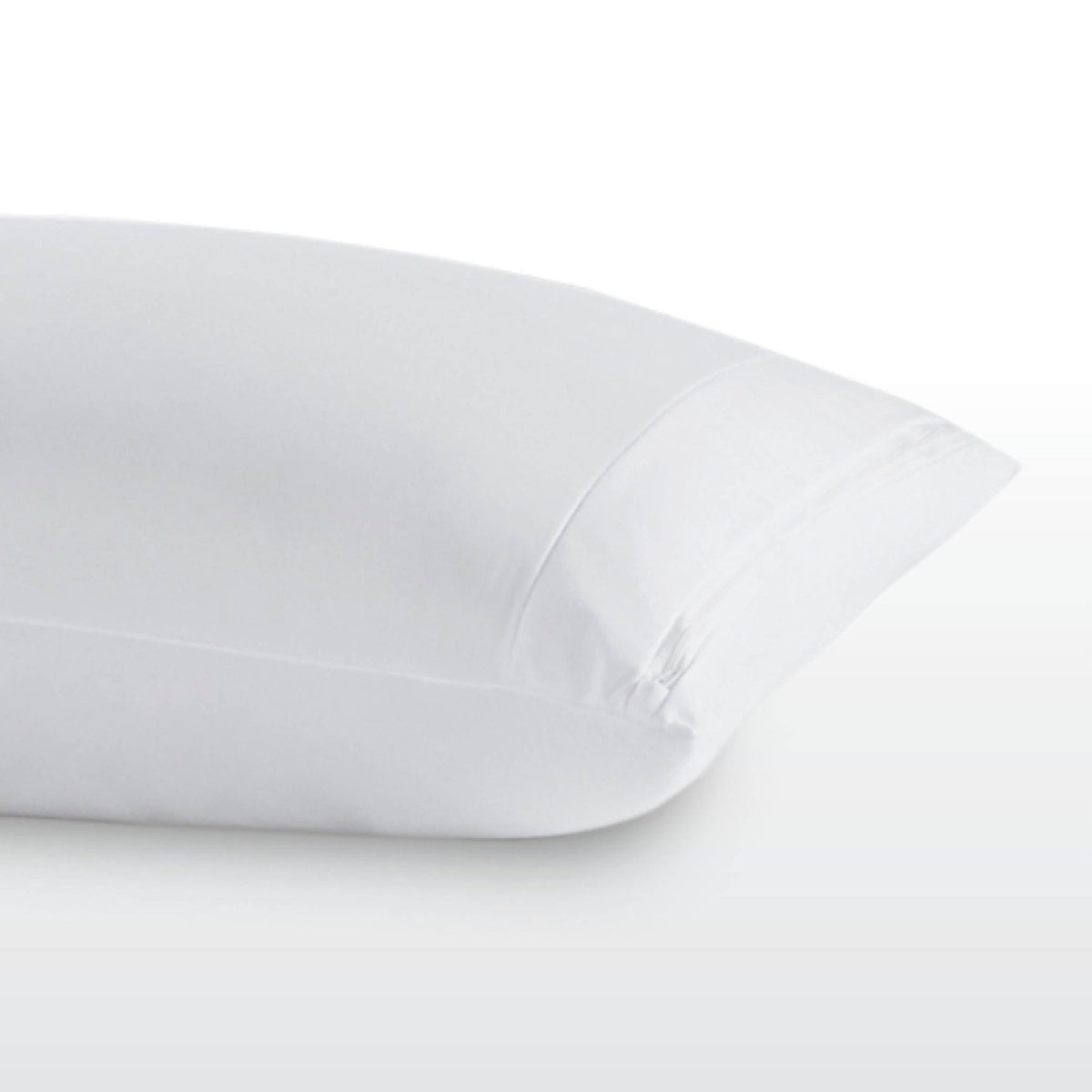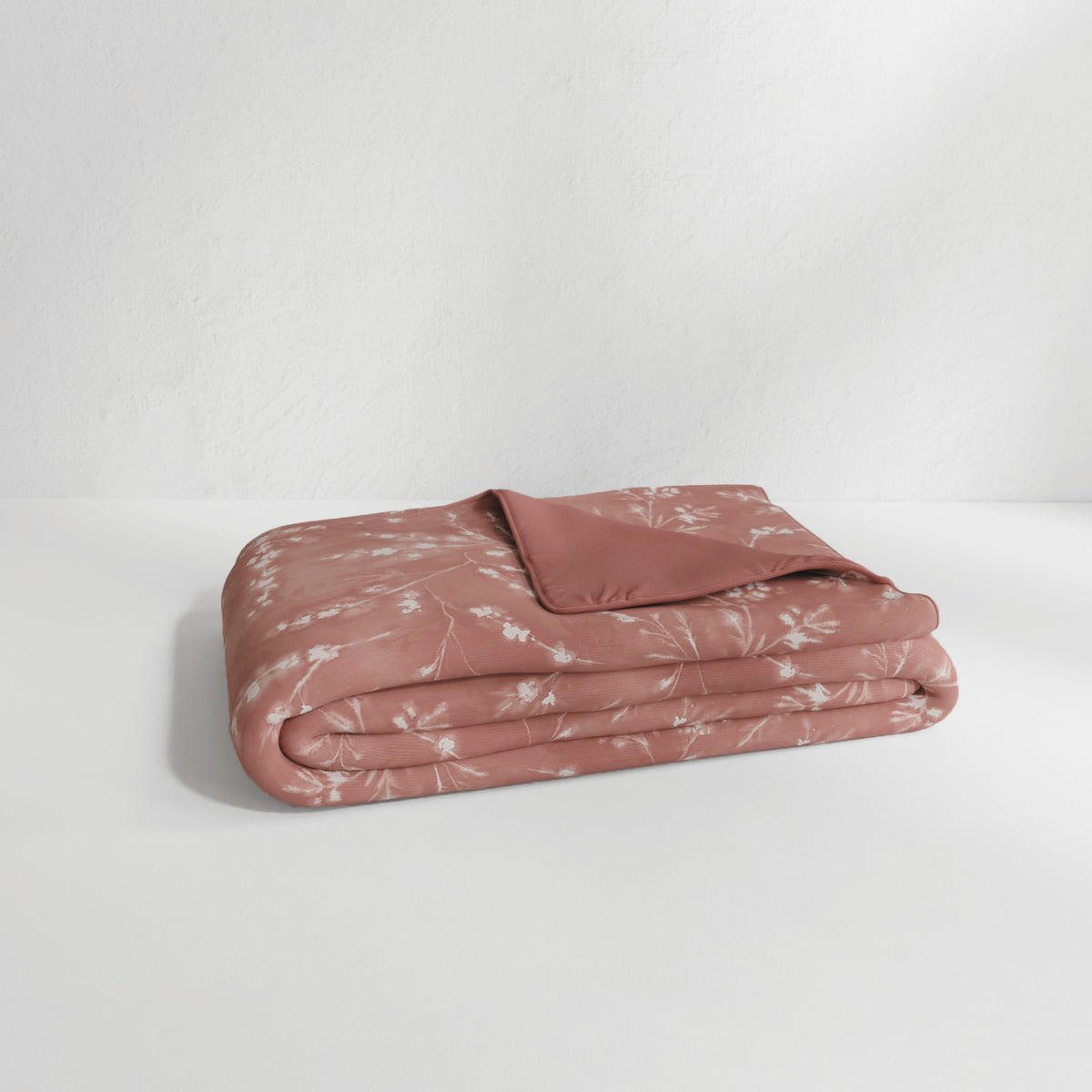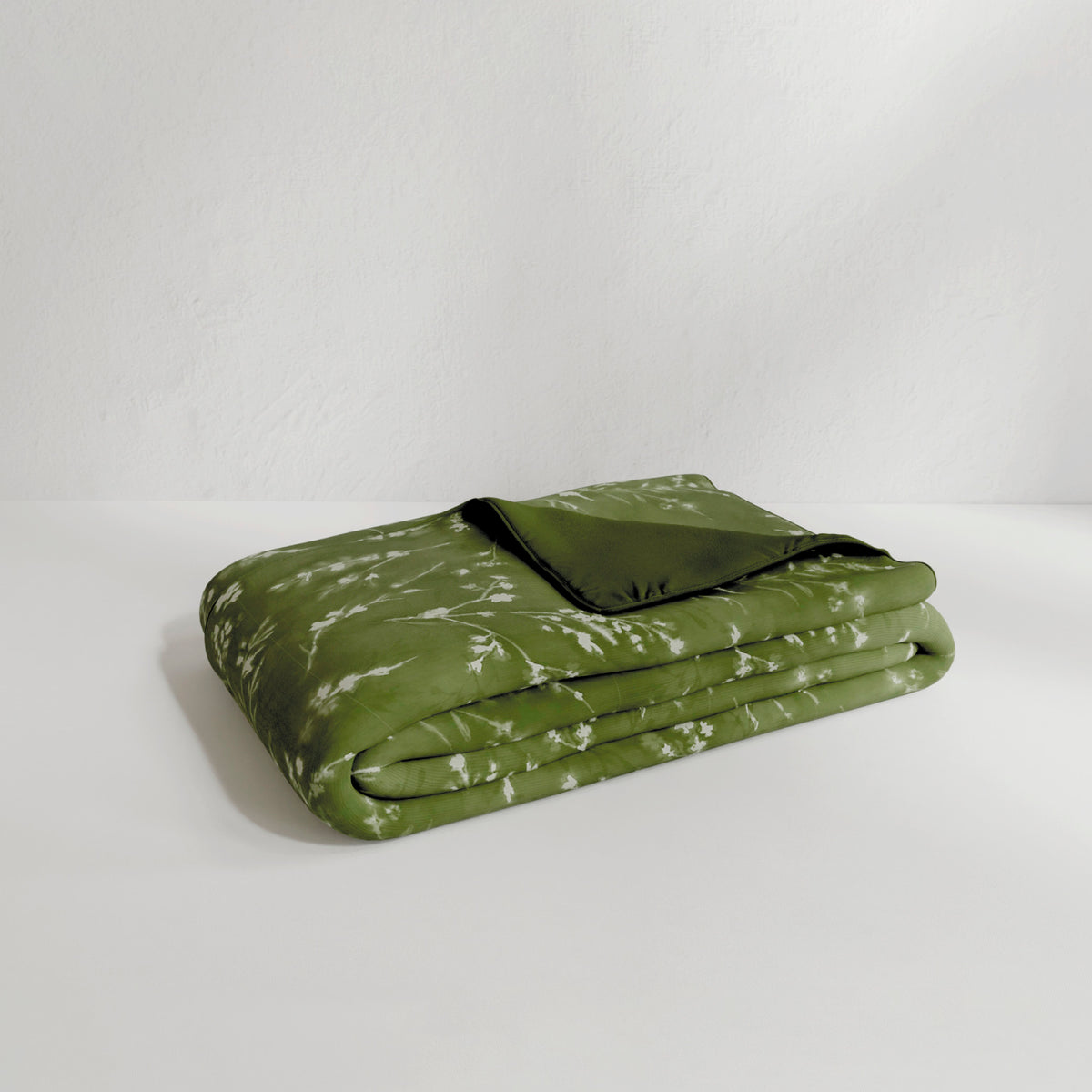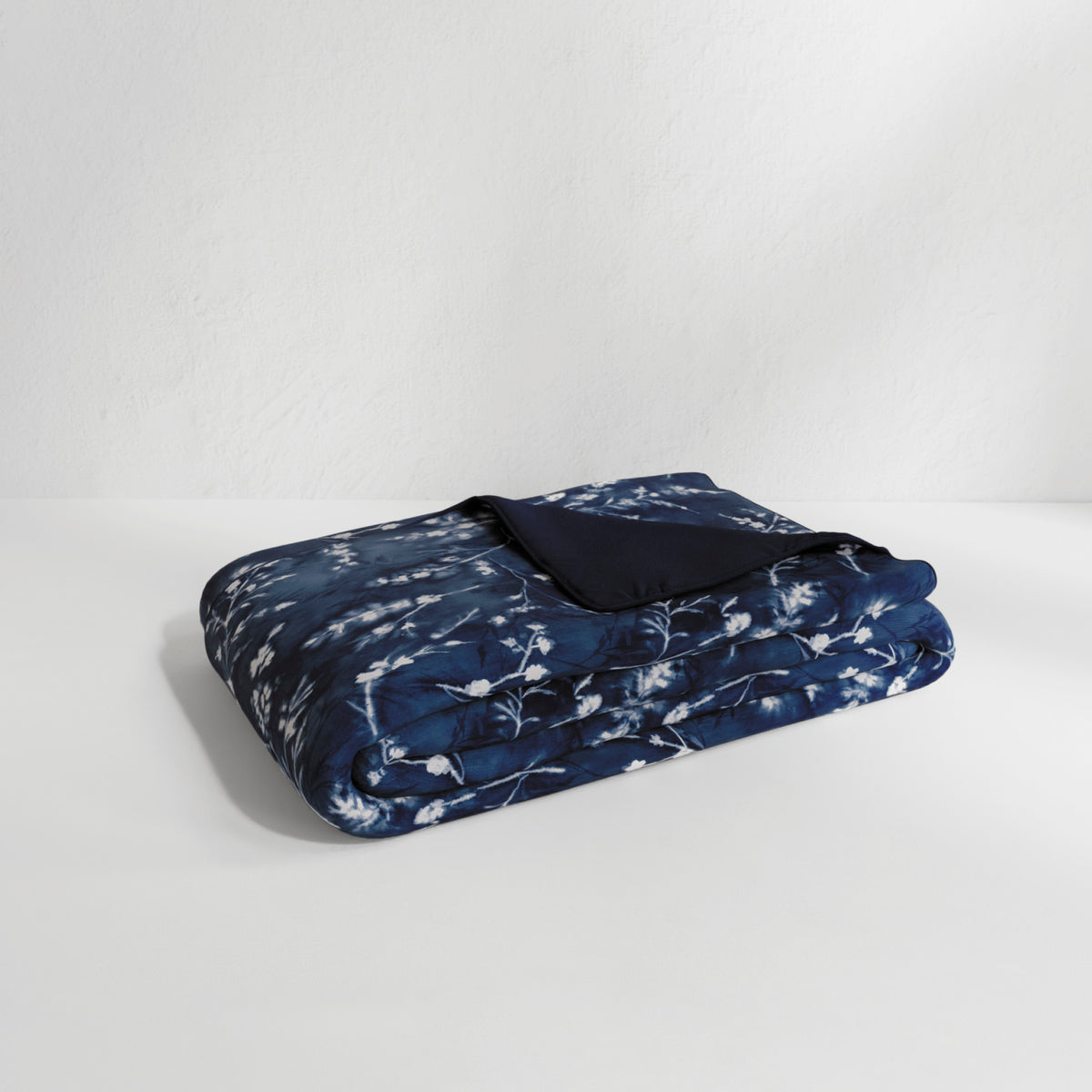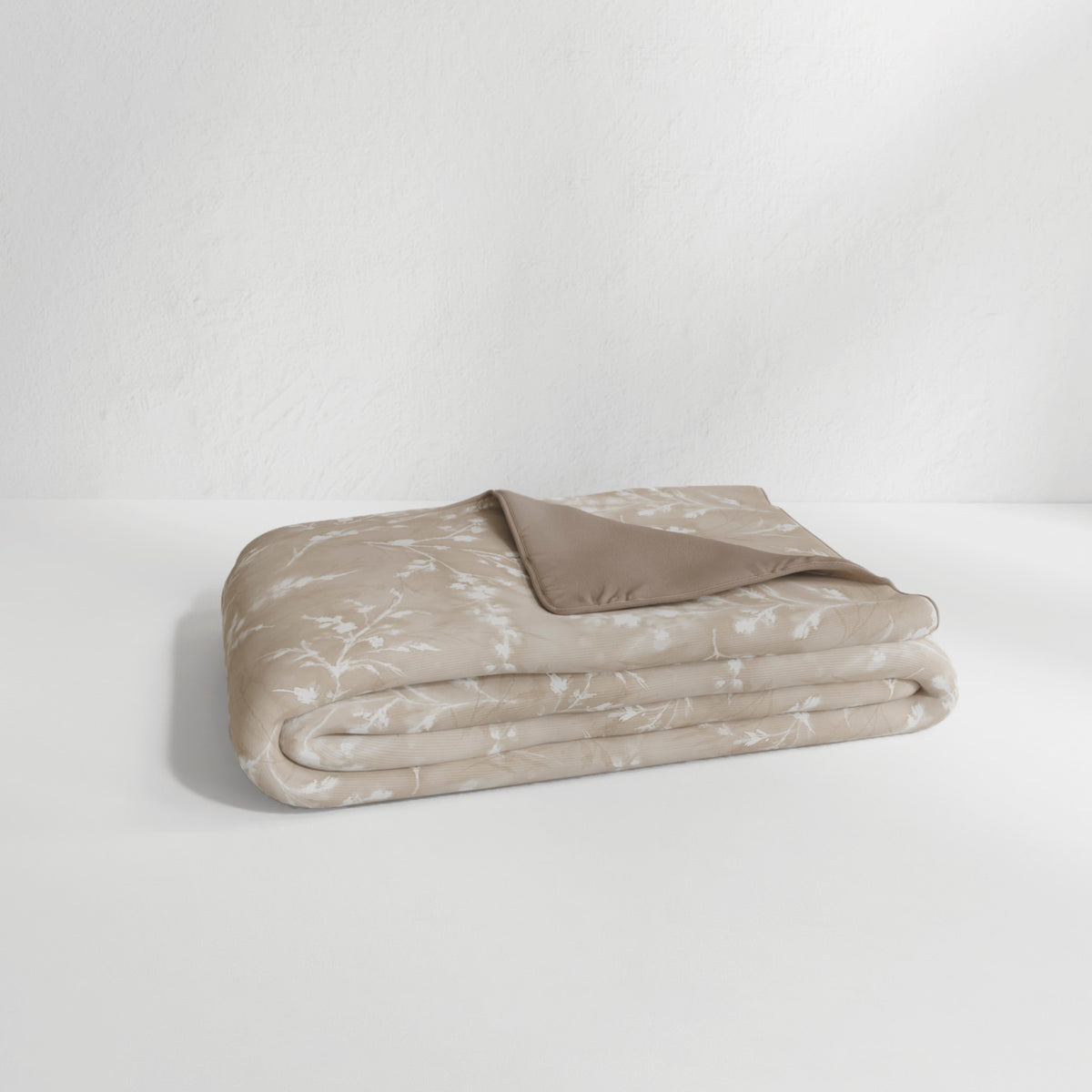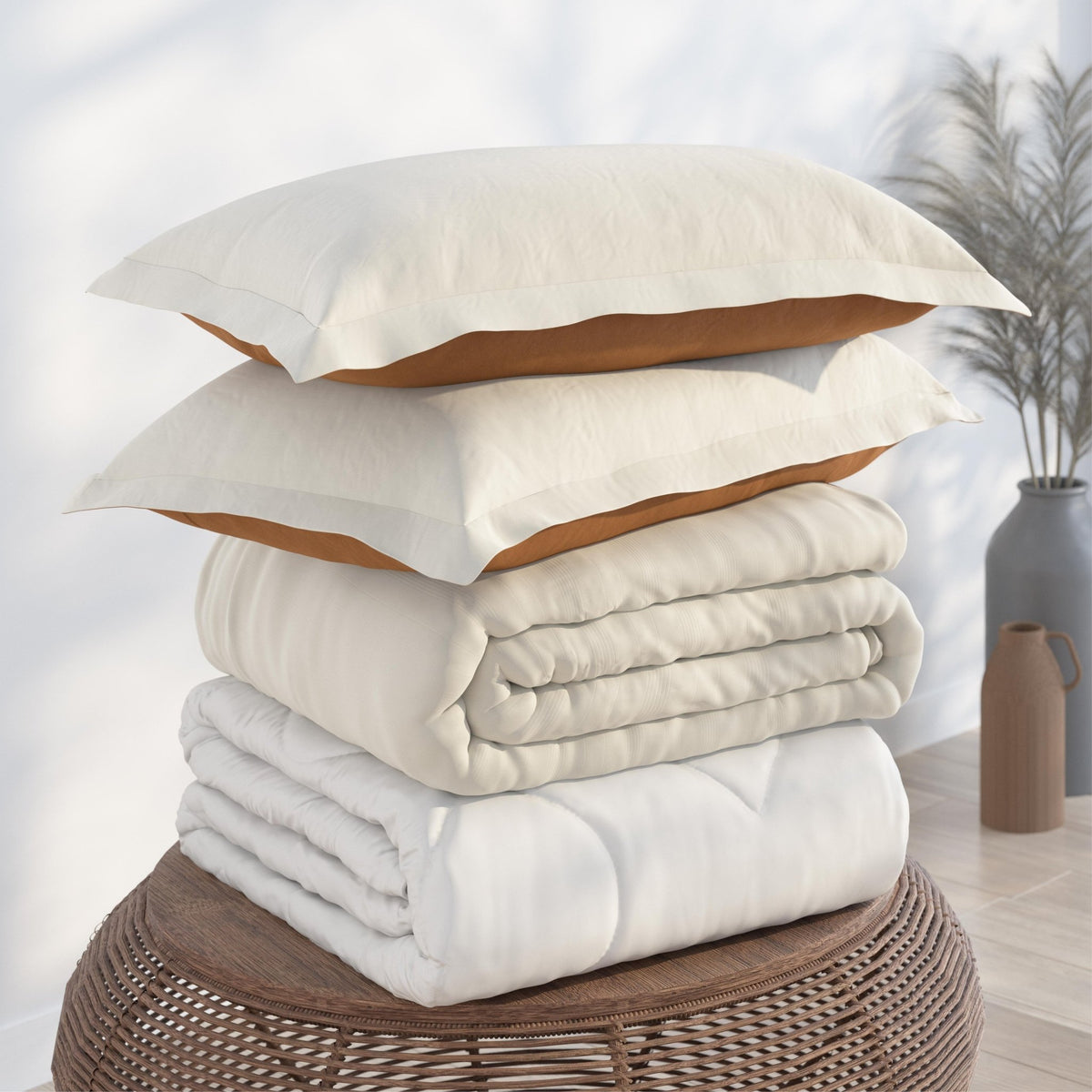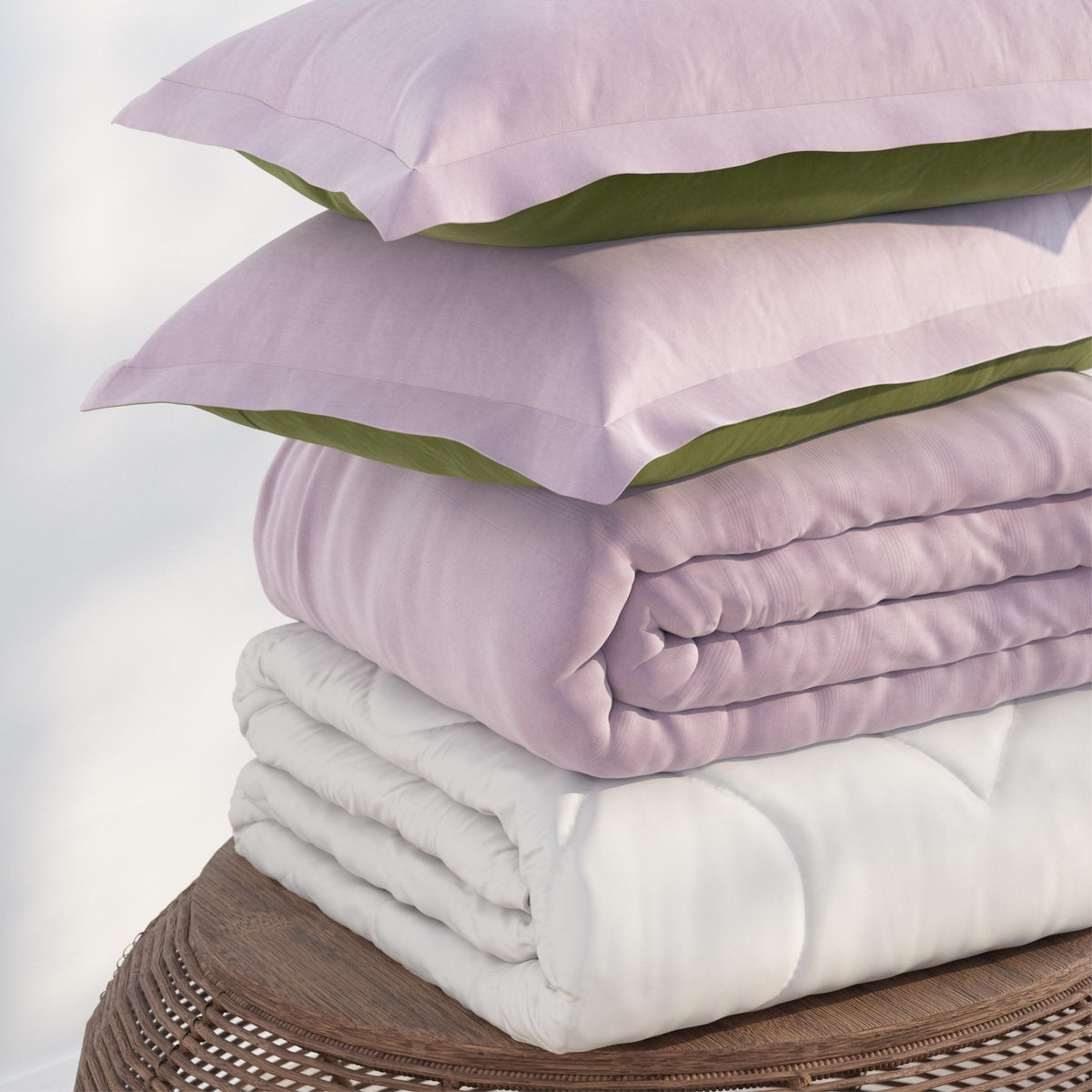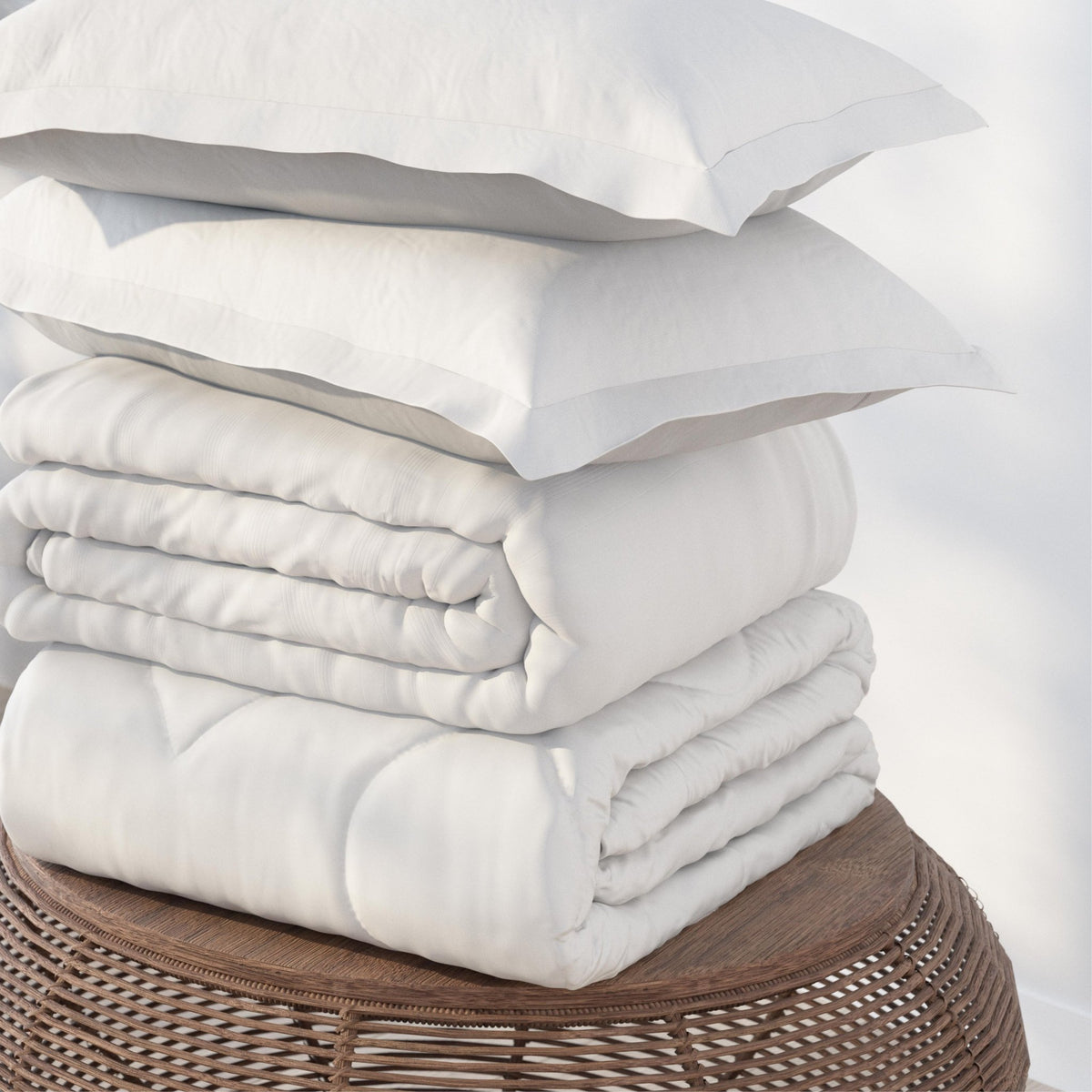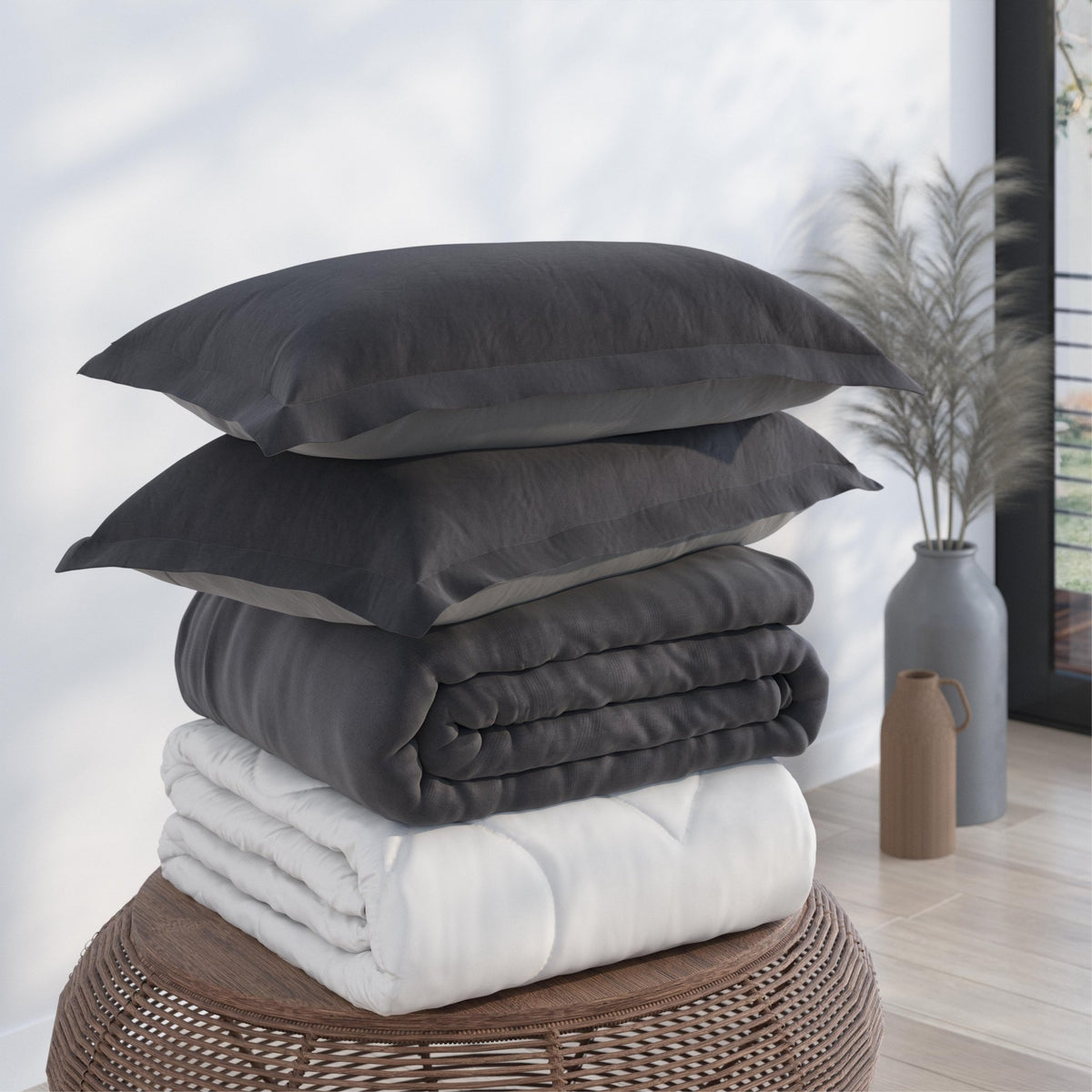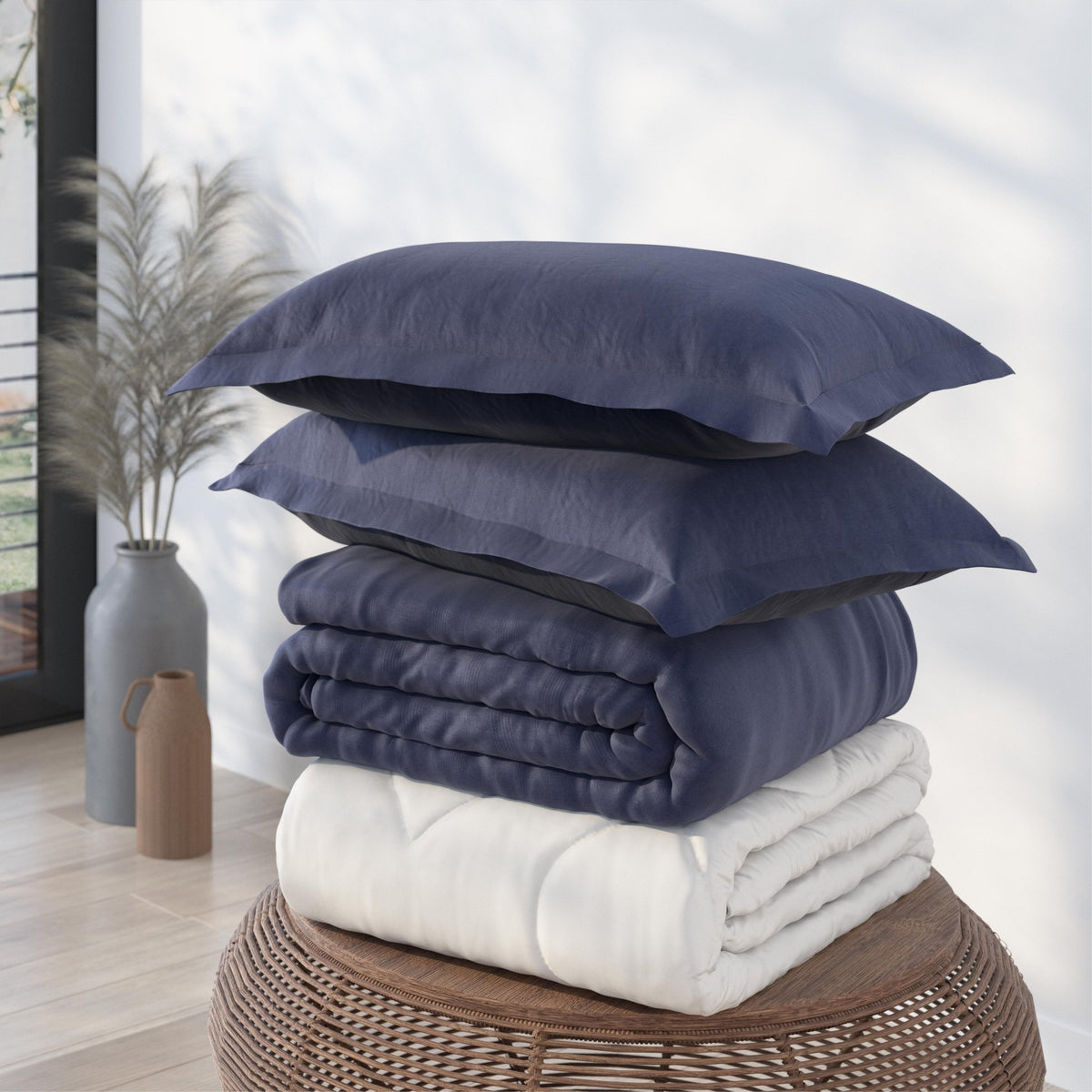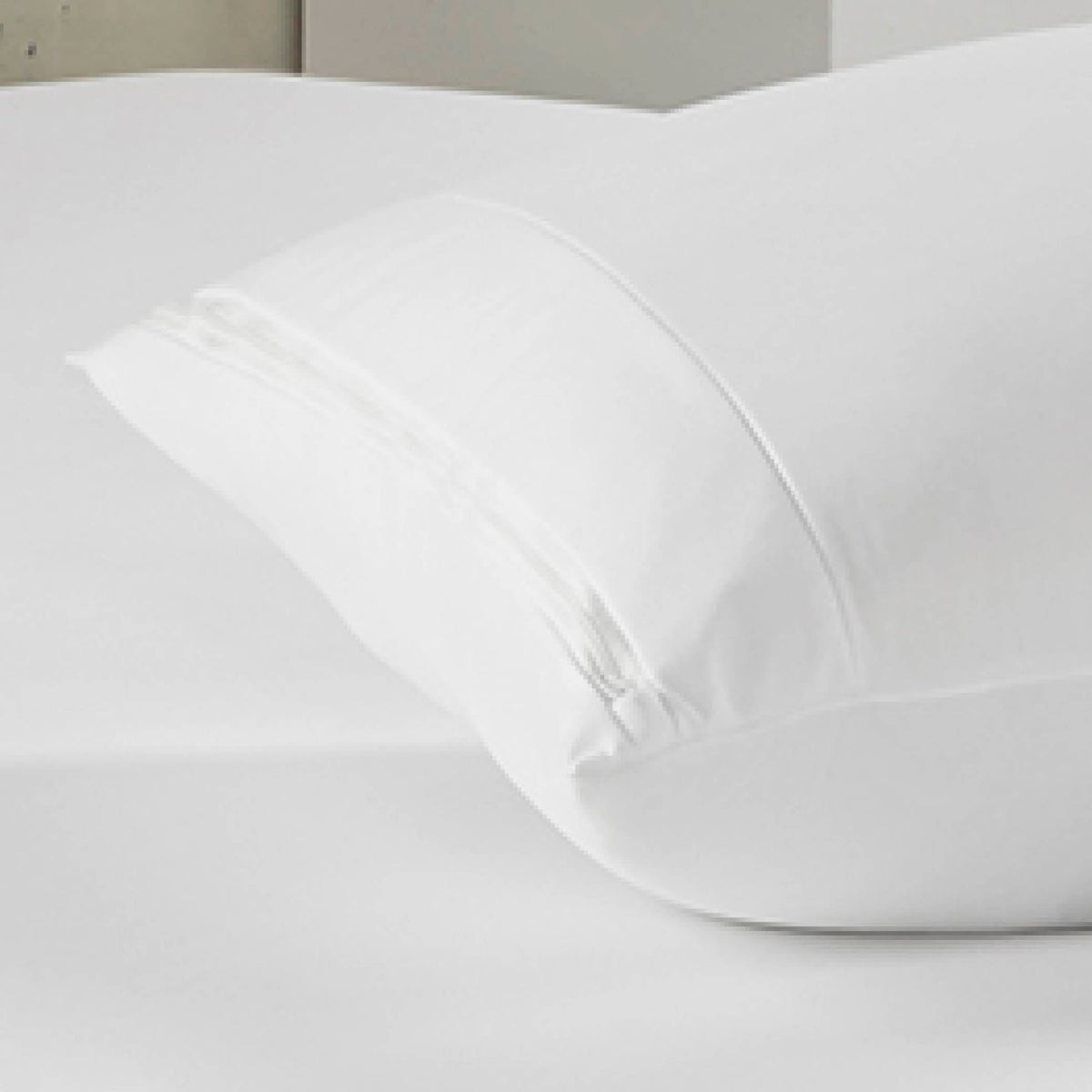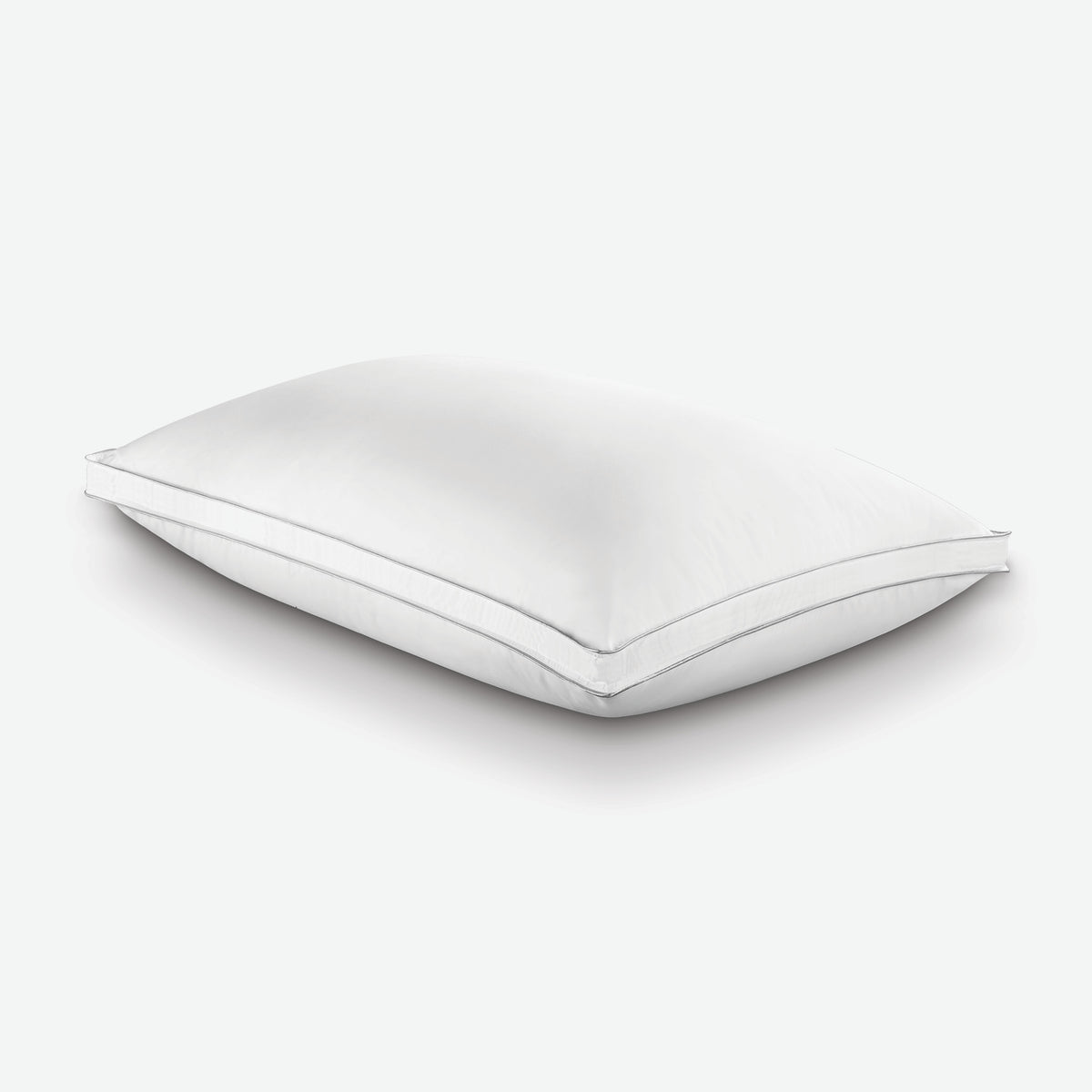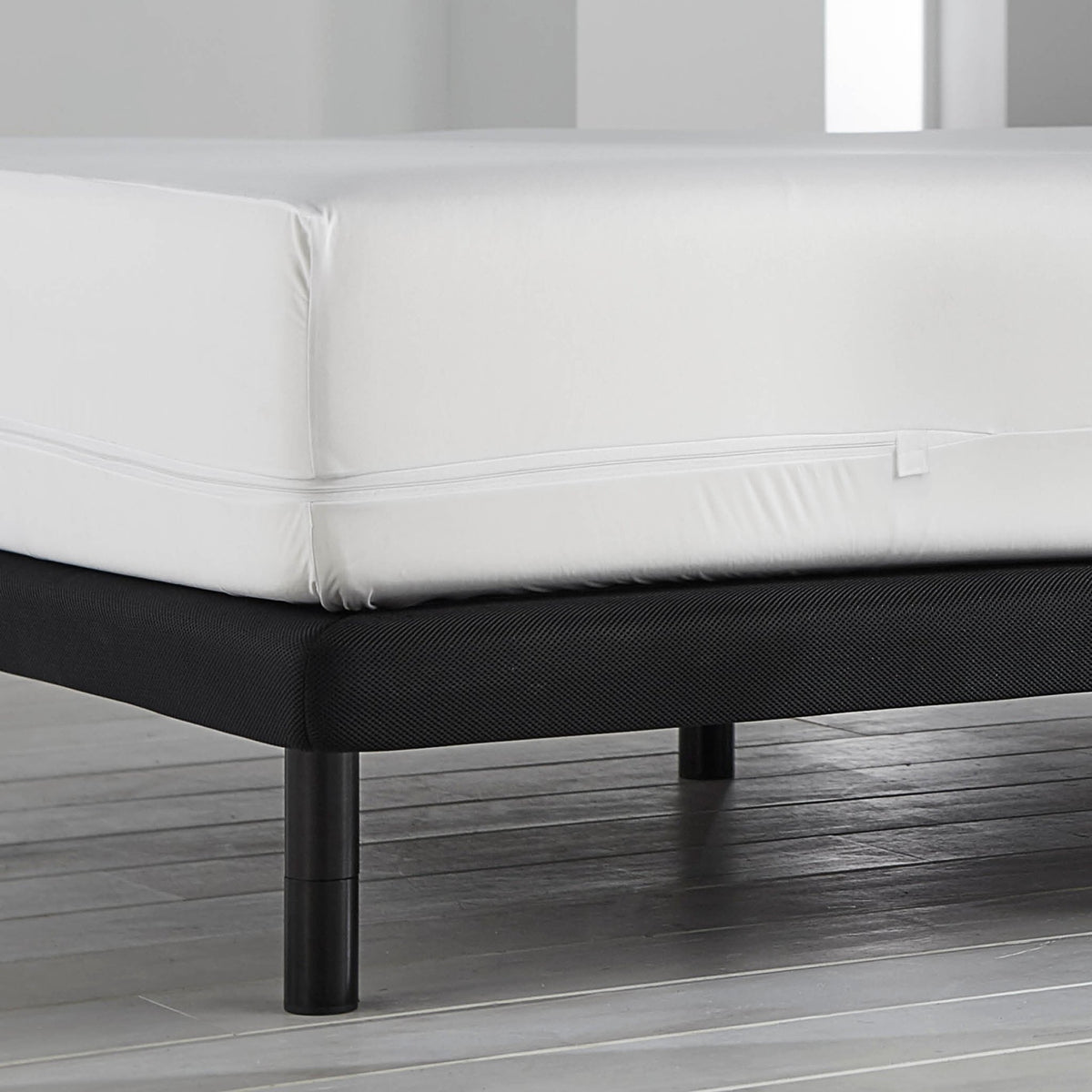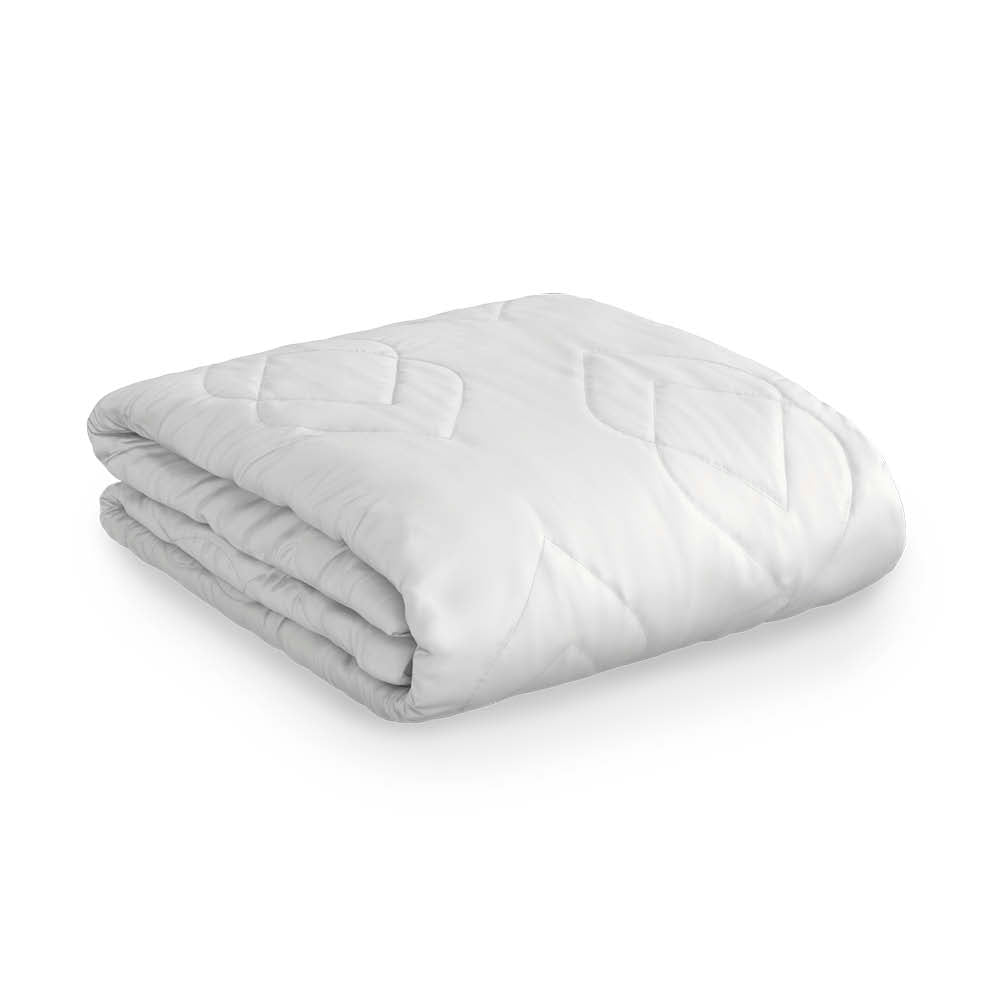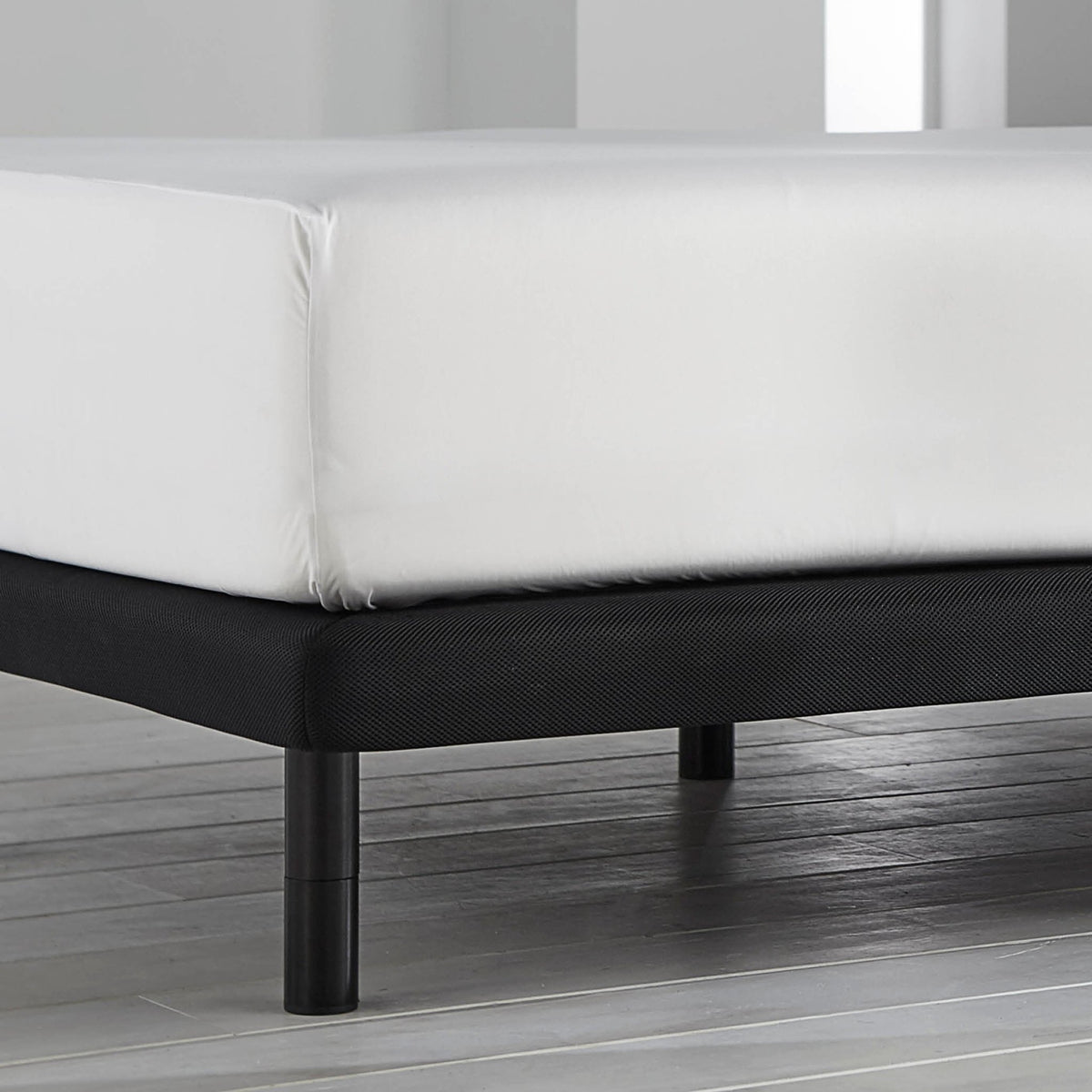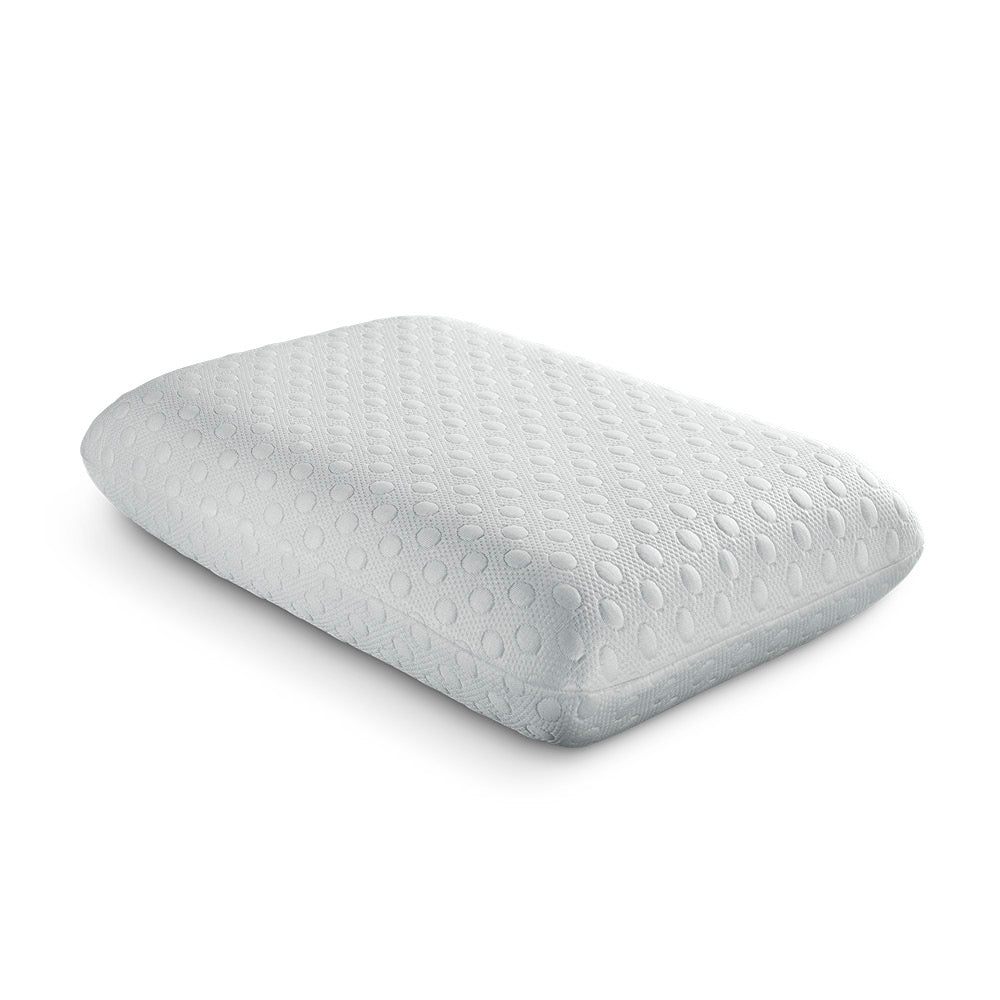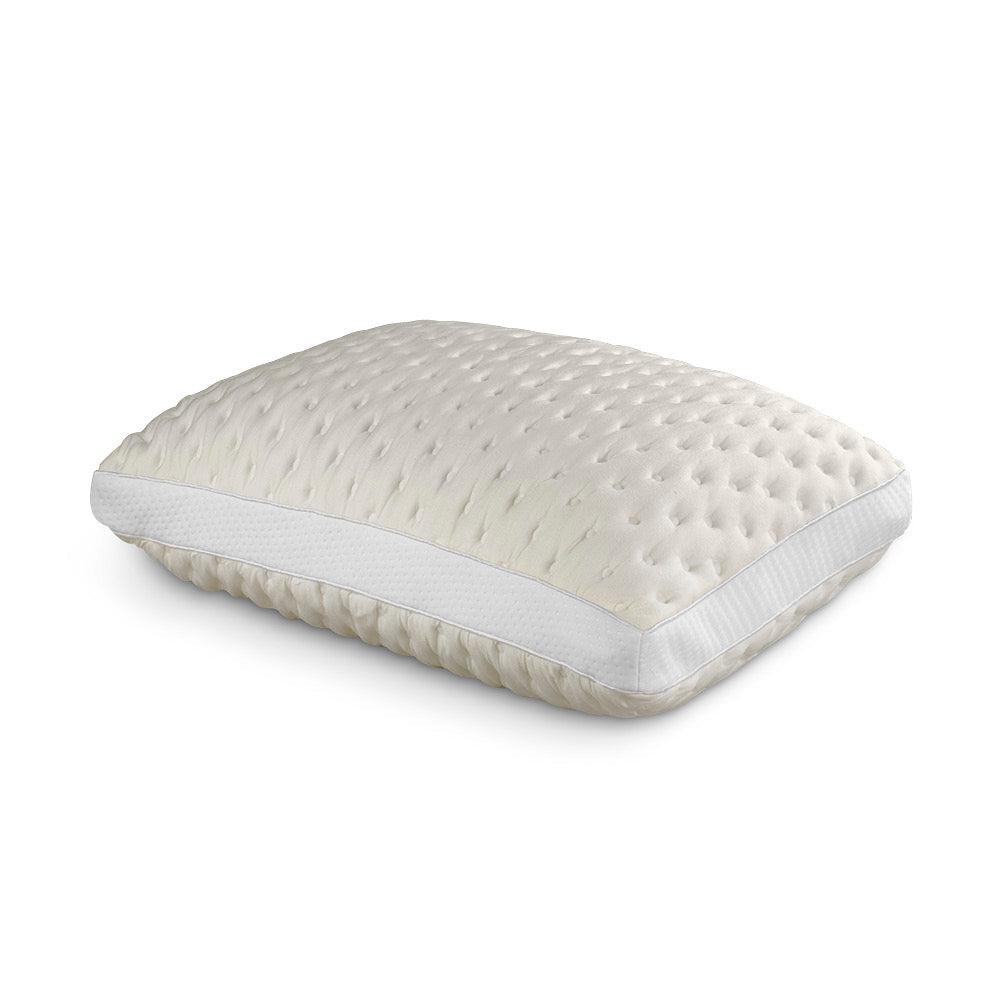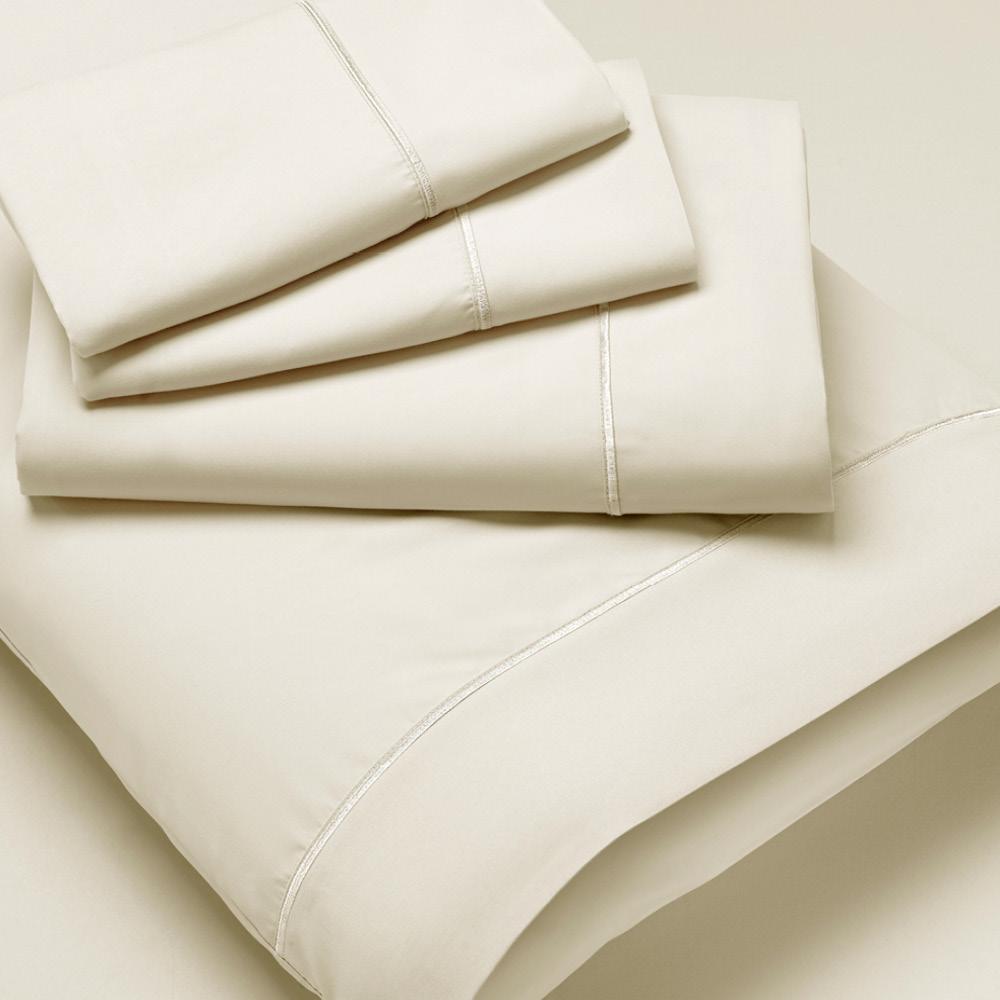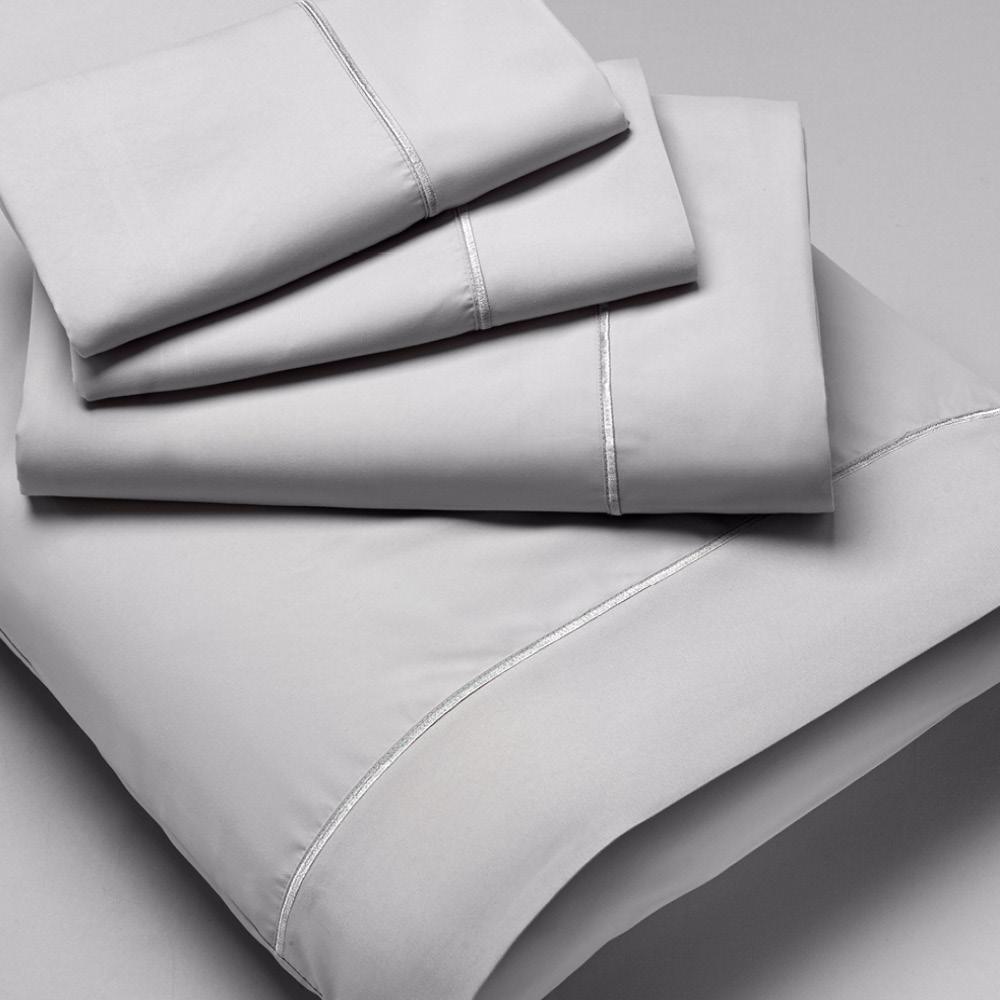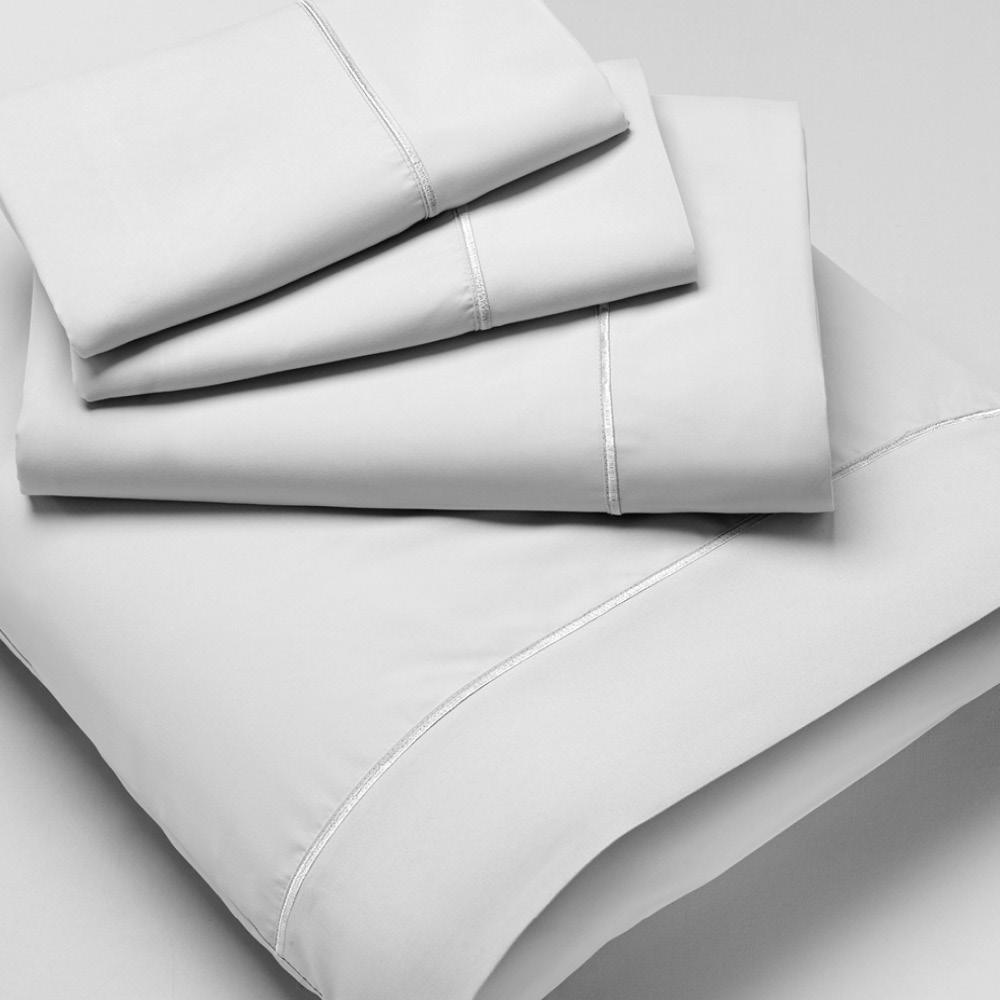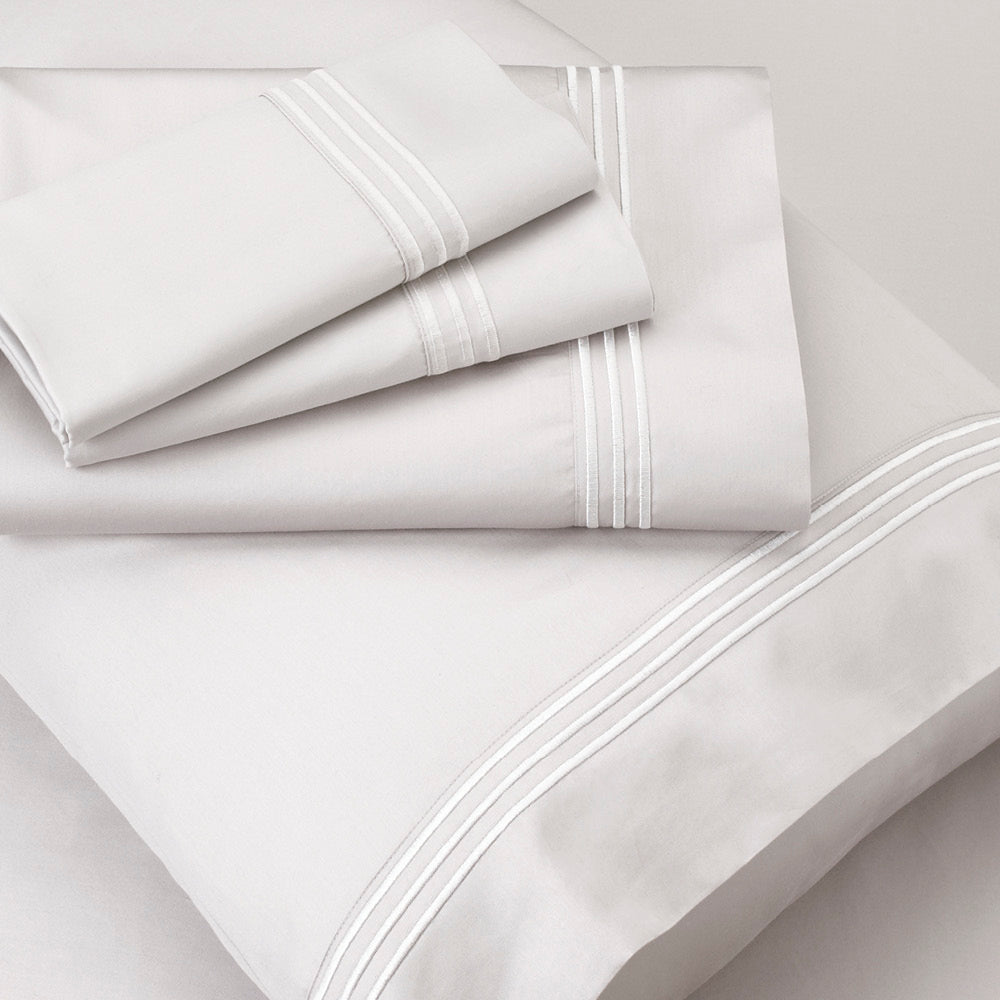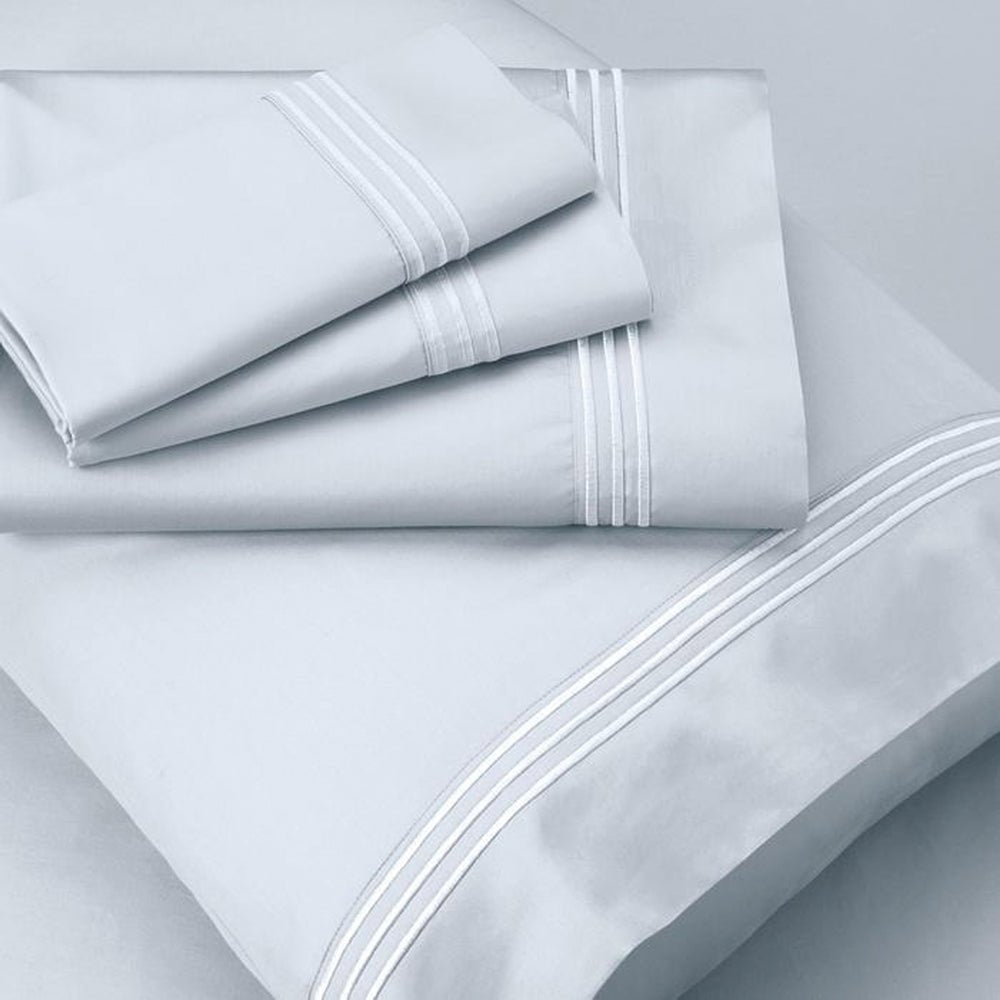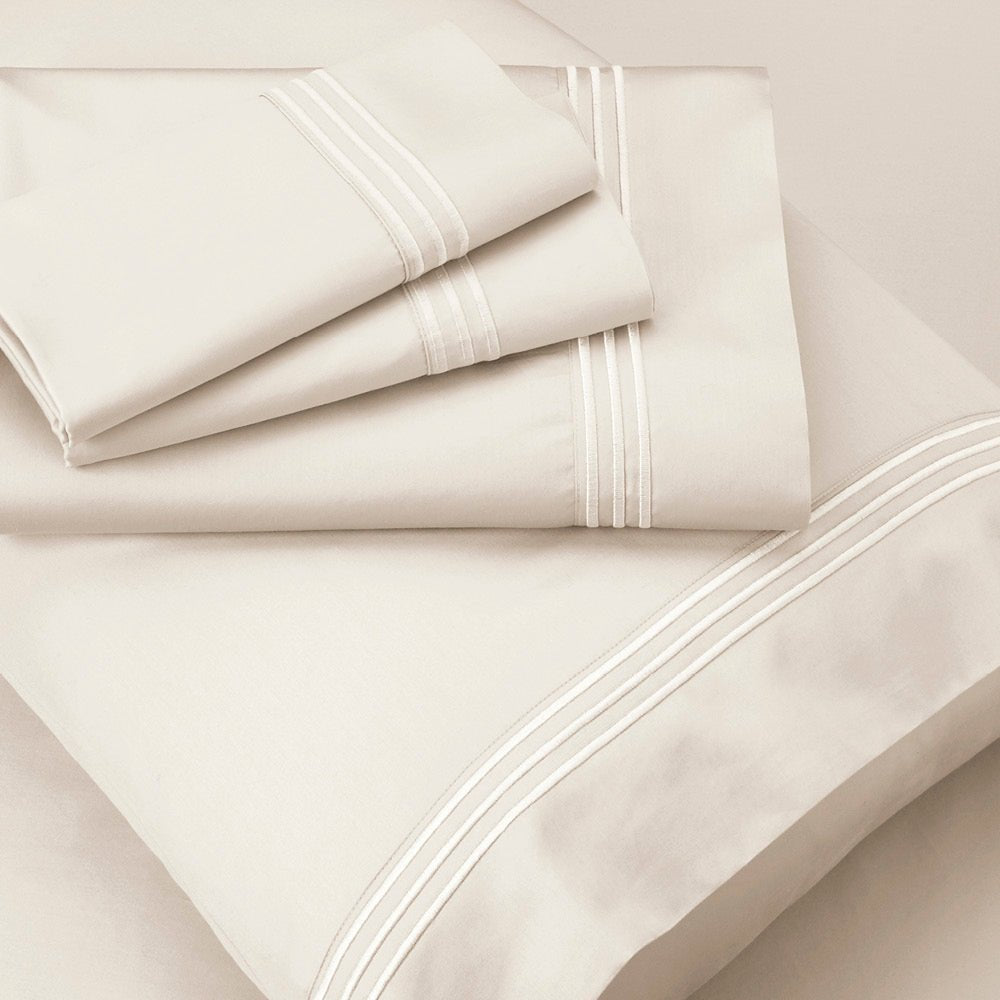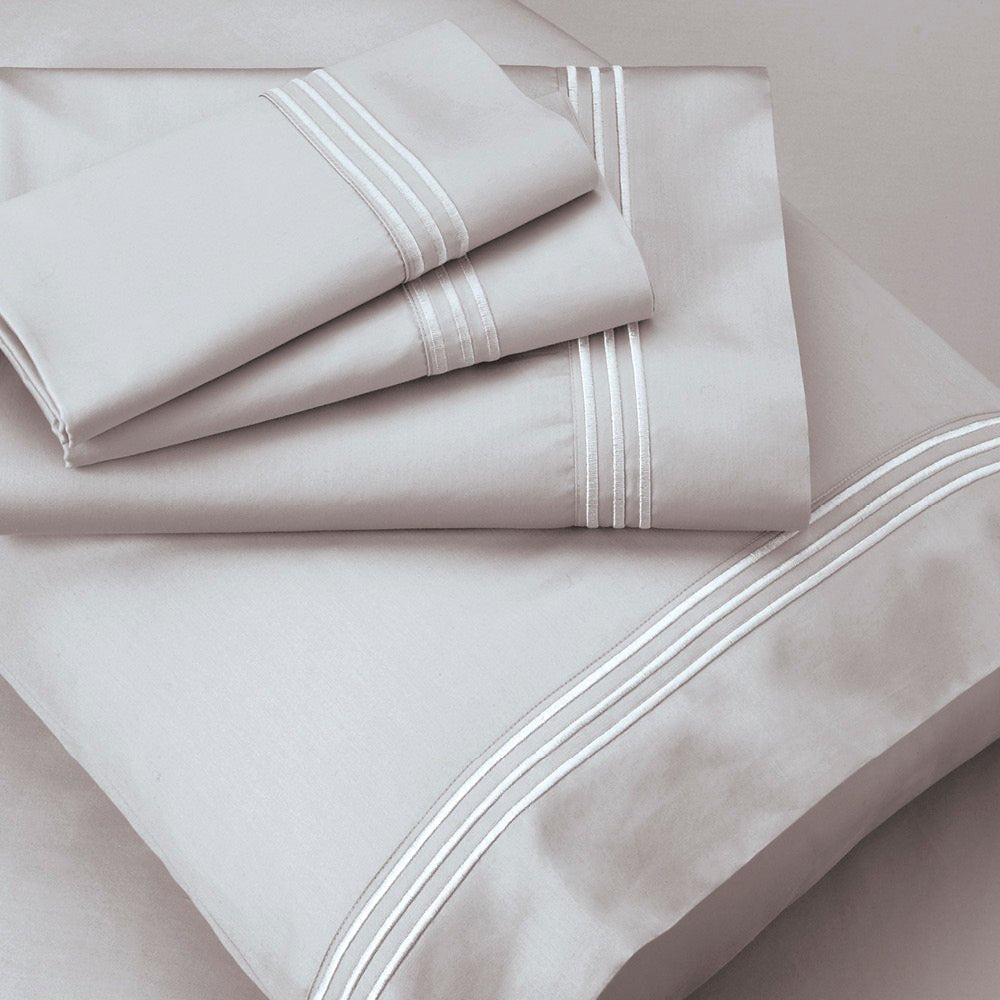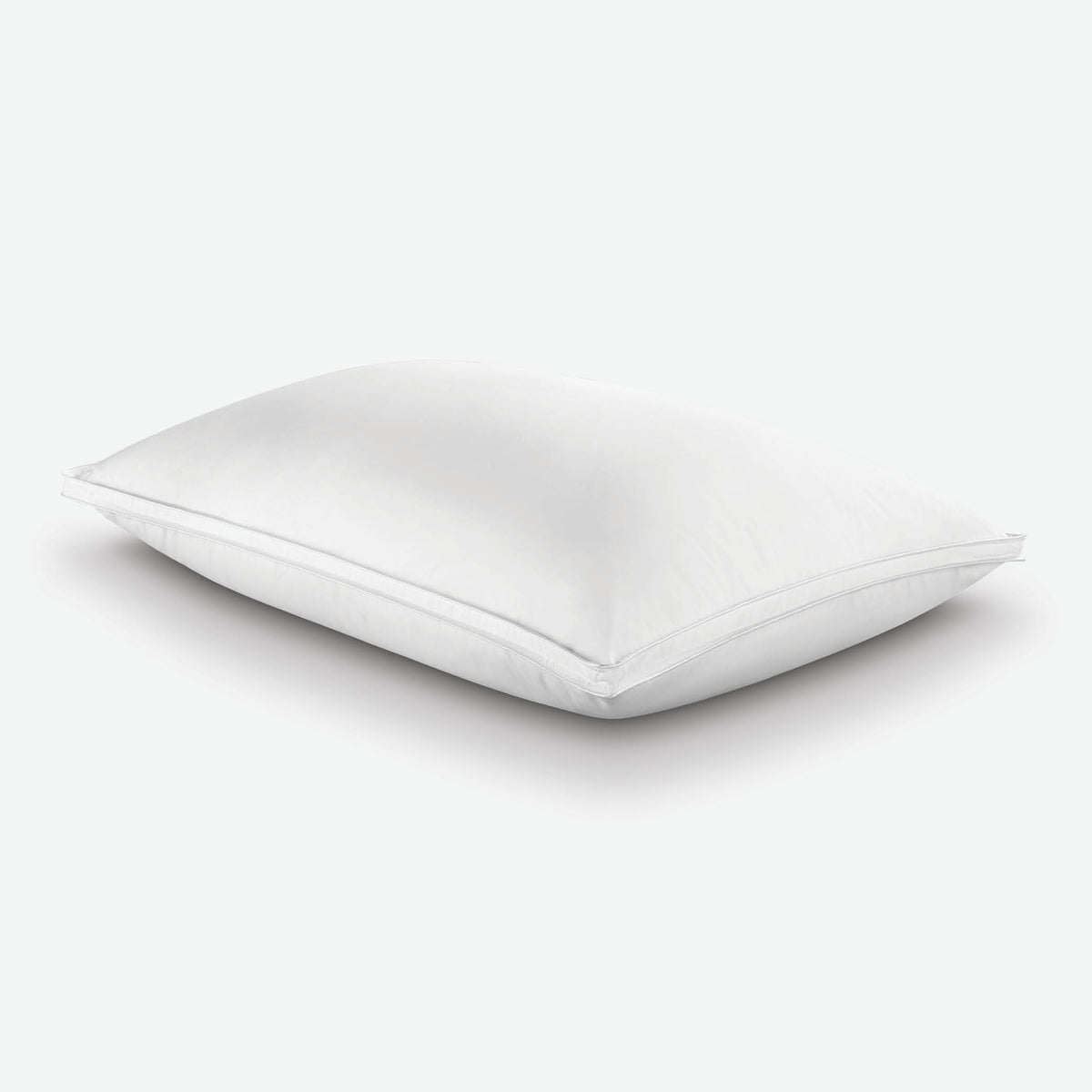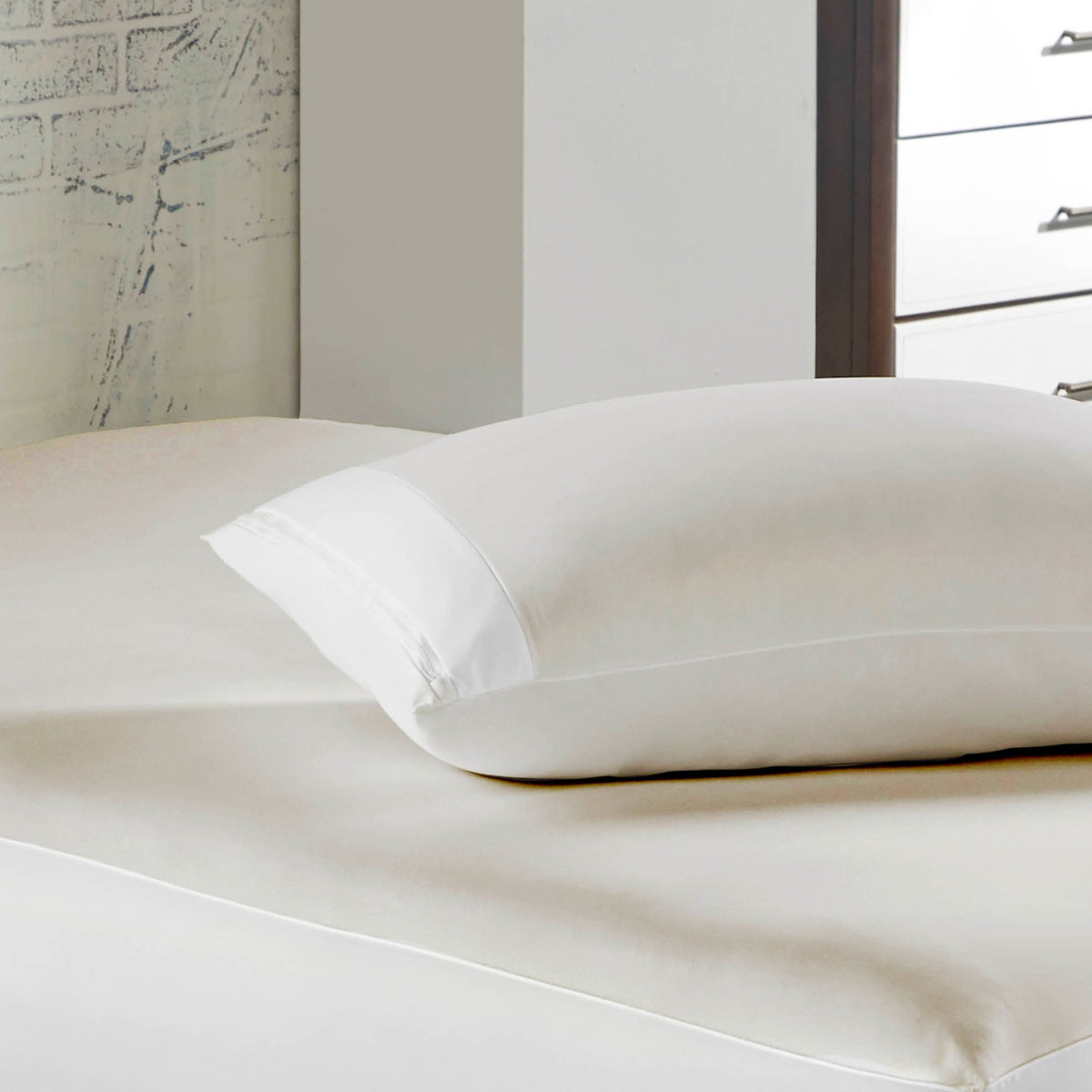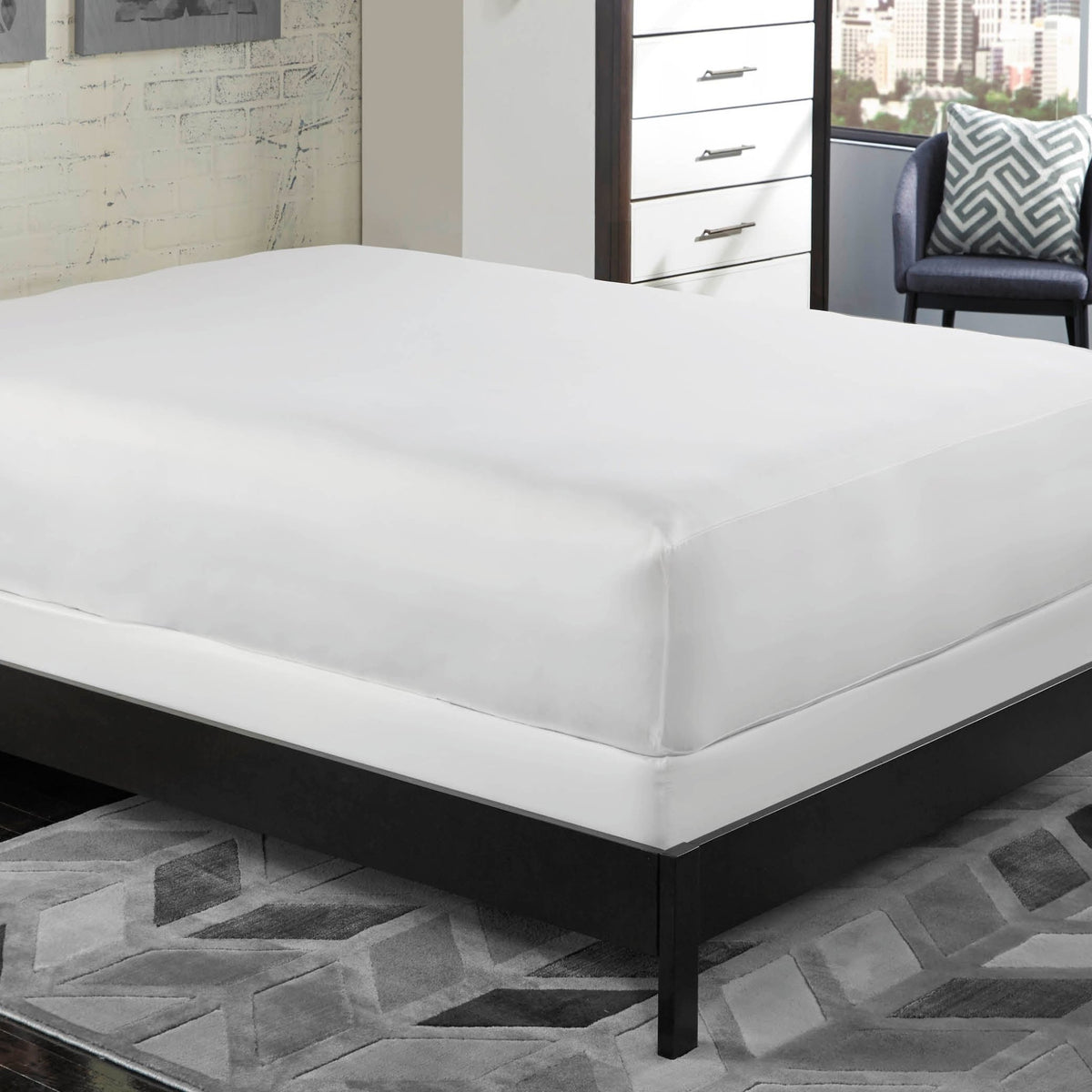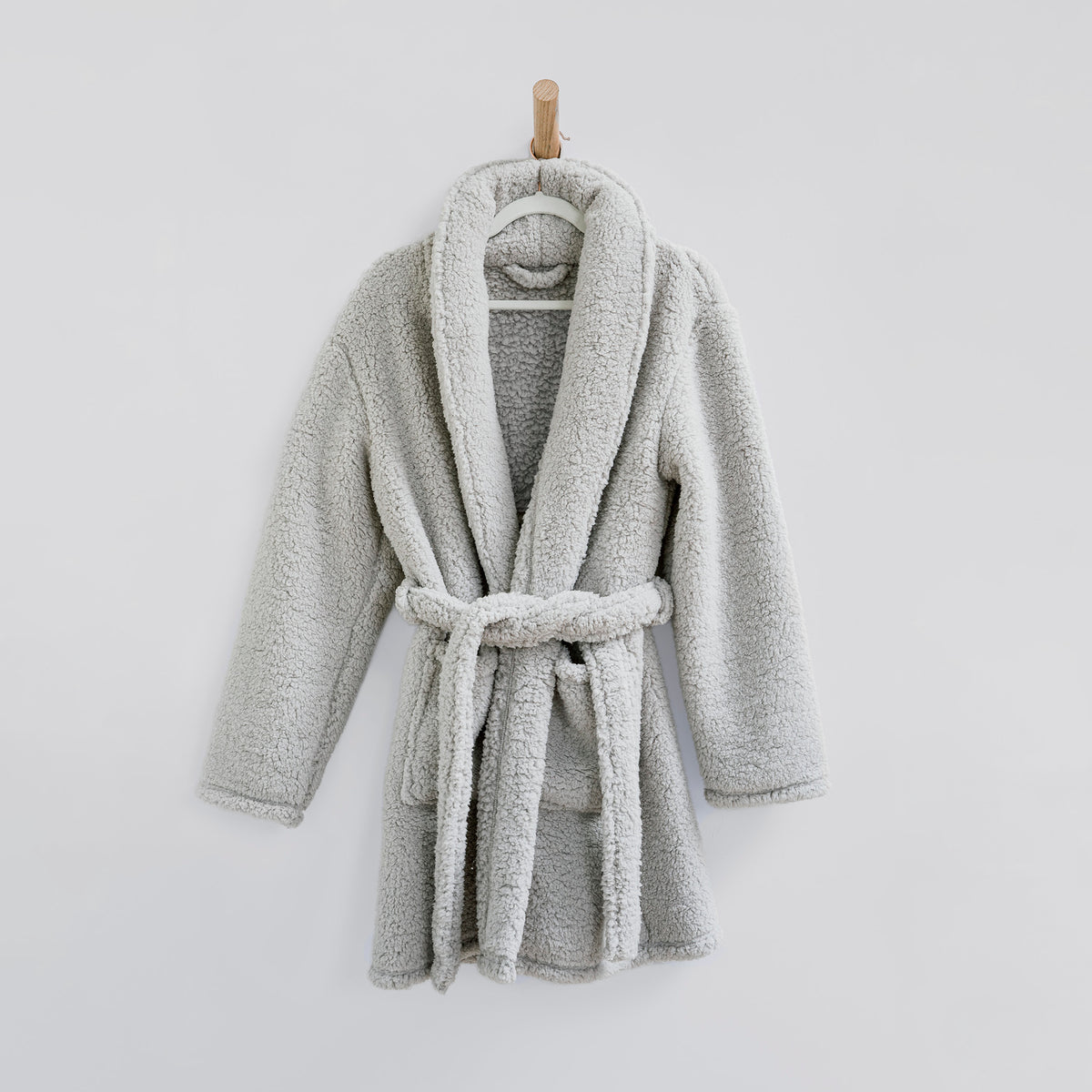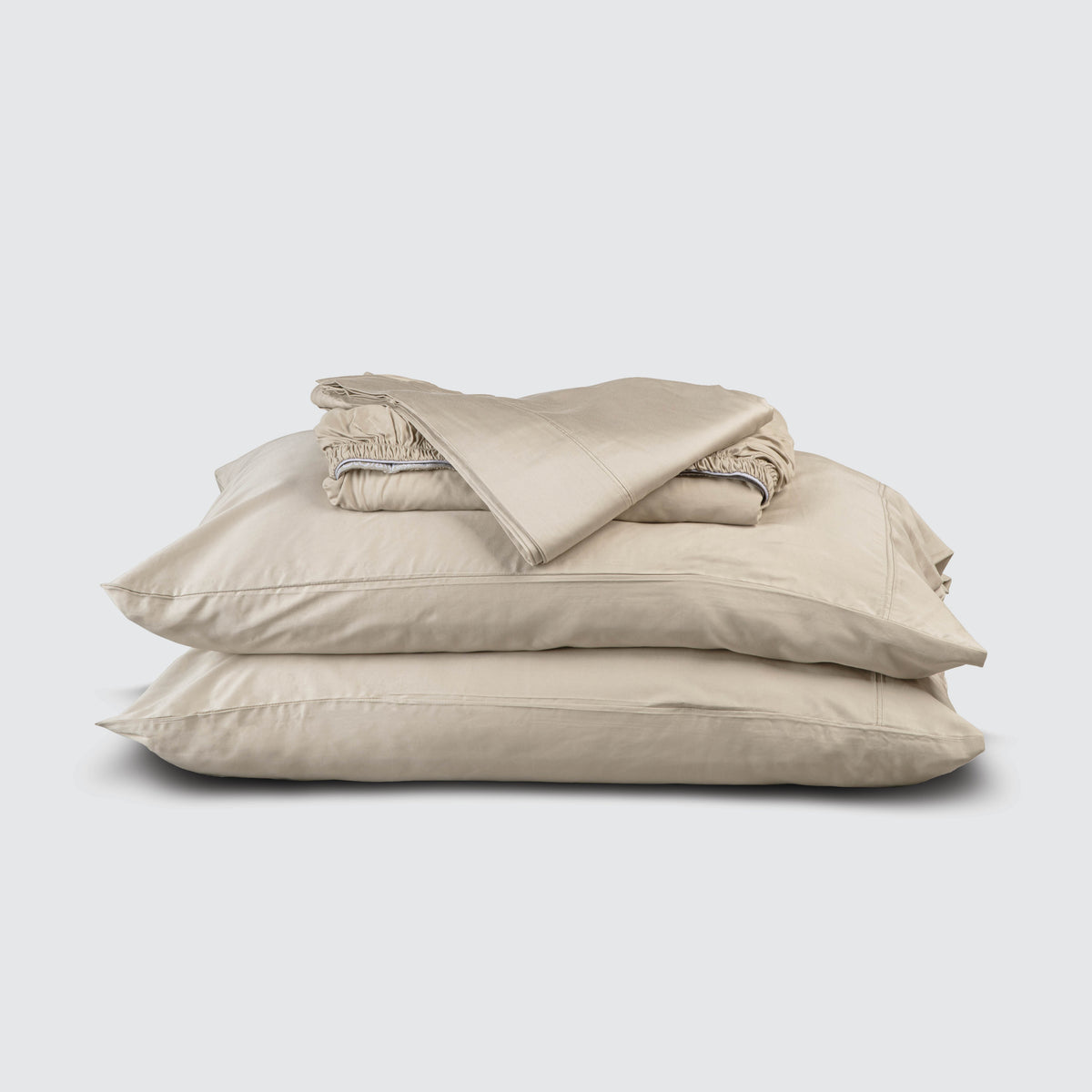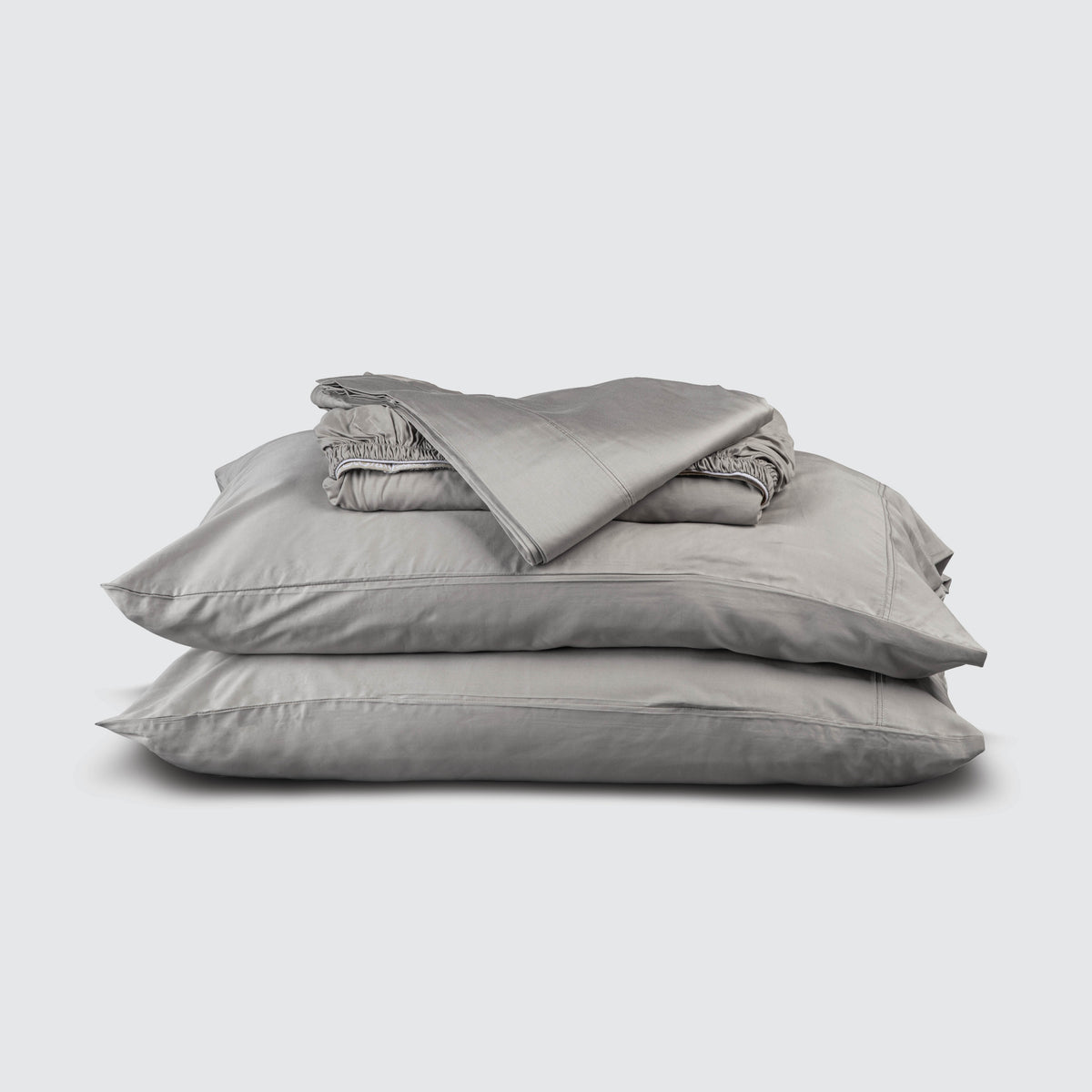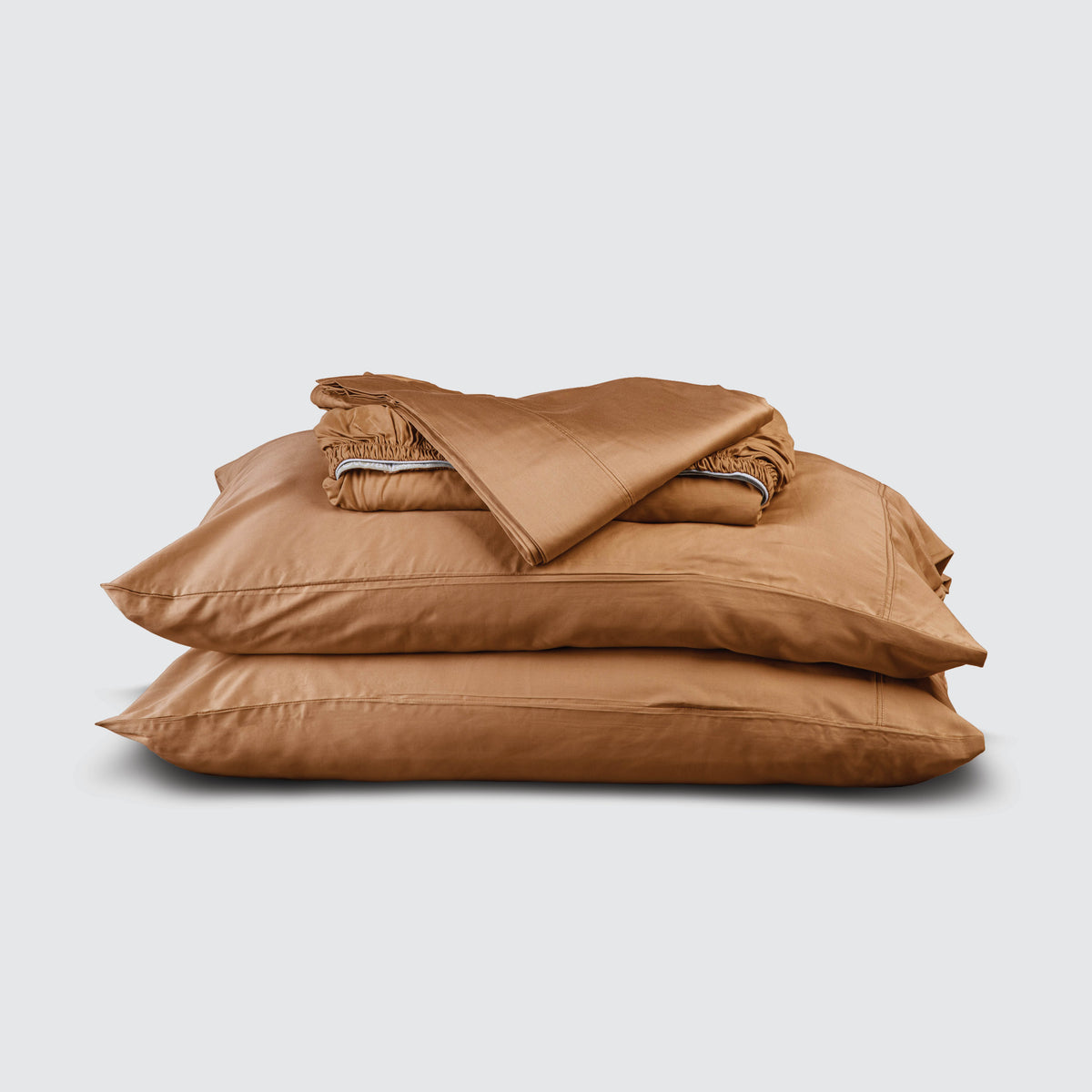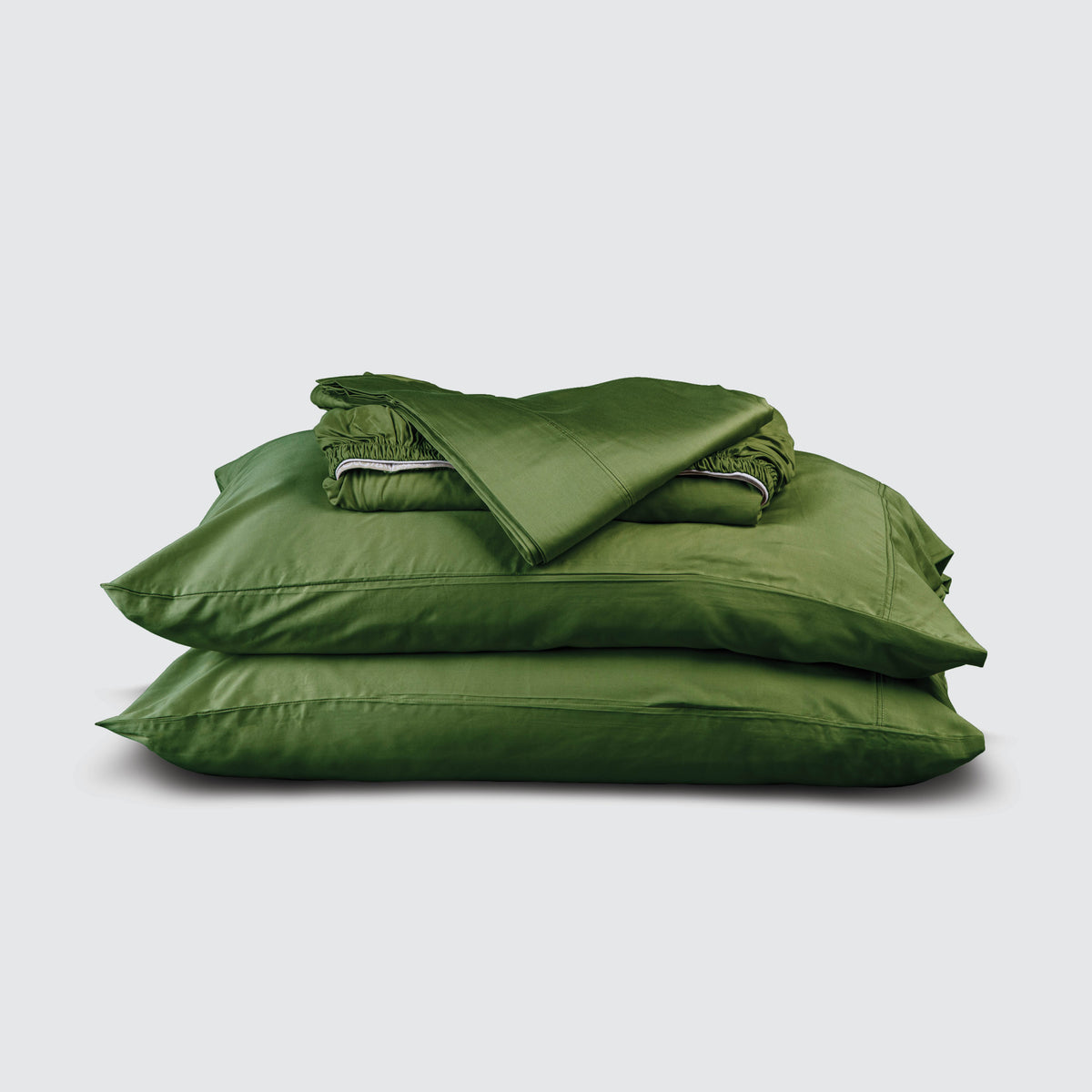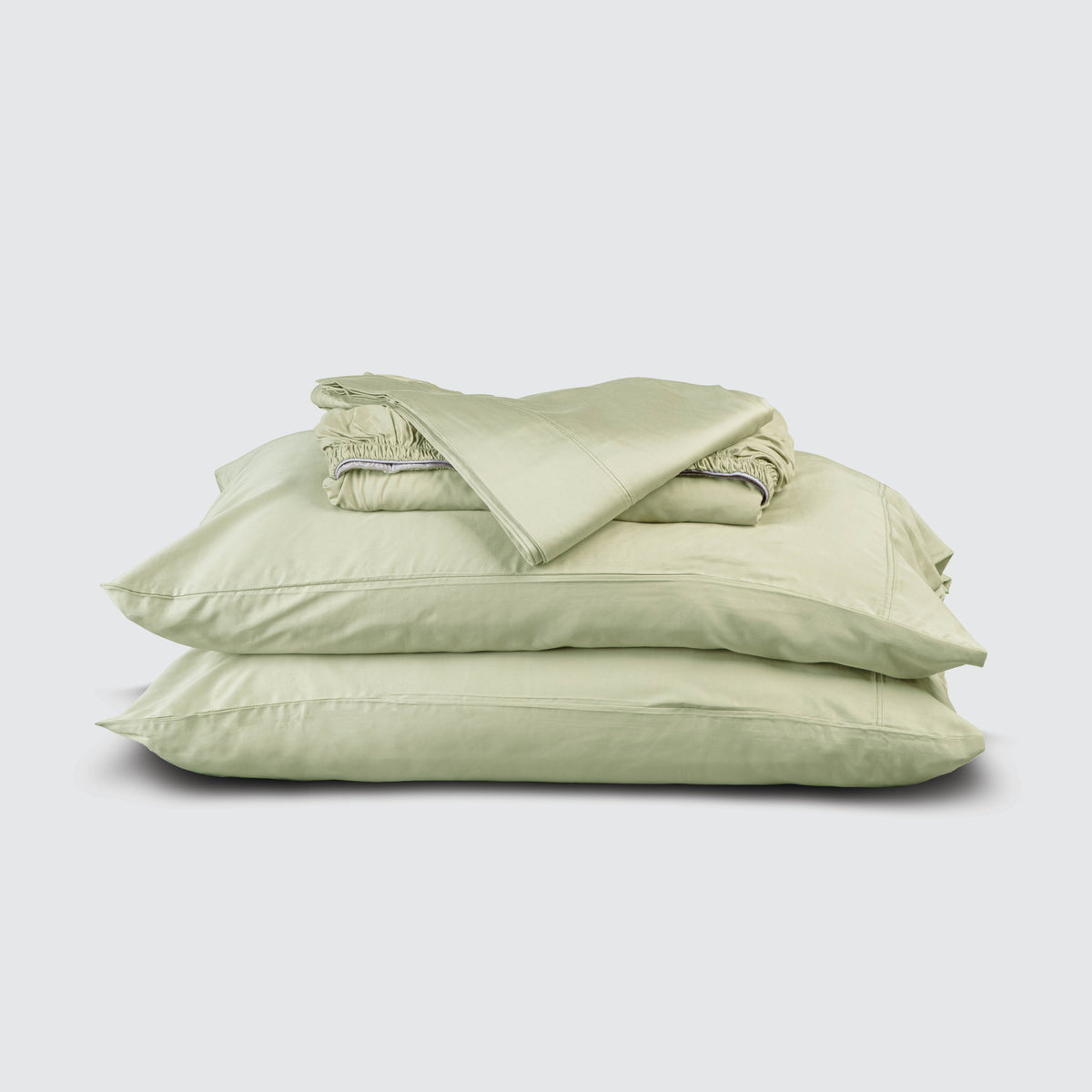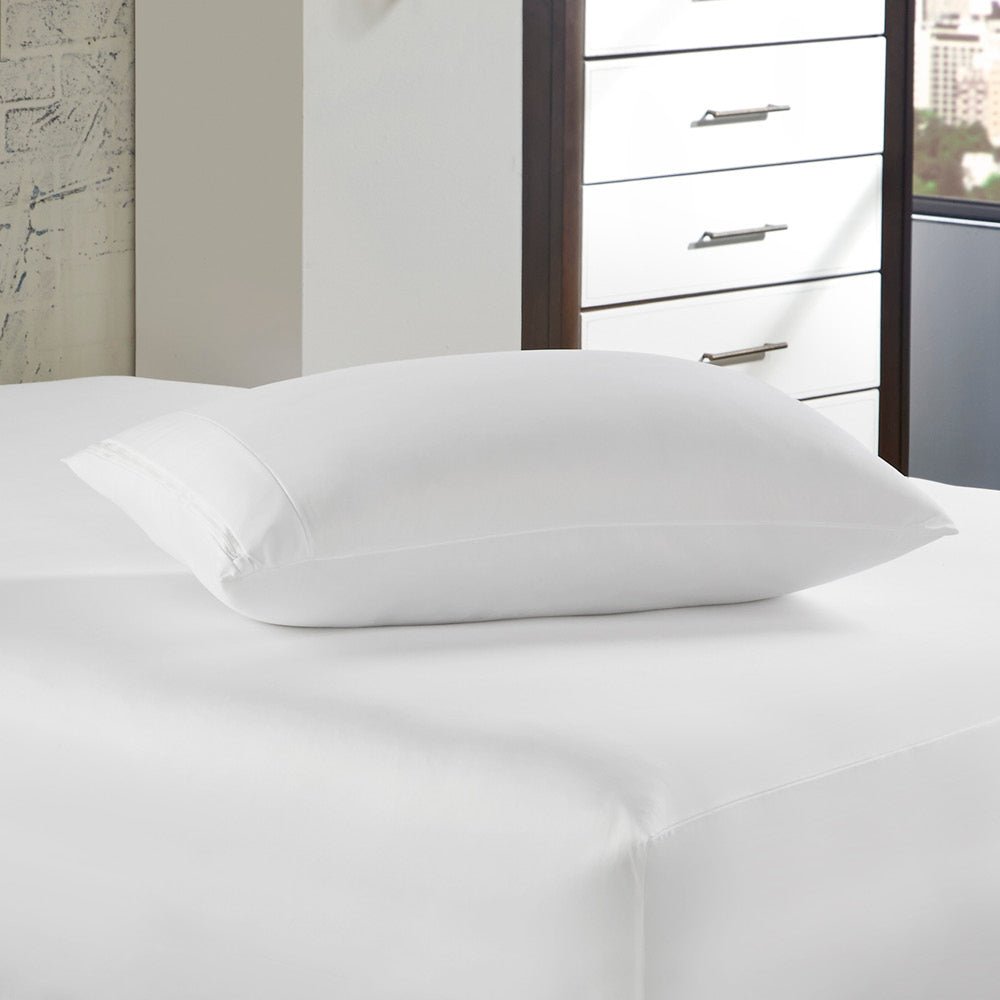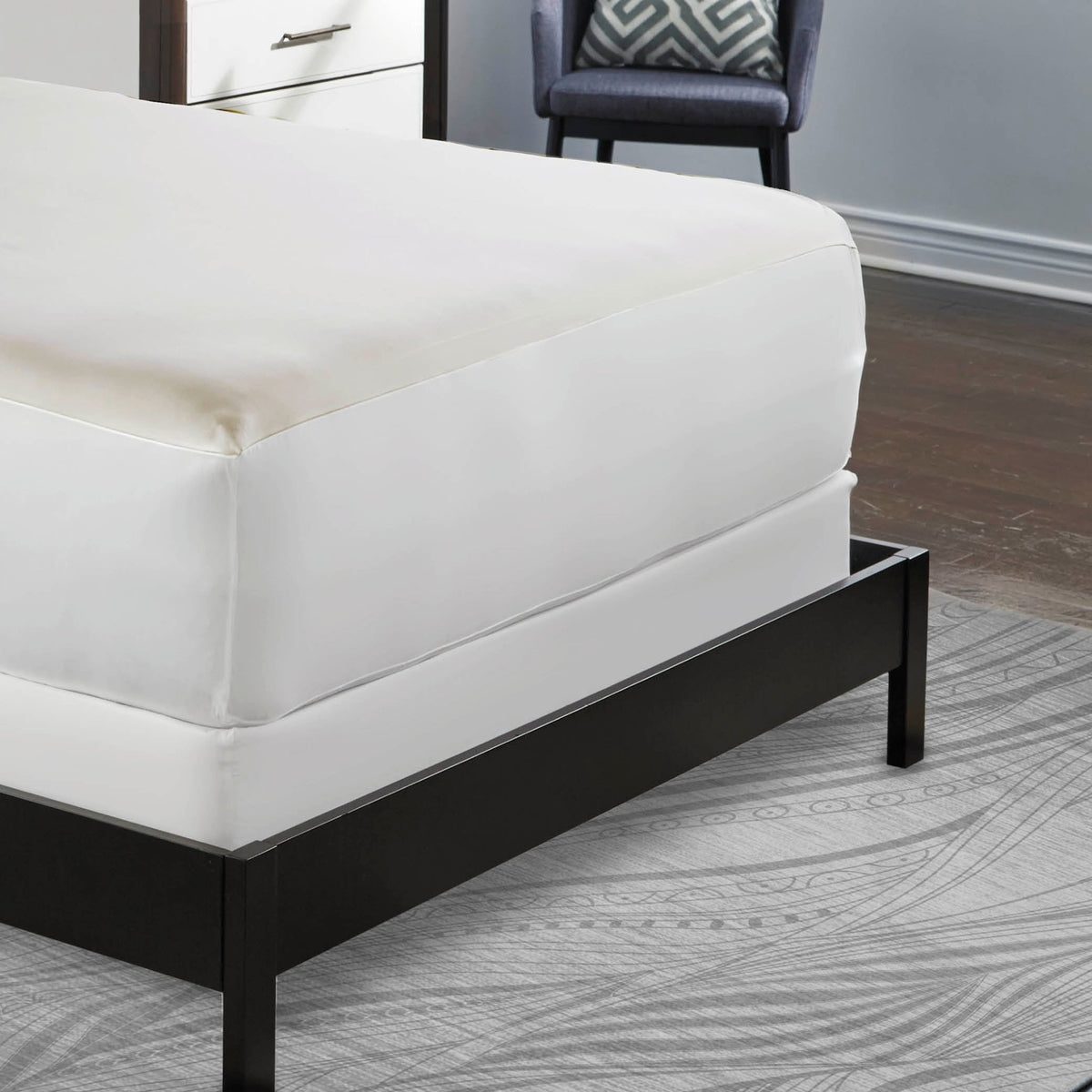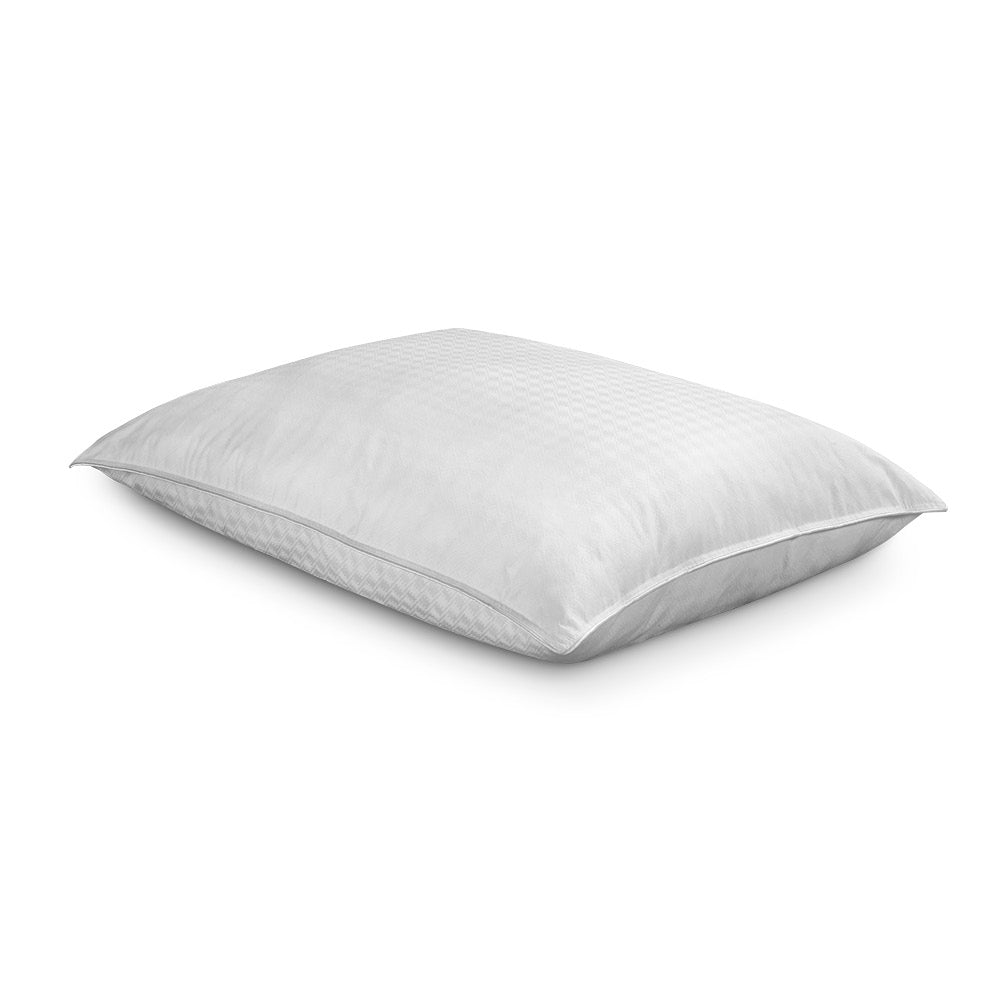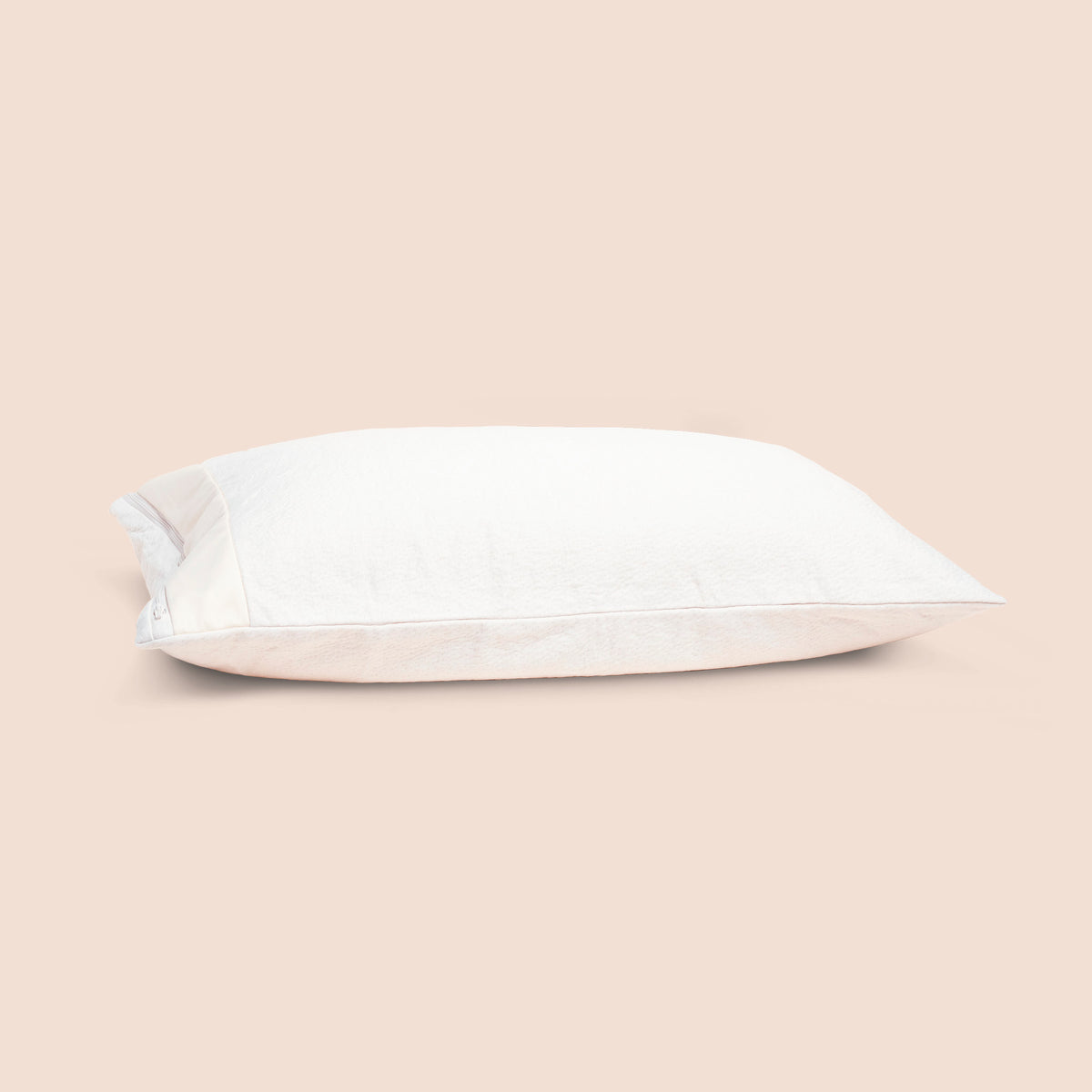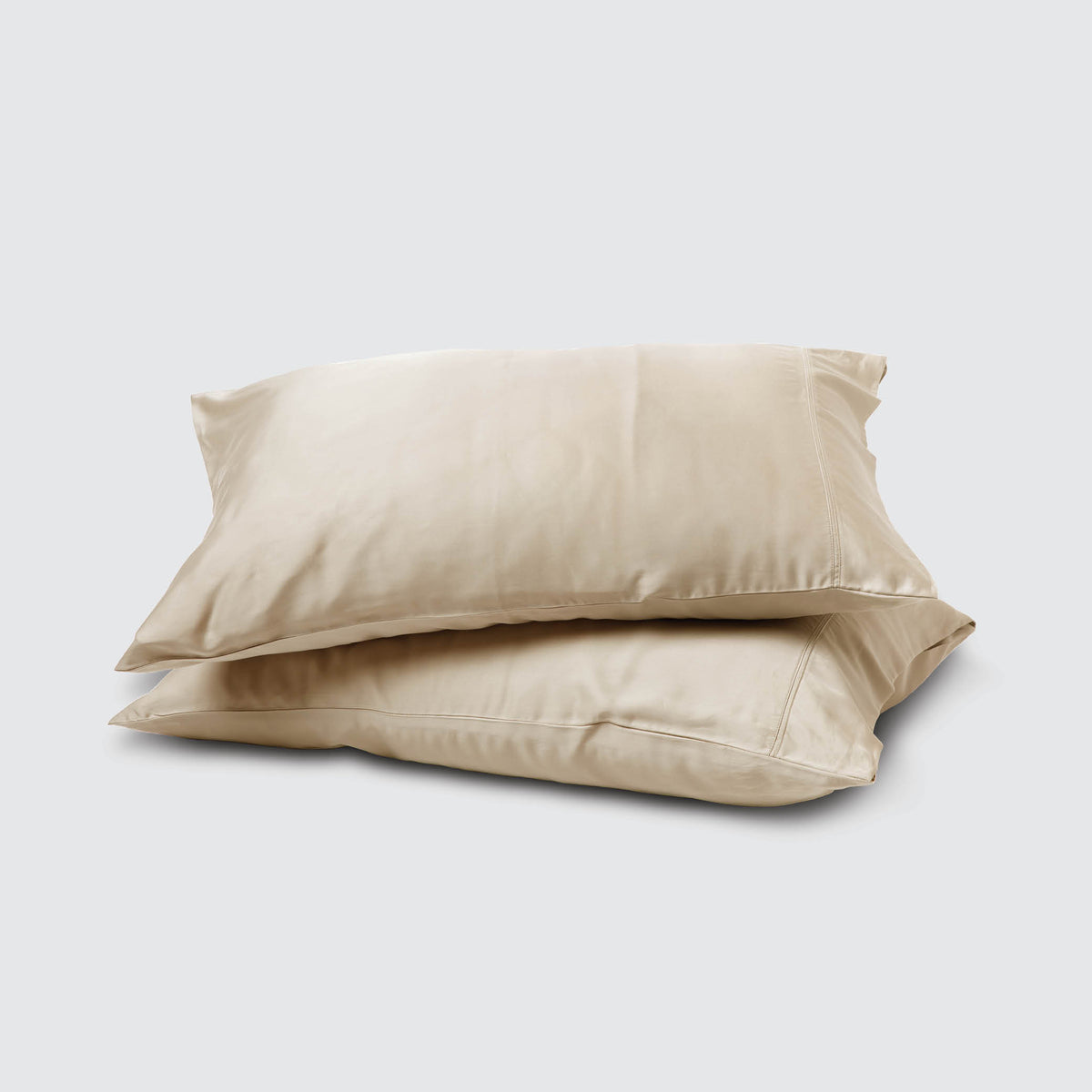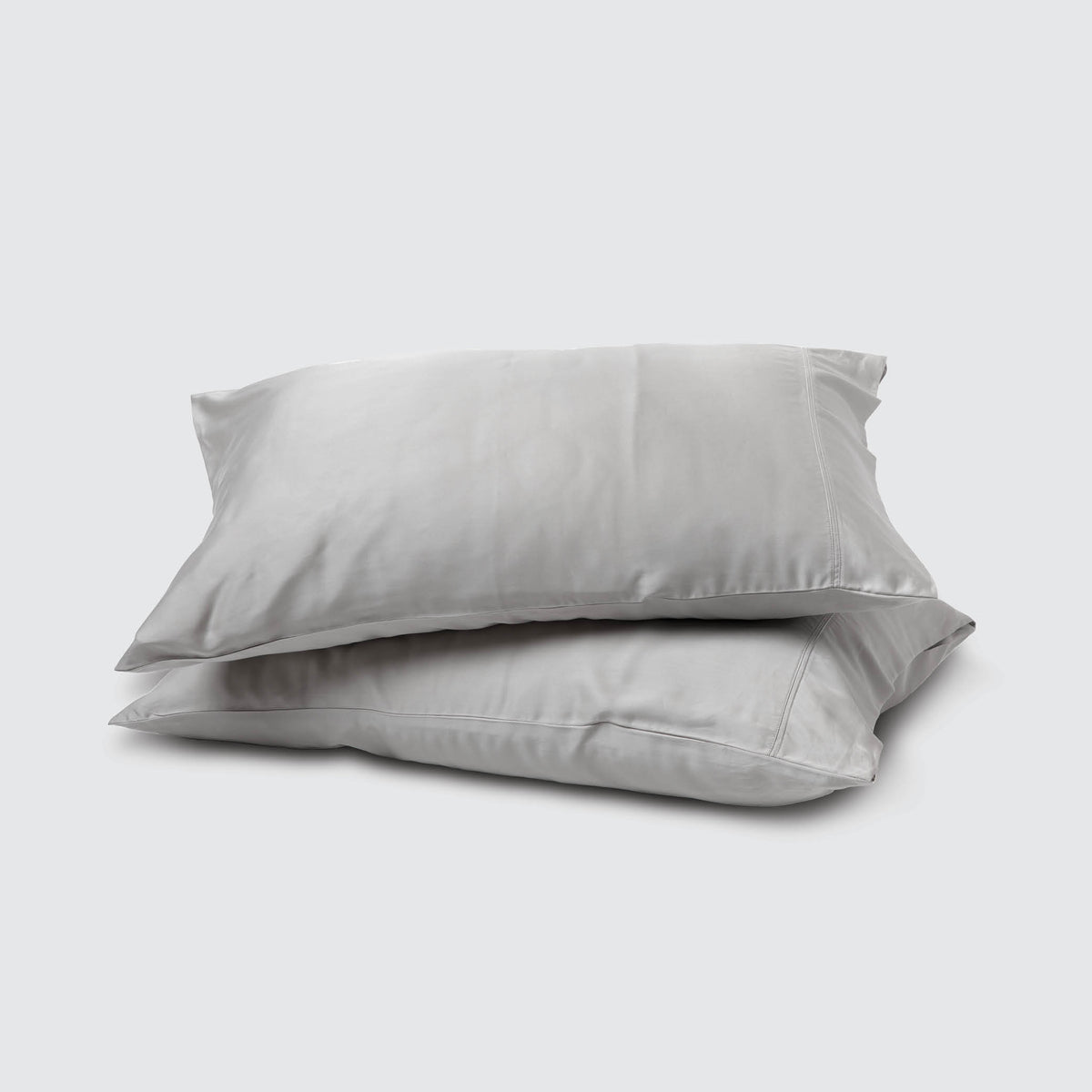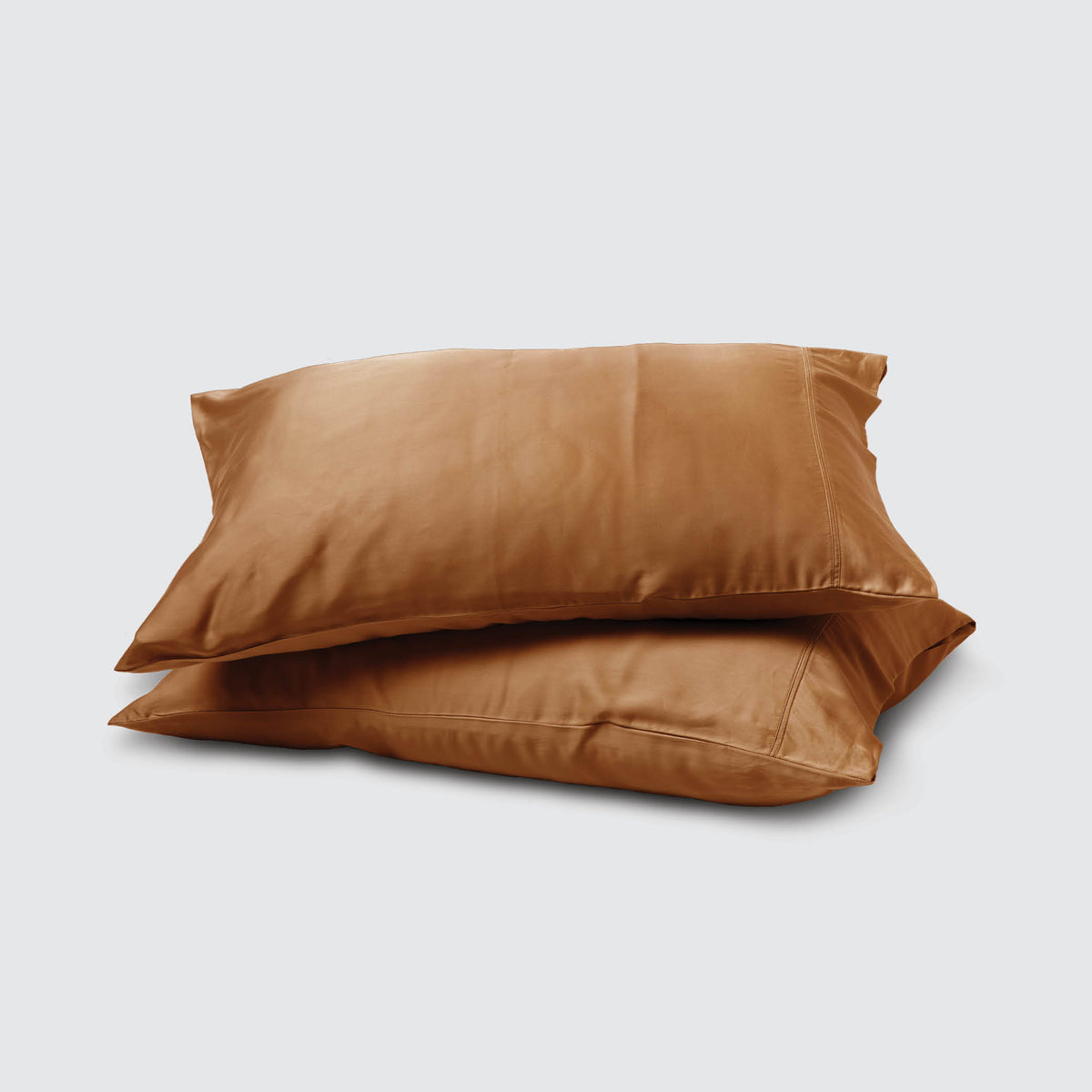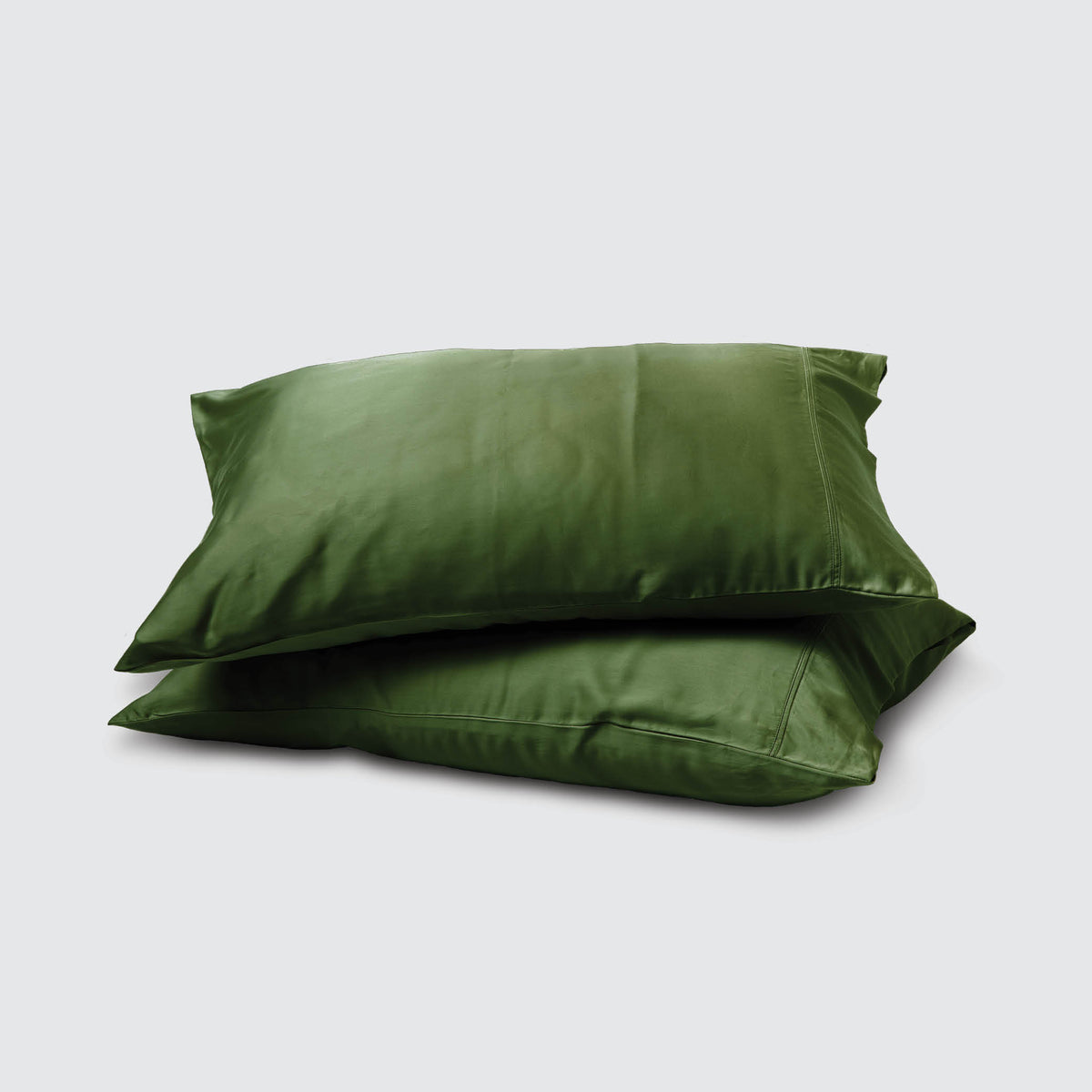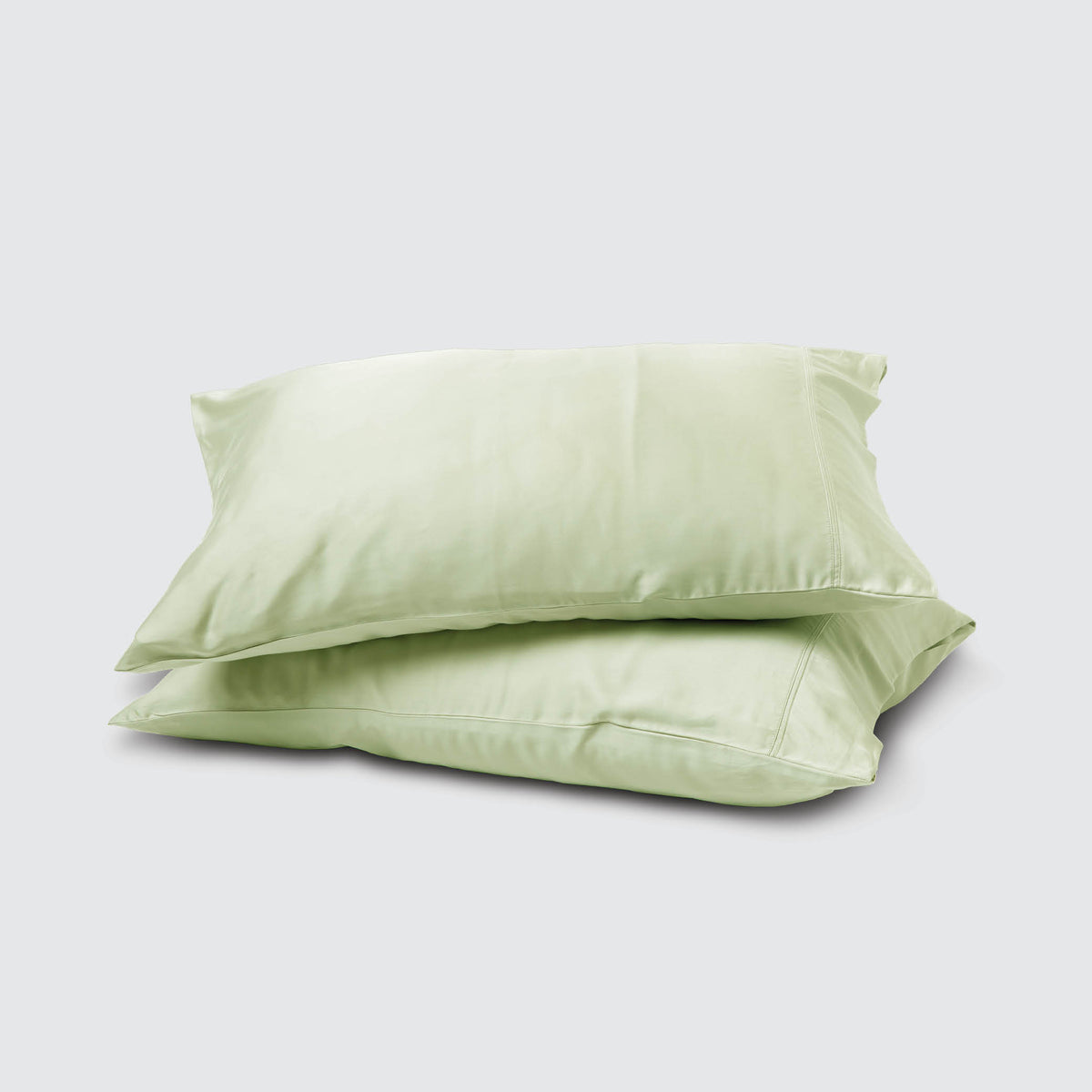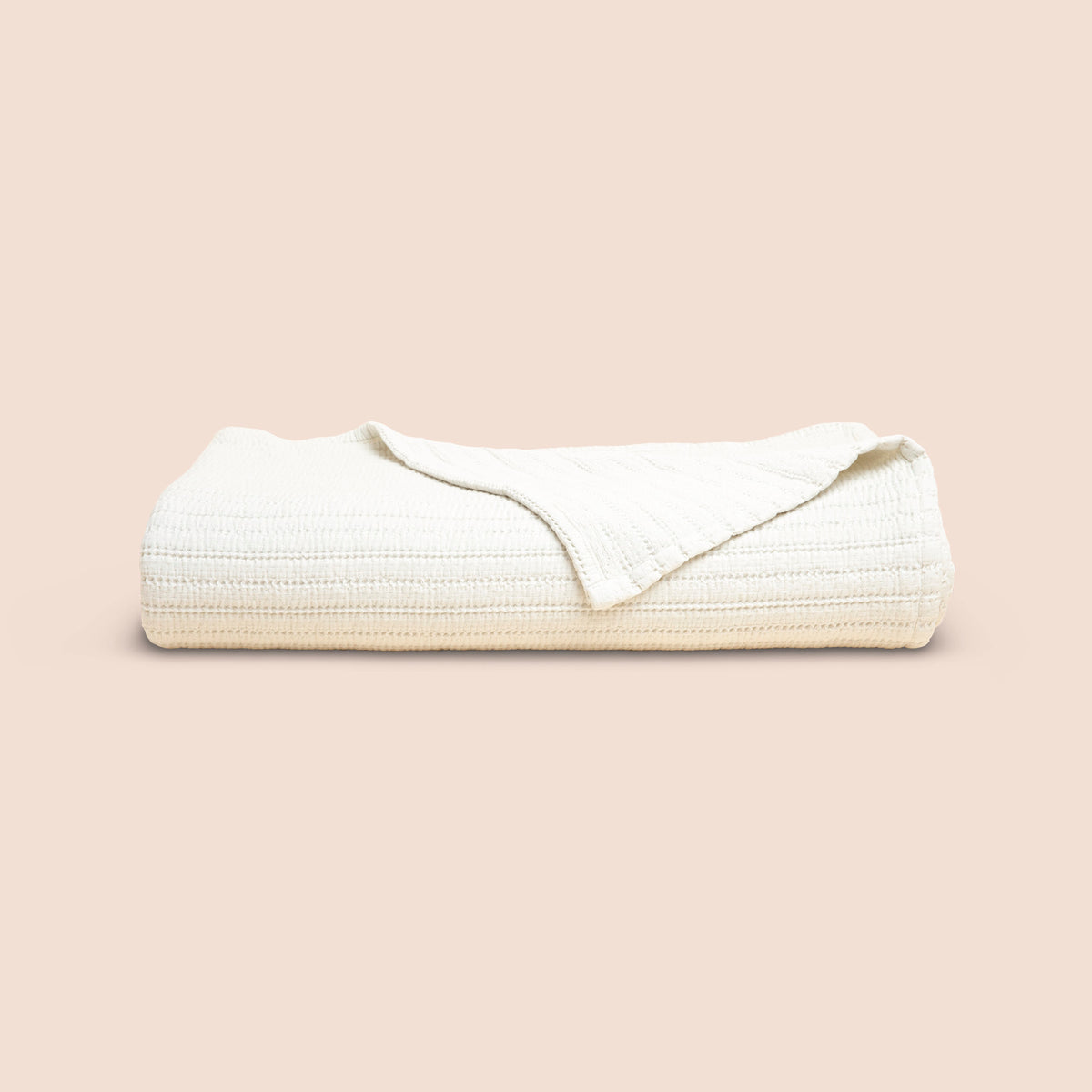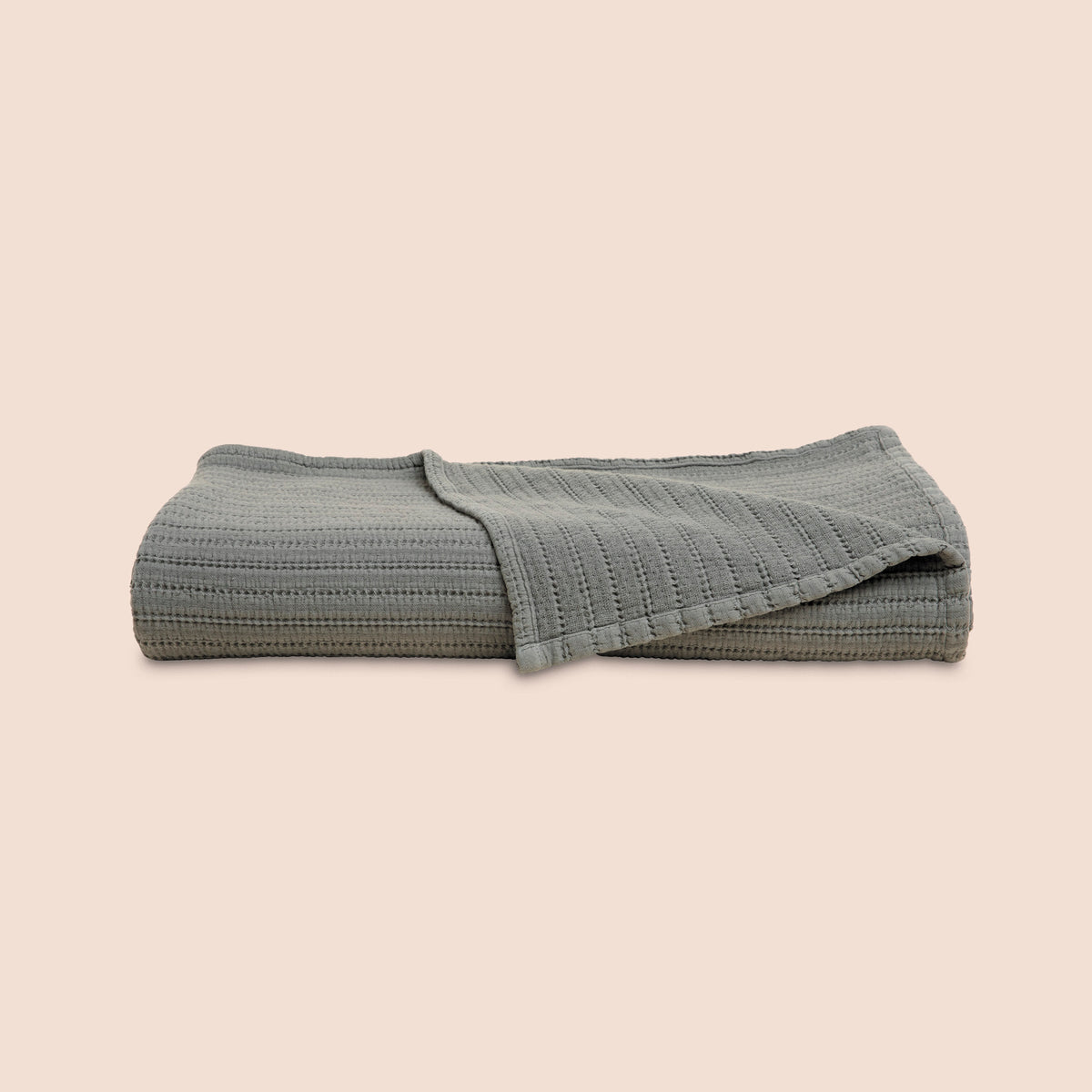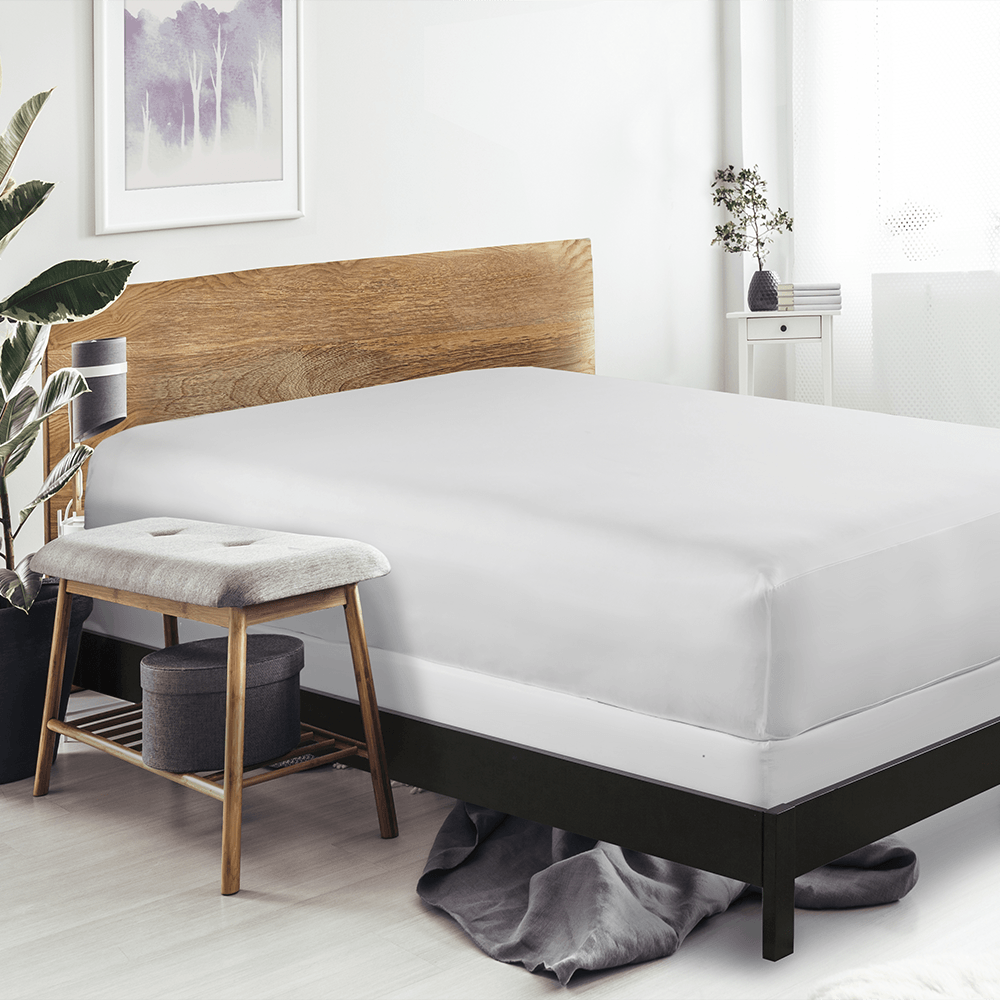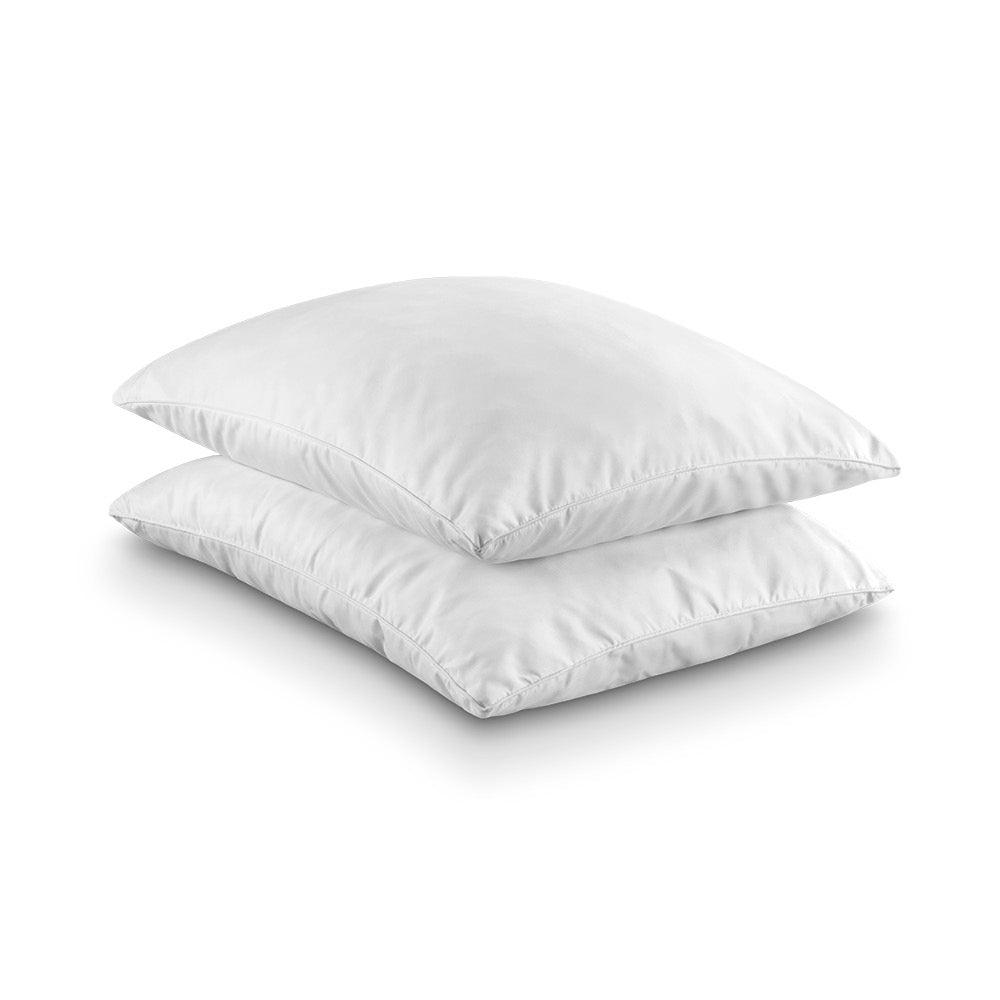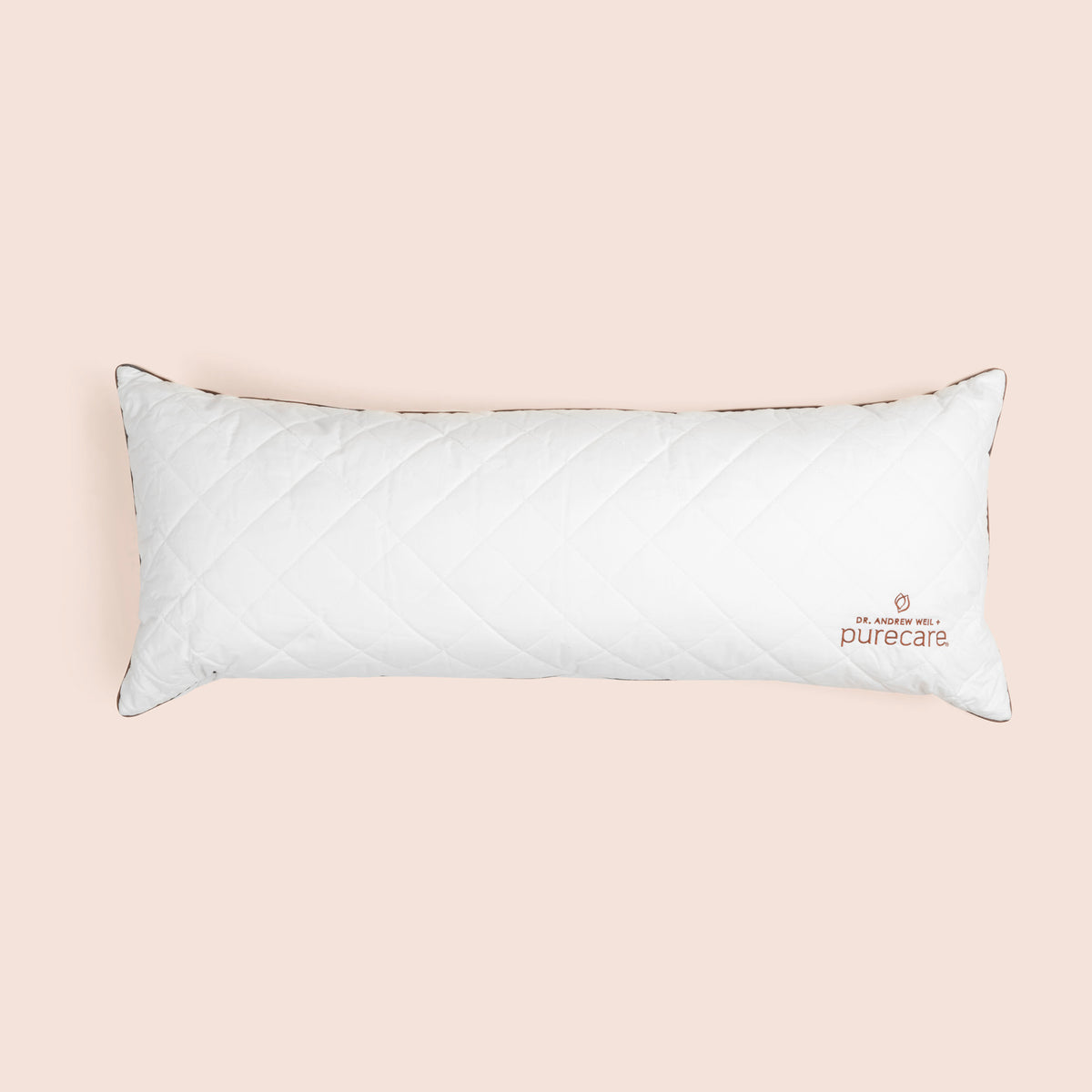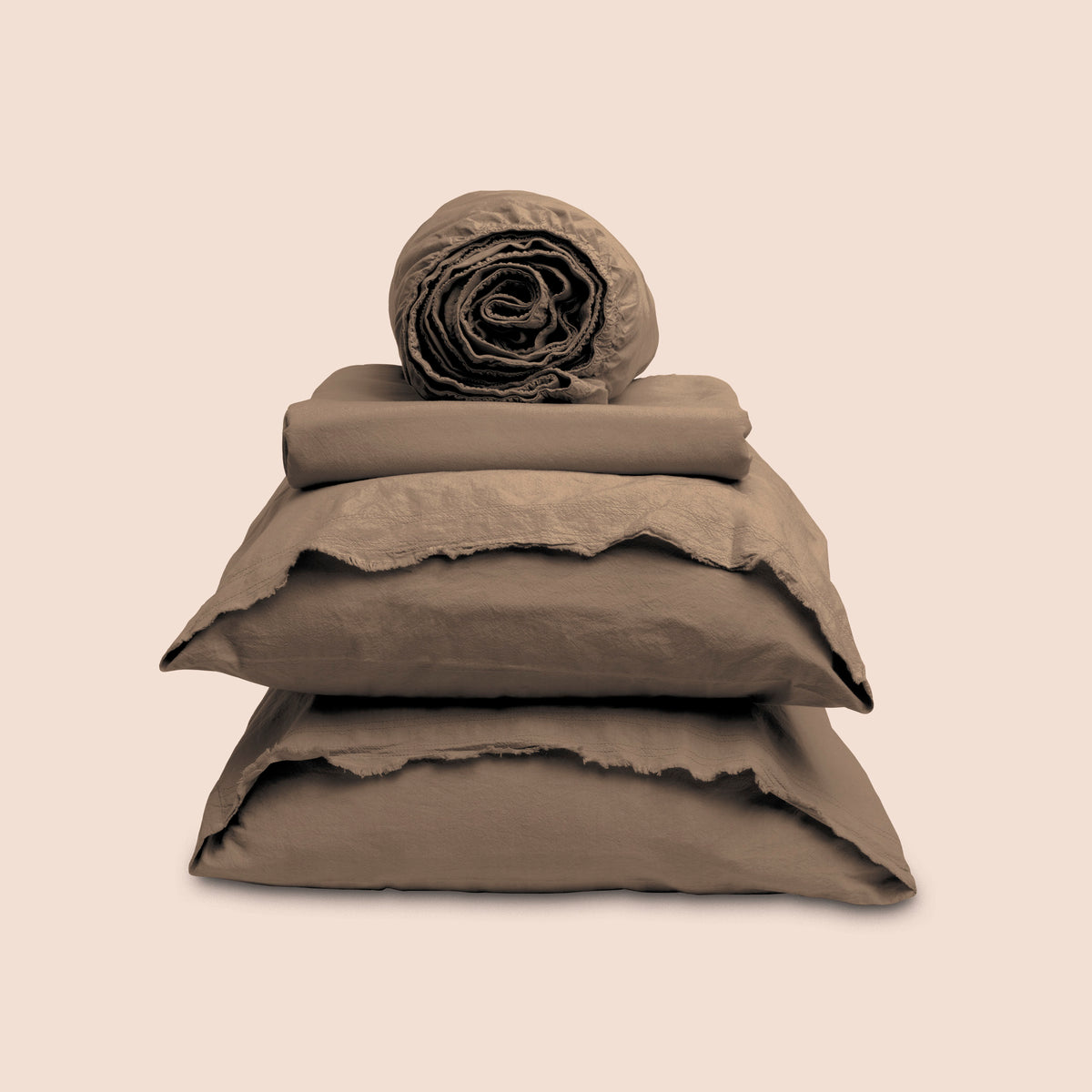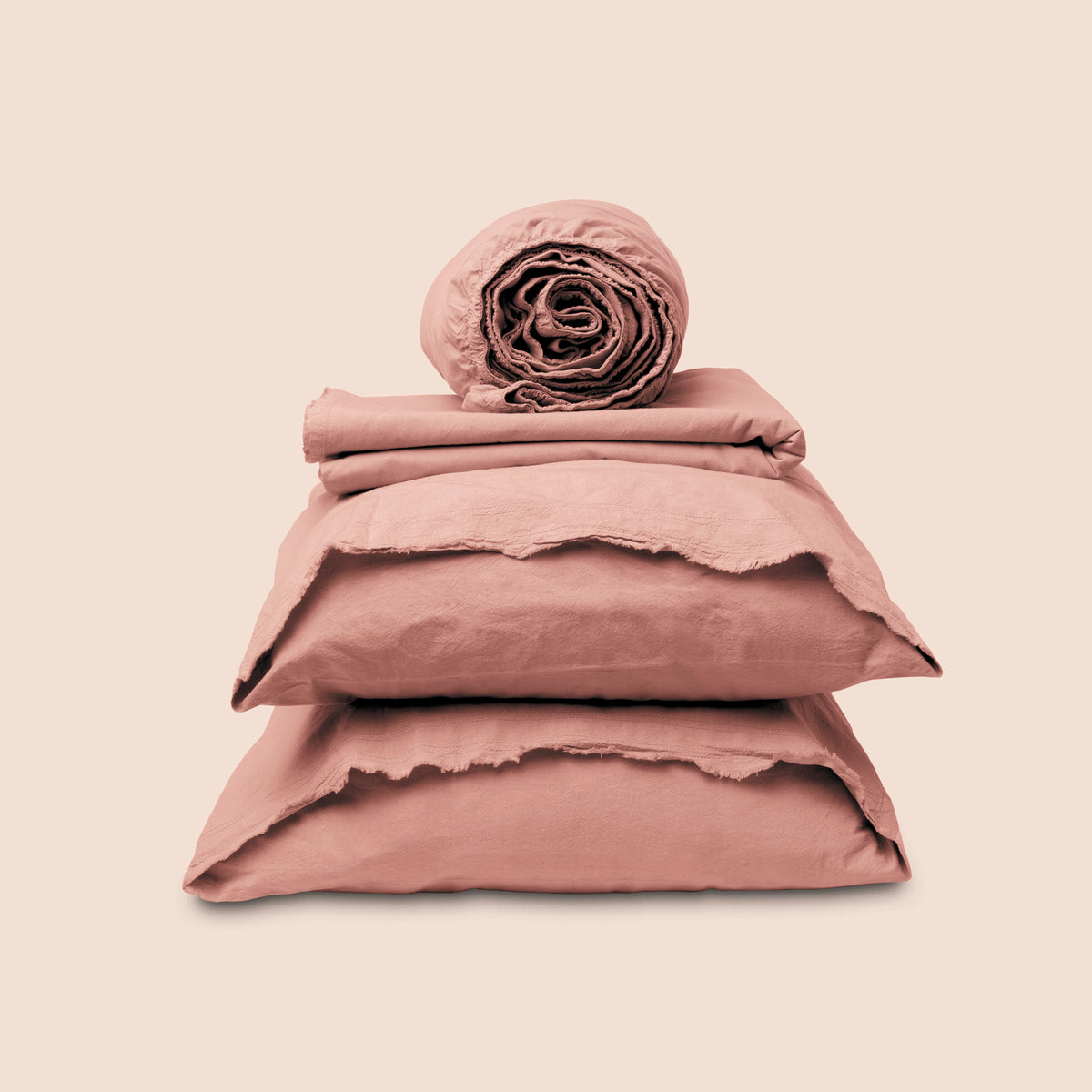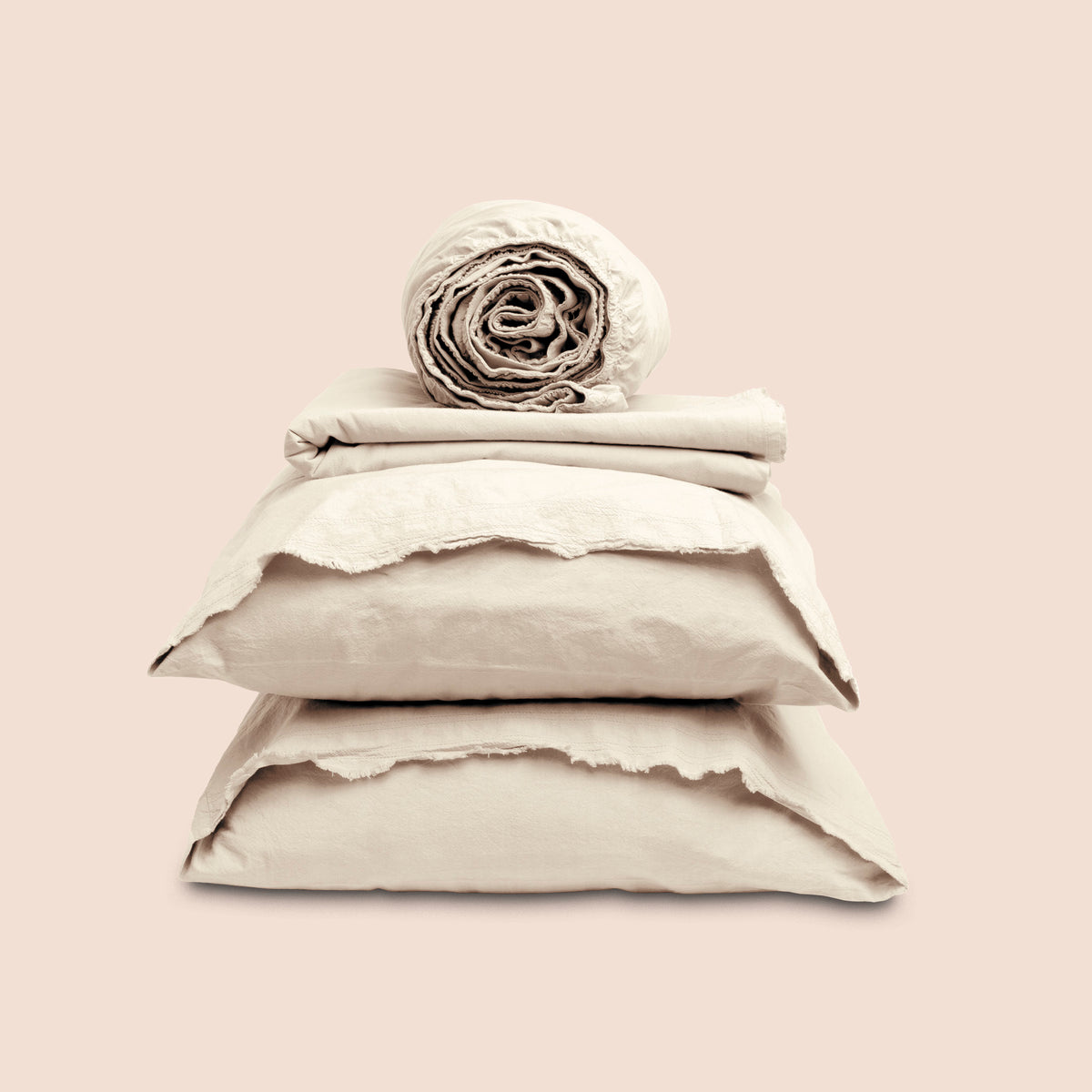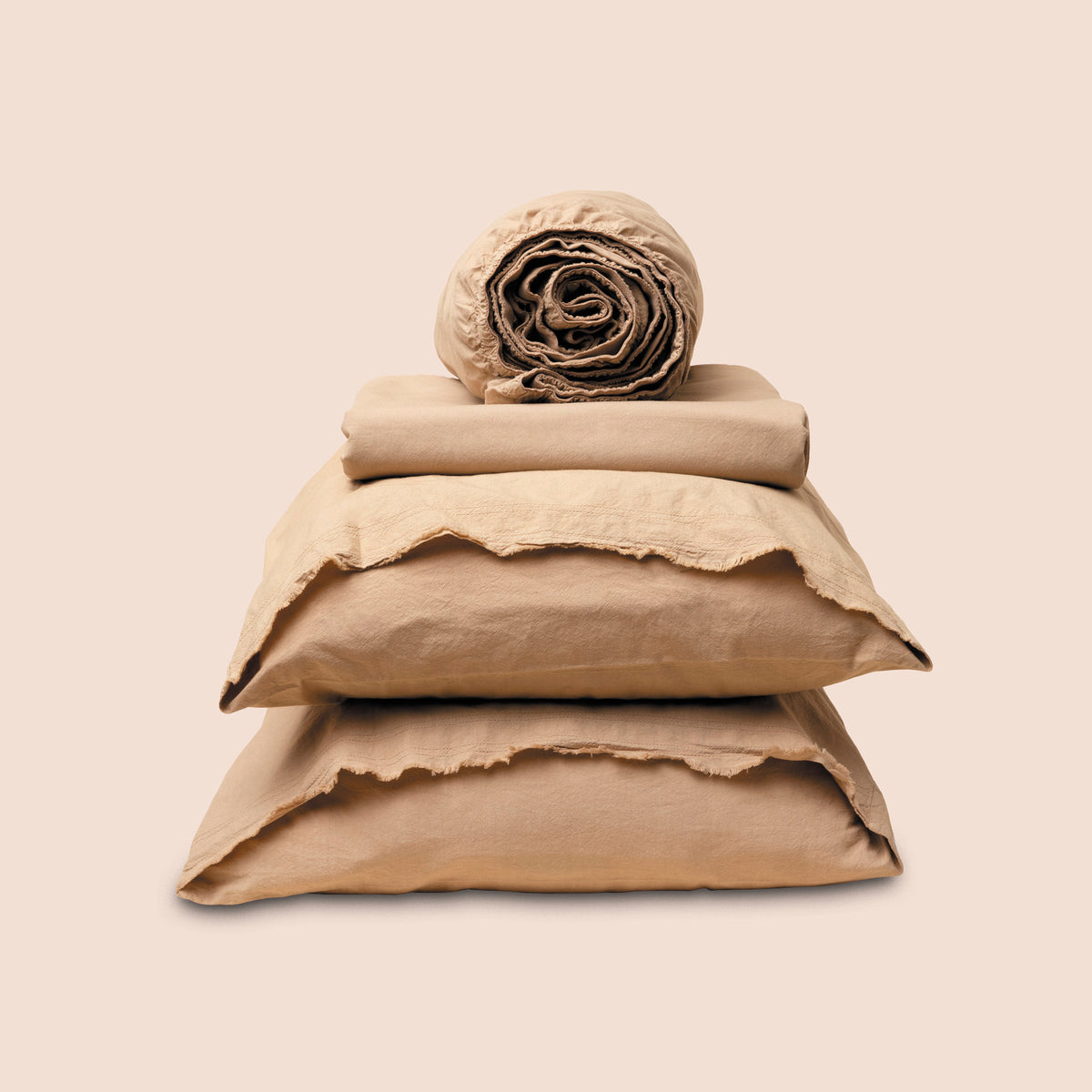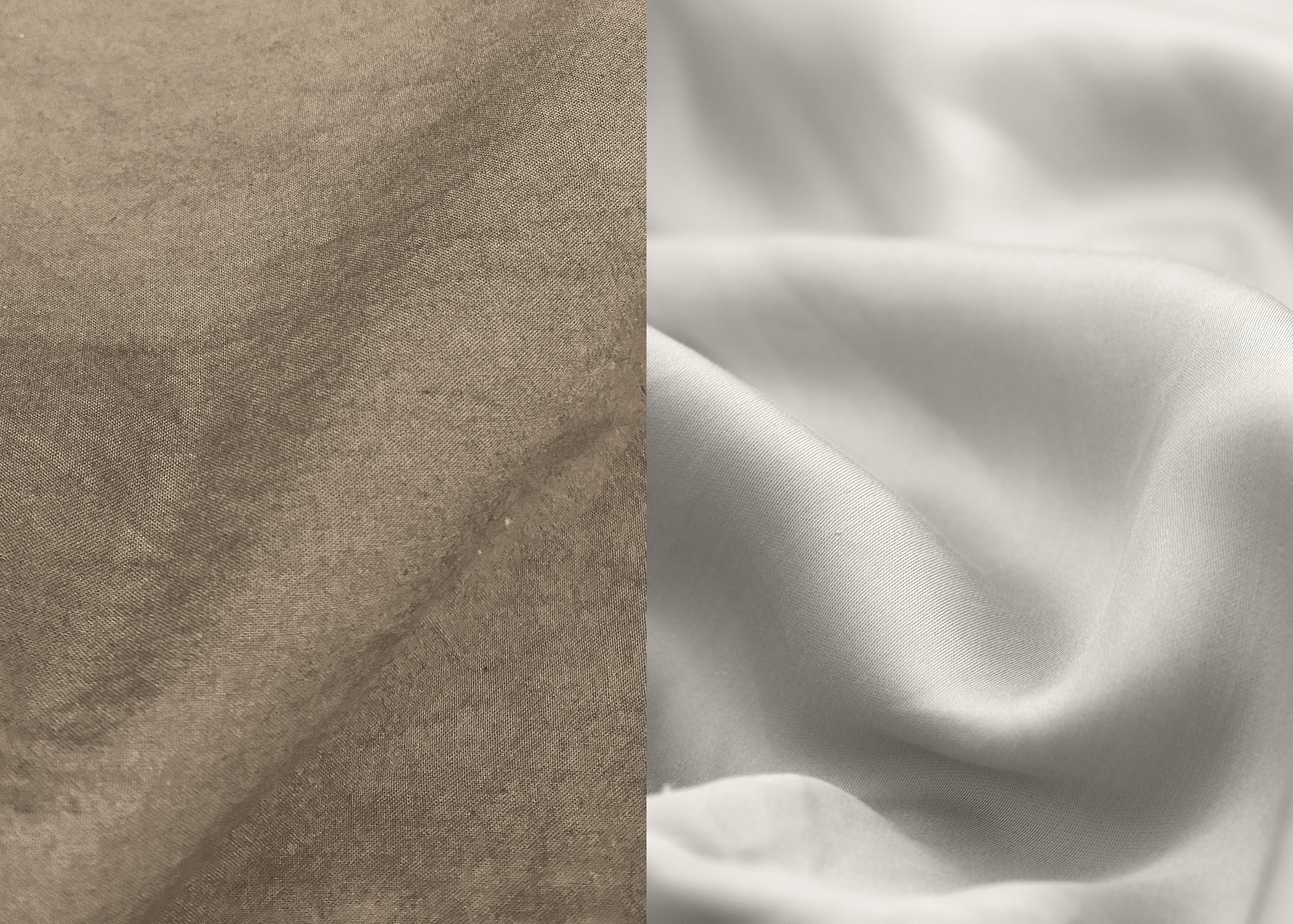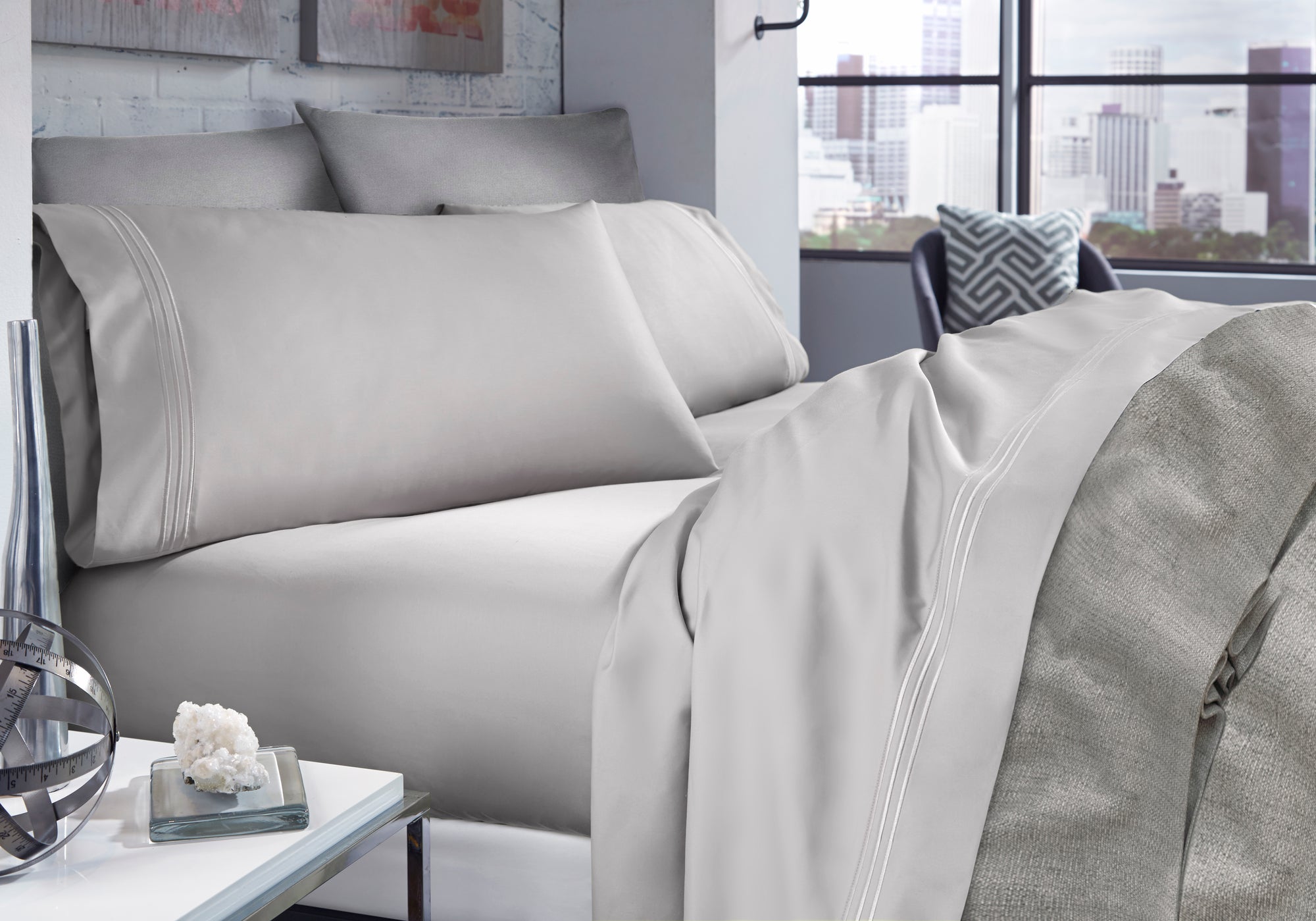Recently, there have been massive innovations in the field of wearables, leading to brand-new fabrics that can let in heat automatically when the environment is cold while shifting to block it from penetrating our clothing when the environment is hot. These advances emerged from the labs at NASA, where space suits needed to be vented and their heat removed without building up.
Our bedding isn't that advanced yet, but for many sleepers, a temperature-regulated night's sleep is still a tech miracle akin to a sleep-centered Holy Grail. Imagine finally sleeping comfortably beside your partner, who's always tossing aside the covers! Imagine falling asleep and staying asleep, waking rested and comfortable!
Temperature-perfect sleep isn't science fiction (it's not even rocket science). Multiple solutions to nighttime thermal regulation exist.
In this article, we're talking about fabrics, the science, and the choices you can make today so you can sleep better.
Why Do We Overheat During Sleep?
It doesn't make a lot of sense that we tend to overheat at night. In fact, our body temperatures drop about 1.8 degrees overnight. Yet that very process leads to excess heat on the surface of our skin. As our bodies cool, they radiate excess heat outward into the environment.
That means that as our bodies cool, our skin temperature rises. That can also mean that our body heat accumulates in our environments. If we're sleeping with another person, we're likely to feel their radiating body heat alongside our own, doubling the discomfort of all that added heat under our covers (and don't forget to add the ~17 watts radiated into the environment for each four-legged friend sharing your sleep space).
When you consider the blankets and artificial heat used to maintain your home’s temperature, it's only logical that you wind up unwittingly trapping heat in your bedding layers, close to the surface of their skin.
In fact, Harvard M.D. and integrative medicine specialist Dr. Andrew Weil asks those struggling to fall asleep, “Are you physically uncomfortable?” first. It’s a primary problem that gets in the way of sleep, and our bedding is a primary solution in keeping us comfortable, and hence, keeping our sleep optimal.
How does Cooling Technology Work?
Purecare's mineral-infused FRíO™ fibers feel cool to the touch all night long with a combination of technologies working together:
- nano-technology
- mica-infused fibers
- nylon
Using mica minerals in the manufacturing process of yarn threads, fibers take on some of the features of mica itself, like heat reflection. When infused at the molecular level with nylon, nylon's cooling properties are amplified.
Already moisture-wicking, fabrics like nylon help naturally cool as they move moisture away from the surface of our skin. Add thermal-resistant and reflective mica, and a fabric made from this tech-savvy yarn can prevent overheating.
Because FRIO® fibers actually channel body heat through each cooling thread instead of trapping it, there's no build-up of heat around your skin's surface, and bedding stays cool to the touch all night long.
That's a new innovation compared to the original space-age technology of what's called phase change materials (PCMs), fabrics with molecules made to shift phases (from a solid to a liquid and back) depending on the environment. As they heat up, their molecules liquify, absorbing heat from the environment and keeping you cooler. As they cool, they solidify and release heat, warming you back up.
PCMs were once space-forward tech, and they’re still used in thermal regulating fabrics. They’re just not as advanced for sleep hygiene.
Mica-infused fabrics have the following advantages over PCMs:
- Mica's reflective properties are not a treatment or application like PCMs. This means that the benefits of Mica won't change over time. Mica is reflective, so it won't help you warm up on a chilly night. For those who want cooling year-round, that's a benefit, not a compromise.
- Mica is a mineral that enhances the durability of fabrics in which it is infused.
- Mica impacts fabric weight less than PCMs.
- Mica is a naturally occurring mineral that can be sourced and used sustainably.
What Are The Benefits of Cooling Fabric?
Cooling fabrics are designed to regulate body temperature, providing comfort and enhancing performance in hot conditions. They're popular in sportswear, clothing, and bedding. Here are some of the biggest benefits:
- Temperature regulation: Cooling fabrics with innovative designs can enhance evaporation and provide cooling of 3 °C (about 5.4 °F), letting heat be conducted away from the skin. Other studies suggest almost 15° skin surface cooling from passive cooling fabrics alone.
- Moisture management: Fabrics that wick moisture away from the skin and distribute it over the greatest surface area to enhance evaporative cooling. They can often improve evaporation by 50% or more compared to cotton fabric.
- Enhanced performance: Athletes who regulate their body heat better can reap the benefits of enhanced performance and avoid the risk of heat stress. The cooling effect of high-efficiency evaporative fabrics in hot weather helps amplify the body's natural cooling system.
- Better rest: A comfortable body during physical exercise is one thing, but what about during sleep? When we're comfortable, everything we do is enhanced. Athletes who stay cool perform better, and sleepers who stay cool stay asleep longer, too. In preliminary studies, those in hot weather climates with cooling mattress designs got better sleep than those without. Further, sleepwear fabric can also make a statistically significant difference in sleep quality.
Is Cooling Tech Safe?
Yes, cooling fabrics are safe, though new types of thermoregulatory fabrics are emerging all the time, and it's important to recognize that not all available cooling types of fabrics will be created equal.
Purecare's mineral-based FRíO® rapid chill cooling fibers, like in our cooling mattress protectors and cooling SoftCell® Chill Pillows, channel your body heat through each cooling thread. Reflective mica is infused into the yarn at a molecular level, making the mica stable, safe, and a natural component of the fabric.
Our moisture-wicking TENCEL™ sheets are made from wood pulp from eucalyptus, oak, and birch trees. These lyocell sheets use only non-toxic solvents in their creation, and fibers are biodegradable and compostable. Fabrics like these are a safe and environmentally friendly choice. Similar fabrics, like modal are also made from sustainably forested trees. At Purecare, we believe that technology should be used to create cleaner, less toxic products that perform better.
The Difference Between Cooling and Moisture Wicking Fabrics
Moisture-wicking fabrics are designed to move sweat away from the skin, distributing it quickly so it can evaporate more efficiently, cool you faster, and help you stay cool.
Isn't that a cooling fabric? Yes. But the difference is this: moisture-wicking fabrics like linen are primarily concerned with humidity and moisture, not temperature. They typically use capillary action to distribute moisture fast.
On the other hand, cooling fabrics are designed to keep the surface temperature of your skin lower. They use a greater variety of technologies and mechanisms to do so. For example, cooling fabrics can use thermoregulatory molecular phase changing to absorb and emit heat. They might include special infusions or coatings to let or keep environmental heat away from the skin.
Sleep Cycles and the Power of Cooling Fabrics
In the hour or two before bedtime, our body temperature drops. It stays low through the night, reaching its lowest point in the early hours of the morning. This temperature drop is part of what signals our bodies to sleep.
What happens when, just a few hours later, we're overheated in bed?
Maintaining our naturally low sleeping temperature is key to making sure our sleep cycles are optimal and our bodies get the message that it's time to rest. We have sleep cycles in which our body temperature drops and in which we repair our cells and sleep deeply, ultimately waking rested and ready for the new day. Interrupting these cycles can short-circuit the rest of our sleep, stopping us from being our best in the daytime.
That's where cooling fabrics come in. Cooling fabrics are fabrics designed to help maintain low skin surface temperatures that play a role in sleep quality. When we're dry and comfortable, with cool skin, our bodies get the message that we're ready for sleep.
What Are the Best Cooling Fabrics for Bedding?
If hot days and sunny skies keep you from sleeping well, consider mineral-based FRíO® bedding like Purecare's lightweight duvet insert. Not only will the cool fabric surface keep your skin temperature cooler, but its lightweight down alternative improves breathability so you are less likely to overheat in the first place. So if sleep hygiene habits aren't helping you stay asleep, maybe it's time to change up your fabrics.
If you oscillate between heat and cold, stick with moisture-wicking fabrics and consider thermoregulation fabrics like PCM fabrics that can also add heat when you need it.
Your bed is an oasis that supports your mood, but it need not be a humid tropical one in which it's hard to get cool and sleep comfortably! With the right fabrics, you can nurture your body's natural temperature cycles that are meant to keep you comfortable, even in the summer heat.
And don’t forget—Mix, Match, and Save up to 40% off all season long when you refresh your favorite sleep wellness essentials with us at purecare.com!

